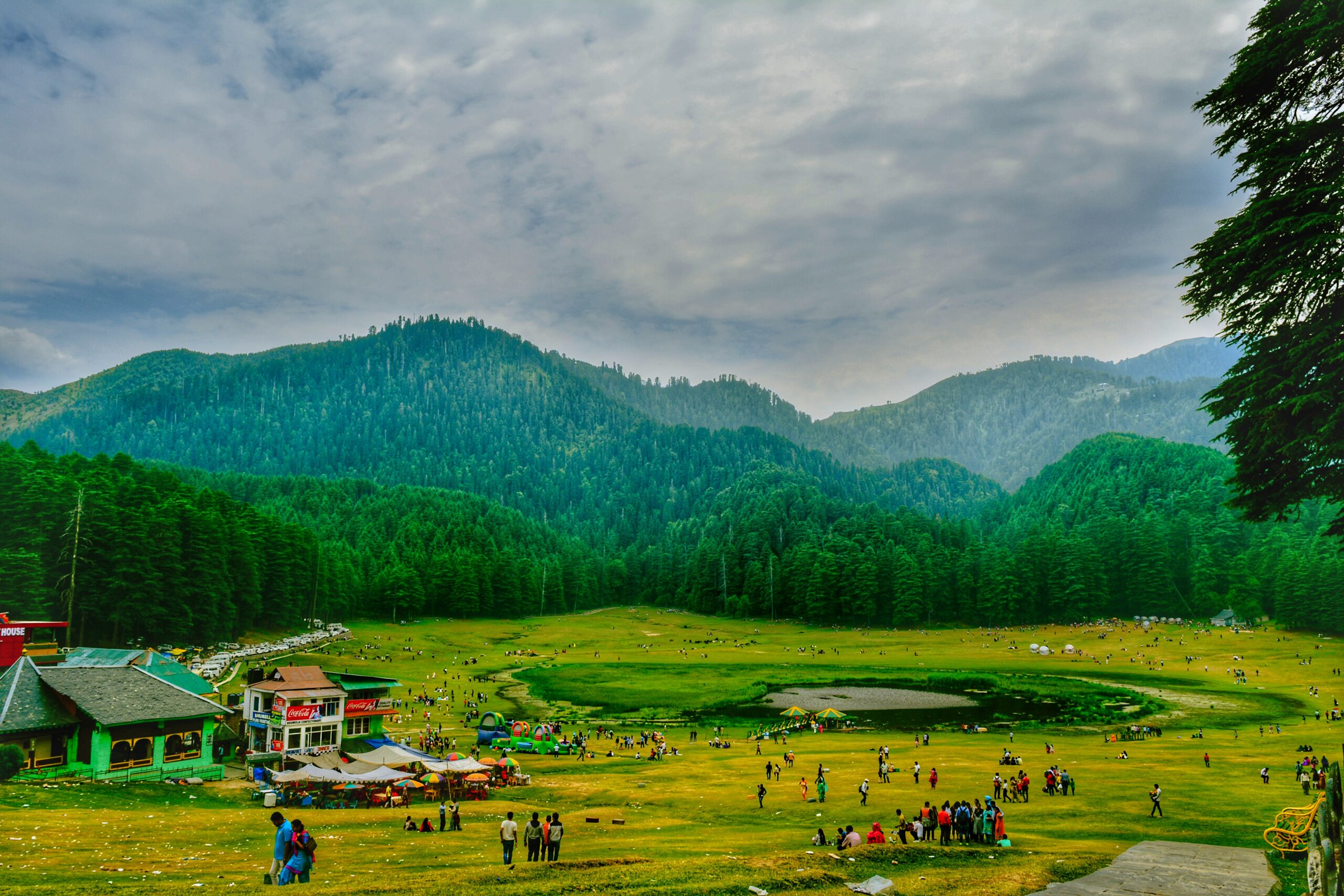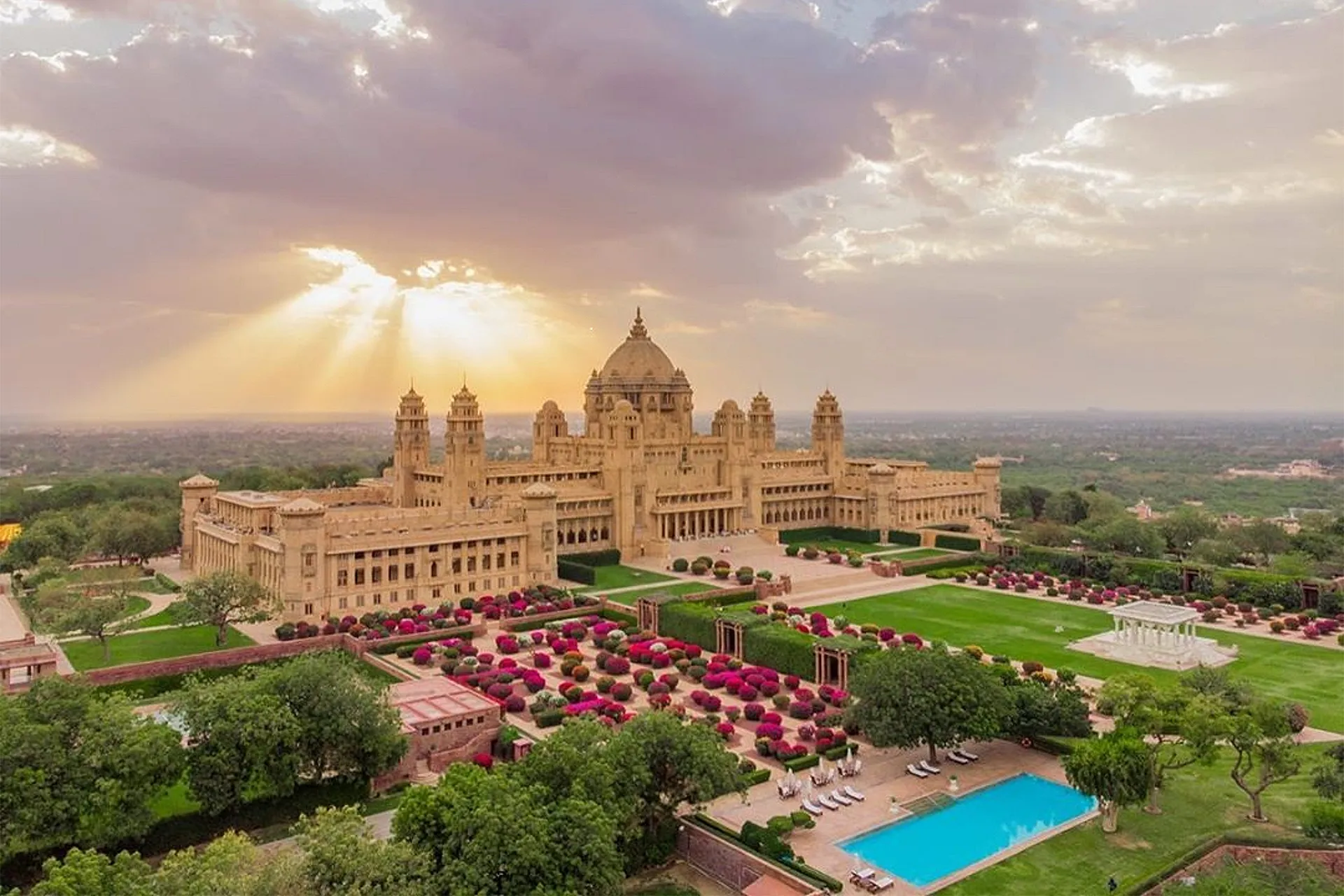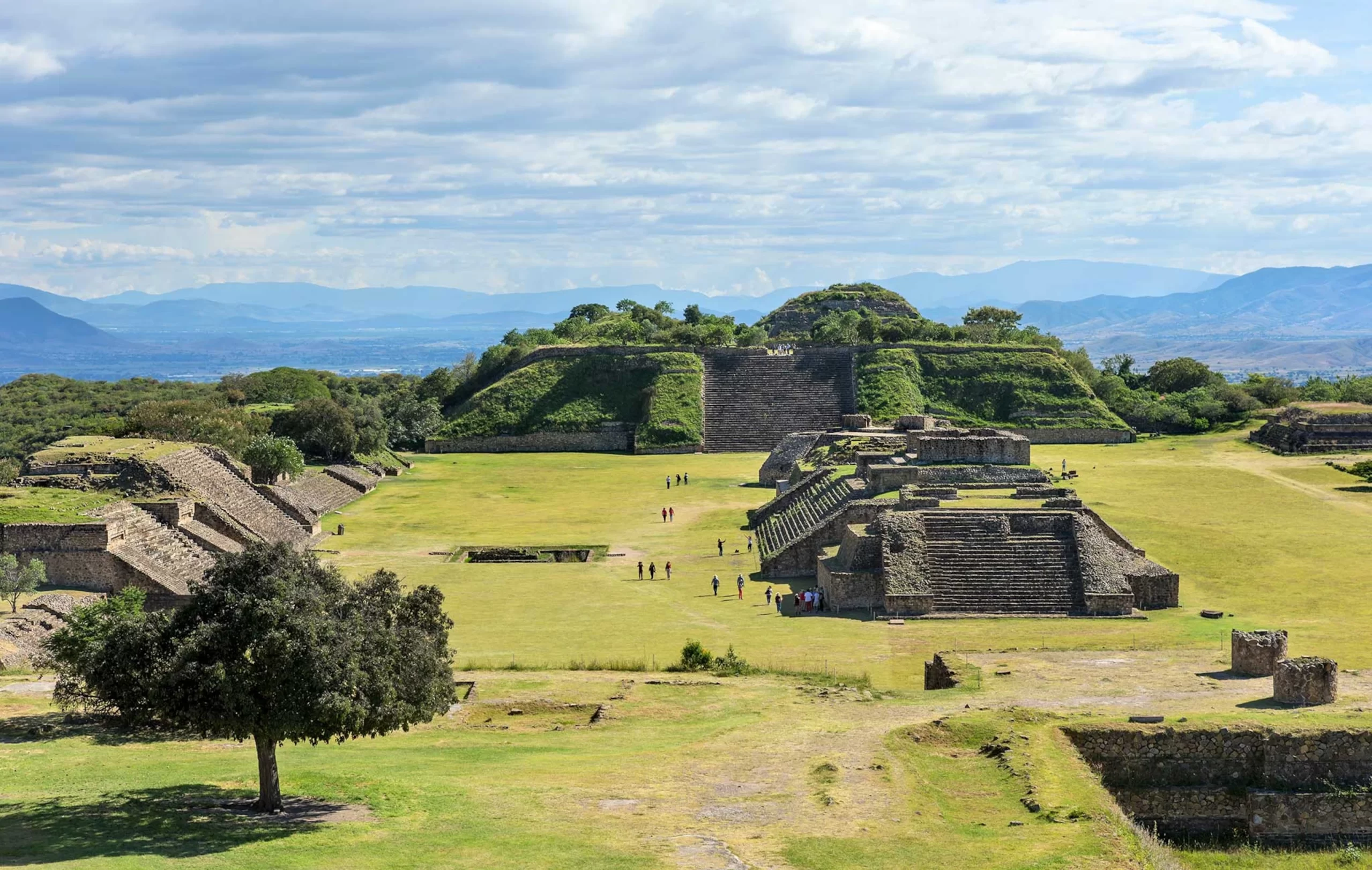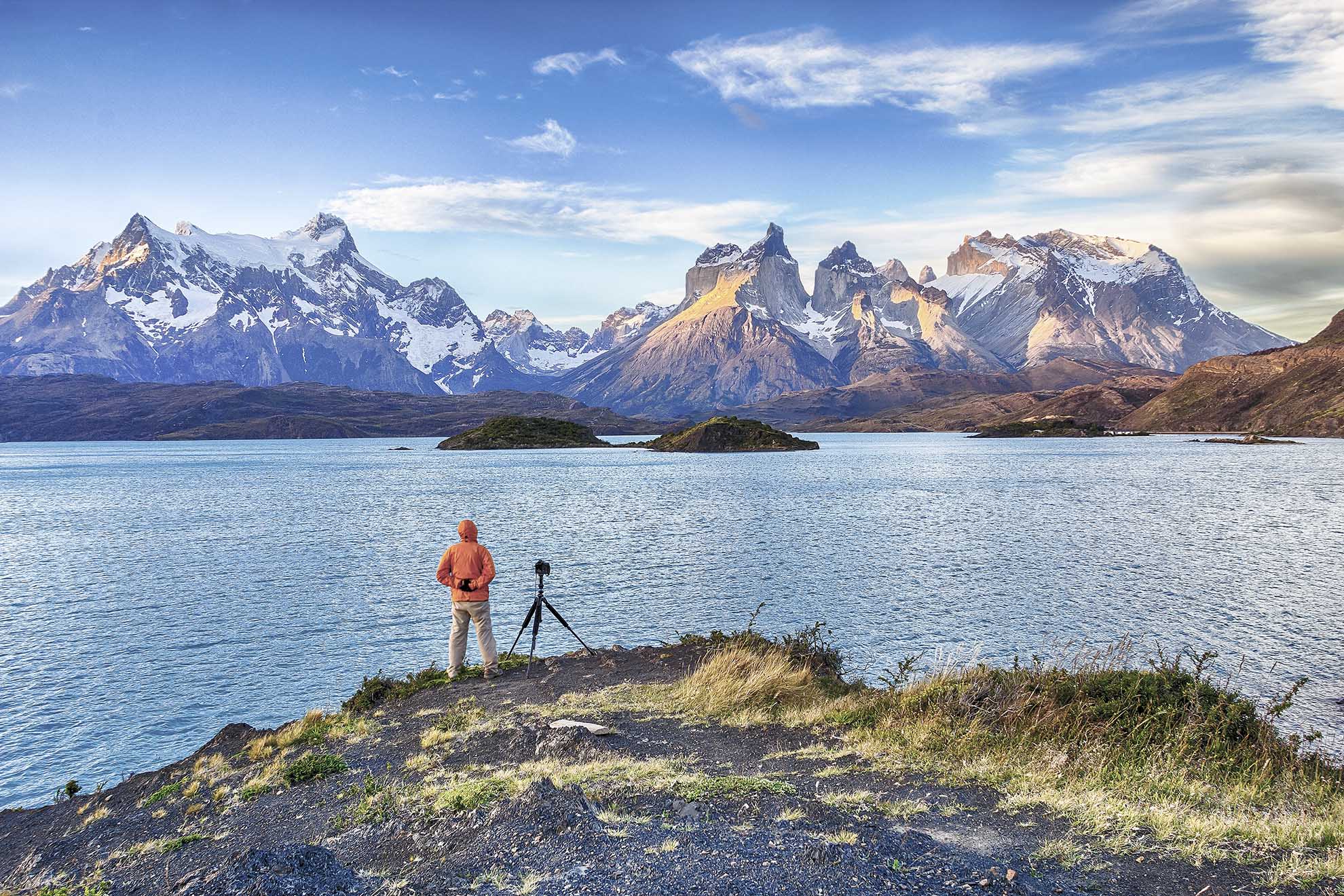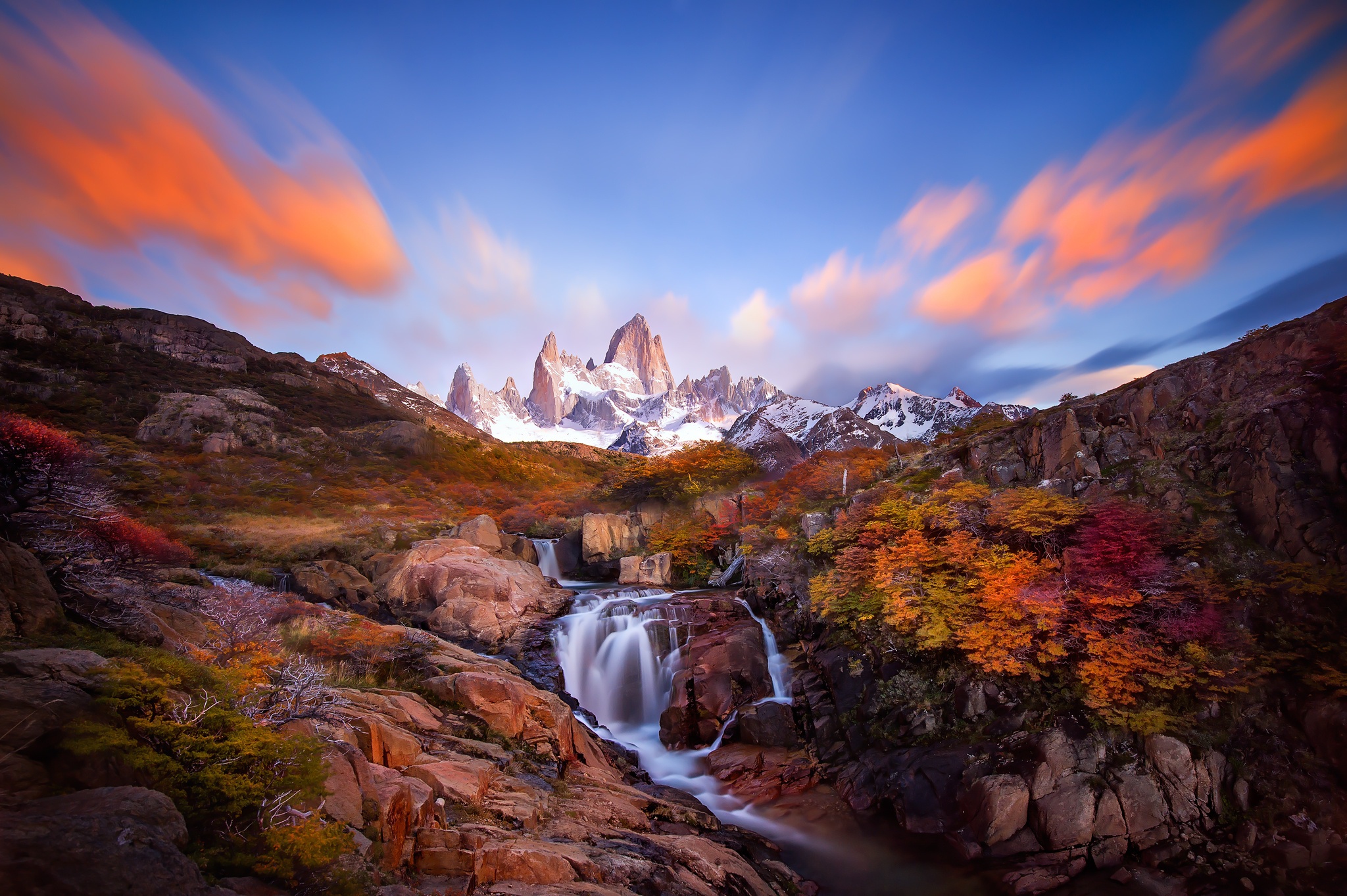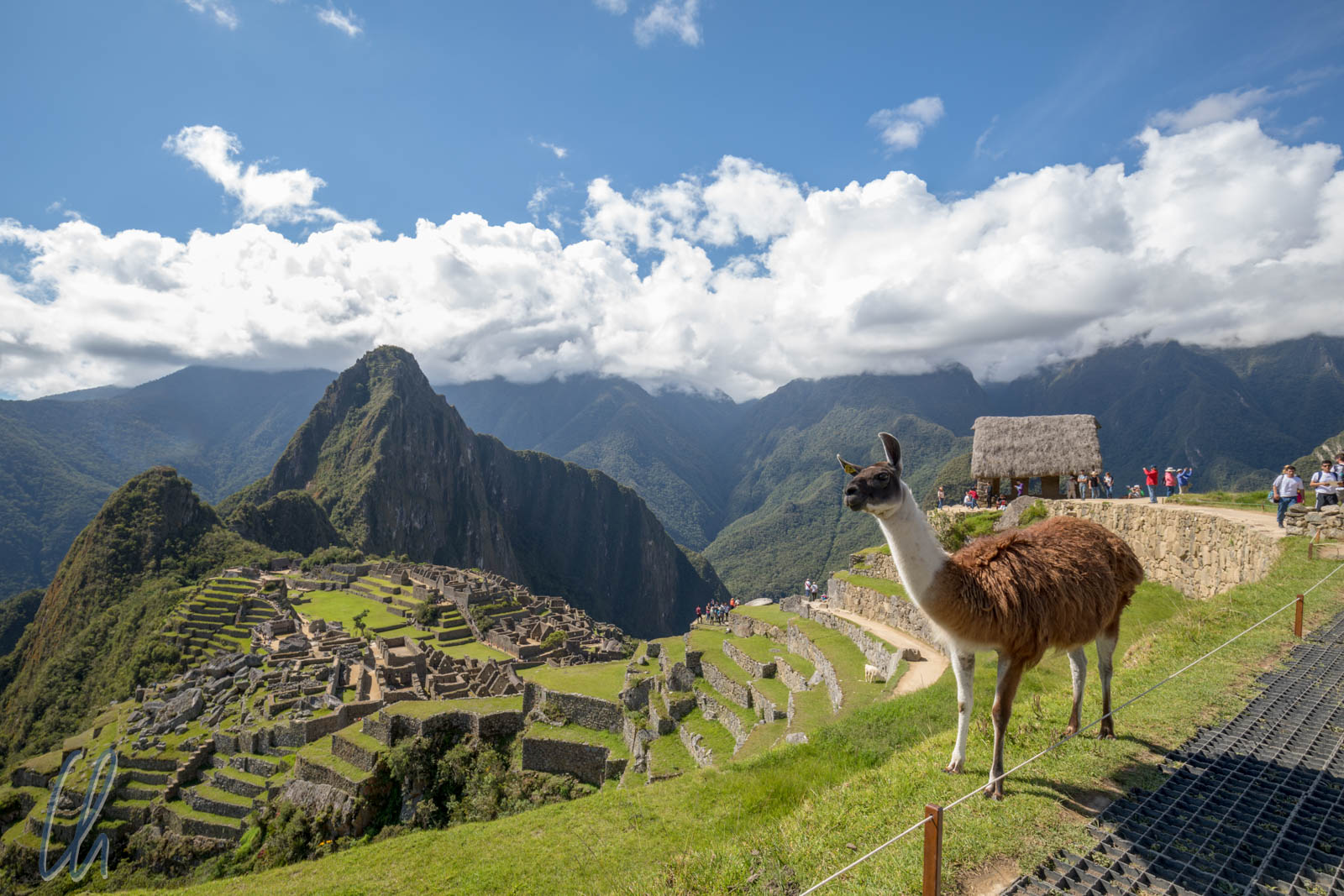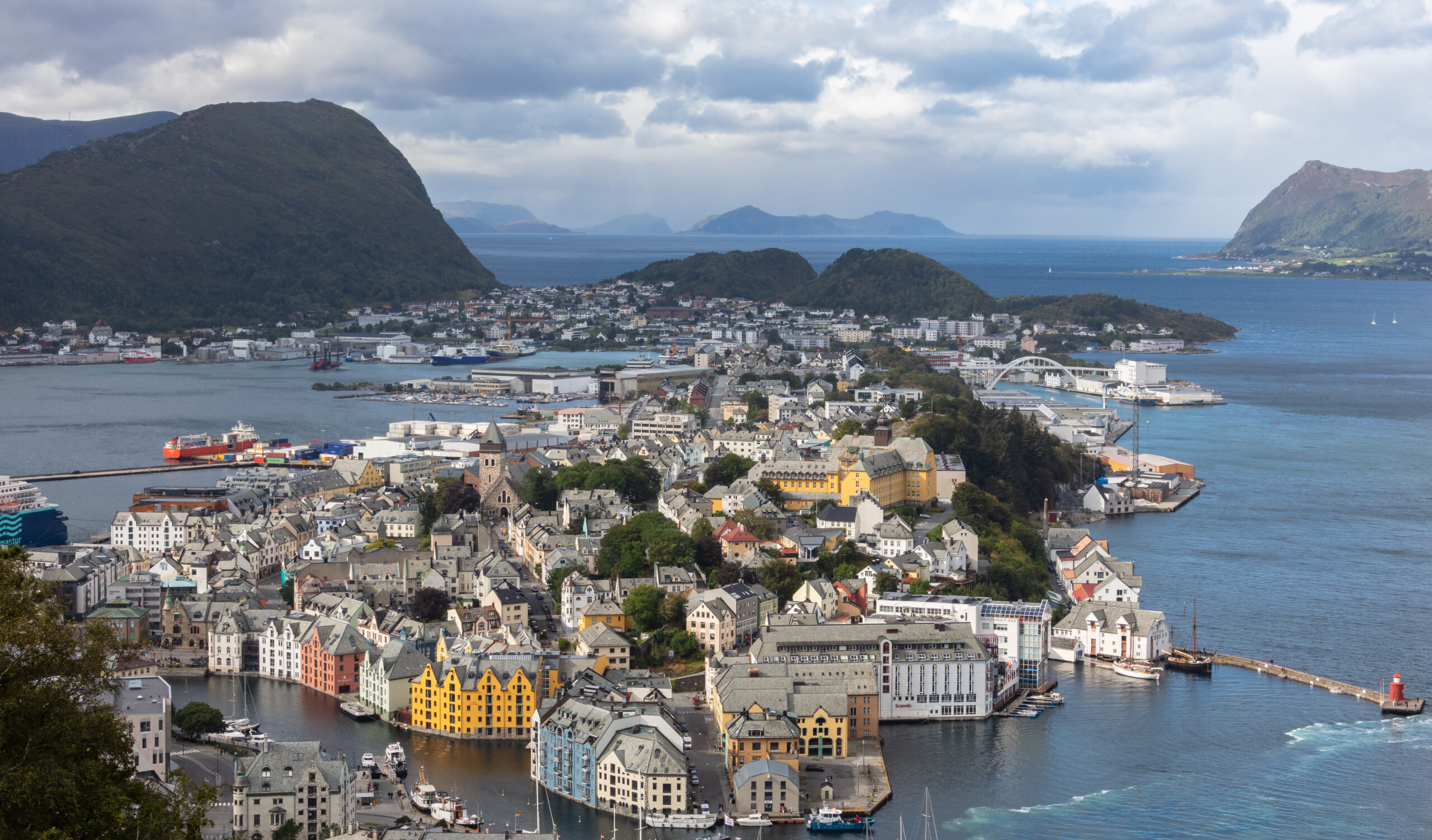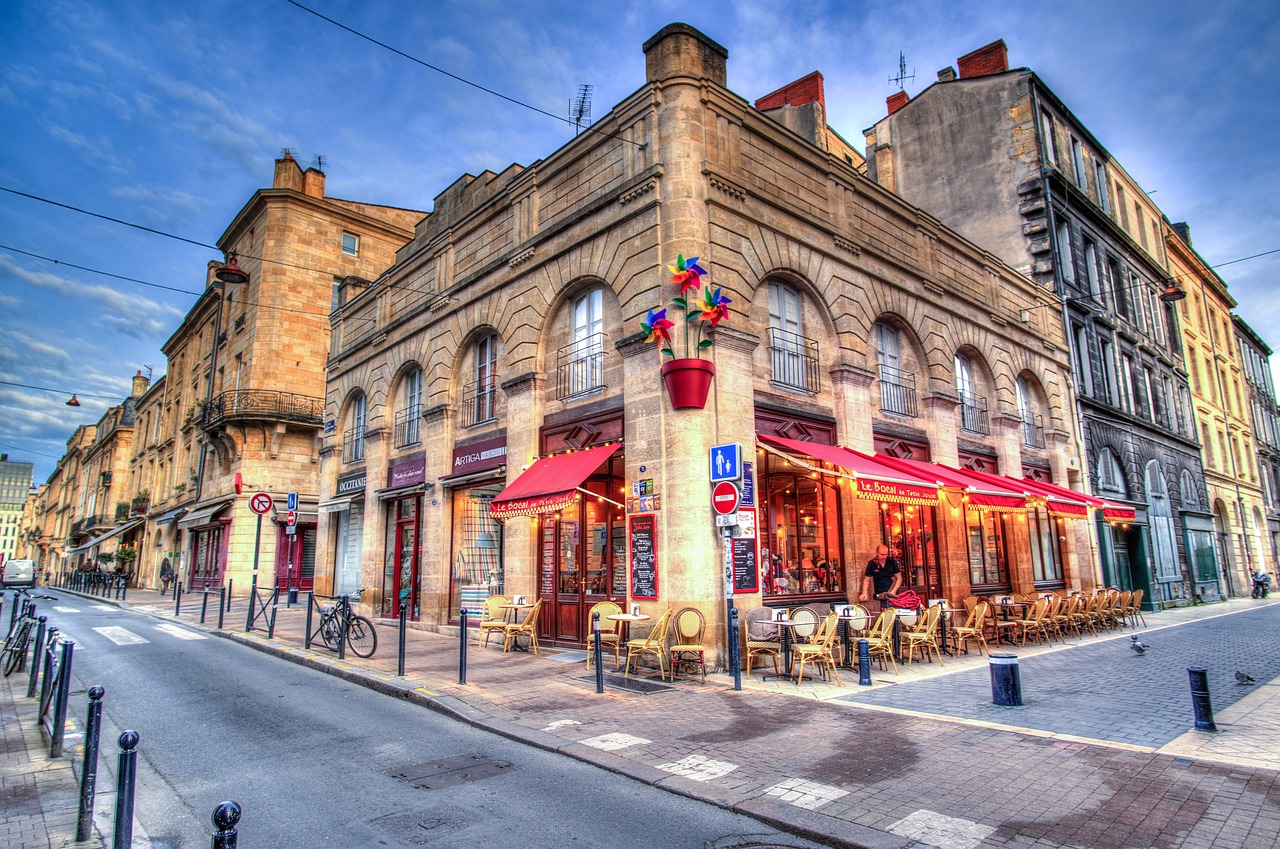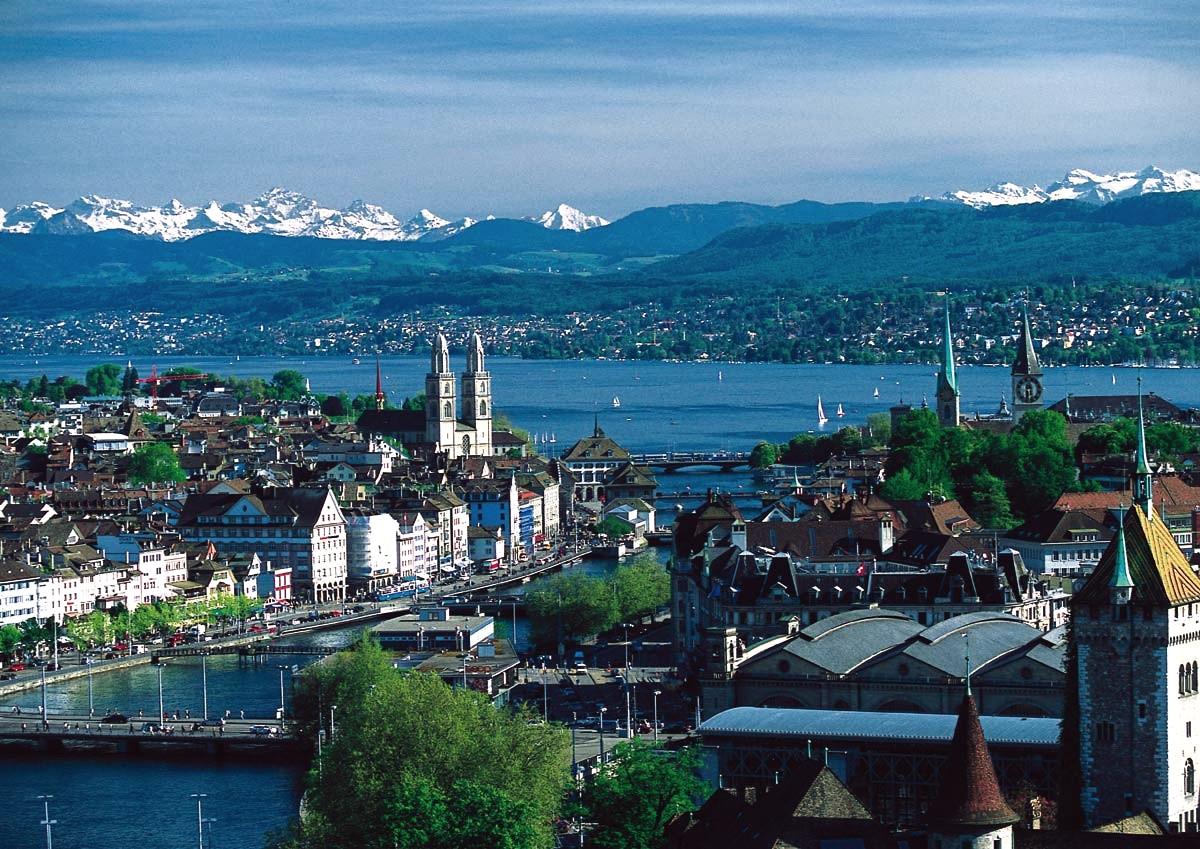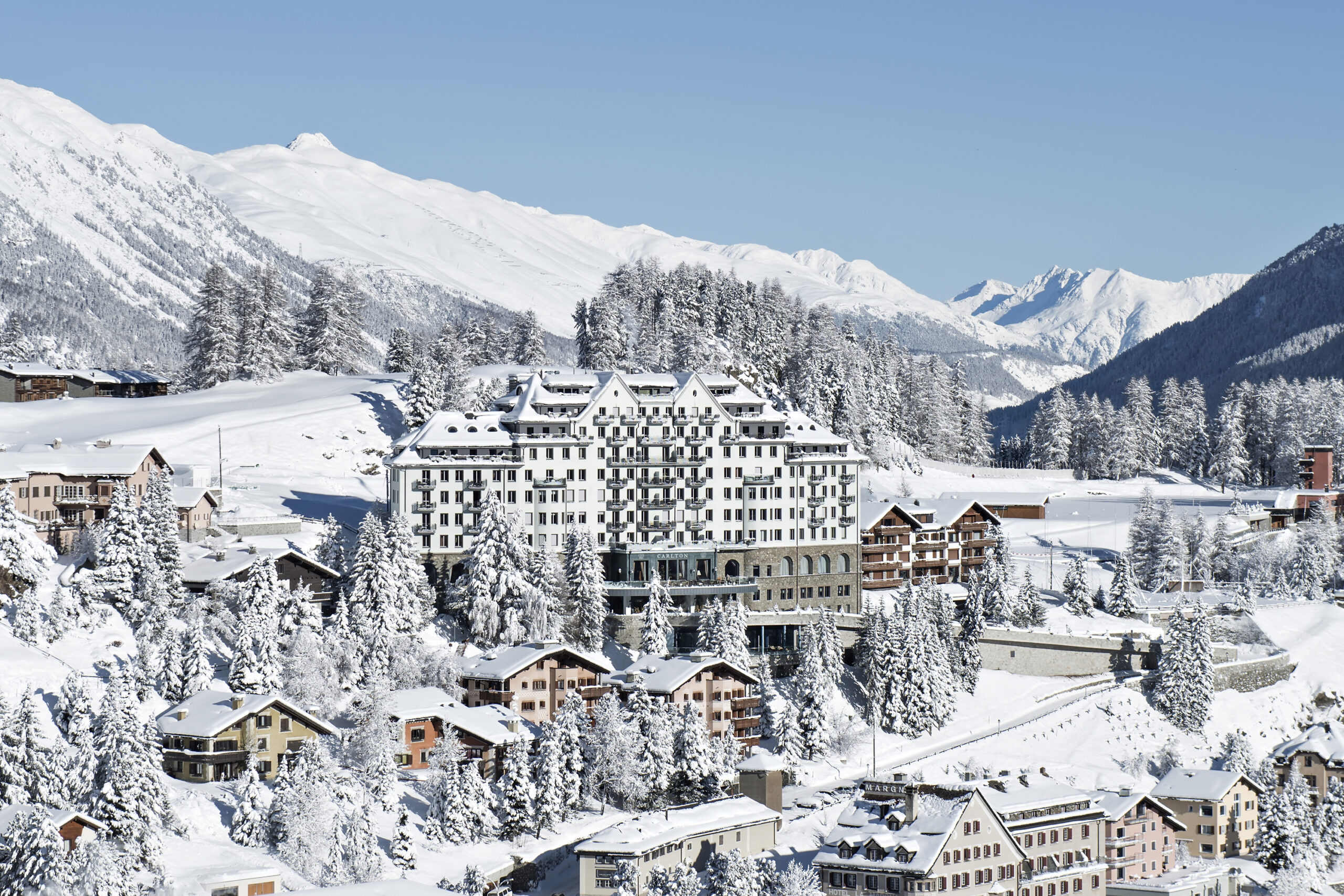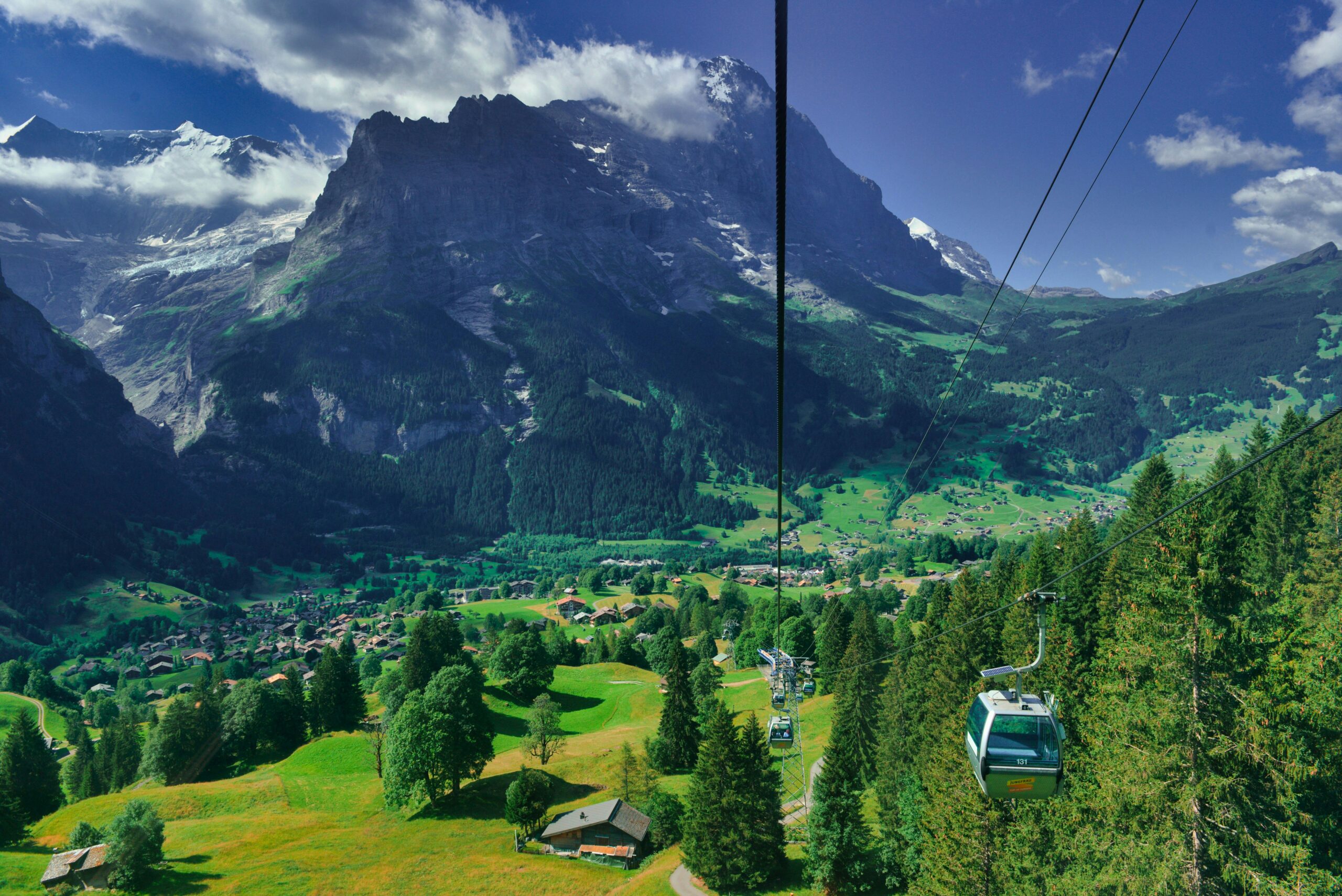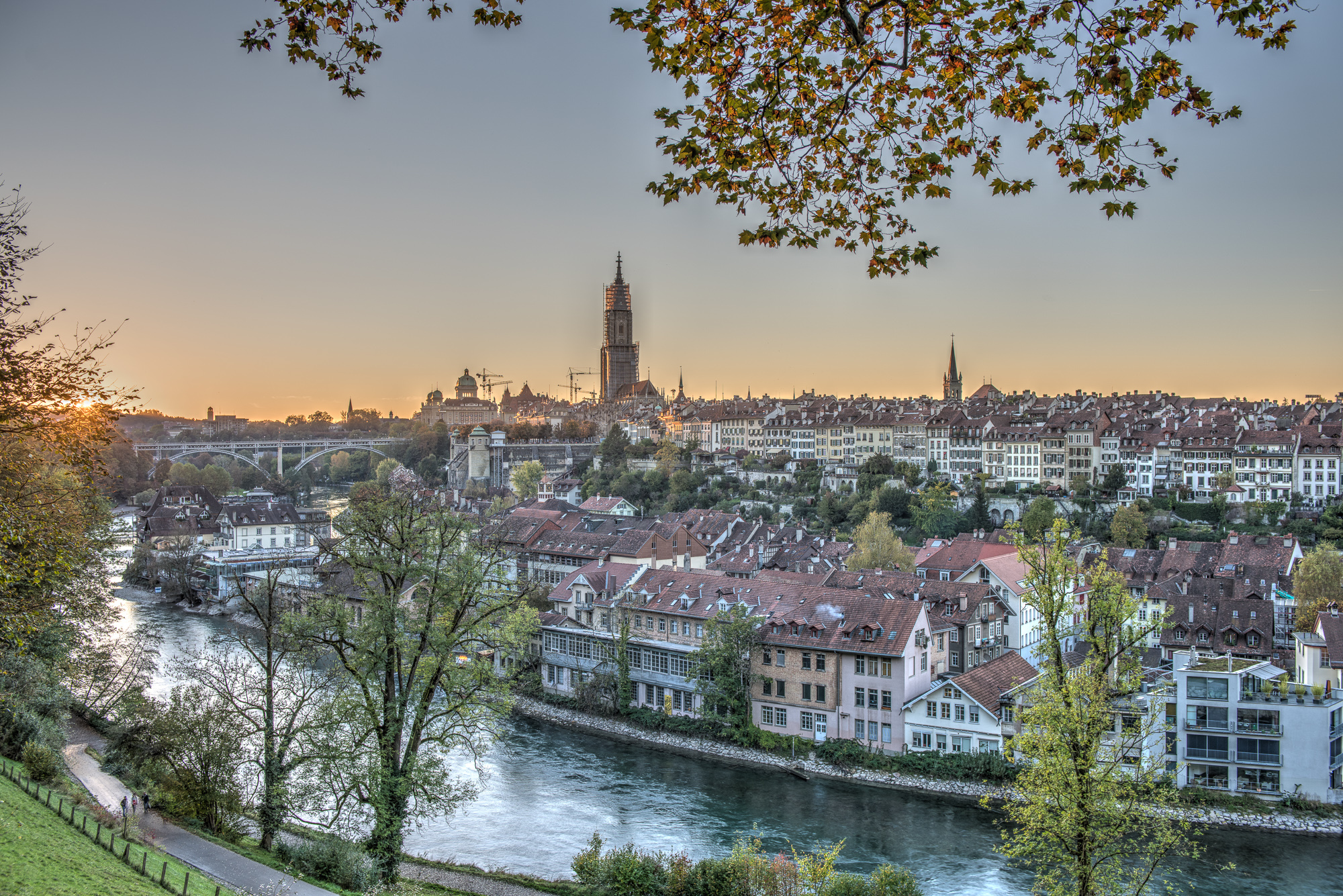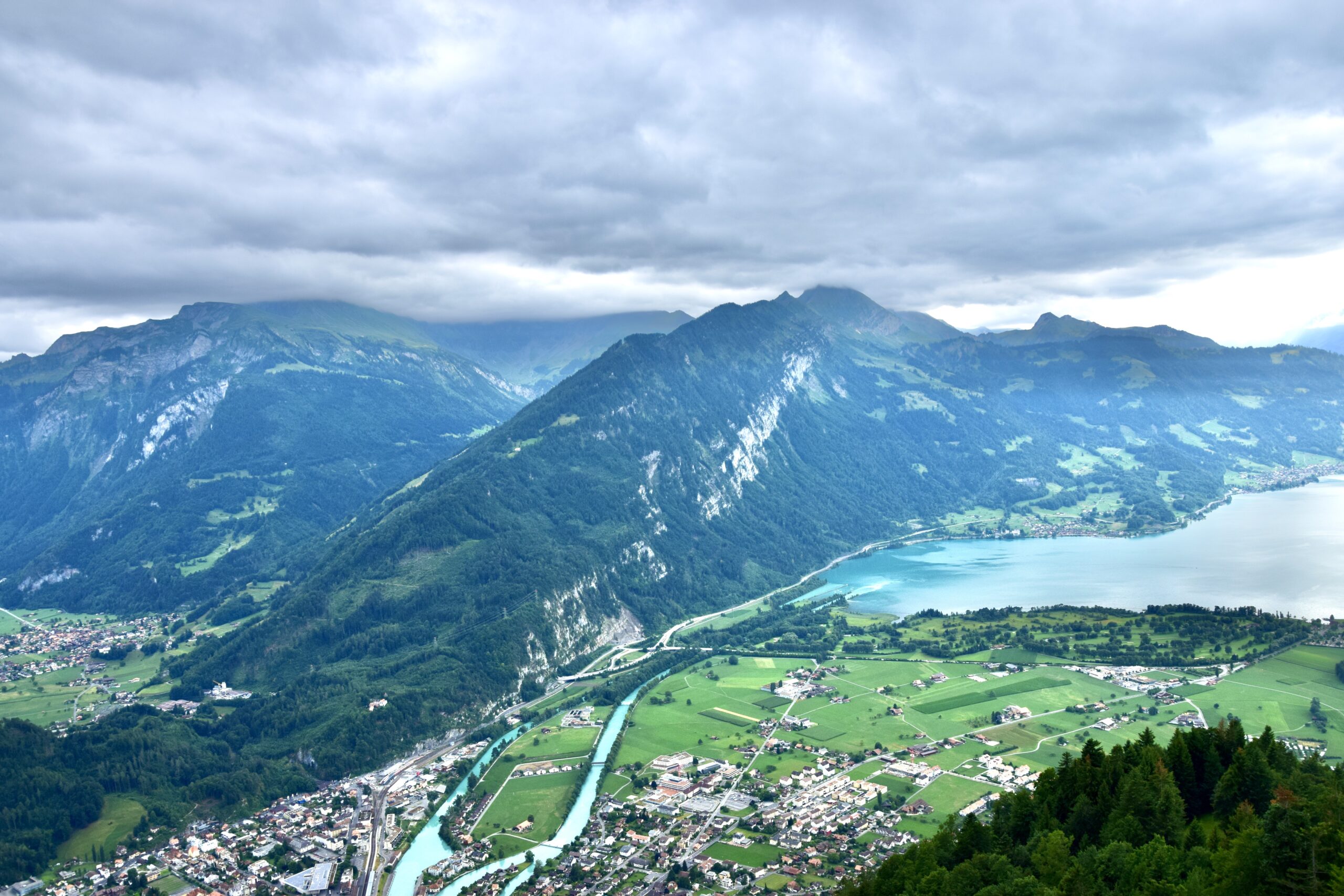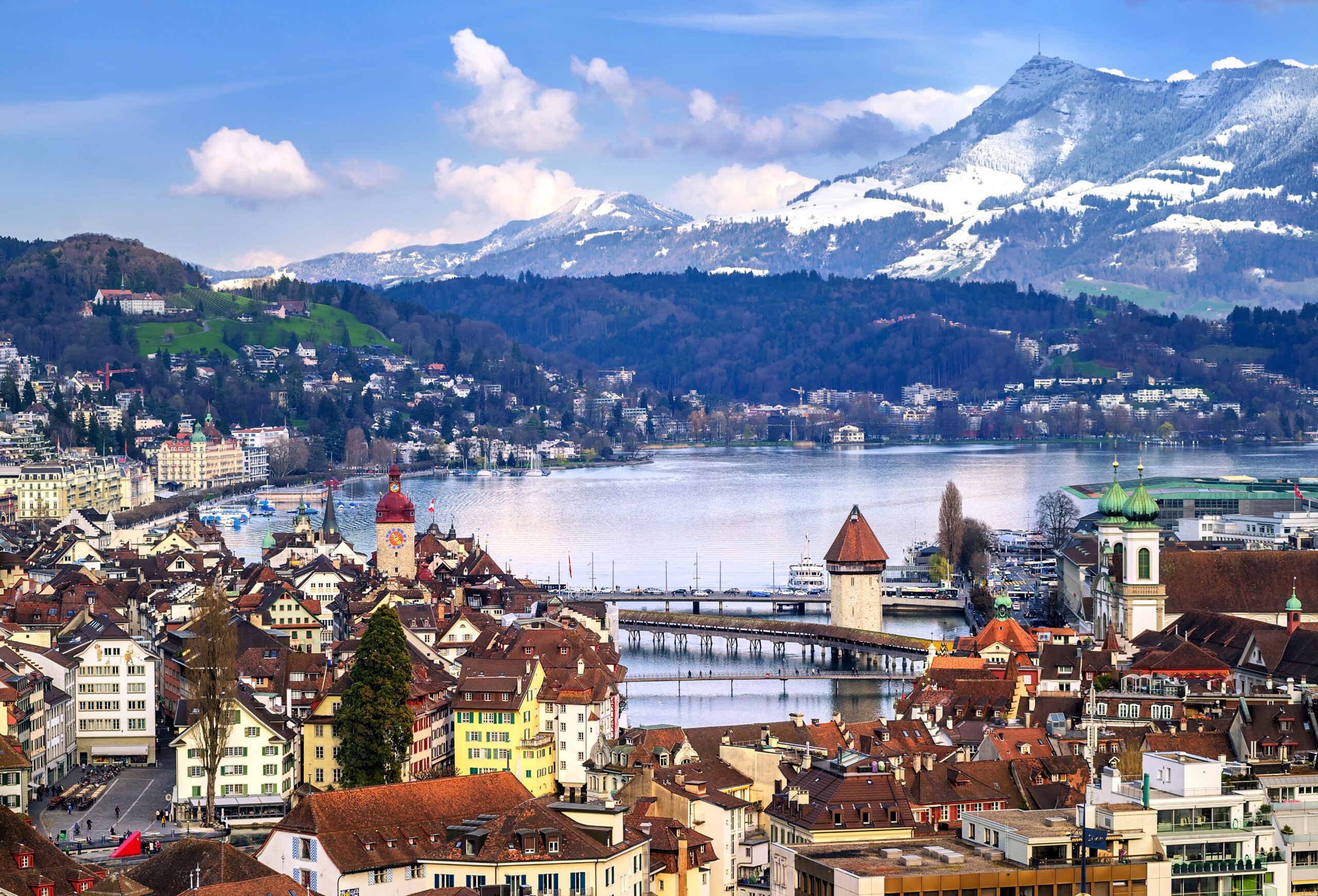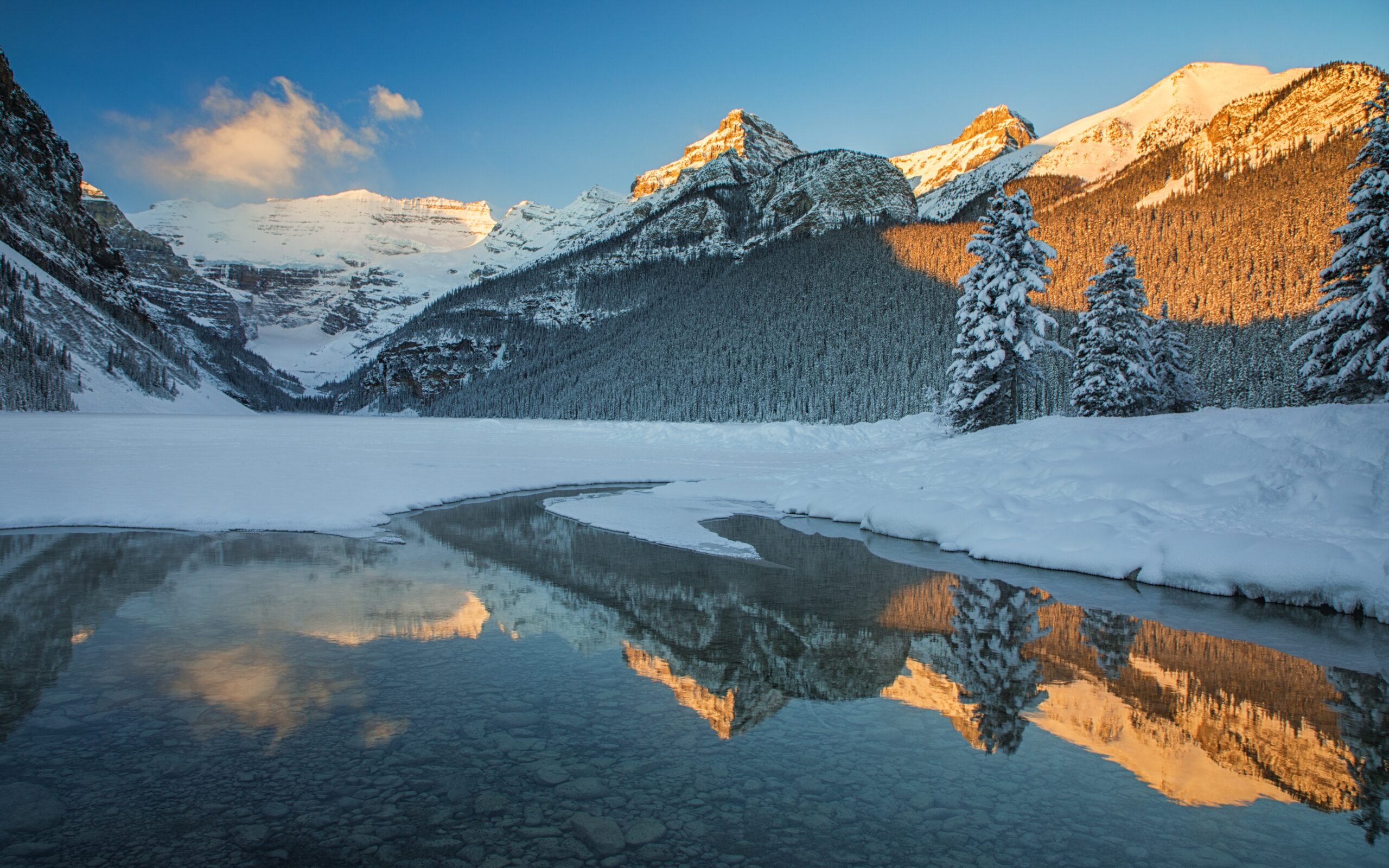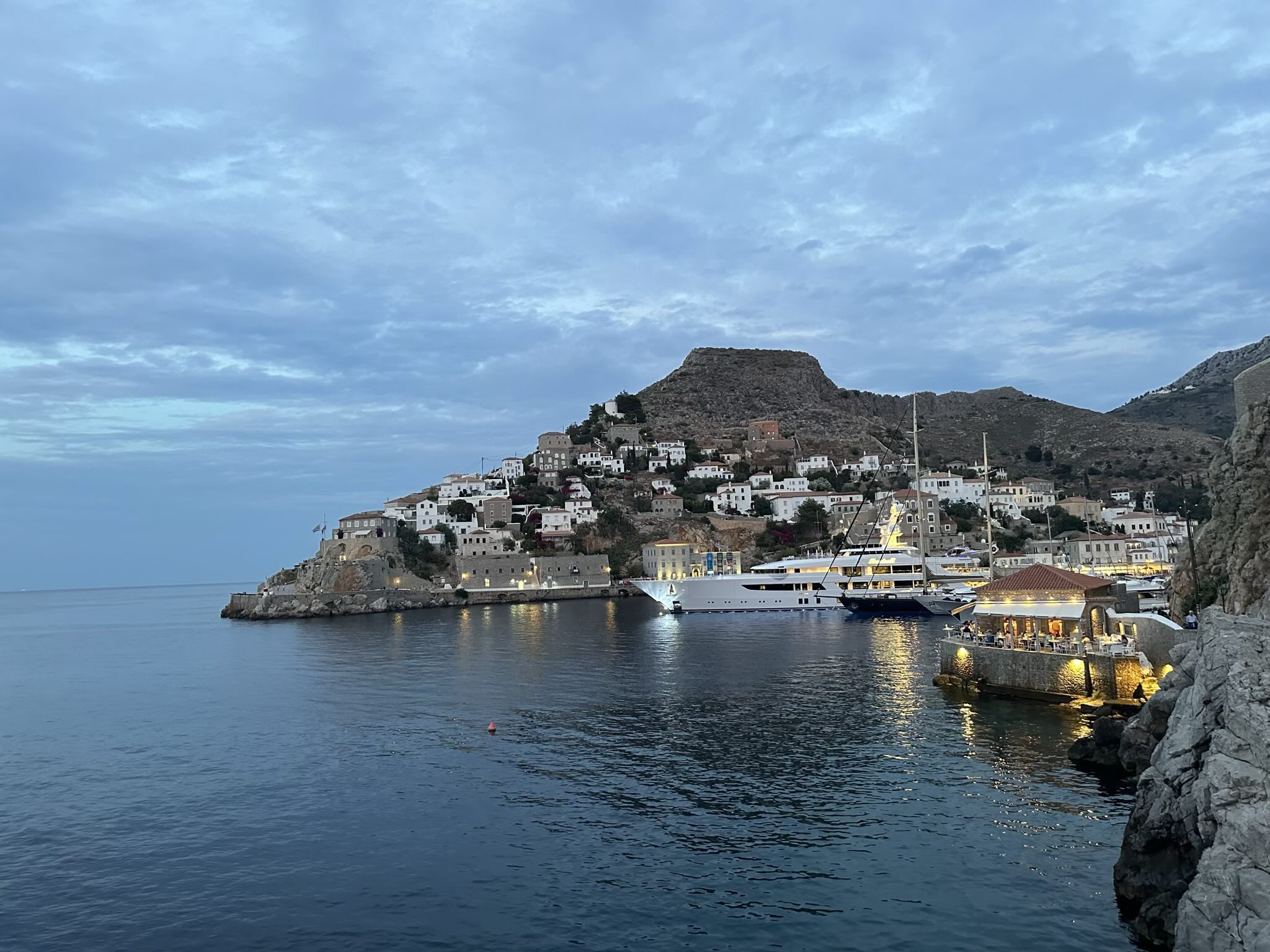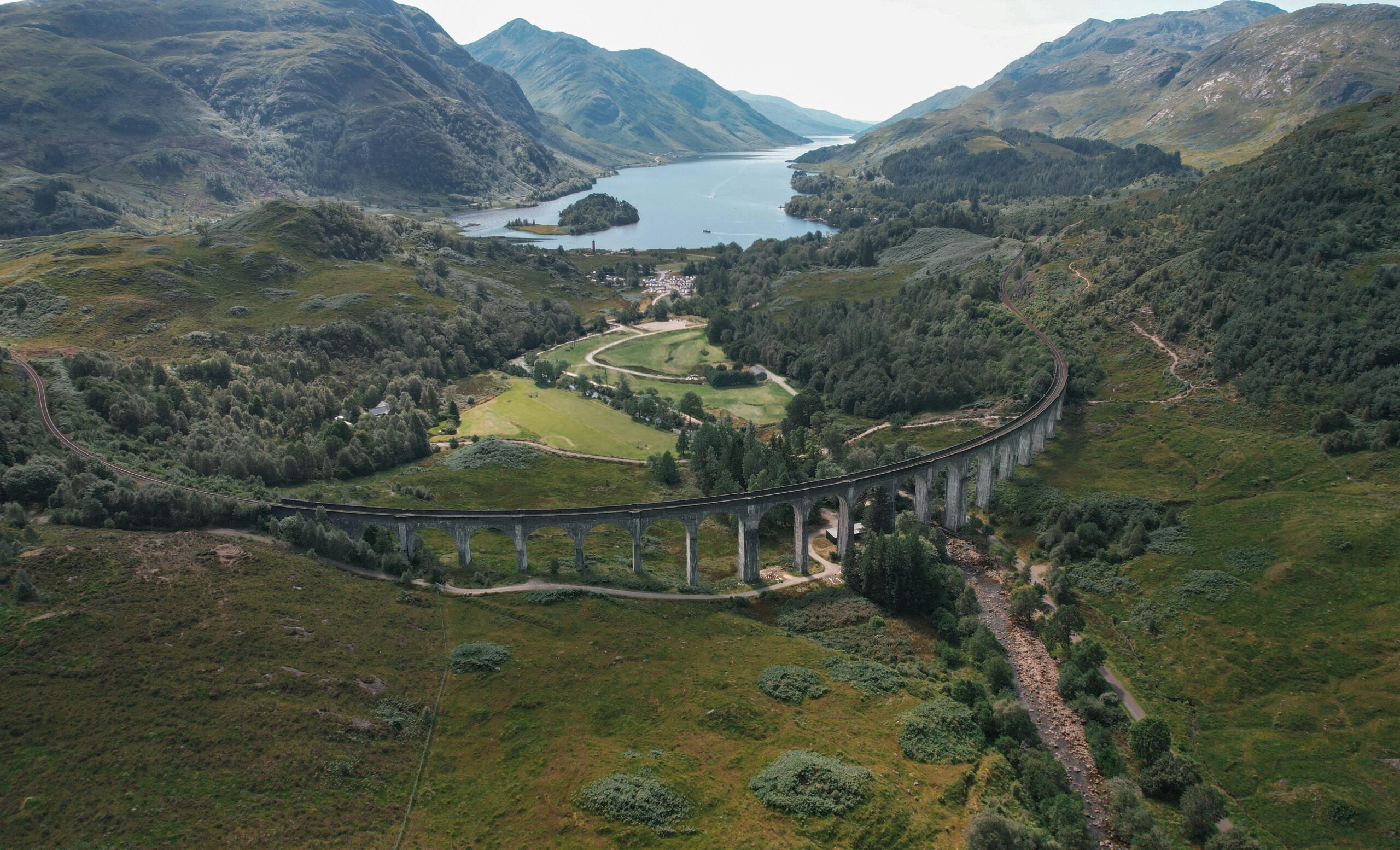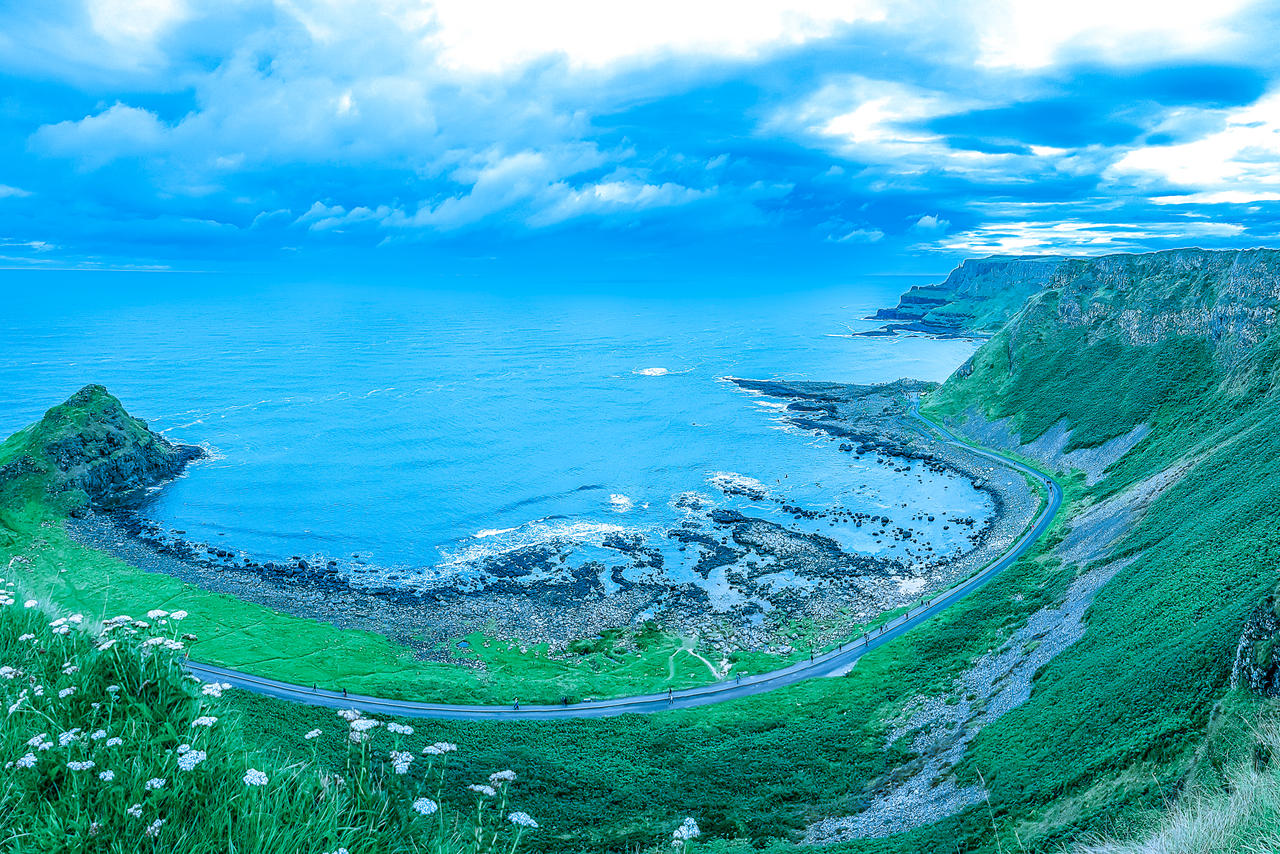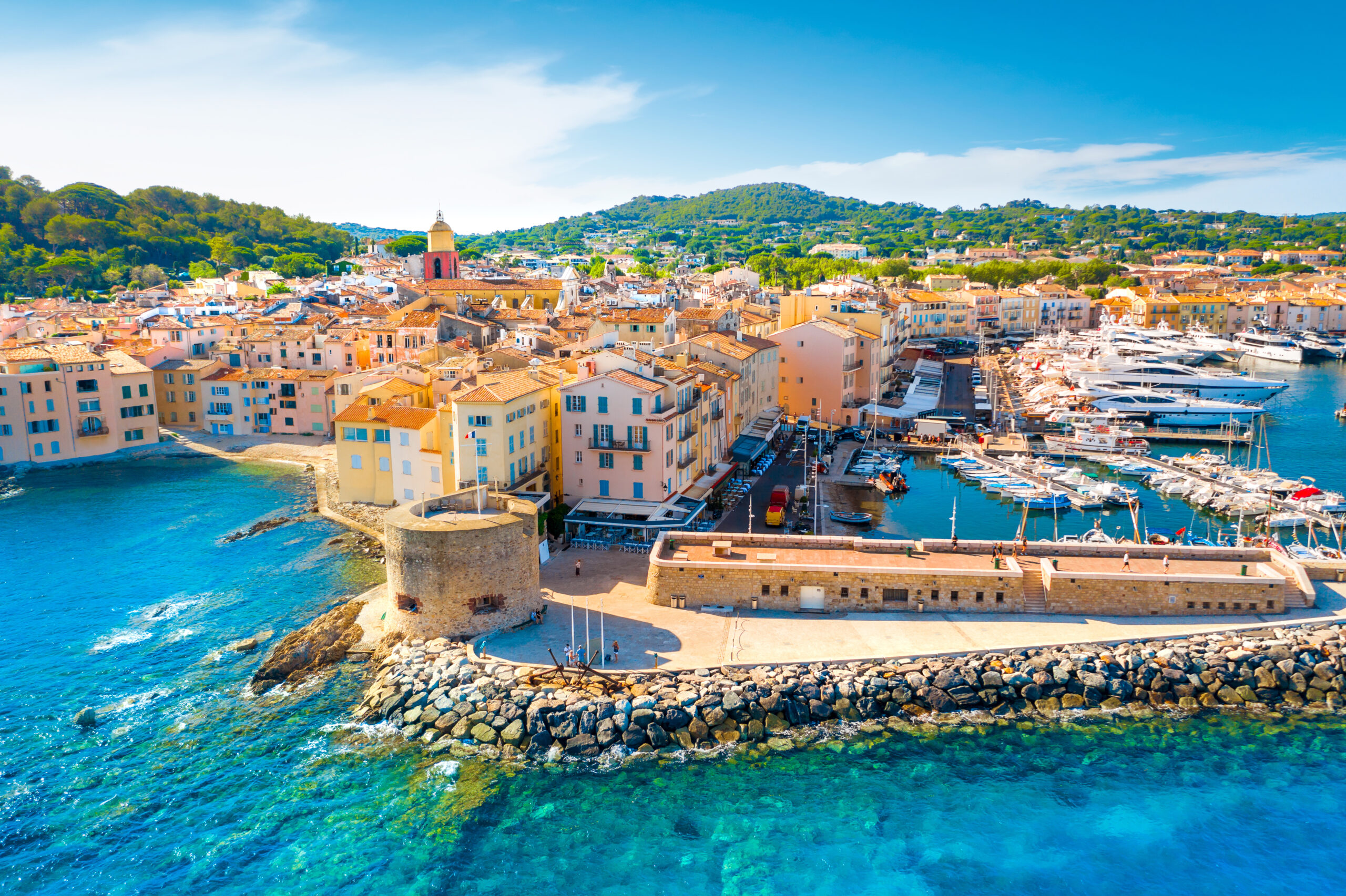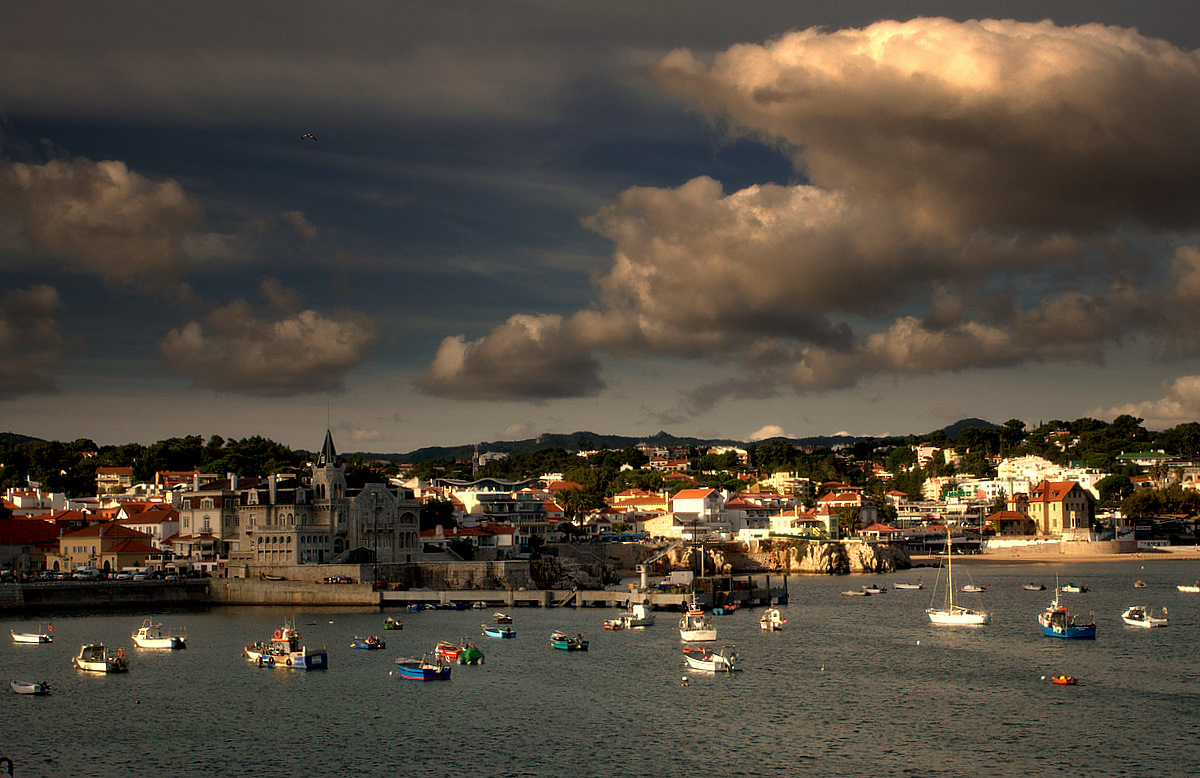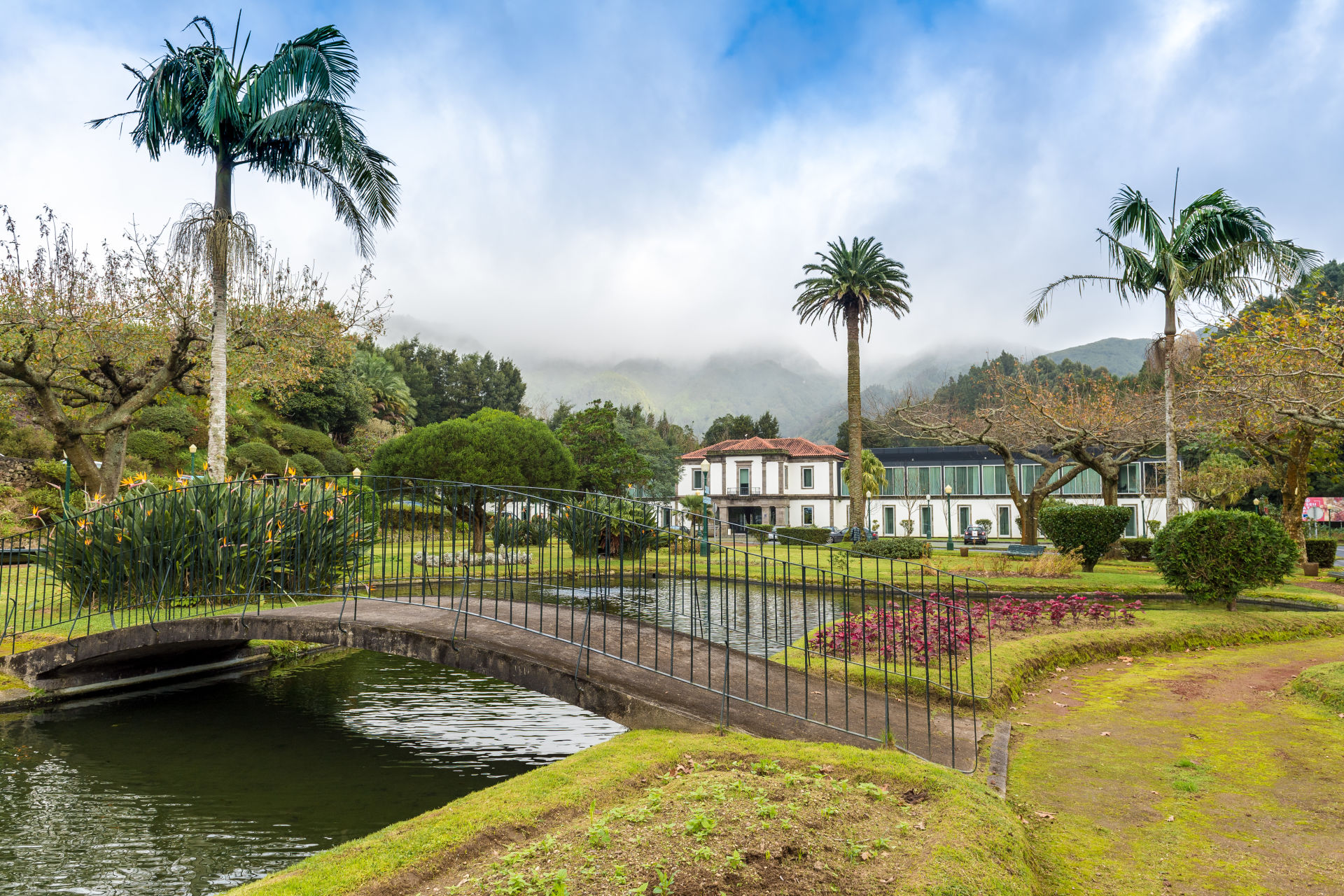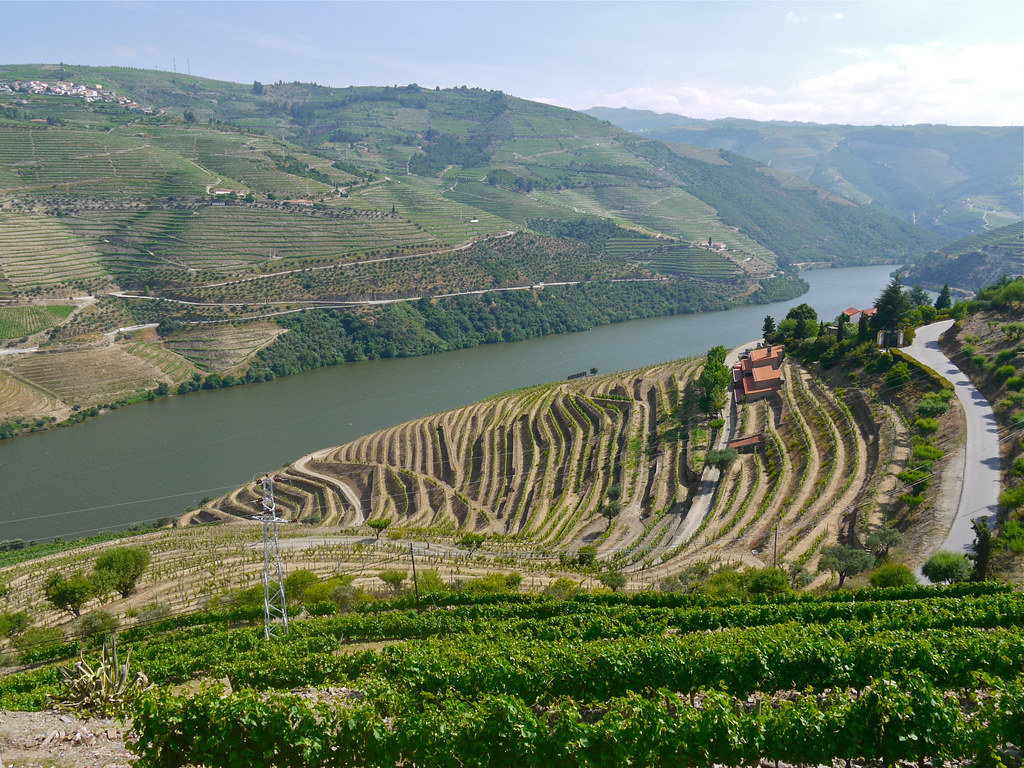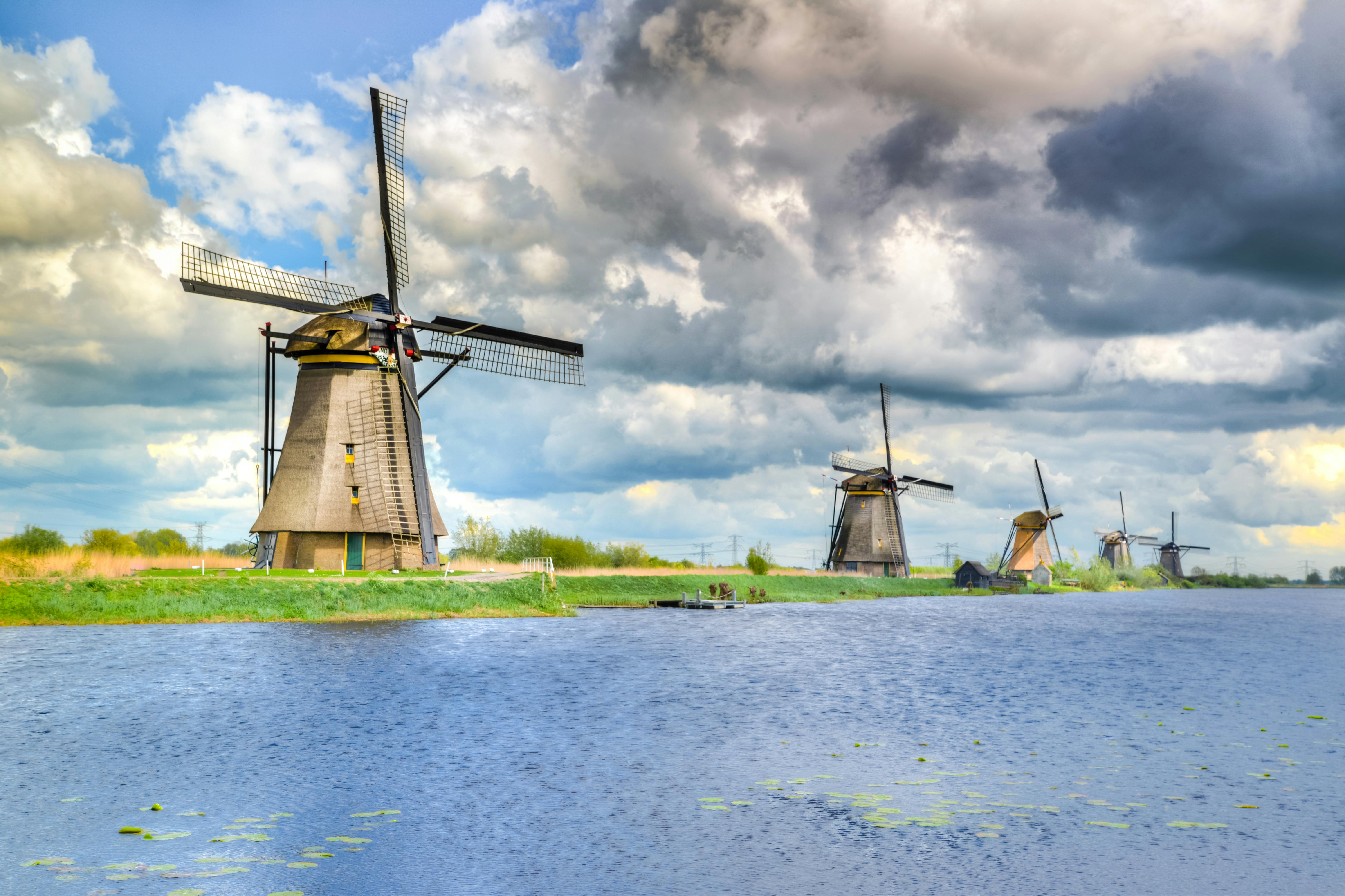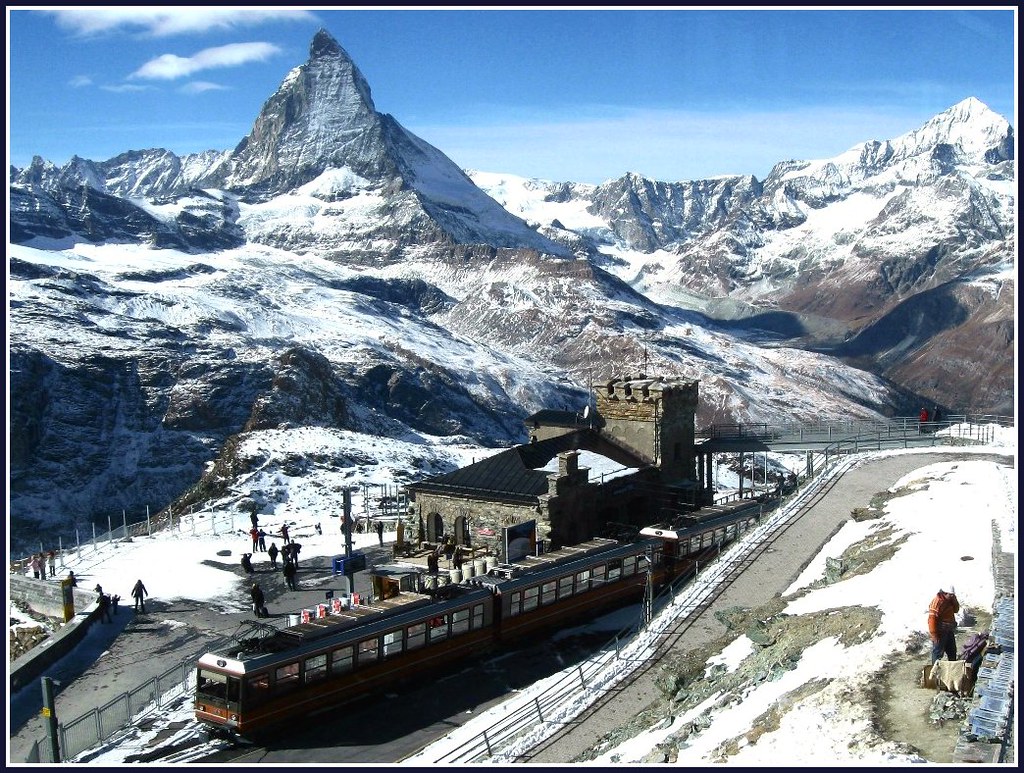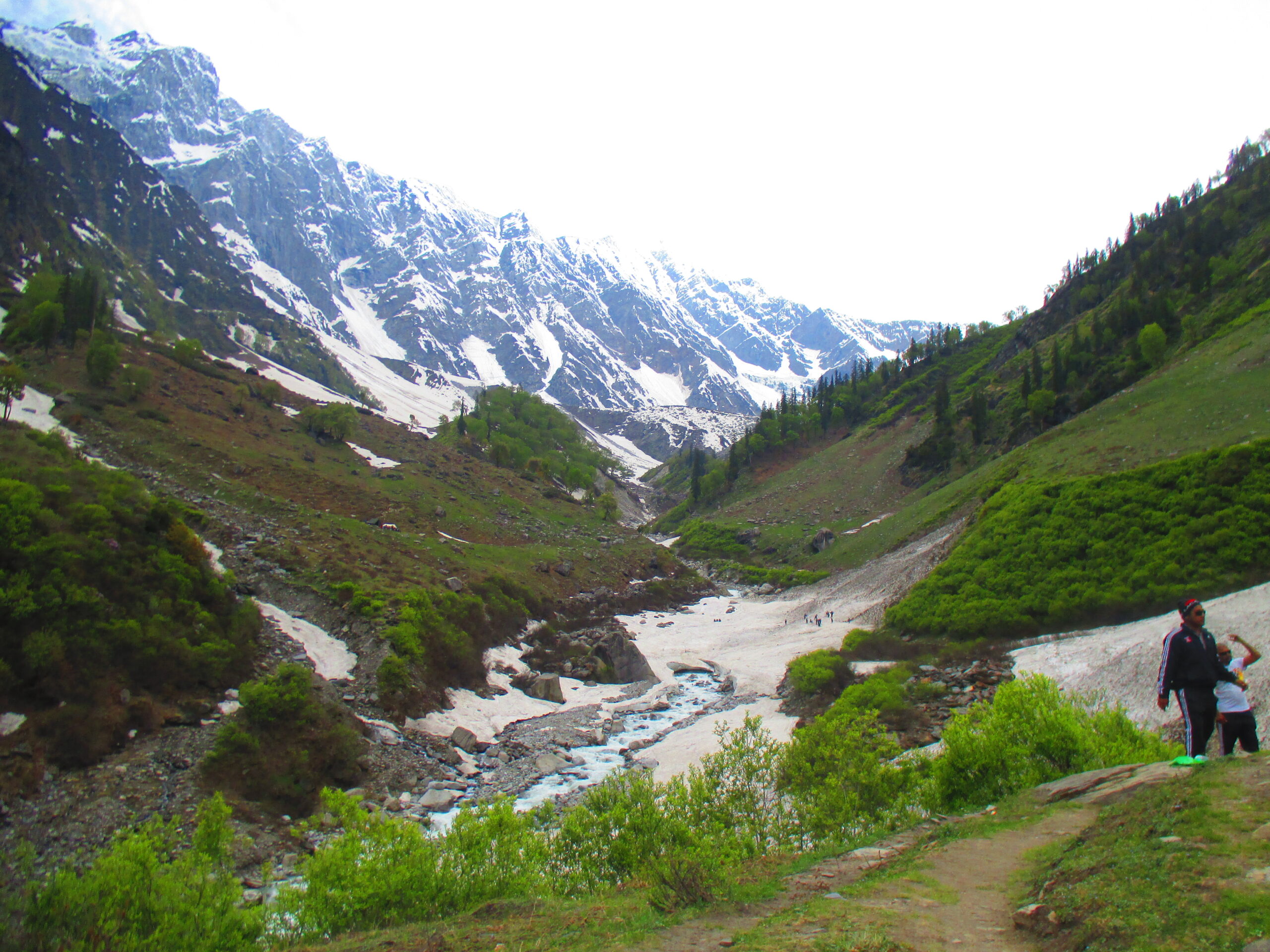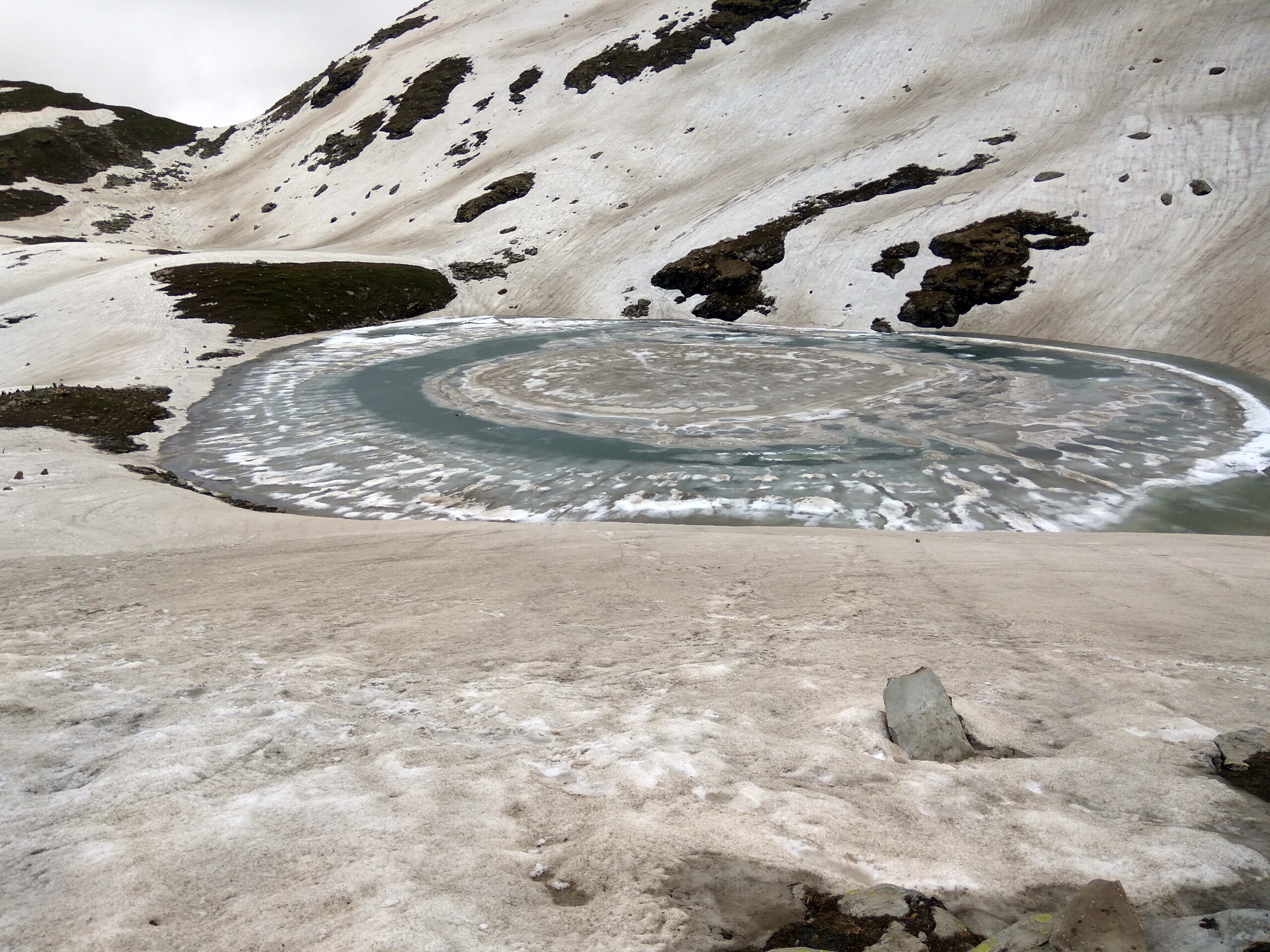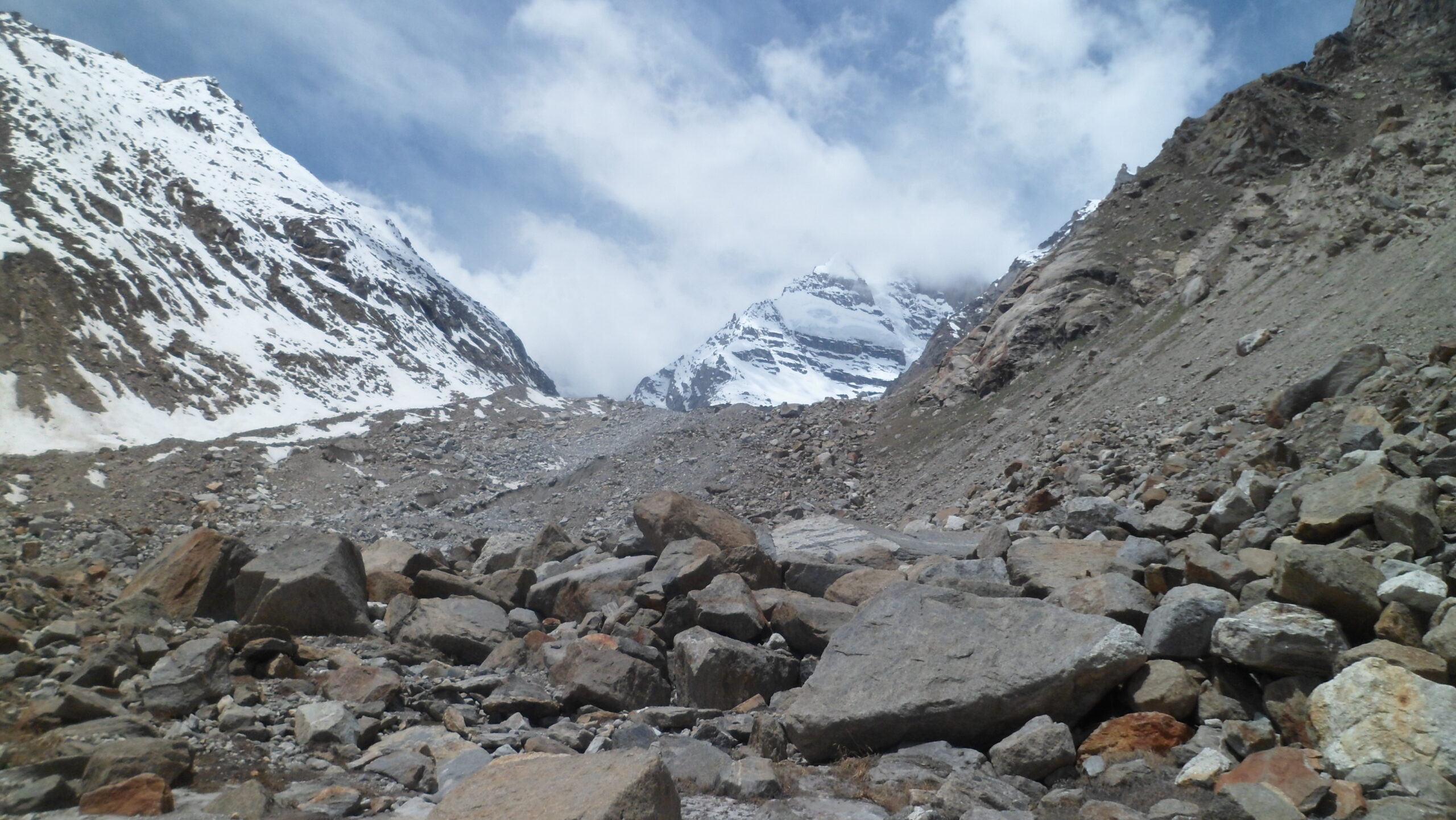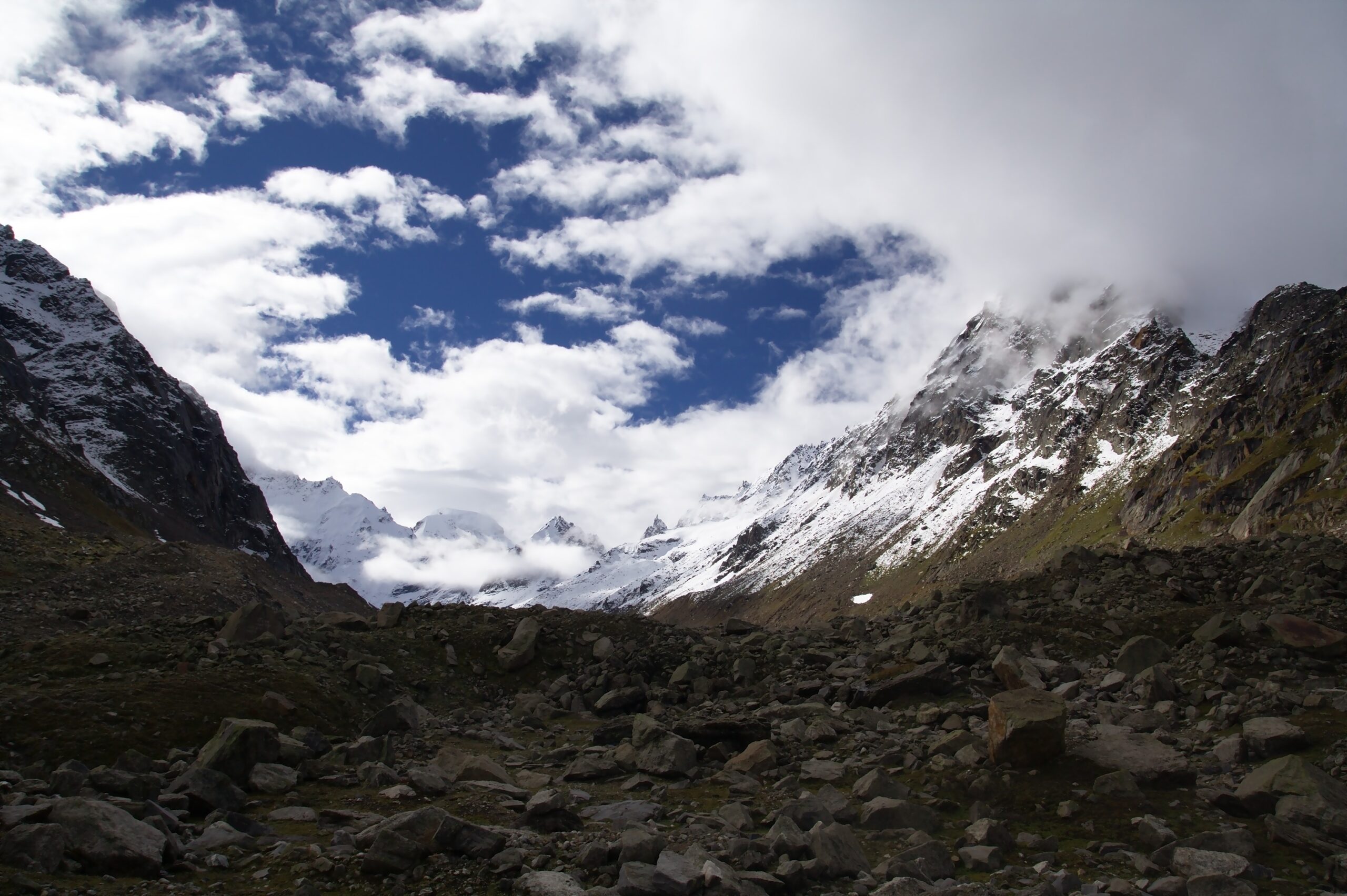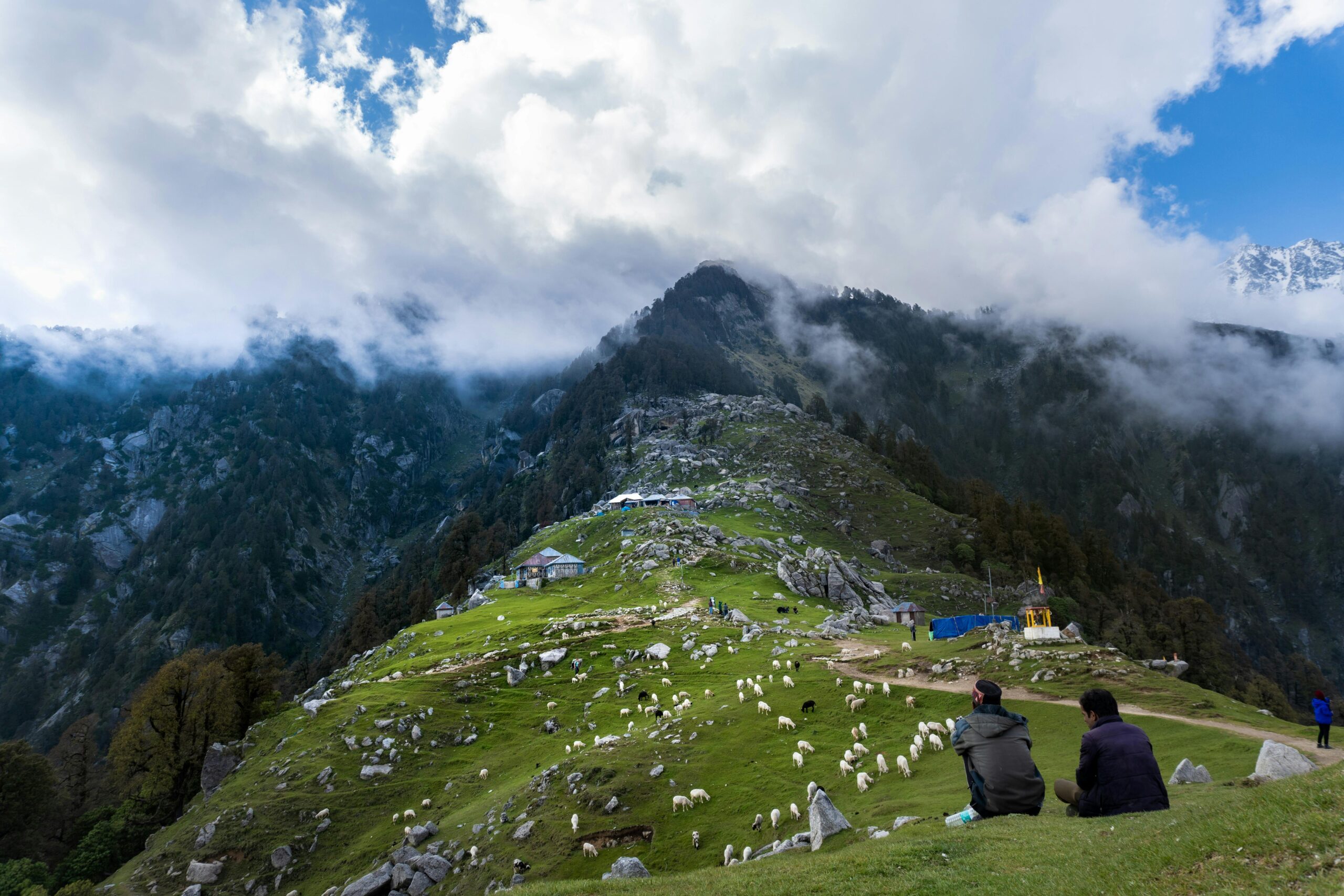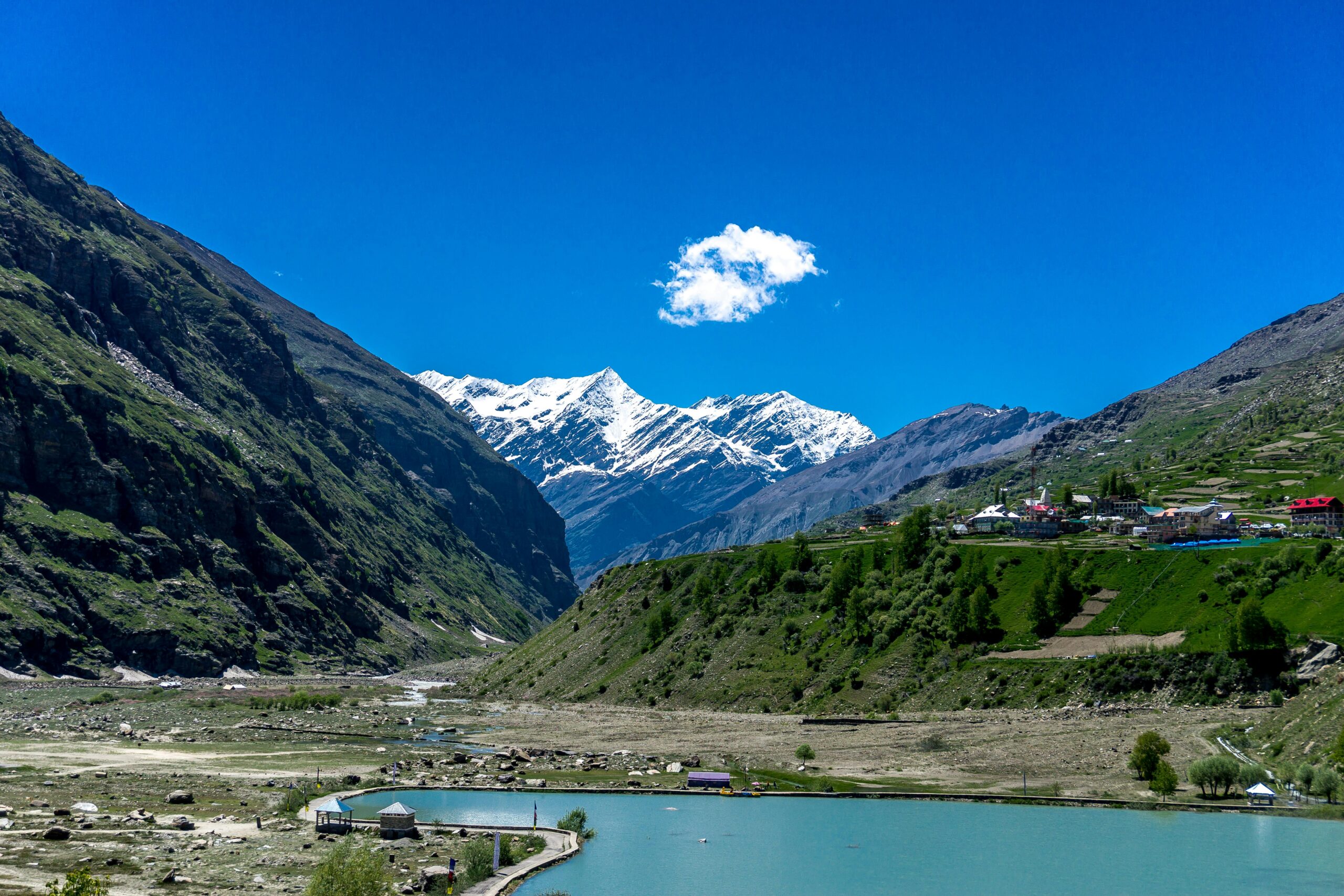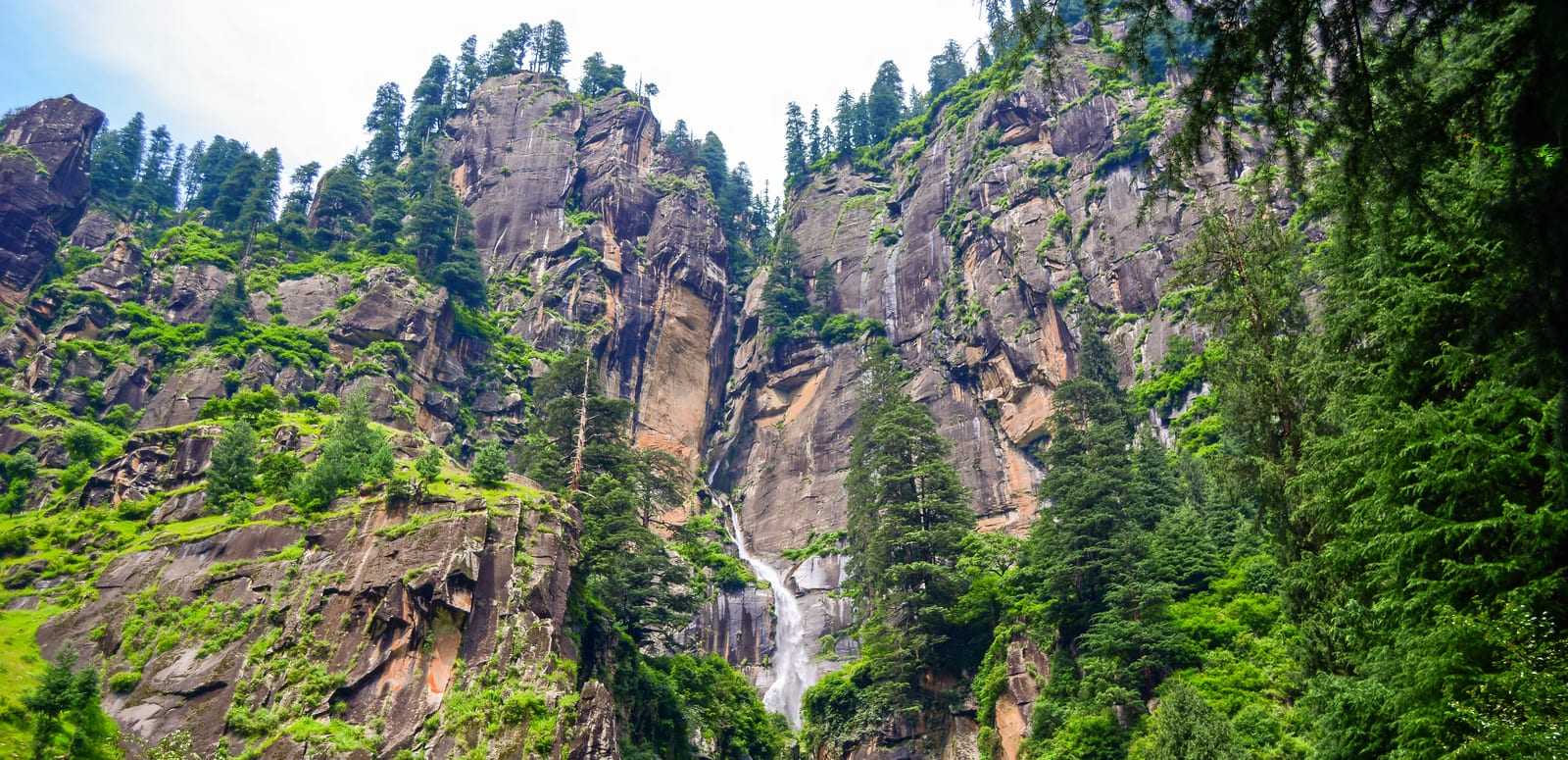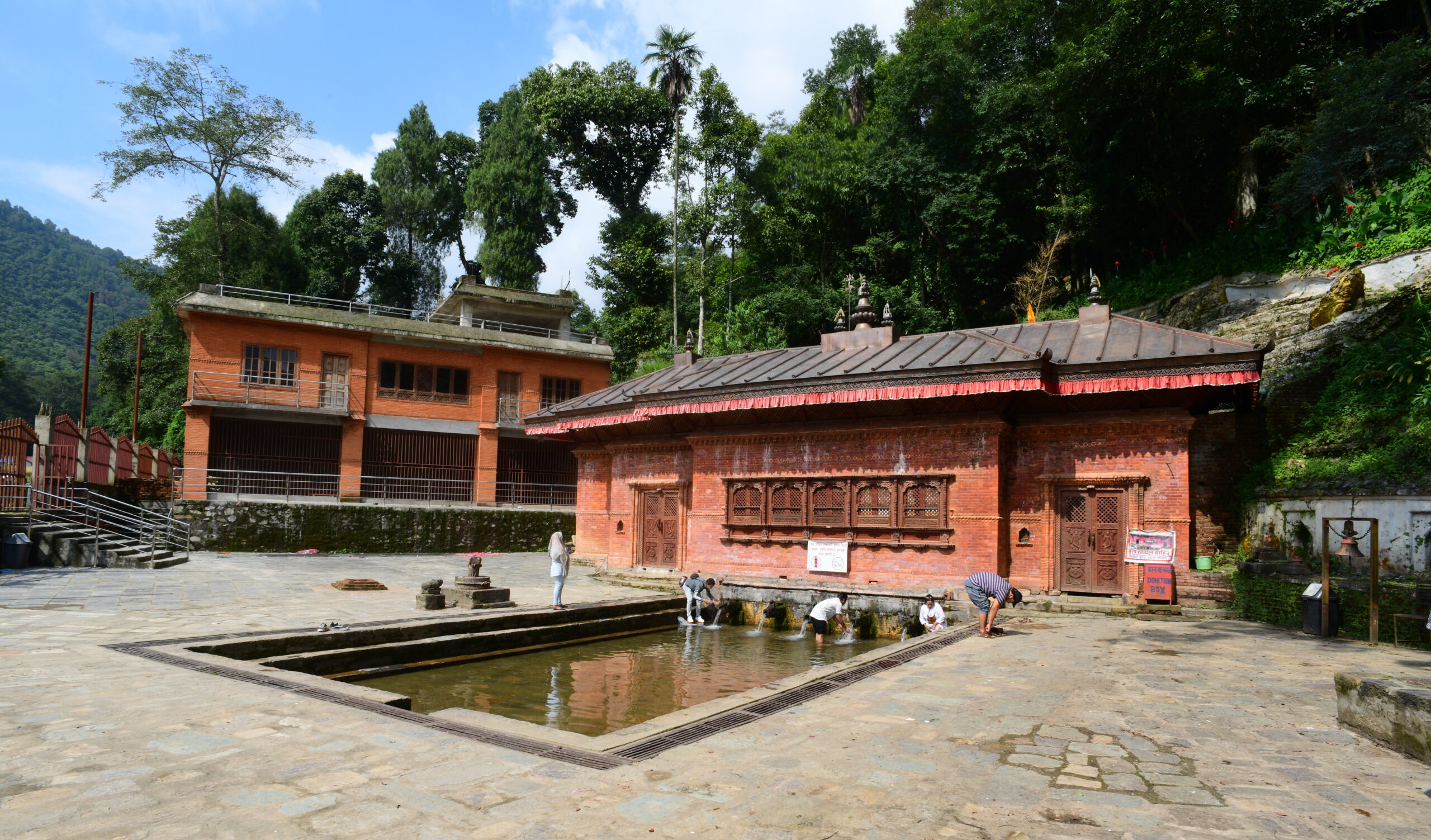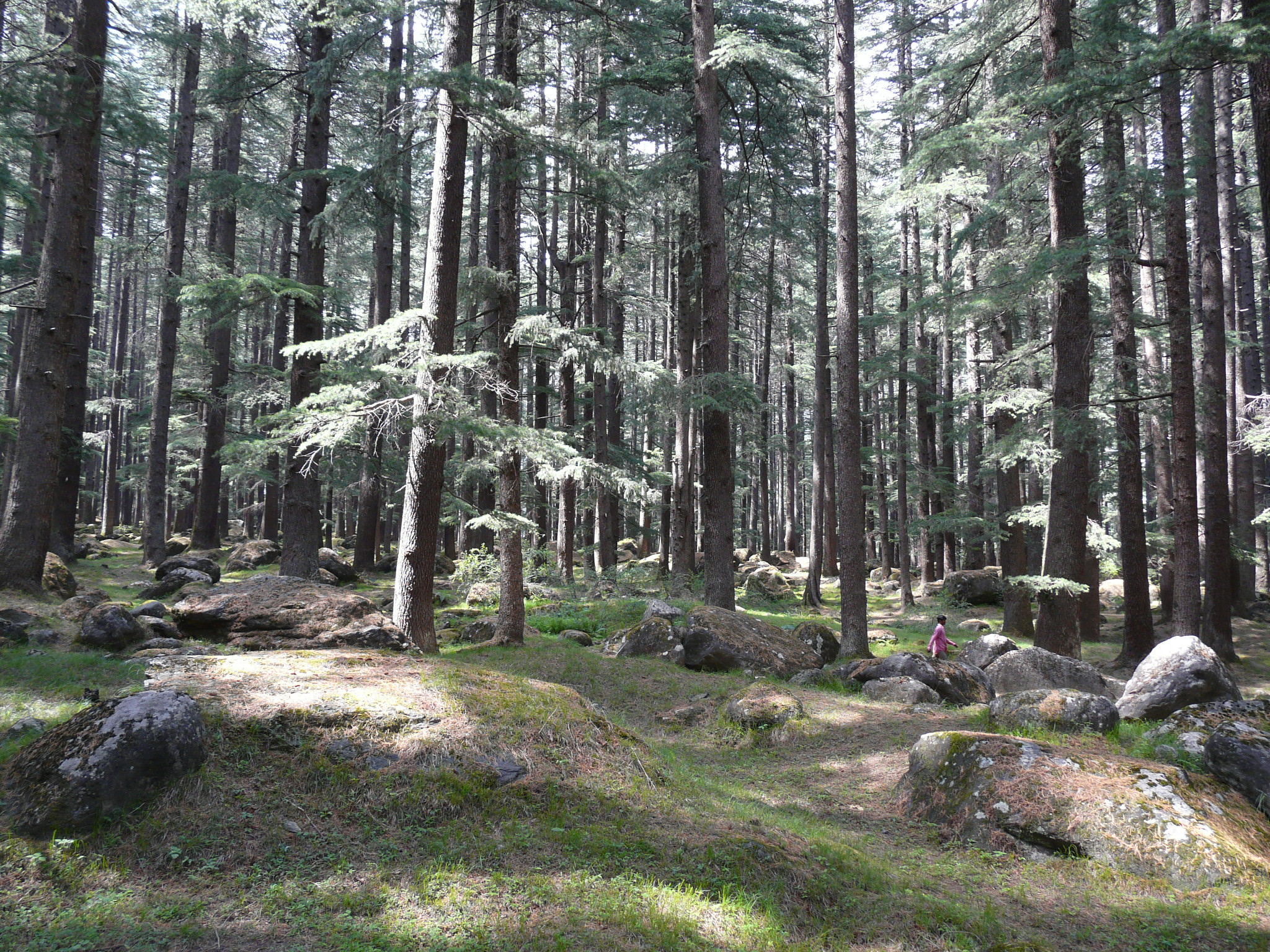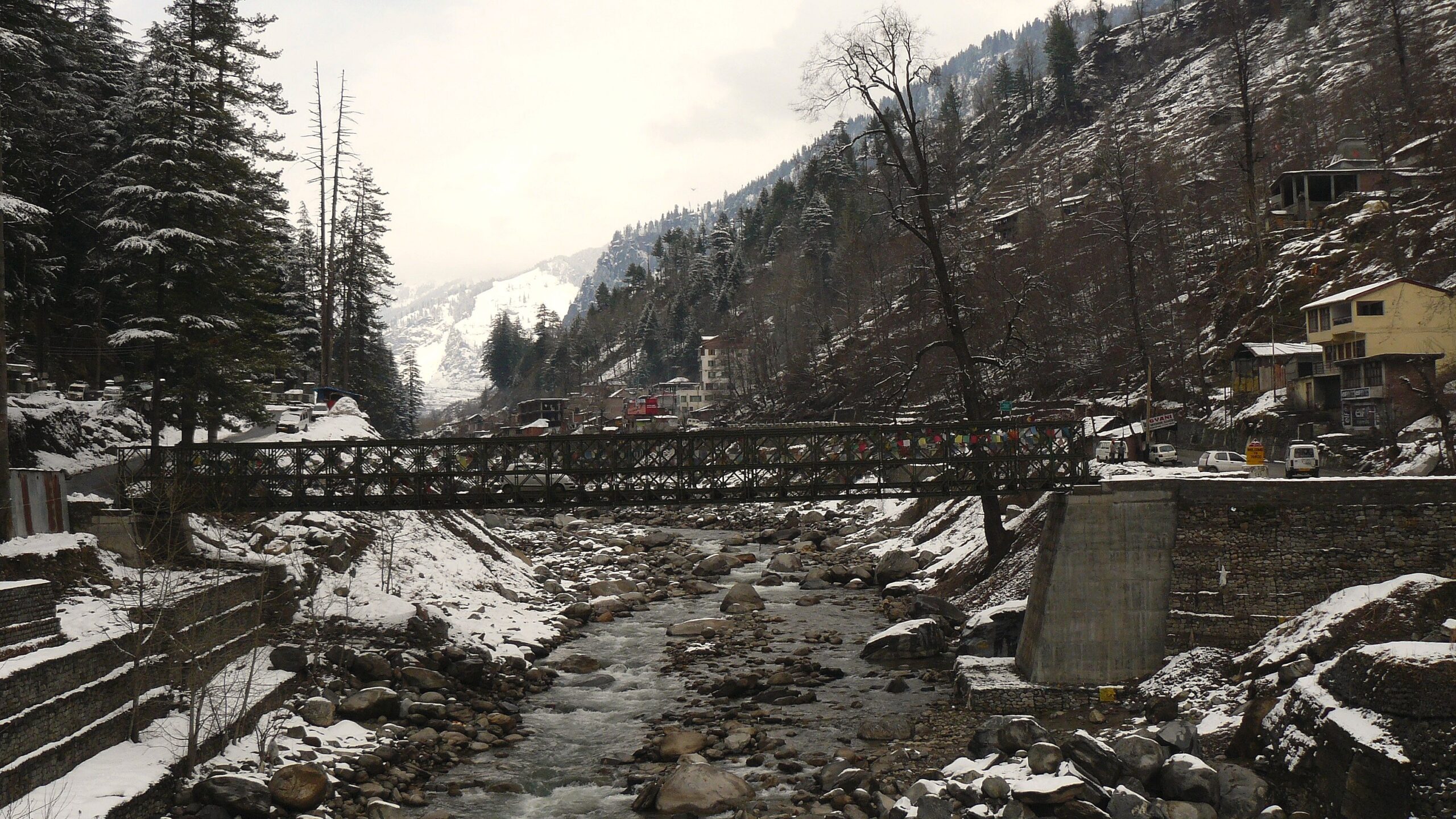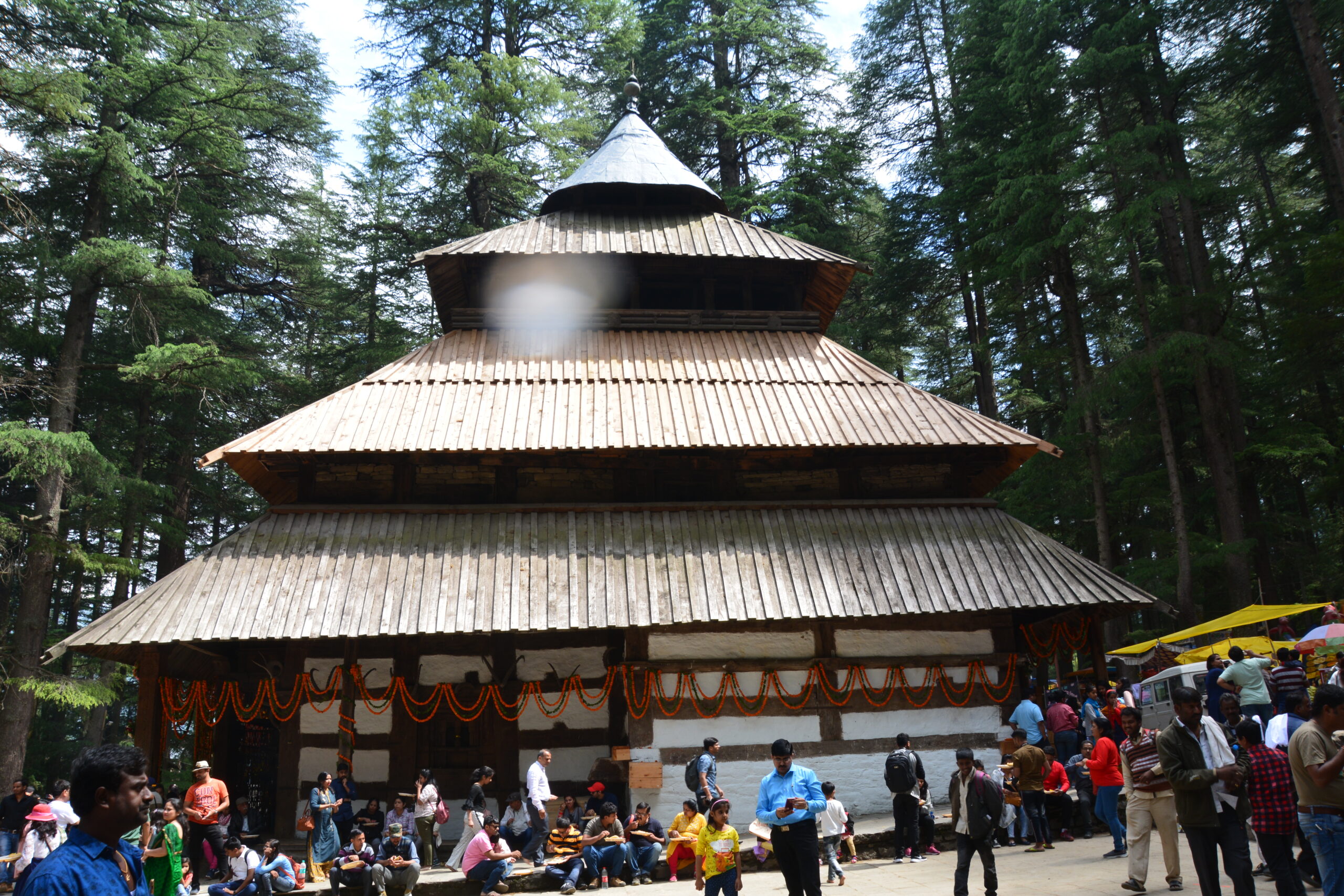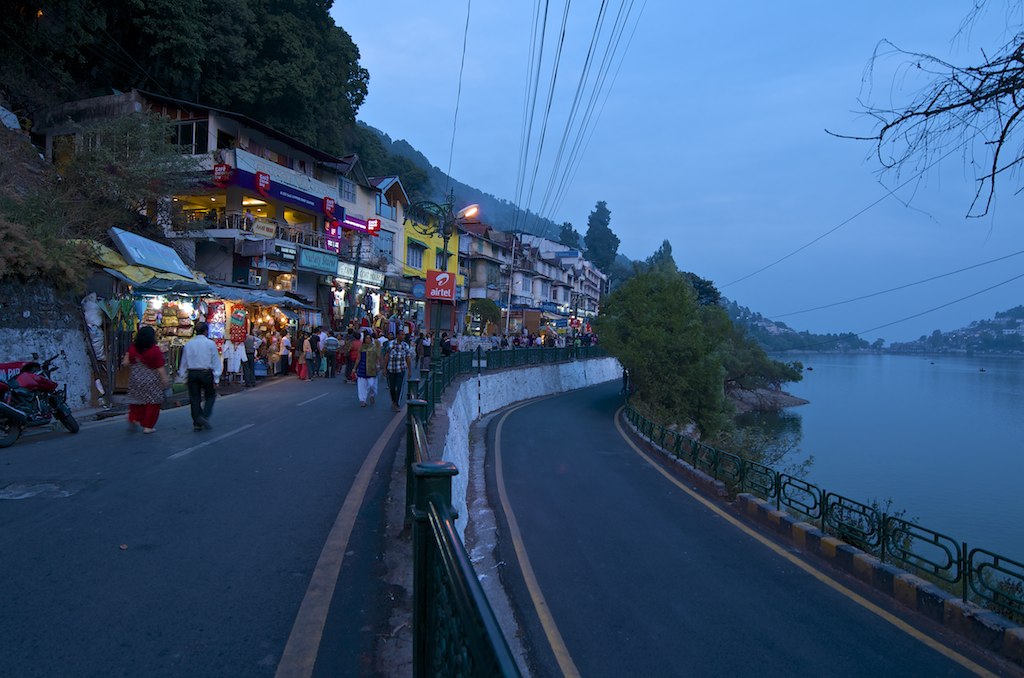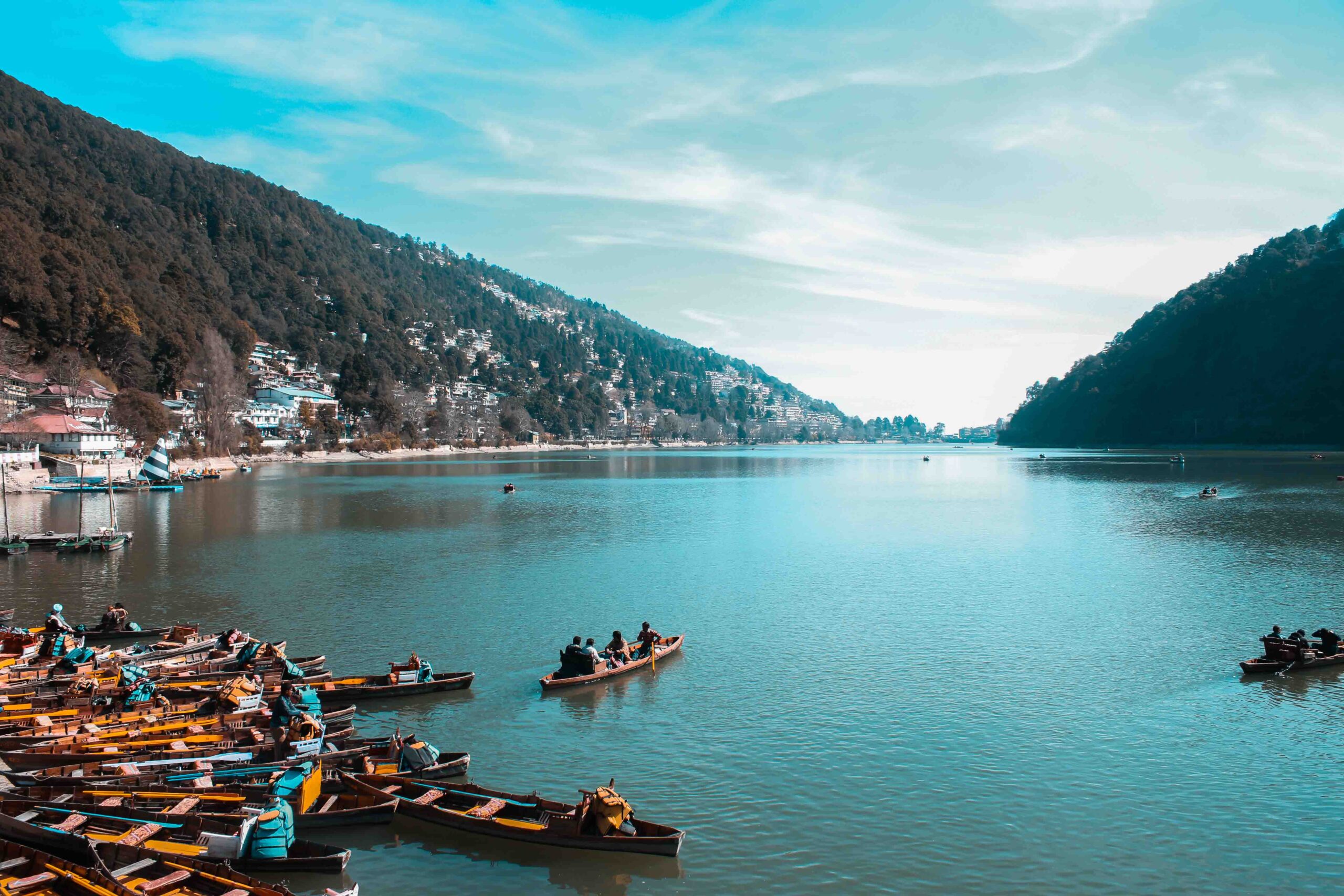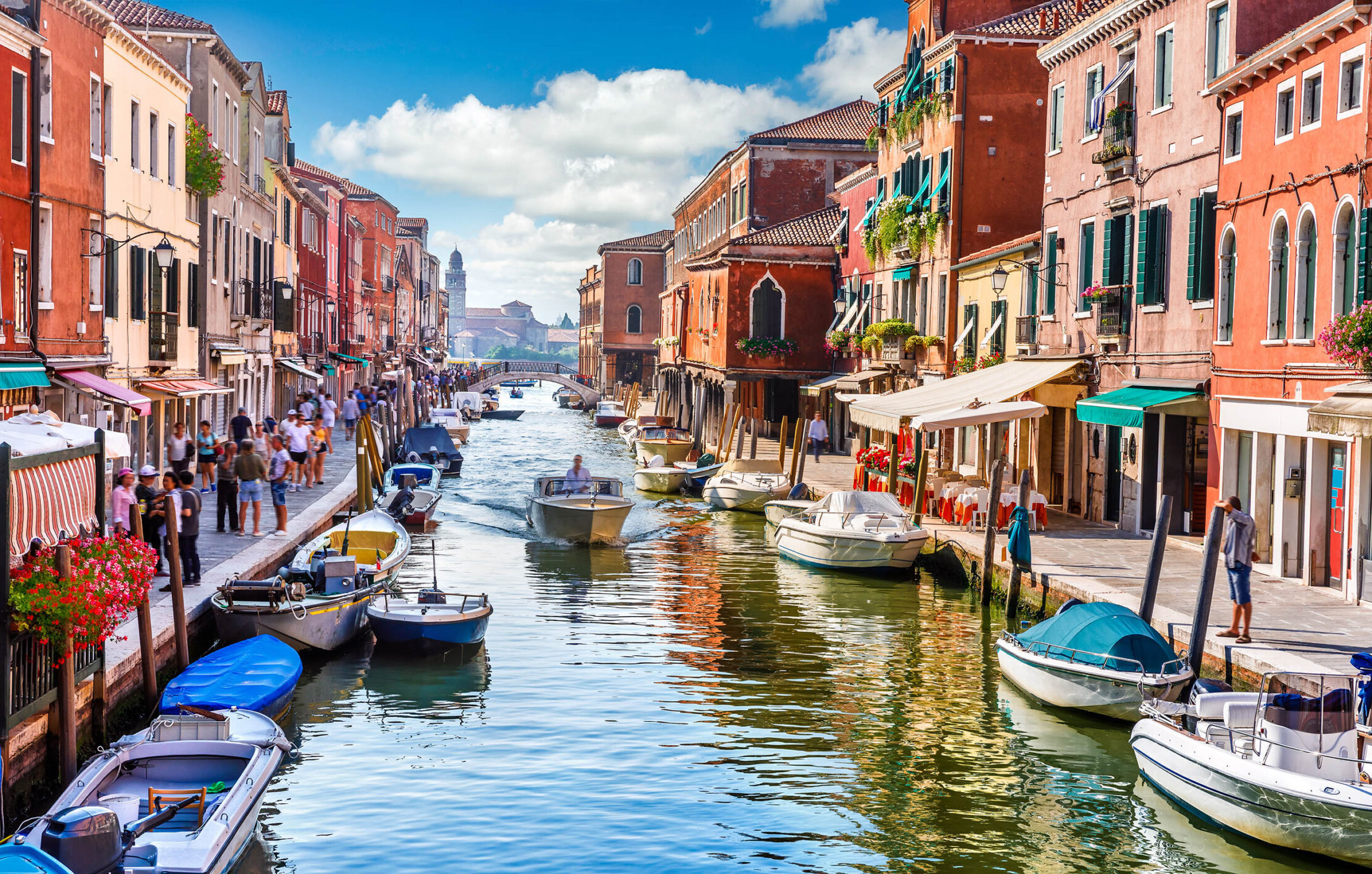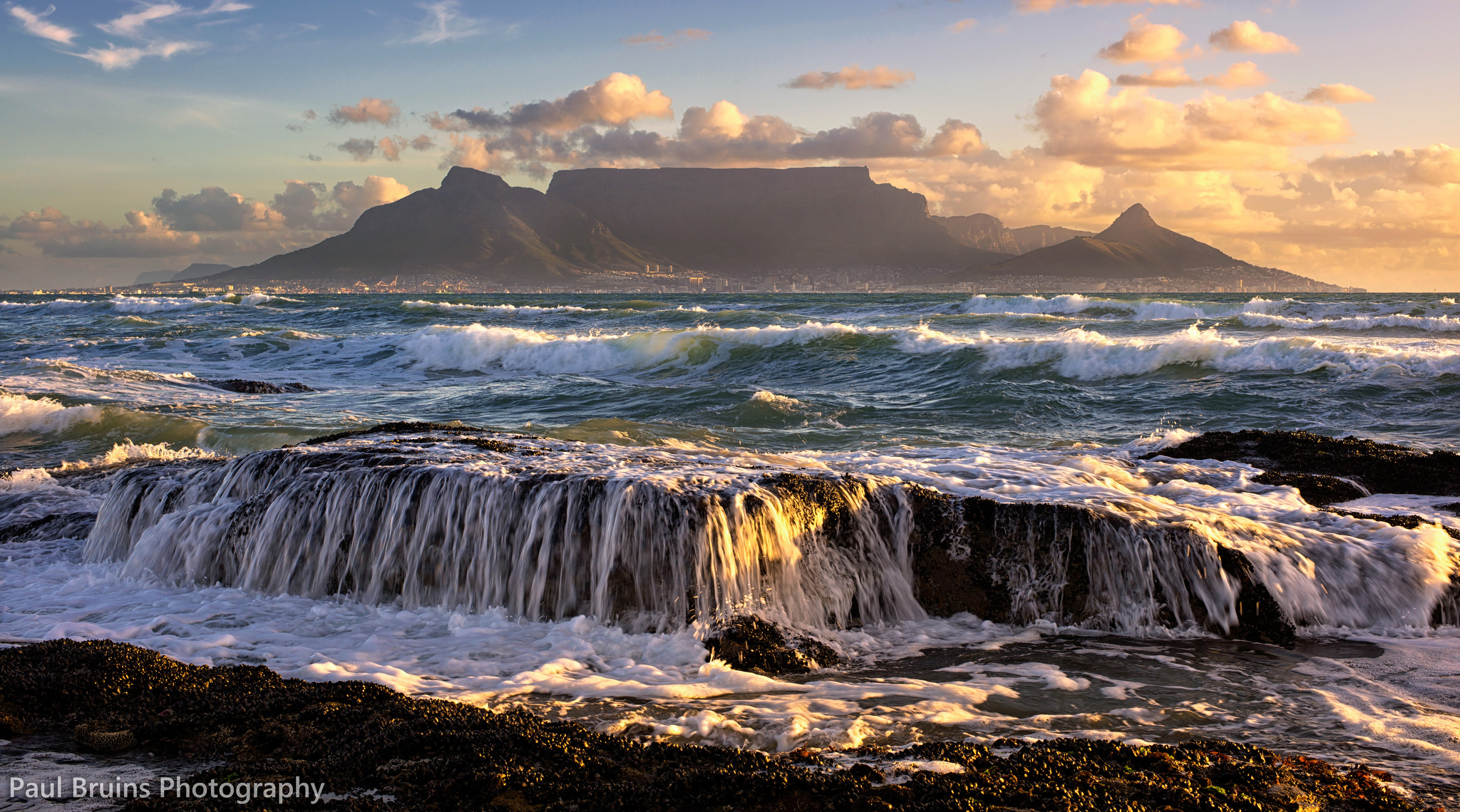
Embark on a journey to explore the most stunning destinations across the globe. From the pristine beaches of the Maldives to the majestic fjords of Norway, the world is brimming with breathtaking landscapes, rich cultures, and unforgettable experiences. Whether you’re seeking historical marvels, natural wonders, or vibrant cityscapes, our list of the most picturesque countries to visit will inspire your next adventure. Explore with us and discover why these locations are renowned as the most beautiful places to visit on Earth.
1. India
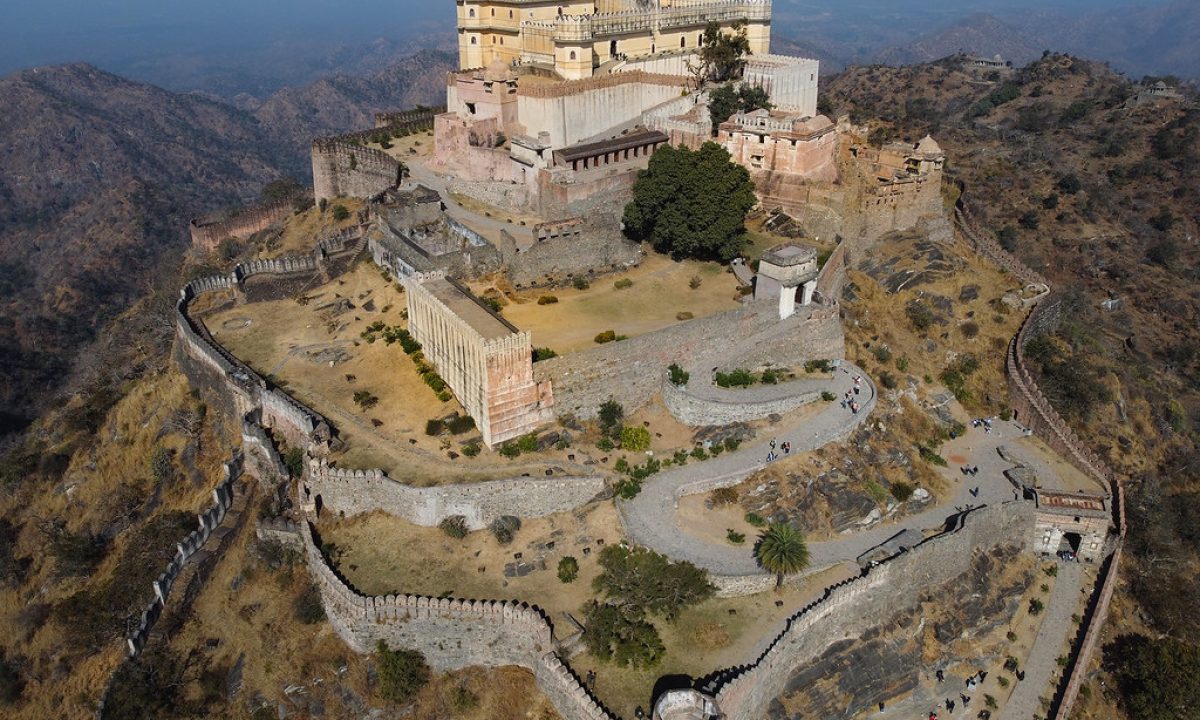
India, with its vibrant culture, scenic landscapes, and rich heritage, guarantees an unforgettable experience for travelers. Often hailed as one of the most breathtaking countries on Earth, India offers a melange of adventures, spiritual journeys, and cultural immersions. Let’s delve into the unique features, must-do activities, and top places to visit in this magnificent land.
India’s myriad landscapes range from the snow-clad Himalayas to the sun-kissed beaches of Goa. The country boasts diverse ecosystems, including deserts, forests, rivers, and coastal areas. India is also a cultural mosaic, with numerous languages, religious practices, and culinary traditions.
- Diverse Terrain: From the Thar Desert in Rajasthan to the backwaters of Kerala, India’s landscape is incredibly varied.
- Rich Cultural Heritage: India’s history spans millennia, reflected in its forts, palaces, temples, and festivals.
- Spiritual Epicenter: As the birthplace of major religions like Hinduism, Buddhism, Jainism, and Sikhism, India offers countless spiritual and wellness retreats.
- Culinary Haven: India’s food is a feast for the senses, offering a plethora of flavors, textures, and aromas across its varied cuisines.
- Participate in Festive Celebrations: Engage in iconic festivals like Diwali and Holi, each with its unique traditions and cultural activities.
- Culinary Exploration: Savor street foods like pani puri and bhel puri, and enjoy regional dishes such as Rajasthani laal maas and Hyderabadi biryani.
- Wildlife Safaris: Spot Bengal Tigers in Ranthambore, the one-horned rhinoceros in Kaziranga, or explore the lush biodiversity of Sundarbans.
- Houseboat Cruises: Drift through Kerala’s tranquil backwaters in Alleppey or Kumarakom for a serene experience.
- Treks and Hikes: Challenge yourself with treks in the Himalayas, such as the Roopkund Trek in Uttarakhand or the Hampta Pass Trek in Himachal Pradesh.
- Explore Markets: Wander through bustling bazaars like Delhi’s Chandni Chowk or Jaipur’s Johari Bazaar, where you can shop for handicrafts, jewelry, and spices.
- Attend Cultural Performances: Enjoy traditional dance and music performances such as Kathakali in Kerala, Bharatanatyam in Tamil Nadu, or Kathak in Uttar Pradesh.
- Spiritual Sites: Experience a boat ride on the holy river Ganges in Varanasi, visit the spiritual ashrams in Rishikesh, or take part in the serene rituals at the Golden Temple in Amritsar.
- Yoga and Wellness Retreats: Join yoga sessions in Rishikesh or wellness retreats in Kerala to rejuvenate your mind and body.
- Scenic Train Journeys: Ride the Darjeeling Himalayan Railway, also known as the ‘Toy Train,’ or enjoy the scenic route of the Palace on Wheels.
- Historical Tours: Visit UNESCO World Heritage sites like Ajanta and Ellora Caves in Maharashtra or Hampi in Karnataka.
- City Tours: Discover the colonial charm of Kolkata, the buzzing streets of Mumbai, or the IT hub of Bangalore.
Historical and Cultural Sites
- Taj Mahal, Agra: A marble masterpiece and UNESCO World Heritage site symbolizing eternal love.
- Hampi, Karnataka: Explore the ancient ruins of Hampi’s temples and palaces, a window into India’s rich past.
- Jaipur, Rajasthan: Known as the Pink City, Jaipur’s Amber Fort, Jal Mahal, and vibrant markets are a cultural treasure trove.
- Mysore Palace, Karnataka: Dive into the grandeur of Mysore Palace, a blend of Hindu, Muslim, Rajput, and Gothic architectural styles.
Natural Beauty and Wildlife
- Kerala: With its lush landscapes, tranquil backwaters, and tea plantations in Munnar, Kerala is often touted as ‘God’s Own Country’.
- Ladakh: The stark landscapes, crystal-clear lakes like Pangong Tso, and ancient monasteries offer a unique high-altitude desert experience.
- Jim Corbett National Park, Uttarakhand: India’s oldest national park, perfect for spotting the elusive Bengal tiger and other wildlife.
- Sundarbans, West Bengal: A UNESCO World Heritage site, home to the world’s largest mangrove forest and Royal Bengal Tigers.
Spiritual and Wellness Destinations
- Varanasi, Uttar Pradesh: As one of the oldest cities in the world, Varanasi offers profound spiritual experiences along the Ganges River.
- Rishikesh, Uttarakhand: Known as the Yoga Capital of the World, it’s perfect for yoga, meditation, and spiritual retreats on the banks of the Ganges.
- Amritsar, Punjab: Home to the stunning Golden Temple, a beacon of peace and spirituality.
- Auroville, Tamil Nadu: An experimental township near Pondicherry dedicated to human unity and self-sustainability.
Beach Destinations
- Goa: Famous for its pristine beaches, lively nightlife, and a blend of Indian and Portuguese cultures. Popular beaches include Baga, Anjuna, and Palolem.
- Andaman and Nicobar Islands: Known for clear blue waters and rich marine life, top spots include Radhanagar Beach and Havelock Island.
- Pondicherry: With its French colonial architecture and serene beaches like Promenade Beach, Pondicherry offers a unique coastal charm.
- Gokarna, Karnataka: A more serene alternative to Goa, known for its beautiful beaches and relaxed vibe.
- Cultural Sensitivity: Respect local customs and dress modestly, especially when visiting religious sites. It’s polite to cover your head in Sikh temples and remove shoes before entering Hindu temples.
- Health and Safety: Always drink bottled or purified water and be cautious with street food to avoid any stomach issues. Carry essential medications and consult your doctor about vaccines necessary for travel in India.
- Currency: The Indian Rupee (INR) is the local currency. It’s advisable to use ATMs or authorized money exchange services to avoid counterfeiting. Ensure you carry some cash as smaller towns may not accept cards.
- Language: While Hindi is widely spoken, English is commonly used in major cities and tourist areas. Learning a few basic Hindi phrases can enhance your travel experience.
- Seasonal Travel: The best time to visit most parts of India is from October to March, when the weather is more pleasant. However, regions like Ladakh are best visited in the summer months (June to September).
- Travel Insurance: It’s advisable to have travel insurance to cover medical expenses, trip cancellations, and unexpected incidents.
- Local SIM Cards: Purchase a local SIM card for easier communication and internet access; providers like Airtel and Jio have good coverage across the country.
India is a symphony of experiences, where each region offers a new story and a new adventure. From the bustling metropolises to the serene countryside, India’s charm is timeless. Embark on your journey to discover why India is celebrated as one of the most enchanting destinations in the world.
2. Canada
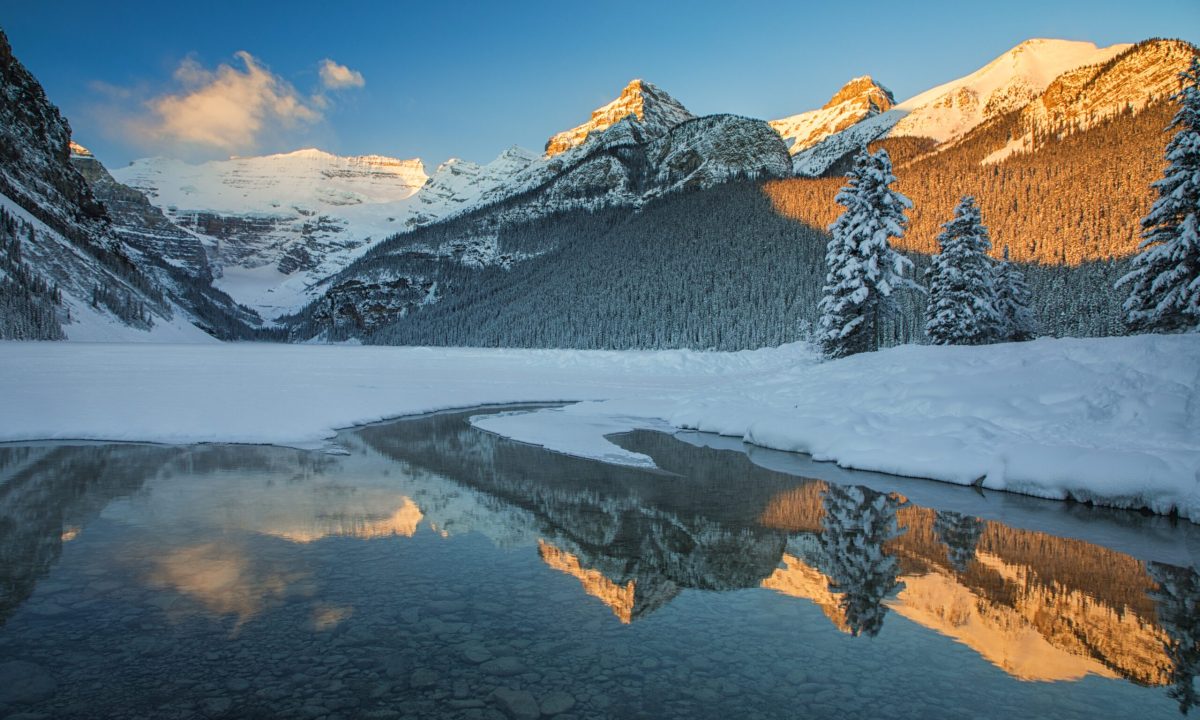
Canada, known for its stunning landscapes, vibrant cities, and diverse cultural heritage, is undoubtedly one of the most scenic countries on the globe. Whether you’re drawn by its natural wonders, cultural experiences, or outdoor adventures, Canada offers something for everyone. Let’s explore the distinct features, top activities, and must-visit spots in this captivating nation.
Canada’s vast and diverse landscape is one of its most defining characteristics. From the rugged Rocky Mountains to the tranquil beauty of its lakes and forests, the country is a haven for nature lovers. Additionally, Canada boasts a rich cultural fabric, influenced by its Indigenous peoples, French and British colonial histories, and modern multiculturalism.
- Diverse Landscapes: Majestic mountains, sprawling prairies, lush forests, and vast coastlines define Canada’s varied geography.
- Rich Cultural Heritage: A blend of Indigenous traditions, European influences, and multiculturalism creates a unique cultural tapestry.
- Wildlife Haven: Home to an array of wildlife, including bears, moose, whales, and many bird species.
- Outdoor Adventures: Renowned for activities like skiing, hiking, canoeing, and wildlife watching.
- Friendly Cities: Known for its welcoming and multicultural cities, including cosmopolitan hubs like Toronto and Vancouver.
- Wildlife Watching: Spot grizzly bears in British Columbia, polar bears in Churchill, and whales off the coast of Newfoundland.
- Skiing and Snowboarding: Hit the slopes at world-class ski resorts in Whistler, Banff, and Mont Tremblant.
- Northern Lights Viewing: Experience the mesmerizing Aurora Borealis in Yukon, Northwest Territories, and parts of Alberta.
- Hiking: Explore the scenic trails of the Rocky Mountains, Pacific Rim National Park, and Fundy National Park.
- City Exploration: Discover the vibrant neighborhoods, cultural landmarks, and culinary delights in cities like Toronto, Montreal, and Vancouver.
- Cruising: Take a scenic cruise through the picturesque waters of the Inside Passage or the Thousand Islands.
- Canoeing and Kayaking: Paddle through the tranquil waters of Algonquin Park, the Great Lakes, or the pristine rivers of the Yukon.
- Cultural Festivals: Experience events like the Calgary Stampede, Toronto International Film Festival, and Montreal Jazz Festival.
Natural Wonders
- Banff National Park, Alberta: Home to spectacular mountains, turquoise lakes, and abundant wildlife.
- Niagara Falls, Ontario: One of the world’s most famous waterfalls, offering breathtaking views and boat tours.
- Jasper National Park, Alberta: Known for its stunning landscapes, including glaciers, hot springs, and abundant wildlife.
- Gros Morne National Park, Newfoundland: A UNESCO World Heritage site with unique geological features and striking landscapes.
Cities and Cultural Hubs
- Toronto, Ontario: Canada’s largest city, known for its iconic CN Tower, diverse neighborhoods, and vibrant arts scene.
- Montreal, Quebec: A bilingual city blending old-world charm with modern dynamism, famous for its festivals and culinary scene.
- Vancouver, British Columbia: A bustling west coast seaport known for its scenic beauty, outdoor activities, and cultural diversity.
- Quebec City, Quebec: A historic city with cobblestone streets, charming architecture, and a distinctly European feel.
Coastal and Island Getaways
- Prince Edward Island: Famous for its red sand beaches, rolling countryside, and the setting for “Anne of Green Gables”.
- Tofino, British Columbia: A surfing haven offering stunning beaches, rainforests, and the Pacific Rim National Park Reserve.
- Cape Breton Island, Nova Scotia: Renowned for the scenic Cabot Trail, Celtic culture, and stunning coastlines.
Historical Landmarks
- Rideau Canal, Ottawa: A UNESCO World Heritage site and historic waterway, perfect for boating in summer and ice skating in winter.
- Lunenburg, Nova Scotia: A UNESCO World Heritage town known for its preserved colonial architecture and vibrant fishing heritage.
- Fort Louisbourg, Nova Scotia: A reconstructed 18th-century French fortress offering a step back in time.
- Language: Canada has two official languages, English and French. While English is widely spoken, Quebec primarily speaks French. Learning a few basic French phrases can enhance your visit to French-speaking regions.
- Currency: The Canadian dollar (CAD) is the official currency. Credit and debit cards are widely accepted, and ATMs are easily accessible.
- Weather: Canada’s weather varies widely. Pack according to the season and region you’re visiting. Winter can be extremely cold, especially in the northern and interior regions.
- Safety: Canada is generally a safe country, but it’s wise to stay informed about the local conditions, especially when venturing into remote or wilderness areas.
- Transportation: Canada is vast; consider renting a car for road trips or using the extensive train and bus networks for intercity travel. In cities, public transit is efficient and reliable.
- Health Precautions: Ensure you have travel insurance that covers medical expenses. Healthcare in Canada is excellent, but costs for non-residents can be high.
- National Parks Pass: If you plan to visit multiple national parks, consider purchasing a Parks Canada Discovery Pass for unlimited entry to over 80 sites.
- Wildlife Safety: When in wildlife areas, follow guidelines to stay safe and protect the natural habitats. This includes storing food properly when camping and keeping a safe distance from animals.
- Cultural Sensitivity: Be respectful of Indigenous communities and their lands. Participate in cultural experiences with respect and curiosity.
Canada is a harmonious blend of nature’s majesty, cultural richness, and urban sophistication. From the remote wilderness to bustling cityscapes, Canada’s charm is endless. Embark on your adventure to discover why Canada is celebrated as one of the most alluring destinations in the world.
3. Italy

Italy, a country renowned for its rich history, stunning architecture, and mouth-watering cuisine, is frequently celebrated as one of the most enchanting destinations on the planet. Whether you seek cultural immersion, culinary delight, or luxurious scenic vistas, Italy offers an abundance of experiences. Let’s explore the distinctive features, must-do activities, and top places to visit in this captivating nation.
Italy’s charm lies in its breathtaking landscapes, historical landmarks, and vibrant culture. From the rolling hills of Tuscany to the romantic canals of Venice, Italy presents a picturesque setting that captivates every traveler.
- Historical Richness: Home to countless UNESCO World Heritage Sites, from ancient Roman ruins to Renaissance masterpieces.
- Culinary Excellence: Known worldwide for its delicious cuisine, including pasta, pizza, wine, and espresso.
- Diverse Landscapes: Varying from the rugged Alps in the north to the idyllic Amalfi Coast in the south.
- Artistic Heritage: Birthplace of renowned artists like Leonardo da Vinci, Michelangelo, and Raphael.
- Fashion Hub: Milan and Rome are globally recognized centers for high-end fashion and design.
- Explore Ancient Ruins: Wander through the Colosseum and Roman Forum in Rome, remnants of the powerful Roman Empire.
- Savor Italian Cuisine: Indulge in authentic dishes like Neapolitan pizza, Tuscan ribollita, and Sicilian cannoli. Take a cooking class to learn traditional Italian recipes.
- Art Museum Visits: Admire masterpieces in the Uffizi Gallery in Florence, Vatican Museums in Rome, and the Peggy Guggenheim Collection in Venice.
- Wine Tasting: Visit the vineyards of Tuscany, Piedmont, and Veneto to sample Italy’s top wines like Chianti, Barolo, and Prosecco.
- Gondola Rides: Experience the romance of Venice with a gondola ride through its historic canals.
- Hiking Adventures: Trek the scenic trails of the Cinque Terre, Amalfi Coast, and the Dolomites.
- Attend Festivals: Participate in the Venice Carnival, Palio di Siena, or the Verona Opera Festival for a taste of local culture and tradition.
- Shop in Fashion Capitals: Explore the boutiques of Milan and the designer stores of Via Condotti in Rome.
- Beach Relaxation: Unwind on the beautiful beaches of Sardinia, Sicily, and the Amalfi Coast.
- Visit Historic Churches: Marvel at the architecture and art in churches like St. Peter’s Basilica, Florence Cathedral, and St. Mark’s Basilica.
Historical and Cultural Sites
- Rome: The Eternal City brimming with ancient ruins, Renaissance art, and vibrant street life. Key sites include the Colosseum, Vatican City, and Pantheon.
- Florence, Tuscany: The cradle of the Renaissance, renowned for its art museums, cathedral, and the iconic Ponte Vecchio.
- Venice, Veneto: A magical city built on canals, known for its historic architecture, gondolas, and St. Mark’s Square.
- Pompeii, Campania: A fascinating archaeological site, preserving the remains of a city buried by the eruption of Mount Vesuvius in AD 79.
Natural Beauty and Scenic Spots
- Tuscany: Famous for its rolling hills, vineyards, and charming medieval towns like Siena and San Gimignano.
- Amalfi Coast, Campania: Stunning coastal scenery with picturesque towns such as Positano, Amalfi, and Ravello.
- Cinque Terre, Liguria: A collection of five colorful fishing villages clinging to rugged cliffs overlooking the Mediterranean Sea.
- Lake Como, Lombardy: A beautiful glacial lake surrounded by mountains and dotted with charming towns like Bellagio and Varenna.
Beach and Island Escapes
- Sardinia: Known for its pristine beaches, crystal-clear waters, and the luxurious Costa Smeralda.
- Sicily: Italy’s largest island offering rich history, stunning coastlines, and the impressive Mount Etna.
- Capri, Campania: An island paradise famous for its rugged landscape, upscale hotels, and the Blue Grotto.
Artistic and Architectural Marvels
- Milan, Lombardy: Italy’s fashion and financial hub, also home to the stunning Milan Cathedral and Leonardo da Vinci’s “The Last Supper”.
- Ravenna, Emilia-Romagna: Known for its exquisite mosaics from the Byzantine era.
- Pisa, Tuscany: Home to the iconic Leaning Tower of Pisa, a marvel of medieval architecture.
- Language: While Italian is the official language, English is widely spoken in tourist areas. Learning basic Italian phrases can enrich your travel experience.
- Currency: The Euro (EUR) is the official currency. Credit and debit cards are widely accepted, but it’s advisable to carry some cash for small transactions.
- Transportation: Trains are a convenient way to travel between cities. Renting a car is ideal for exploring the countryside and coastal areas. Don’t forget to validate your train ticket!
- Dining Etiquette: Meals are leisurely affairs. Tipping is not obligatory but appreciated. Service charges may be included in the bill.
- Dress Code: Dress modestly when visiting churches and religious sites. Comfortable walking shoes are recommended for exploring cobblestone streets.
- Peak Travel Seasons: The best time to visit is during spring (April to June) and fall (September to October) when the weather is pleasant, and tourist crowds are smaller.
- Advance Bookings: Popular attractions like the Colosseum, Vatican Museums, and Uffizi Gallery can have long lines. Booking tickets in advance is recommended.
- Local Markets: Experience authentic Italian life by visiting local markets like Mercato Centrale in Florence or Campo de’ Fiori in Rome.
- Respect Local Customs: Italians appreciate politeness. Greet with a “buongiorno” (good morning) or “buonasera” (good evening) and be mindful during siesta time in the afternoon.
Italy is a symphony of history, art, cuisine, and natural beauty. Every corner is steeped in culture and every meal is a culinary delight. Embark on your journey to uncover why Italy is celebrated as one of the most captivating destinations on Earth.
4. New Zealand
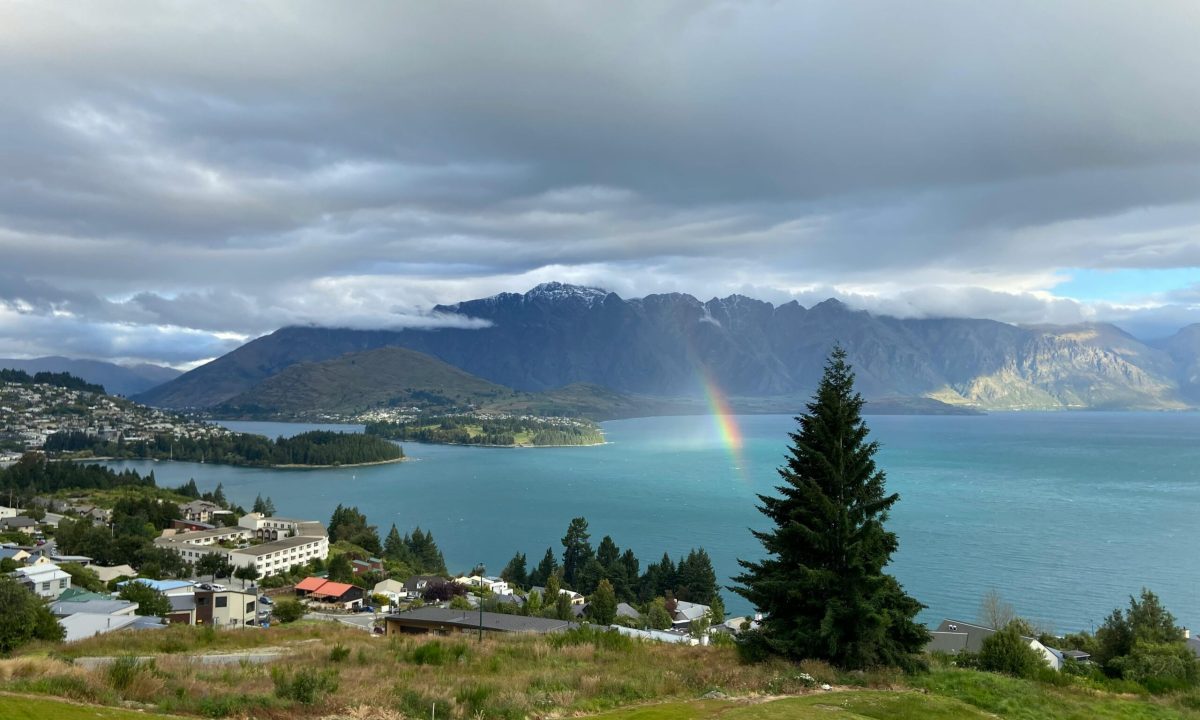
New Zealand, renowned for its stunning landscapes, vibrant Maori culture, and diverse wildlife, is rightly celebrated as one of the most beautiful places on Earth. Whether you seek adrenaline-pumping activities, tranquil natural settings, or rich cultural experiences, New Zealand offers a plethora of incredible opportunities. Let’s explore the unique features, top activities, and best places to visit in this extraordinary country.
New Zealand’s allure lies in its spectacular scenery, from rolling green hills and pristine beaches to majestic fjords and volcanic landscapes. The country is also known for its unique wildlife, rich Maori heritage, and welcoming locals.
- Diverse Landscapes: Dramatic fjords, rolling plains, active volcanoes, and serene beaches make New Zealand’s scenery second to none.
- Adventure Capital: Renowned for extreme sports like bungee jumping, skydiving, and white-water rafting.
- Rich Maori Culture: Experience the traditions, language, and history of New Zealand’s indigenous people.
- Unique Wildlife: Home to unique species like the kiwi bird, tuatara, and Hector’s dolphins.
- Filmmaking Hub: Stunning locations featured in movies like “The Lord of the Rings” and “The Hobbit.”
- Hiking and Trekking: Explore renowned trails such as the Milford Track, Tongariro Alpine Crossing, and Abel Tasman Coast Track.
- Water Adventures: Go kayaking in the Marlborough Sounds, white-water rafting on the Kaituna River, or snorkeling in the Poor Knights Islands.
- Maori Cultural Experiences: Visit a marae (Maori meeting grounds), participate in a traditional hangi feast, and watch a kapa haka performance.
- Whale Watching: Take a whale-watching tour in Kaikoura to see sperm whales, humpback whales, and orcas.
- Bungee Jumping: Experience the thrill of bungee jumping from the iconic Kawarau Bridge in Queenstown.
- Scenic Flights: Enjoy panoramic views with scenic flights over Fiordland, Mount Cook, and the Southern Alps.
- Wine Tasting: Explore the vineyards of Marlborough, Hawke’s Bay, and Central Otago, renowned for their excellent Sauvignon Blanc and Pinot Noir.
- Glowworm Caves: Discover the magical glowworm caves in Waitomo and Te Anau.
- Wildlife Encounters: Visit wildlife sanctuaries like Zealandia in Wellington and the Orokonui Ecosanctuary in Dunedin.
- Skiing and Snowboarding: Hit the slopes at world-class ski resorts in Queenstown, Wanaka, and Mount Ruapehu.
Natural Wonders
- Milford Sound, Fiordland: A breathtaking fjord known for its stunning waterfalls, rainforests, and towering peaks.
- Tongariro National Park, North Island: Home to the Tongariro Alpine Crossing and the volcanic landscapes of Mount Tongariro, Mount Ngauruhoe, and Mount Ruapehu.
- Rotorua, North Island: Famous for its geothermal activity, including geysers, hot springs, and mud pools.
- Abel Tasman National Park, South Island: Known for its golden beaches, lush forests, and the Abel Tasman Coast Track.
Cities and Cultural Hubs
- Auckland: New Zealand’s largest city, boasting vibrant nightlife, waterfront dining, and iconic landmarks like the Sky Tower.
- Wellington: The capital city, known for its creative arts scene, Te Papa Museum, and picturesque harbor.
- Christchurch: Known as the Garden City, it offers beautiful parks, the Avon River, and a rich arts and culture scene.
- Queenstown: The adventure capital of the world, offering everything from bungee jumping to skiing amidst stunning mountain landscapes.
Coastal and Island Getaways
- Bay of Islands, Northland: A coastal paradise with 144 islands, offering sailing, fishing, and dolphin-watching tours.
- Coromandel Peninsula: Known for its beautiful beaches, such as Cathedral Cove and Hot Water Beach, where you can dig your own hot tub in the sand.
- Stewart Island: A remote and unspoiled destination, perfect for hiking, wildlife watching, and experiencing the Aurora Australis.
- Great Barrier Island: Ideal for hiking, snorkeling, and stargazing in one of the world’s few Dark Sky Sanctuaries.
Historical and Cultural Sites
- Waitangi Treaty Grounds, North Island: The historic site where the Treaty of Waitangi was signed between the British and Maori chiefs in 1840.
- Auckland War Memorial Museum: Offers insights into New Zealand’s history, natural environment, and Maori culture.
- Otago Peninsula, South Island: Rich in wildlife and home to the historically significant Larnach Castle.
- Language: English is the predominant language, with Maori also widely spoken. Learning a few Maori phrases can enhance your cultural experience.
- Currency: The New Zealand Dollar (NZD) is the official currency. Credit and debit cards are widely accepted, but having some cash is useful for small purchases.
- Transportation: Renting a car or campervan is a popular way to explore New Zealand, providing flexibility to visit remote areas. Public transport is also reliable in cities.
- Weather: New Zealand’s weather can be unpredictable. Pack layers and be prepared for sudden changes, especially in alpine regions.
- Dining Etiquette: New Zealanders enjoy a laid-back dining culture. Tipping is not a common practice but appreciated for exceptional service.
- Peak Travel Seasons: The best time to visit is during the summer months (December to February) for warm weather and outdoor activities, or during winter (June to August) for skiing.
- Outdoor Safety: Always follow safety guidelines when hiking or engaging in outdoor activities. Check weather conditions and carry necessary gear.
- Respect Local Customs: Respect Maori traditions and protocols, especially when visiting marae or participating in cultural experiences.
- Advance Bookings: Popular attractions and accommodations can fill up quickly, especially during peak seasons. Booking in advance is recommended.
- Biosecurity Regulations: New Zealand has strict biosecurity laws to protect its unique ecosystems. Familiarize yourself with what you can and cannot bring into the country.
New Zealand is a harmonious blend of natural beauty, rich culture, and thrilling adventures. Every corner offers a new discovery, from the dramatic fjords to vibrant cityscapes. Embark on your journey to uncover why New Zealand is celebrated as one of the most stunning destinations on Earth.
5. Switzerland
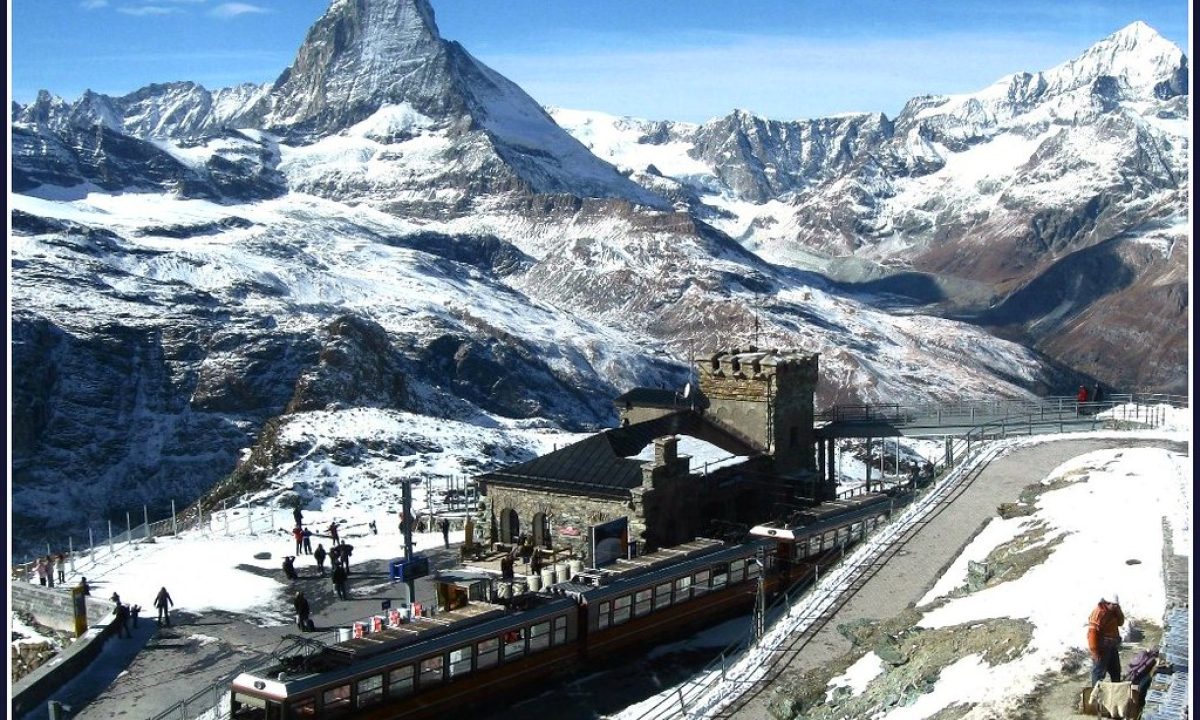
Switzerland, with its stunning landscapes, impeccable cities, and rich cultural heritage, is frequently celebrated as one of the most picturesque countries in the world. Whether it’s adventure, relaxation, or cultural experiences, Switzerland offers a plethora of activities to enchant every traveler. Let’s explore the unique features, best activities, and top places to visit in this exquisite nation.
Switzerland’s charm lies in its breathtaking Alpine scenery, pristine lakes, and cosmopolitan cities. The country’s commitment to preserving its natural beauty, combined with its rich history and culture, makes it an unparalleled destination.
- Alpine Landscapes: The majestic Swiss Alps, with their snow-capped peaks and glacier-fed lakes, provide stunning vistas and outdoor adventure opportunities.
- Cultural Fusion: Influenced by German, French, and Italian cultures, Switzerland offers a rich tapestry of traditions, languages, and cuisines.
- Pristine Lakes: Home to some of Europe’s most beautiful lakes, including Lake Geneva, Lake Zurich, and Lake Lucerne.
- Historic Cities: Switzerland’s cities boast a blend of medieval architecture, modern art, and vibrant urban life.
- Outdoor Activities: Renowned for skiing, hiking, mountain biking, and water sports.
- High-Quality Living: Known for its clean cities, efficient public transport, and high standard of living.
- Ski and Snowboard: Hit the slopes in world-class ski resorts like Zermatt, St. Moritz, and Verbier.
- Hiking and Trekking: Explore scenic trails in the Swiss National Park, Jungfrau Region, and the Engadine Valley.
- Boat Tours on Swiss Lakes: Enjoy a leisurely cruise on Lake Geneva, Lake Zurich, or Lake Lucerne.
- Scenic Train Rides: Take the Glacier Express from Zermatt to St. Moritz or the GoldenPass Line through the Bernese Oberland.
- Explore Swiss Cities: Wander through the medieval streets of Bern, the cosmopolitan avenues of Zurich, or the lakeside promenades of Geneva.
- Visit Historical Landmarks: Discover the Chillon Castle on Lake Geneva, the UNESCO-listed Abbey of St. Gall, and the Lion Monument in Lucerne.
- Taste Swiss Delicacies: Savor authentic Swiss chocolate, indulge in a traditional cheese fondue, and sample regional wines.
- Engage in Water Sports: Paddleboard on Lake Geneva, kayak on Lake Brienz, or windsurf on Lake Neuchâtel.
- Attend Cultural Festivals: Experience the Montreux Jazz Festival, Locarno Film Festival, or the Fasnacht carnival in Basel.
- Nature and Wildlife Tours: Spot wildlife in the Aletsch Glacier region or visit nature reserves like the Creux du Van.
Alpine and Scenic Destinations
- Zermatt: Home to the iconic Matterhorn mountain, Zermatt offers excellent skiing, hiking, and breathtaking alpine views.
- Jungfrau Region: Known for its dramatic peaks, including Eiger, Mönch, and Jungfrau, and scenic trails like the Eiger Trail.
- St. Moritz: A luxury resort town famous for its winter sports and crystal-clear lakes.
- Interlaken: Nestled between Lake Thun and Lake Brienz, ideal for adventure sports like paragliding, hiking, and canyoning.
Cities and Cultural Hubs
- Zurich: Switzerland’s largest city, renowned for its financial district, vibrant nightlife, and the medieval old town.
- Geneva: A global city home to numerous international organizations, picturesque lakeside routes, and the Jet d’Eau fountain.
- Bern: The charming capital city, known for its well-preserved medieval architecture and the Zytglogge clock tower.
- Lucerne: A picturesque city with the Chapel Bridge, Lion Monument, and stunning views of Lake Lucerne and Mount Pilatus.
Historic and Architectural Marvels
- Chillon Castle: A beautiful castle on the shores of Lake Geneva, near Montreux, offering rich history and stunning views.
- Abbey of St. Gall: A UNESCO World Heritage site with a stunning baroque cathedral and one of the oldest libraries in the world.
- Gruyères: A medieval town famous for its cheese, with a picturesque castle offering panoramic views.
Lakes and Natural Wonders
- Lake Geneva: One of Europe’s largest alpine lakes, surrounded by vineyards, picturesque towns, and the city of Geneva.
- Lake Lucerne: Encircled by mountains, perfect for boat cruises, hikes, and exploring charming lakeside villages.
- Lake Zurich: A scenic lake with vibrant promenades, ideal for swimming, boating, and picnicking.
- Language: Switzerland has four official languages: German, French, Italian, and Romansh. English is widely spoken, especially in tourist areas.
- Currency: The Swiss Franc (CHF) is the official currency. Credit and debit cards are widely accepted, but it’s advisable to carry some cash for small transactions.
- Transportation: Switzerland’s public transportation system is highly efficient. The Swiss Travel Pass offers unlimited travel on trains, buses, and boats.
- Weather: The climate varies; pack according to the season and areas you’re visiting. Winters can be very cold, especially in the mountains.
- Dining Etiquette: Meals are typically leisurely. Tipping is appreciated but not obligatory, as service charges are often included in the bill.
- Peak Travel Seasons: The best times to visit are during the shoulder seasons of spring (April to June) and fall (September to October), as well as winter (December to February) for skiing.
- Respect Local Customs: Swiss people value punctuality and cleanliness. Observe local etiquette, such as quietness on public transport and disposing of litter properly.
- Advance Bookings: Popular attractions and scenic train rides may require advance reservations. Book tickets early to avoid disappointment.
- Outdoor Safety: When hiking or skiing, always follow safety guidelines and check weather conditions. Be prepared for sudden changes in weather, especially in mountainous areas.
- Local Delicacies: Don’t miss out on tasting local specialties like raclette, rösti, Swiss chocolate, and traditional Alpine cuisine.
Switzerland is a harmonious blend of natural beauty, cultural richness, and modern sophistication. Every corner offers a new adventure, from the serene lakesides to the majestic mountain peaks. Embark on your journey to discover why Switzerland is celebrated as one of the most captivating countries in the world.
6. Japan
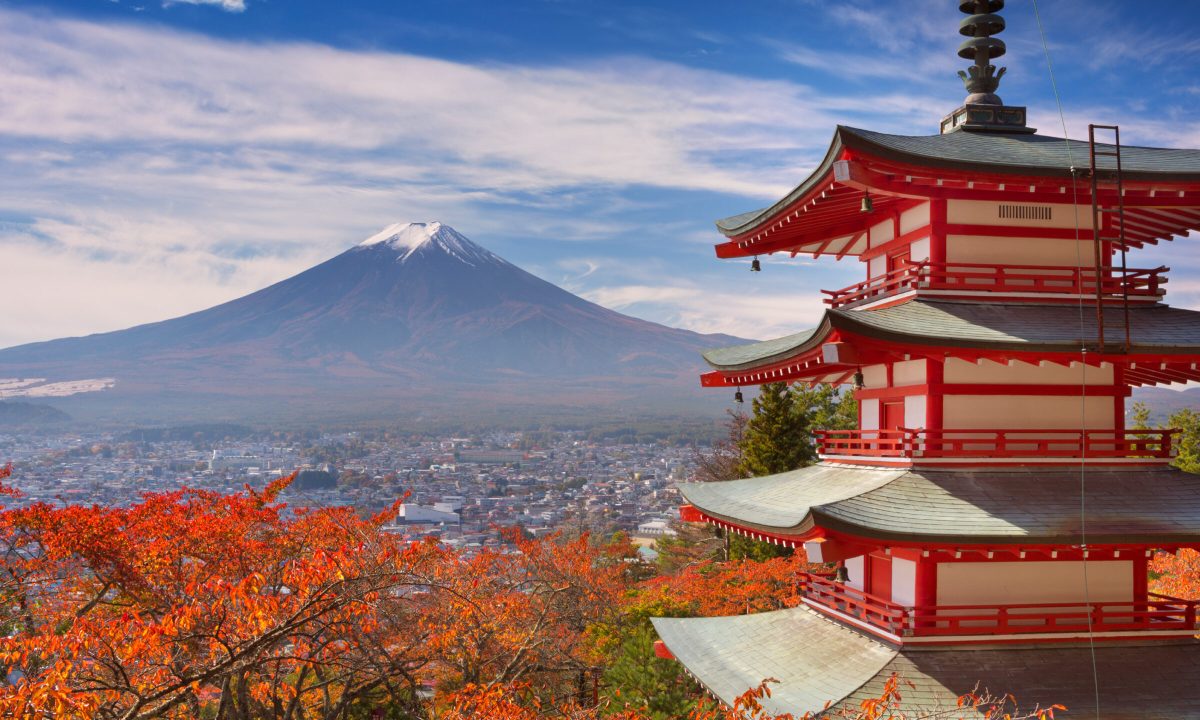
Japan, renowned for its harmonious blend of ancient traditions and cutting-edge modernity, is rightly celebrated as one of the most stunning destinations in the world. With its breathtaking landscapes, rich cultural heritage, and unique experiences, Japan offers an unforgettable journey for every traveler. Let’s explore the distinctive features, must-do activities, and top places to visit in this captivating country.
Japan’s allure lies in its stunning natural beauty, from serene gardens and majestic mountains to bustling cities and historical landmarks. The country’s commitment to preserving its traditions while embracing innovation makes it an unparalleled destination.
- Cultural Richness: A captivating blend of ancient temples, traditional ceremonies, and vibrant festivals.
- Technological Innovation: Cutting-edge technology and futuristic cities like Tokyo and Osaka.
- Natural Beauty: From cherry blossoms and bamboo forests to volcanic landscapes and pristine beaches.
- Culinary Excellence: World-renowned cuisine, including sushi, ramen, tempura, and kaiseki dinners.
- Seasonal Highlights: Each season offers unique attractions, from spring cherry blossoms to autumn foliage and winter snow festivals.
- Visit Historic Temples and Shrines: Explore iconic sites like Kyoto’s Fushimi Inari Shrine, Nara’s Todai-ji Temple, and Tokyo’s Senso-ji Temple.
- Indulge in Japanese Cuisine: Savor traditional dishes such as sushi, sashimi, ramen, and kaiseki, and experience a traditional tea ceremony.
- Experience Japanese Baths (Onsen): Relax in natural hot springs in places like Beppu, Hakone, and the Japanese Alps.
- Wander Through Japanese Gardens: Visit tranquil gardens like Kenroku-en in Kanazawa, Ritsurin Garden in Takamatsu, and Koraku-en in Okayama.
- Explore Futuristic Cities: Discover Tokyo’s vibrant neighborhoods, Osaka’s dynamic street food scene, and the high-tech wonders of Yokohama.
- Attend Festivals: Experience the magic of Japanese festivals like Kyoto’s Gion Matsuri, Hokkaido’s Sapporo Snow Festival, and Tokyo’s Cherry Blossom Festivals.
- Ride the Shinkansen (Bullet Train): Travel swiftly across the country on the world-famous shinkansen, enjoying scenic views along the way.
- Shop in Traditional Markets: Explore bustling markets like Tsukiji Fish Market in Tokyo and Nishiki Market in Kyoto.
- Hike in Nature: Hike scenic trails such as the Kumano Kodo pilgrimage route and the Japanese Alps.
- Stay in a Ryokan: Enjoy traditional hospitality in a ryokan, complete with tatami rooms, futon beds, and multi-course kaiseki meals.
Historical and Cultural Sites
- Kyoto: The cultural heart of Japan, known for its exquisite temples, traditional tea houses, and beautiful gardens. Must-visit sites include Kinkaku-ji (Golden Pavilion), Gion District, and Arashiyama Bamboo Grove.
- Nara: Home to some of Japan’s oldest temples and the friendly deer of Nara Park. Key attractions include Todai-ji Temple and Kasuga Taisha Shrine.
- Himeji: Famous for Himeji Castle, a UNESCO World Heritage site and one of Japan’s most spectacular castles.
- Nikko: Renowned for its lavishly decorated Toshogu Shrine and beautiful natural surroundings, including Lake Chuzenji and Kegon Falls.
Modern and Cosmpolitan Hubs
- Tokyo: Japan’s bustling capital, offering everything from historic temples and bustling markets to modern skyscrapers and cutting-edge technology. Key districts to explore include Shibuya, Shinjuku, and Asakusa.
- Osaka: Known for its vibrant nightlife and culinary scene. Don’t miss Dotonbori’s neon lights, Universal Studios Japan, and Osaka Castle.
- Yokohama: A dynamic port city with attractions like Minato Mirai 21, Cup Noodles Museum, and Sankeien Garden.
- Nagoya: A commercial hub with attractions such as Nagoya Castle, the Toyota Museum, and Atsuta Shrine.
Natural Wonders
- Mount Fuji: Japan’s iconic and tallest peak, offering hiking trails, scenic views, and the nearby Fuji Five Lakes region.
- Hokkaido: Known for its stunning natural beauty, including the flower fields of Furano, the hot springs of Noboribetsu, and the wilderness of Shiretoko National Park.
- Okinawa: A tropical paradise with beautiful beaches, coral reefs, and a unique culture distinct from mainland Japan.
- Kamakura: Coastal city known for the Great Buddha, serene temples, and hiking trails.
Coastal and Island Retreats
- Miyajima Island: Famous for the Itsukushima Shrine and its floating torii gate. The island also offers beautiful nature trails and the friendly deer of Miyajima.
- Shikoku: Known for the 88 Temple Pilgrimage route and beautiful natural parks like Iya Valley.
- Naoshima: An art island featuring contemporary art museums, installations, and sculptures set in a stunning natural environment.
- Language: While Japanese is the official language, English is widely spoken in tourist areas. Learning basic Japanese phrases can greatly enhance your travel experience.
- Currency: The Japanese Yen (JPY) is the local currency. Credit cards are accepted in many places, but carrying cash is essential for smaller transactions and rural areas.
- Transportation: Japan’s public transportation system is efficient and reliable. The Japan Rail Pass is a cost-effective option for traveling long distances via shinkansen.
- Weather: Japan’s climate varies by region. Pack accordingly and be prepared for rainy seasons, especially during summer.
- Dining Etiquette: Be mindful of Japanese dining customs, such as saying “itadakimasu” before meals and not tipping in restaurants.
- Respect Local Customs: Always remove your shoes when entering homes, ryokan, and certain temples. Respect queuing etiquette, especially in public transportation.
- Peak Travel Seasons: The best times to visit are during spring (March to May) for cherry blossoms and autumn (September to November) for fall foliage.
- Advance Bookings: Popular attractions and accommodations can fill up quickly, especially during peak seasons. Making reservations in advance is recommended.
- Cultural Sensitivity: Be respectful when visiting temples and shrines. Follow the rules for photography, dress modestly, and maintain a quiet demeanor.
- Technology: Free Wi-Fi is widely available in cities, and portable Wi-Fi devices are convenient for travelers. Mobile apps like Google Maps and Hyperdia are helpful for navigation and transportation.
Japan is a harmonious blend of timeless traditions and modern wonders. Each region offers unique experiences, from serene cultural ceremonies to the neon-lit streets of its vibrant cities. Embark on your journey to uncover why Japan is celebrated as one of the most breathtaking countries on the planet.
7. Greece

Greece, celebrated for its ancient ruins, stunning islands, and rich cultural heritage, is undoubtedly one of the most enchanting destinations on Earth. Whether you seek historical exploration, idyllic beaches, or vibrant nightlife, Greece offers diverse and unforgettable experiences. Let’s explore the unique features, top activities, and must-visit places in this mesmerizing country.
Greece’s allure lies in its harmonious blend of ancient history, breathtaking landscapes, and vibrant culture. From the majestic Parthenon in Athens to the crystal-clear waters of the Aegean Sea, Greece captivates every traveler.
- Historical Richness: Home to ancient landmarks, including UNESCO World Heritage Sites such as the Acropolis, Delphi, and the Palace of Knossos.
- Stunning Islands: Over 6,000 islands and islets, each offering unique landscapes, beautiful beaches, and charming villages.
- Vibrant Culture: Rich traditions, music, dance, and festivals, reflecting Greece’s long and storied history.
- Exquisite Cuisine: World-famous Mediterranean cuisine, featuring dishes like moussaka, souvlaki, and fresh seafood.
- Breathtaking Scenery: Pristine beaches, rugged mountains, lush valleys, and picturesque sunsets.
- Explore Ancient Ruins: Discover historical sites such as the Acropolis in Athens, the Temple of Apollo at Delphi, and the ancient theater of Epidaurus.
- Island Hopping: Sail across the Aegean and Ionian Seas, visiting islands like Santorini, Mykonos, Crete, and Rhodes.
- Enjoy Greek Cuisine: Savor traditional dishes such as moussaka, tzatziki, spanakopita, and grilled octopus. Don’t miss a Greek wine tasting experience.
- Relax on Beaches: Unwind on beautiful beaches like Navagio Beach in Zakynthos, Elafonissi Beach in Crete, and Myrtos Beach in Kefalonia.
- Visit Monasteries: Explore the monasteries of Meteora, perched atop towering rock pillars, offering breathtaking views and spiritual tranquility.
- Attend Cultural Festivals: Experience Greek festivals such as the Athens Epidaurus Festival, Thessaloniki International Film Festival, and local island festivals.
- Wander Through Traditional Villages: Stroll through charming villages like Oia in Santorini, Pyrgi in Chios, and Lindos in Rhodes.
- Hike and Trek: Hike scenic trails like the Samaria Gorge in Crete, Mount Olympus, and the Vikos Gorge in Epirus.
- Experience Nightlife: Enjoy vibrant nightlife in Mykonos, Athens, and Thessaloniki, featuring lively bars, clubs, and beach parties.
- Dive and Snorkel: Explore underwater treasures in the crystal-clear waters of the Aegean and Ionian Seas.
Historical and Cultural Sites
- Athens: The capital city, known for its ancient landmarks, including the Acropolis, Parthenon, and Ancient Agora. Explore the modern side with vibrant neighborhoods like Plaka and Monastiraki.
- Delphi: An archaeological site on the slopes of Mount Parnassus, home to the Temple of Apollo and the ancient Oracle of Delphi.
- Olympia: The birthplace of the Olympic Games, featuring ancient ruins such as the Temple of Zeus and the ancient stadium.
- Knossos, Crete: The largest Bronze Age archaeological site on Crete, linked to the legend of the Minotaur and the labyrinth.
Scenic and Island Retreats
- Santorini: Famous for its white-washed buildings, stunning sunsets, and volcanic beaches. Explore the towns of Fira and Oia, and visit the ancient ruins of Akrotiri.
- Mykonos: Known for its vibrant nightlife, beautiful beaches, and traditional Cycladic architecture. Highlights include Little Venice, the Windmills, and Paradise Beach.
- Crete: Greece’s largest island, offering diverse landscapes, historic sites, and charming towns. Must-visit spots include Chania, Rethymno, and the Samaria Gorge.
- Rhodes: An island rich in history with medieval architecture, beautiful beaches, and the ancient city of Kamiros. Don’t miss the Palace of the Grand Master and Lindos Acropolis.
Coastal and Beach Destinations
- Zakynthos: Home to the iconic Navagio Beach (Shipwreck Beach), as well as Blue Caves and vibrant nightlife in Laganas.
- Corfu: Known for its lush landscapes, serene beaches, and historic Old Town, a UNESCO World Heritage site.
- Naxos: The largest of the Cyclades islands, offering pristine beaches, ancient ruins, and traditional villages. Visit the Temple of Apollo and the Old Town.
- Milos: Famous for its stunning rock formations and clear waters. Explore unique beaches like Sarakiniko and Kleftiko.
- Language: Greek is the official language, but English is widely spoken in tourist areas. Learning basic Greek phrases can enrich your travel experience.
- Currency: The Euro (EUR) is the official currency. Credit and debit cards are widely accepted, but having cash on hand is useful for smaller transactions and remote areas.
- Transportation: Ferries are a popular way to travel between islands. Buses and trains are efficient on the mainland. Renting a car or scooter is ideal for exploring local regions.
- Weather: Greece enjoys a Mediterranean climate. Summers are hot and dry, so pack lightweight clothing and sun protection. Spring (April to June) and autumn (September to October) offer milder weather and fewer crowds.
- Dining Etiquette: Meals are relaxed affairs. Tipping is appreciated but not obligatory. It’s customary to share dishes and enjoy leisurely dining.
- Respect Local Customs: Dress modestly when visiting churches and monasteries. Greek people value hospitality, so politeness and gratitude are highly regarded.
- Peak Travel Seasons: The best times to visit are during the shoulder seasons of spring and autumn, when the weather is pleasant, and attractions are less crowded.
- Advance Bookings: Popular attractions, ferries, and accommodations can fill up quickly, especially during peak season (July to August). Making reservations in advance is recommended.
- Local Festivals: Engage in local customs and festivals to experience Greek culture authentically. Participation in events like traditional dances and feasts is often welcomed.
- Safety: Greece is generally safe, but always stay aware of your surroundings, especially in crowded tourist areas. Keep your belongings secure and follow local advice.
Greece is a symphony of history, culture, and natural beauty. Every region tells a story, from the ancient ruins of Athens to the sun-drenched islands. Embark on your journey to discover why Greece is celebrated as one of the most captivating countries in the world.
8. France
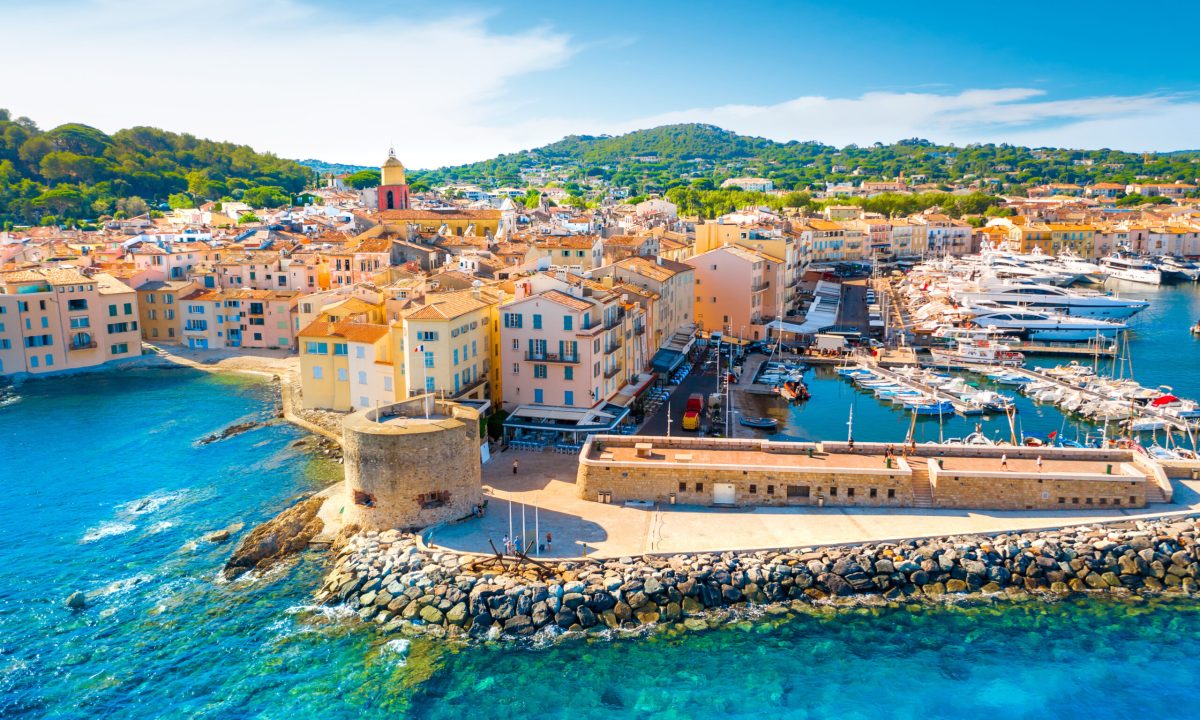
France, renowned for its exquisite cuisine, rich history, and stunning landscapes, is often celebrated as one of the most enchanting destinations on Earth. Whether you seek romantic escapades, cultural exploration, or picturesque countryside, France offers a treasure trove of experiences. Let’s delve into the unique features, must-do activities, and top places to visit in this fascinating country.
France’s allure lies in its blend of historical grandeur, artistic heritage, and diverse natural beauty. From the iconic Eiffel Tower to the lavender fields of Provence, France captivates every traveler.
- Historical Landmarks: Home to iconic sites such as the Eiffel Tower, Notre-Dame Cathedral, and the Palace of Versailles.
- Artistic Heritage: Renowned art museums like the Louvre and Musée d’Orsay, and the legacy of artists like Monet, Renoir, and Van Gogh.
- Exquisite Cuisine: World-famous for its gourmet cuisine, including delicacies like croissants, escargot, foie gras, and a wide variety of cheeses and wines.
- Scenic Landscapes: Diverse landscapes ranging from the rugged coastline of Brittany to the rolling vineyards of Bordeaux and the pristine beaches of the French Riviera.
- Romantic Atmosphere: Often hailed as the “City of Love,” Paris and other regions provide the perfect backdrop for romance.
- Explore Iconic Landmarks: Visit world-renowned sites like the Eiffel Tower, Arc de Triomphe, and Mont Saint-Michel.
- Indulge in French Cuisine: Savor traditional dishes such as coq au vin, ratatouille, and crème brûlée. Partake in a wine-tasting tour in Bordeaux or Burgundy.
- Visit Art Museums: Wander through the Louvre, Musée d’Orsay, and Centre Pompidou to admire masterpieces spanning centuries.
- Relax in French Parks and Gardens: Stroll through the lavish Gardens of Versailles, Jardin des Tuileries, and Monet’s Garden in Giverny.
- Explore the Countryside: Discover the charming villages of Provence, the scenic vineyards of Loire Valley, and the picturesque towns of Alsace.
- Enjoy the French Riviera: Relax on the beautiful beaches of Cannes, Nice, and Saint-Tropez. Explore the glamorous promenades and vibrant nightlife.
- Attend Festivals: Experience events like the Cannes Film Festival, Bastille Day celebrations, and Fête de la Musique.
- Shop in Fashion Capitals: Explore high-end boutiques and designer stores in Paris, particularly along the Champs-Élysées and Rue du Faubourg Saint-Honoré.
- Cruise the Seine River: Enjoy a romantic cruise along the Seine, taking in views of Paris’ illuminated landmarks.
Historical and Cultural Sites
- Paris: The capital city, known for the Eiffel Tower, Notre-Dame Cathedral, and countless museums and galleries. Visit charming neighborhoods like Montmartre and Le Marais.
- Versailles: Home to the opulent Palace of Versailles, a symbol of royal extravagance and a UNESCO World Heritage site.
- Normandy: Visit the D-Day landing beaches, the historic town of Bayeux, and the stunning Mont Saint-Michel.
- Lyon: Renowned for its Renaissance architecture, vibrant culinary scene, and the historic district of Vieux Lyon.
Scenic and Countryside Retreats
- Provence: Famous for its lavender fields, olive groves, and charming villages like Gordes and Roussillon. Explore Avignon and the historic Pope’s Palace.
- Loire Valley: Known as the “Garden of France,” featuring beautiful châteaux like Château de Chambord, Château de Chenonceau, and rolling vineyards.
- Bordeaux: A wine lover’s paradise, offering world-class wineries, stunning architecture, and the vibrant city center.
- Alsace: A picturesque region with charming half-timbered houses, beautiful vineyards, and the enchanting town of Colmar.
Coastal and Beach Destinations
- French Riviera: The glamorous Côte d’Azur, home to luxurious resorts, stunning beaches, and vibrant nightlife in cities like Nice, Cannes, and Saint-Tropez.
- Normandy Coast: Beautiful coastline with historic significance, including the cliffs of Étretat and the picturesque ports of Honfleur.
- Corsica: An island offering breathtaking beaches, rugged mountains, and a blend of French and Italian cultures. Explore towns like Ajaccio and Bonifacio.
Mountain and Natural Wonders
- Chamonix-Mont-Blanc: A renowned alpine town, perfect for skiing, mountaineering, and stunning views of Mont Blanc.
- Pyrenees: A mountain range with beautiful scenery, ideal for hiking, skiing, and exploring charming villages.
- Gorges du Verdon: Known as the “Grand Canyon of Europe,” offering opportunities for hiking, kayaking, and enjoying dramatic landscapes.
- Language: French is the official language. While English is commonly spoken in tourist areas, learning basic French phrases can enhance your experience.
- Currency: The Euro (EUR) is the official currency. Credit and debit cards are widely accepted, but having some cash is useful for smaller transactions and remote areas.
- Transportation: France has an efficient public transportation system, including high-speed trains (TGV). Renting a car is ideal for exploring the countryside.
- Weather: The climate varies; pack accordingly. Summers can be hot, especially in the south, while winters are cold, particularly in the mountains.
- Dining Etiquette: Meals are typically leisurely. Tipping is appreciated but not obligatory, as service charges are often included in the bill.
- Respect Local Customs: French people value politeness and formality. A friendly greeting and use of “bonjour” or “bonsoir” are important.
- Peak Travel Seasons: The best times to visit are during the shoulder seasons (spring and autumn), when the weather is pleasant and attractions are less crowded.
- Advance Bookings: Popular attractions and restaurants can be busy, especially in peak season. Making reservations in advance is recommended.
- Local Markets: Experience authentic French life by visiting local markets like Marché Bastille in Paris or Cours Saleya in Nice.
- Safety: France is generally safe, but stay aware of your surroundings, especially in crowded tourist areas. Keep your belongings secure and follow local advice.
France is a symphony of history, culture, and natural beauty. Each region offers a unique charm, from the romantic streets of Paris to the scenic vineyards of the Loire Valley. Embark on your journey to discover why France is celebrated as one of the most captivating countries in the world.
9. Australia
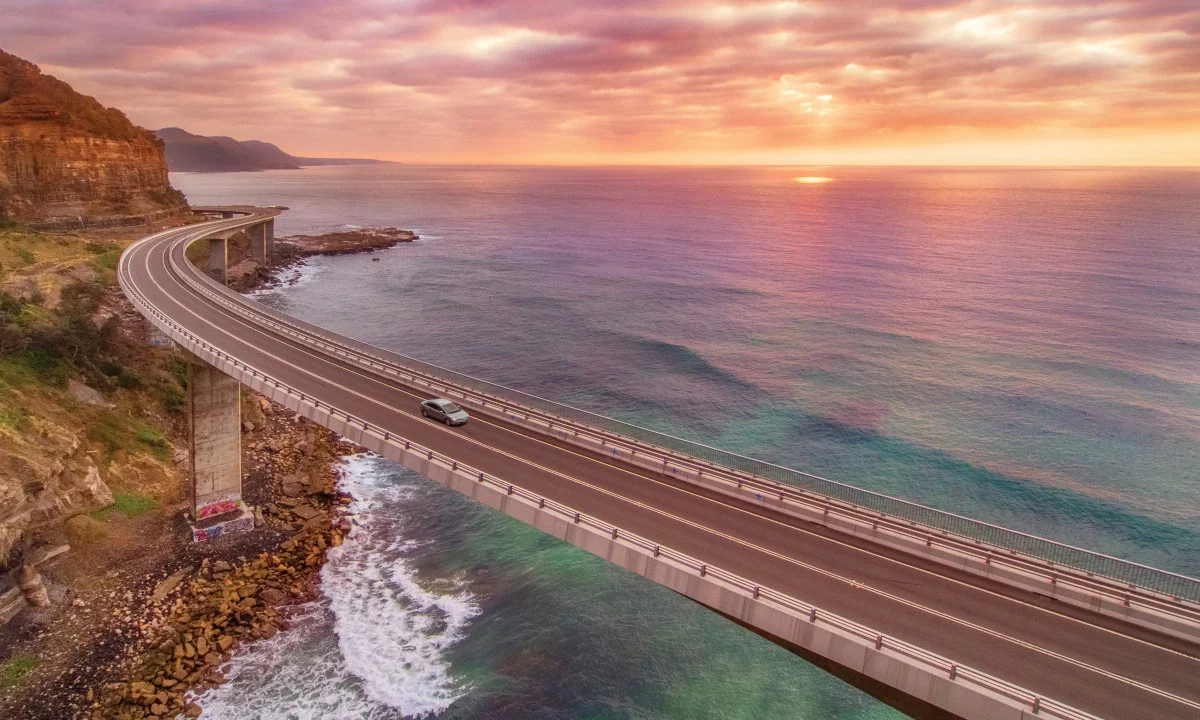
Australia, renowned for its diverse ecosystems, vibrant cities, and rich cultural heritage, stands as one of the most captivating destinations on Earth. Whether you’re drawn to the iconic landmarks, stunning coastlines, or indigenous culture, Australia offers a wealth of experiences. Let’s explore the unique features, top activities, and must-visit places in this breathtaking country.
Australia’s allure lies in its spectacular natural beauty, bustling urban centers, and unique wildlife. From the Great Barrier Reef to the Sydney Opera House, the country offers diverse attractions for every traveler.
- Spectacular Landscapes: Home to diverse terrains, including rainforests, deserts, mountains, and beaches.
- Unique Wildlife: Known for its unique fauna, such as kangaroos, koalas, emus, and diverse marine life.
- Vibrant Cities: Cosmopolitan cities with world-class dining, shopping, and cultural activities.
- Rich Indigenous Culture: A deep Aboriginal cultural heritage that dates back over 60,000 years.
- Outdoor Adventures: Renowned for outdoor activities like surfing, scuba diving, hiking, and wildlife watching.
- Snorkel the Great Barrier Reef: Explore the world’s largest coral reef system, teeming with marine life and vibrant coral.
- Tour Iconic Landmarks: Visit the Sydney Opera House and Harbour Bridge, explore the historic Melbourne laneways, and see the Parliament House in Canberra.
- Experience Aboriginal Culture: Learn about Aboriginal history, art, and traditions through guided tours, cultural centers, and festivals.
- Hike in National Parks: Hike scenic trails in parks like Kakadu, Blue Mountains, and Daintree Rainforest.
- Relax on Beautiful Beaches: Unwind on famous beaches like Bondi Beach in Sydney, Whitehaven Beach in the Whitsundays, and Cable Beach in Broome.
- Wine Tasting: Enjoy wine tasting in renowned regions like Barossa Valley, Hunter Valley, and Margaret River.
- Wildlife Encounters: Visit wildlife sanctuaries and parks to see kangaroos, koalas, platypuses, and other native species.
- Adventure Sports: Go surfing in Byron Bay, skydiving over the Great Ocean Road, or white-water rafting in Tasmania.
- Outback Exploration: Experience the rugged beauty of the Outback, explore Uluru (Ayers Rock), and learn about the unique landscapes and cultures.
- Attend Festivals: Join in the fun of events like Sydney’s Vivid Light Festival, Melbourne’s International Comedy Festival, and Adelaide’s Fringe Festival.
Natural Wonders and National Parks
- Great Barrier Reef, Queensland: A UNESCO World Heritage site and the largest coral reef system in the world, offering unparalleled snorkeling and diving experiences.
- Uluru-Kata Tjuta National Park, Northern Territory: Famous for the iconic Uluru (Ayers Rock) and the Olgas, offering unique cultural experiences and stunning vistas.
- Daintree Rainforest, Queensland: The world’s oldest tropical rainforest, home to diverse plant and animal species.
- Blue Mountains, New South Wales: Known for its breathtaking scenery, eucalyptus forests, and the iconic Three Sisters rock formation.
Cities and Cultural Hubs
- Sydney: Australia’s largest city, known for the Sydney Opera House, Harbour Bridge, Bondi Beach, and vibrant city life. Explore neighborhoods like The Rocks and Darling Harbour.
- Melbourne: Renowned for its arts and culture scene, laneways, and coffee culture. Key attractions include Federation Square, the National Gallery of Victoria, and Queen Victoria Market.
- Brisbane: A sunny, laid-back city with attractions like South Bank Parklands, Lone Pine Koala Sanctuary, and the Queensland Art Gallery.
- Canberra: The capital city, offering cultural institutions like the Australian War Memorial, Parliament House, and the National Gallery of Australia.
Coastal and Island Getaways
- Whitsunday Islands, Queensland: A paradise of 74 islands offering pristine beaches, sailing, and snorkelling in the Great Barrier Reef.
- Tasmania: An island state known for its rugged wilderness, historic sites, and stunning landscapes like Cradle Mountain and Freycinet National Park.
- Great Ocean Road, Victoria: A scenic coastal drive featuring the Twelve Apostles, charming seaside towns, and stunning ocean views.
- Kangaroo Island, South Australia: Known for its abundant wildlife, pristine beaches, and unique rock formations like Remarkable Rocks.
Outback and Inland Adventures
- Alice Springs, Northern Territory: A gateway to the Red Centre, offering cultural experiences, desert landscapes, and adventures like the Larapinta Trail.
- Darwin, Northern Territory: A tropical city with a vibrant multicultural community, gateway to Kakadu National Park and Litchfield National Park.
- Broome, Western Australia: Famous for its Cable Beach sunsets, pearling history, and as a gateway to the Kimberley region.
- Language: English is the official language. Australians use numerous colloquialisms and slang, so it’s fun to learn a few local phrases.
- Currency: The Australian Dollar (AUD) is the official currency. Credit and debit cards are widely accepted, but carrying some cash is useful for small transactions.
- Transportation: Australia is vast; flying is the most practical way to cover long distances. Renting a car is ideal for exploring regions. Public transport is efficient in cities.
- Weather: Australia’s climate varies widely; summers (December to February) can be hot, especially in the north. Winters (June to August) are mild in the south but cold in the alpine regions.
- Outdoor Safety: Be mindful of wildlife, especially insects and marine animals like jellyfish. Follow safety guidelines for hiking, swimming, and exploring remote areas.
- Dining Etiquette: Dining in Australia is relaxed. Tipping is not mandatory but appreciated for excellent service.
- Peak Travel Seasons: Summer is peak season, especially for beach destinations. Spring (September to November) and autumn (March to May) offer pleasant weather and fewer crowds.
- Advance Bookings: Popular attractions, tours, and accommodations can fill up quickly during peak season. Making reservations in advance is recommended.
- Respect Local Customs: Australia values its multicultural society. Show respect for different cultures, including Indigenous communities, and follow local etiquette.
- Environmental Responsibility: Australia places a strong emphasis on conservation. Practice responsible tourism by minimizing waste, using water responsibly, and adhering to park guidelines.
Australia is a land of natural wonders, vibrant cities, and rich cultural heritage. Each region offers unique experiences, from the golden beaches of the coast to the rugged beauty of the outback. Embark on your journey to discover why Australia is celebrated as one of the most stunning countries in the world.
10. Norway
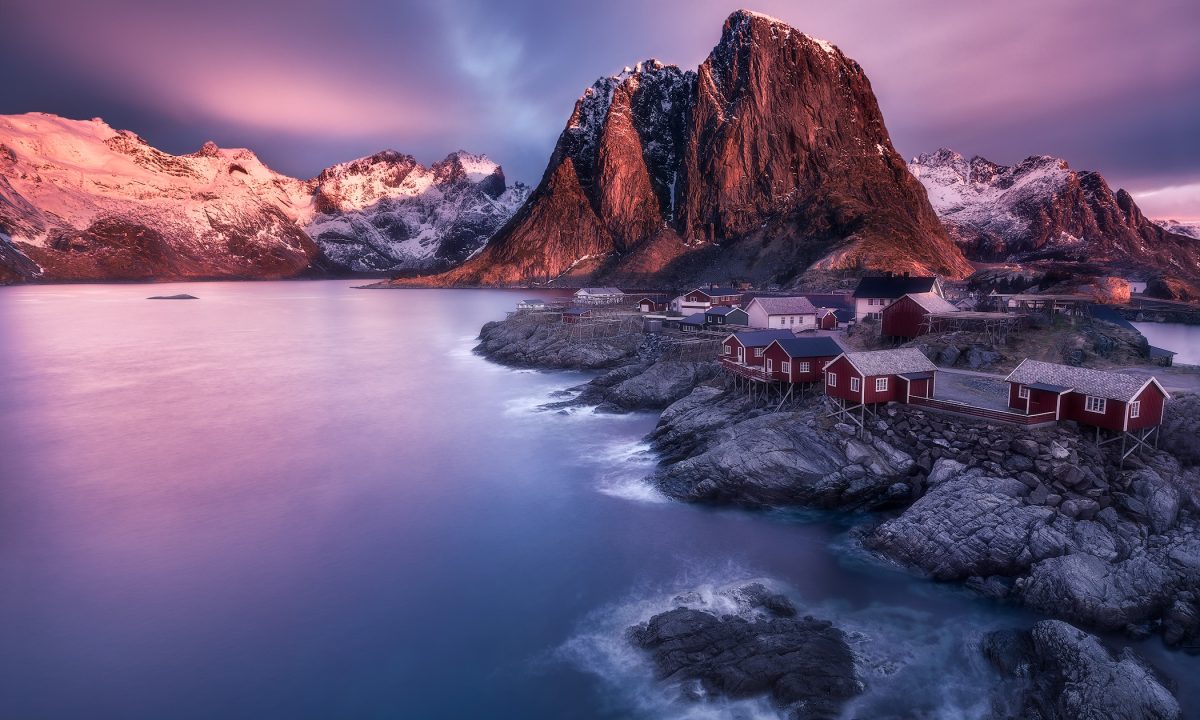
Norway, with its breathtaking fjords, stunning Northern Lights, and rich cultural heritage, stands as one of the most awe-inspiring destinations on Earth. Whether you’re drawn to its dramatic landscapes, charming cities, or outdoor adventures, Norway offers a wealth of unforgettable experiences. Let’s explore the unique features, top activities, and must-visit places in this extraordinary country.
Norway’s allure lies in its stunning natural beauty, from the Arctic wilderness to majestic fjords and enchanting coastal towns. The country is also known for its high quality of life, Viking heritage, and commitment to environmental sustainability.
- Spectacular Fjords: Home to some of the world’s most stunning fjords, including Geirangerfjord and Nærøyfjord, both UNESCO World Heritage Sites.
- Northern Lights: One of the best places on Earth to witness the magical Aurora Borealis.
- Viking Heritage: Rich history and heritage, with numerous museums and historical sites dedicated to the Viking era.
- High Quality of Life: Known for its robust social welfare system, high levels of happiness, and clean cities.
- Natural Wonders: Majestic landscapes, including waterfalls, mountains, and pristine national parks.
- Witness the Northern Lights: Travel to Tromsø, Lofoten Islands, or Svalbard to catch a glimpse of the captivating Aurora Borealis.
- Cruise the Fjords: Take a scenic cruise through Norway’s iconic fjords, such as Geirangerfjord and Sognefjord, and marvel at the dramatic landscapes.
- Explore Viking History: Visit the Viking Ship Museum in Oslo, the Lofotr Viking Museum, and historical sites like Tønsberg.
- Hike in National Parks: Discover the beauty of Jotunheimen, Rondane, and Hardangervidda National Parks, offering scenic trails and abundant wildlife.
- Experience Midnight Sun: Venture to Northern Norway during summer to experience the phenomenon of the Midnight Sun, where the sun never sets.
- City Breaks: Explore the vibrant cities of Oslo, Bergen, and Stavanger, each offering unique cultural attractions, dining, and shopping experiences.
- Winter Sports: Enjoy skiing, snowboarding, and dog sledding in premier destinations like Lillehammer, Trysil, and Hemsedal.
- Visit Traditional Fishing Villages: Wander through picturesque coastal towns like Reine in Lofoten and Henningsvær.
- Kayaking and Canoeing: Paddle through serene fjords, lakes, and rivers for a unique perspective of Norway’s landscapes.
- Attend Festivals: Experience local culture through festivals such as Bergen International Festival, Norway’s Constitution Day, and the Northern Lights Festival.
Iconic Fjords and Natural Wonders
- Geirangerfjord: A UNESCO World Heritage site known for its dramatic landscapes, waterfalls, and serene beauty.
- Nærøyfjord: Another UNESCO-listed fjord, noted for its narrow, steep cliffs and stunning scenery.
- Preikestolen (Pulpit Rock): A famous cliff offering breathtaking views over the Lysefjord.
- Trolltunga: A dramatic rock formation jutting out over Lake Ringedalsvatnet, popular for hiking and stunning vistas.
- Jotunheimen National Park: Known as the “Home of the Giants,” offering incredible hiking trails and Norway’s highest peaks.
Cities and Cultural Hubs
- Oslo: The capital city, home to the Royal Palace, Akershus Fortress, and world-class museums like the Munch Museum and the Viking Ship Museum.
- Bergen: A charming city known for its colorful wooden houses, historic Bryggen Wharf, and proximity to stunning fjords.
- Trondheim: Renowned for its vibrant student population, historic Nidaros Cathedral, and the Old Town Bridge.
- Stavanger: Gateway to the Lysefjord and Preikestolen, with a charming old town and vibrant cultural scene.
Coastal and Scenic Destinations
- Lofoten Islands: An archipelago known for its dramatic landscapes, fishing villages, and stunning beaches.
- Svalbard: An Arctic archipelago offering unique wildlife encounters, including polar bears and Arctic foxes, and the Northern Lights.
- Tromsø: Known as the “Gateway to the Arctic,” famous for its Northern Lights viewing, Arctic Cathedral, and midnight sun.
- Ålesund: A picturesque coastal town renowned for its Art Nouveau architecture and stunning views of surrounding islands and fjords.
Historical and Cultural Sites
- Viking Ship Museum, Oslo: Home to well-preserved Viking ships and artifacts.
- Bryggen, Bergen: A UNESCO World Heritage site showcasing historic Hanseatic buildings.
- Heddal Stave Church: Norway’s largest stave church, an excellent example of traditional wooden architecture.
- Language: Norwegian is the official language, but English is widely spoken. Learning basic Norwegian phrases can be appreciated by locals.
- Currency: The Norwegian Krone (NOK) is the official currency. Credit and debit cards are widely accepted, but having some cash is useful for small transactions.
- Transportation: Norway has an efficient public transportation system, including extensive train and bus networks. Renting a car is ideal for exploring remote areas.
- Weather: Norway’s climate varies; pack accordingly. Winters can be very cold, especially in the north, while summers are mild and pleasant.
- Dining Etiquette: Meals are generally formal affairs. Tipping is not mandatory but appreciated for excellent service.
- Respect Local Customs: Norwegians value their natural environment; practice responsible tourism by minimizing waste, using water responsibly, and adhering to park guidelines.
- Peak Travel Seasons: The best times to visit are during summer (June to August) for mild weather and winter (December to March) for winter sports and the Northern Lights.
- Advance Bookings: Popular attractions, tours, and accommodations can fill up quickly, especially during peak season. Making reservations in advance is recommended.
- Outdoor Safety: Always follow safety guidelines when hiking or engaging in outdoor activities. Check weather conditions and carry necessary gear.
- Wildlife Responsibility: Observe wildlife from a respectful distance and avoid feeding animals. Follow local guidelines to ensure wildlife safety and conservation.
Norway is a land of ethereal beauty, rich history, and vibrant culture. Each region offers unique experiences, from the serene fjords to the vibrant cities. Embark on your journey to discover why Norway is celebrated as one of the most enchanting countries in the world.
11. United States

The United States, with its vast landscapes, bustling cities, and diverse cultures, stands as one of the most extraordinary destinations on Earth. Whether you seek natural wonders, historical landmarks, or vibrant arts scenes, the U.S. offers a multitude of experiences. Let’s explore the unique features, top activities, and must-visit places in this captivating country.
The allure of the United States lies in its diverse geography, rich cultural landscape, and iconic landmarks. From the Grand Canyon to Times Square, the country’s varied attractions inspire awe.
- Diverse Landscapes: Home to stunning natural wonders including mountains, deserts, forests, and coastlines.
- Cultural Melting Pot: A blend of cultures resulting in a rich tapestry of traditions, cuisines, and festivals.
- Historic Landmarks: Sites of historical significance, reflecting the country’s storied past.
- Modern Metropolises: World-famous cities with vibrant arts, entertainment, and culinary scenes.
- Outdoor Adventures: Renowned for outdoor activities like hiking, skiing, surfing, and wildlife watching.
- Explore National Parks: Visit iconic parks like Yosemite, Yellowstone, and the Grand Canyon for hiking, camping, and breathtaking views.
- Iconic City Experiences: Wander through New York City’s Central Park, explore the bustling streets of San Francisco, and enjoy the entertainment in Las Vegas.
- Cultural Festivals: Attend festivals such as Mardi Gras in New Orleans, Coachella in California, and SXSW in Austin.
- Scenic Drives: Take a road trip along the Pacific Coast Highway, Route 66, or the Blue Ridge Parkway.
- Beach Activities: Relax on the pristine beaches of Hawaii, California, and Florida. Enjoy surfing, snorkeling, and sunbathing.
- Historical Tours: Visit landmarks like the Statue of Liberty, Mount Rushmore, and the Lincoln Memorial.
- Culinary Delights: Savor regional dishes like New England clam chowder, Southern barbecue, and Tex-Mex cuisine.
- Adventure Sports: Go white-water rafting in Colorado, skiing in the Rocky Mountains, or kayaking in the Great Lakes.
- Visit Museums and Galleries: Explore world-class institutions like the Smithsonian in Washington, D.C., the Met in New York City, and the Getty Center in Los Angeles.
- Theme Parks: Enjoy thrilling rides and attractions at Disney World in Florida, Disneyland in California, and Universal Studios.
Natural Wonders and National Parks
- Grand Canyon, Arizona: A UNESCO World Heritage site known for its immense size and stunning vistas.
- Yosemite National Park, California: Famous for its waterfalls, giant sequoias, and granite cliffs like El Capitan.
- Yellowstone National Park, Wyoming: The world’s first national park, known for its geothermal features and diverse wildlife.
- Great Smoky Mountains, Tennessee/North Carolina: A UNESCO World Heritage site with abundant plant and animal life, scenic drives, and hiking trails.
Iconic Cities and Urban Experiences
- New York City, New York: The city that never sleeps, offering landmarks like Times Square, the Statue of Liberty, and Broadway theaters.
- Los Angeles, California: Known for Hollywood, beautiful beaches, and cultural attractions like the Getty Center and Griffith Observatory.
- Chicago, Illinois: Famous for its architecture, museums, music scene, and deep-dish pizza.
- San Francisco, California: Renowned for the Golden Gate Bridge, Alcatraz Island, and vibrant neighborhoods like Chinatown and Haight-Ashbury.
Coastal and Beach Destinations
- Hawaii: An island paradise with stunning beaches, volcanic landscapes, and vibrant Hawaiian culture.
- Florida Keys, Florida: Known for crystal-clear waters, coral reefs, and relaxed island vibe.
- Maui, Hawaii: Offers beautiful beaches, the Hana Highway, and Haleakalā National Park.
- Outer Banks, North Carolina: Pristine beaches, historic sites, and unique coastal charm.
Historic and Cultural Sites
- Washington, D.C.: The nation’s capital, home to the Capitol Building, White House, and an array of museums and monuments.
- Boston, Massachusetts: Rich in American history, featuring the Freedom Trail, historic neighborhoods, and top-notch educational institutions.
- New Orleans, Louisiana: Known for its vibrant music scene, Mardi Gras celebrations, and unique Creole cuisine.
- Philadelphia, Pennsylvania: Birthplace of American independence, with historic landmarks like Independence Hall and the Liberty Bell.
- Language: English is the predominant language, but you’ll find linguistic diversity in many regions. Learning basic phrases in Spanish can be helpful in certain areas.
- Currency: The U.S. Dollar (USD) is the official currency. Credit and debit cards are widely accepted, but carrying some cash is useful for small transactions.
- Transportation: The U.S. automobile-centric culture makes renting a car a convenient option for travel, especially in national parks and rural areas. Cities have extensive public transport networks.
- Weather: The climate varies widely. Pack accordingly, from winter gear for skiing trips to beachwear for sunny coasts.
- Dining Etiquette: Tipping is customary in restaurants, typically 15-20% of the total bill.
- Respect Local Customs: The U.S. is diverse; respect local customs and cultural practices. Familiarize yourself with local laws and etiquette.
- Peak Travel Seasons: Summer (June to August) and holiday periods are peak times. Spring (March to May) and fall (September to November) offer milder weather and fewer crowds.
- Advance Bookings: Popular attractions, accommodations, and restaurants can fill up quickly, especially during peak seasons. Booking in advance is recommended.
- Safety: The U.S. is generally safe, but stay aware of your surroundings, especially in large cities and tourist areas. Keep your belongings secure and follow local advice.
- National Parks Pass: Consider purchasing an America the Beautiful Pass if you plan to visit multiple national parks; it offers unlimited access for a year.
The United States is a land of endless possibilities, where every corner offers new adventures and discoveries. From the majestic peaks of the Rockies to the bustling streets of New York City, the country’s diverse landscapes and cultures make it a compelling destination. Embark on your journey to uncover why the United States is celebrated as one of the most spectacular countries in the world.
12. South Africa
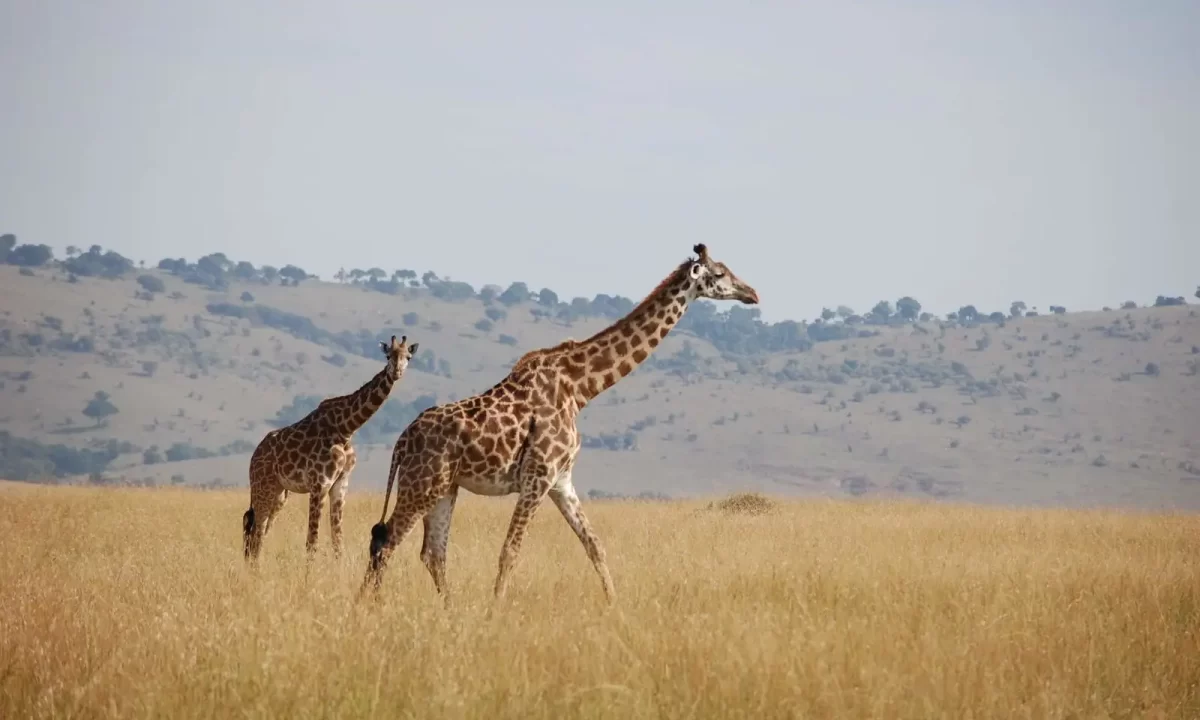
South Africa, renowned for its diverse landscapes, rich history, and vibrant cultures, stands out as one of the most breathtaking destinations on Earth. Whether you seek thrilling wildlife safaris, stunning coastal views, or exploring historical landmarks, South Africa offers a wealth of unforgettable experiences. Let’s explore the unique features, top activities, and must-visit places in this extraordinary country.
South Africa’s allure lies in its stunning natural beauty, from the iconic Table Mountain to the extensive game reserves teeming with wildlife. The country is also known for its cultural diversity, dynamic cities, and historical significance.
- Diverse Landscapes: From dramatic coastlines and rugged mountains to vast deserts and rolling vineyards.
- Abundant Wildlife: Home to the Big Five – lions, elephants, buffalo, leopards, and rhinos – in renowned national parks and game reserves.
- Rich Culture: A melting pot of cultures, reflected in vibrant music, dance, and art scenes.
- Historical Significance: Deeply significant sites tied to the apartheid era and the legacy of Nelson Mandela.
- World-Class Wine: Famous for its vineyards and premier wine regions, producing some of the world’s finest wines.
- Go on a Safari: Experience thrilling wildlife encounters in Kruger National Park, Addo Elephant National Park, and the private game reserves of Sabi Sands.
- Explore Cape Town: Ascend Table Mountain, visit the historic Robben Island, and stroll through the vibrant V&A Waterfront.
- Wine Tasting: Tour the renowned vineyards of Stellenbosch, Franschhoek, and Paarl, tasting world-class wines along the way.
- Drive the Garden Route: Take a scenic drive along this famous route, stopping at charming towns, forests, and stunning beaches.
- Discover Johannesburg: Explore cultural and historical landmarks such as the Apartheid Museum, Constitution Hill, and the vibrant Maboneng Precinct.
- Visit Cultural Villages: Immerse yourself in traditional South African culture at places like the Lesedi Cultural Village and the Shakaland Zulu Village.
- Whale Watching: Head to Hermanus for some of the world’s best land-based whale watching, particularly from June to November.
- Hiking: Hike the scenic trails of the Drakensberg Mountains, Table Mountain, and Tsitsikamma National Park.
- Relax on Beaches: Enjoy the pristine beaches of Camps Bay, Clifton, and the Wild Coast.
- Attend Festivals: Experience cultural festivals like the National Arts Festival in Grahamstown, Cape Town Jazz Festival, and Knysna Oyster Festival.
National Parks and Wildlife Reserves
- Kruger National Park: One of Africa’s largest game reserves, offering exceptional safari experiences and chances to see the Big Five.
- Addo Elephant National Park: Home to over 600 elephants, this park also includes a diverse range of wildlife and marine life.
- Sabi Sand Game Reserve: Famous for its luxury lodges and frequent Big Five sightings.
- Kgalagadi Transfrontier Park: A vast park with striking red dunes and abundant wildlife, spanning South Africa and Botswana.
Cultural and Historic Sites
- Cape Town: A vibrant city featuring Table Mountain, Robben Island, Kirstenbosch Botanical Gardens, and beautiful beaches.
- Johannesburg: The economic hub with significant historical sites like the Apartheid Museum, Mandela House, and Constitution Hill.
- Durban: Known for its Golden Mile of beaches, Indian influence, and landmarks such as uShaka Marine World and the Valley of a Thousand Hills.
- Pretoria: The administrative capital, home to the Union Buildings, Voortrekker Monument, and the National Zoological Gardens.
Coastal and Scenic Destinations
- Garden Route: A picturesque drive featuring pristine beaches, forests, and towns like Knysna, Plettenberg Bay, and George.
- Hermanus: Famous for its whale watching, beautiful beaches, and coastal walks.
- Wild Coast: A rugged stretch featuring dramatic cliffs, secluded beaches, and traditional Xhosa culture.
- Eastern Cape: Known for its diverse landscapes, from beaches and forests to the Great Karoo.
Wine Regions
- Stellenbosch: Renowned for its world-class vineyards, historic Cape Dutch architecture, and bustling town center.
- Franschhoek: A gourmet food and wine lover’s paradise with scenic vineyards and fine dining restaurants.
- Paarl: Home to expansive wine estates, offering tastings, cellar tours, and beautiful countryside.
- Language: South Africa has 11 official languages, including English, which is widely spoken. Familiarizing yourself with basic greetings in Zulu or Xhosa can enhance your experience.
- Currency: The South African Rand (ZAR) is the official currency. Credit and debit cards are widely accepted, but having some cash is useful for markets and small vendors.
- Transportation: Renting a car is a convenient way to explore, especially for the Garden Route and rural areas. Public transport is available in cities, but Uber is a popular and reliable option.
- Weather: The climate varies widely by region. Summers (November to February) are warm, especially in coastal areas, while winters (June to August) can be cool, particularly in the mountains.
- Health and Safety: Tap water is safe to drink in most urban areas. Take precautions against malaria if visiting certain game reserves. Be aware of your surroundings, particularly in large cities.
- Dining Etiquette: South Africans are known for their friendliness. Tipping is customary, typically 10-15% in restaurants.
- Respect Local Customs: Show respect for cultural practices and local traditions. Avoid discussing politically sensitive topics unless in a respectful and informed manner.
- Peak Travel Seasons: Summer (November to March) is peak tourist season, especially around Christmas and school holidays. Spring (September to November) and autumn (March to May) offer pleasant weather and fewer crowds.
- Advance Bookings: Popular safari lodges, hotels, and tours can fill up quickly, especially during peak season. Booking in advance is recommended.
- Environmental Responsibility: South Africa places a strong emphasis on conservation. Practice responsible tourism by minimizing waste, respecting wildlife, and adhering to park guidelines.
South Africa is a land of incredible diversity, offering everything from thrilling wildlife encounters to rich cultural experiences and stunning natural beauty. Each region provides a unique adventure, making it a compelling destination for any traveler. Embark on your journey to uncover why South Africa is celebrated as one of the most stunning countries in the world.
13. Peru
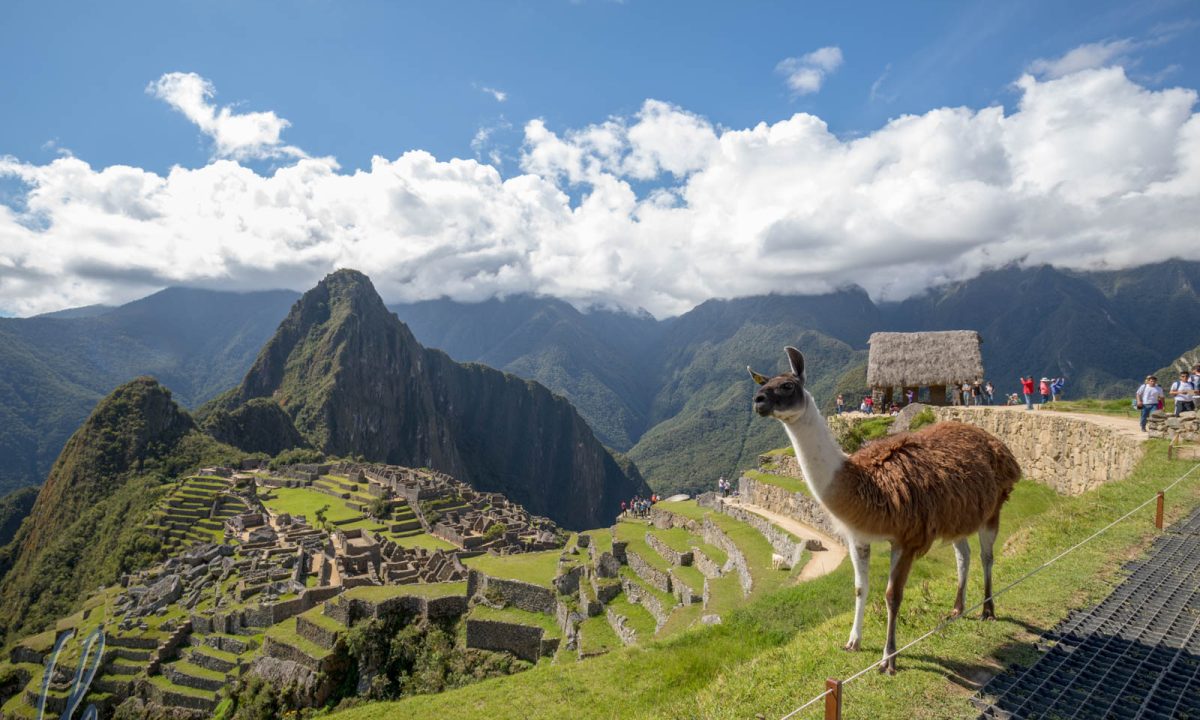
Peru, renowned for its ancient civilizations, breathtaking landscapes, and vibrant culture, is rightfully celebrated as one of the most enchanting destinations on Earth. Whether you seek historical exploration, natural beauty, or cultural immersion, Peru offers a treasure trove of unforgettable experiences. Let’s delve into the unique features, top activities, and must-visit places in this captivating country.
Peru’s allure lies in its diverse ecosystems, rich Incan heritage, and dynamic cultural traditions. From the majestic Andes Mountains to the vast Amazon Rainforest, Peru captivates every traveler.
- Rich History: Home to ancient civilizations, including the Inca Empire, with archeological treasures such as Machu Picchu and the Nazca Lines.
- Diverse Landscapes: Featuring dramatic mountain ranges, lush rainforests, vast deserts, and picturesque coastlines.
- Cultural Diversity: A vibrant mix of indigenous cultures, Spanish influence, and modern urban life.
- Unique Wildlife: A haven for biodiversity, particularly in the Amazon Rainforest.
- Gastronomic Excellence: Renowned globally for its culinary innovation, including dishes like ceviche and lomo saltado.
- Explore Machu Picchu: Visit the iconic Incan citadel, perched high in the Andes and discover its historical significance.
- Trek the Inca Trail: Embark on this famous hike, offering stunning vistas and leading to the gates of Machu Picchu.
- Discover Lima: Explore the capital city’s historic center, vibrant neighborhoods like Miraflores and Barranco, and its renowned culinary scene.
- Visit the Sacred Valley: Explore the fertile valley, filled with Incan ruins, traditional markets, and picturesque landscapes.
- Cruise the Amazon River: Experience the biodiversity of the Amazon Rainforest with river cruises and lodge stays.
- Marvel at the Nazca Lines: Fly over these mysterious geoglyphs etched into the desert floor, depicting animals and shapes.
- Explore Lake Titicaca: Visit the world’s highest navigable lake, where you can explore the floating islands of the Uros people.
- Hike in Colca Canyon: Witness the depth and beauty of one of the world’s deepest canyons and spot the majestic Andean condor.
- Discover Ancient Ruins: Visit archeological sites like Chan Chan, Sacsayhuamán, and the Temple of the Sun.
- Attend Festivals: Experience traditional Peruvian festivals such as Inti Raymi in Cusco and Puno Week on Lake Titicaca.
Historical and Archeological Sites
- Machu Picchu: The legendary Incan citadel, a UNESCO World Heritage site offering breathtaking views and rich history.
- Sacred Valley: Home to significant Incan sites like Ollantaytambo, Pisac, and Moray, as well as traditional Andean villages.
- Cusco: The former capital of the Inca Empire, known for its well-preserved colonial architecture, vibrant culture, and archeological sites.
- Nazca Lines: Enigmatic geoglyphs in the desert that continue to intrigue and amaze visitors.
Natural Wonders and Scenic Landscapes
- Amazon Rainforest: Explore this vast and biodiverse region via Iquitos or Puerto Maldonado. Stay in eco-lodges and discover unique wildlife.
- Colca Canyon: One of the world’s deepest canyons, ideal for hiking, spotting condors, and experiencing traditional Andean culture.
- Lake Titicaca: The highest navigable lake in the world, known for its unique floating islands and traditional communities.
- Huascarán National Park: A breathtaking park in the Andes, offering opportunities for hiking, climbing, and witnessing stunning glacial lakes.
Cities and Cultural Hubs
- Lima: Peru’s bustling capital, known for its culinary delights, historic center, Larco Museum, and coastal districts.
- Arequipa: The “White City,” characterized by its beautiful colonial buildings made from white volcanic stone and its proximity to Colca Canyon.
- Trujillo: Known for its well-preserved colonial architecture, vibrant festivals, and nearby ancient ruins of Chan Chan and Huaca de la Luna.
- Puno: The gateway to Lake Titicaca, rich in traditional culture and folklore.
Coastal and Beach Destinations
- Paracas: Famous for the Paracas National Reserve, Ballestas Islands, and scenic coastal landscapes.
- Máncora: A popular beach destination in northern Peru, known for its surfing, sunny weather, and laid-back atmosphere.
- Huanchaco: A seaside town near Trujillo, celebrated for its surfing and traditional reed boats (caballitos de totora).
- Language: Spanish is the official language, with Quechua and Aymara widely spoken in Andean regions. Learning basic Spanish phrases can enhance your travel experience.
- Currency: The Peruvian Sol (PEN) is the official currency. Credit and debit cards are accepted in major cities, but carrying cash is useful for smaller transactions and remote areas.
- Transportation: Domestic flights are a convenient way to cover long distances. Buses are common for intercity travel, and taxis or rideshare apps are suitable for urban transport.
- Weather: The climate varies widely by region. Coastal areas are temperate, the Andes can be cold, and the Amazon is hot and humid. Pack accordingly.
- Altitude: Altitude sickness can affect travelers in high-altitude areas like Cusco and Lake Titicaca. Take it easy on arrival, stay hydrated, and consider medication if necessary.
- Dining Etiquette: Meals are generally social affairs. Tipping is customary in restaurants, typically 10%.
- Respect Local Customs: Show respect for indigenous cultures and traditions. Ask permission before photographing people, particularly in rural areas.
- Peak Travel Seasons: The best time to visit is during the dry season from May to September, especially for hiking and outdoor activities.
- Advance Bookings: Popular attractions, especially Machu Picchu, require advance reservations. Book tickets and accommodations well in advance.
- Health and Safety: Tap water is not recommended for drinking. Stay aware of your surroundings, particularly in crowded tourist areas, and follow local advice.
Peru is a land of stunning contrasts, from the heights of the Andes to the depths of the Amazon. Each region offers a unique charm, making it a compelling destination for any traveler. Embark on your journey to discover why Peru is celebrated as one of the most beautiful countries on the planet.
14. Iceland
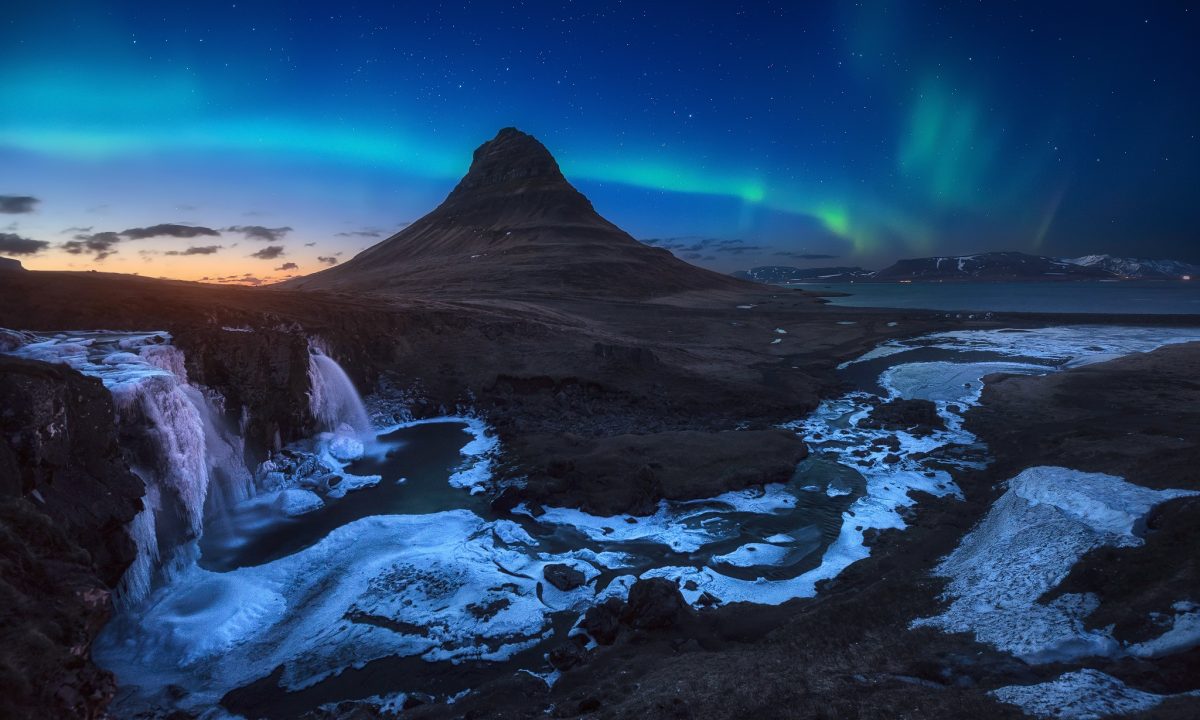
Iceland, renowned for its dramatic landscapes, natural phenomena, and rich Viking heritage, is rightly celebrated as one of the most awe-inspiring destinations on Earth. Whether you seek to witness the Northern Lights, explore volcanic terrains, or relax in geothermal spas, Iceland offers a magical array of experiences. Let’s dive into the unique features, top activities, and must-visit places in this captivating country.
Iceland’s allure lies in its otherworldly landscapes, geothermal energy, and vibrant culture. From towering waterfalls and expansive glaciers to bubbling hot springs, Iceland captivates every visitor.
- Geothermal Wonders: Home to geysers, hot springs, and volcanoes, powered by geothermal energy.
- Spectacular Landscapes: Featuring stunning waterfalls, black sand beaches, and expansive glaciers.
- Northern Lights: One of the best places in the world to witness the Aurora Borealis.
- Viking Heritage: Rich history rooted in Viking exploration and settlement, visible in cultural landmarks and traditions.
- Pristine Wilderness: Vast, untouched natural beauty offering endless outdoor adventures.
- Witness the Northern Lights: Visit during winter to see the spectacular Aurora Borealis lighting up the night sky.
- Explore the Golden Circle: A popular tourist route encompassing Thingvellir National Park, Geysir geothermal area, and Gullfoss waterfall.
- Relax in the Blue Lagoon: Soak in the iconic geothermal spa with its milky-blue waters and therapeutic properties.
- Hike on Glaciers: Experience guided glacier walks on Sólheimajökull or Vatnajökull.
- Discover Waterfalls: Visit majestic waterfalls like Seljalandsfoss, Skógafoss, and Dettifoss.
- Go Whale Watching: Head to Húsavík or Reykjavik for unforgettable whale-watching tours.
- Venture into Ice Caves: Explore enchanting ice caves in Vatnajökull during the winter months.
- Drive the Ring Road: Embark on a scenic road trip circling the island, taking in diverse landscapes and charming towns.
- Visit Black Sand Beaches: Walk along the striking black sand beaches of Reynisfjara and see the basalt sea stacks.
- Experience Reykjavik: Explore the capital city’s vibrant culture, historic sites, and lively nightlife.
Natural Wonders and National Parks
- Thingvellir National Park: A UNESCO World Heritage site where the North American and Eurasian tectonic plates meet.
- Vatnajökull National Park: One of Europe’s largest national parks, home to the Vatnajökull glacier and various stunning ice formations.
- Geysir Geothermal Area: Famous for its spouting hot springs, including the active Strokkur geyser.
- Jökulsárlón Glacier Lagoon: A breathtaking glacial lake filled with floating icebergs, located at the edge of Vatnajökull.
- Dettifoss Waterfall: Europe’s most powerful waterfall, located in the Vatnajökull National Park.
Cities and Towns
- Reykjavik: The capital city, offering cultural attractions, historic sites, and vibrant nightlife. Key highlights include Hallgrímskirkja Church, Harpa Concert Hall, and the National Museum of Iceland.
- Akureyri: The largest town in northern Iceland, known for its botanical garden, scenic fjord, and nearby skiing areas.
- Húsavík: Renowned for whale watching and the charming Húsavík Whale Museum.
- Vík í Mýrdal: A picturesque village known for its black sand beaches and Reynisdrangar sea stacks.
Coastal and Scenic Destinations
- Snæfellsnes Peninsula: Often called “Iceland in Miniature,” featuring diverse landscapes, including Snæfellsjökull volcano.
- Westfjords: A remote region with dramatic fjords, cliffs, and unspoiled natural beauty.
- Eastfjords: Known for its rugged coastline, charming fishing villages, and stunning landscapes.
- South Coast: Home to iconic sites like Seljalandsfoss, Skógafoss, and Reynisfjara.
- Language: Icelandic is the official language, but English is widely spoken. Learning basic Icelandic phrases can be appreciated by locals.
- Currency: The Icelandic Króna (ISK) is the official currency. Credit and debit cards are widely accepted, but having some cash is useful for small transactions in remote areas.
- Transportation: Renting a car is the most convenient way to explore Iceland, especially for venturing beyond Reykjavik. Be mindful of road conditions, especially in winter.
- Weather: Iceland’s weather can be unpredictable. Pack layers and prepare for sudden changes, even in summer.
- Dining Etiquette: Dining in Iceland is relaxed. Tipping is not mandatory but appreciated for excellent service.
- Respect Local Customs: Icelanders value nature and sustainability. Practice responsible tourism by minimizing waste and following park guidelines.
- Peak Travel Seasons: The best time to visit depends on your interests. Summer (June to August) offers long days and access to more remote areas, while winter (November to March) is ideal for the Northern Lights.
- Advance Bookings: Popular attractions, tours, and accommodations can fill up quickly, especially during peak seasons. Booking in advance is recommended.
- Wildlife Responsibility: Observe wildlife from a respectful distance and avoid disturbing animals. Follow local guidelines to ensure wildlife safety and conservation.
- Health and Safety: Iceland is generally safe, but always stay aware of weather conditions and follow local advice for outdoor activities.
Iceland is a land of stark contrasts and natural splendor, offering an unparalleled blend of adventure and tranquility. Each region presents a unique aspect of the country’s ethereal beauty, making it a compelling destination for any traveler. Embark on your journey to uncover why Iceland is celebrated as one of the most astonishing countries in the world.
15. Scotland
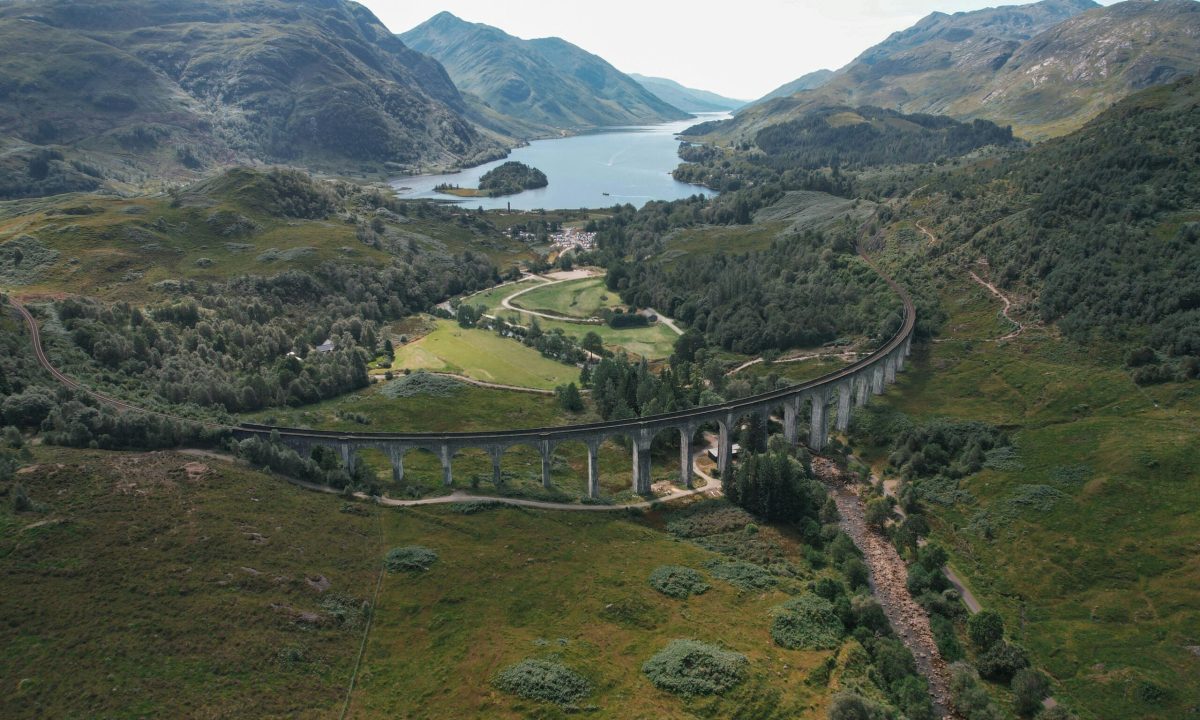
Scotland, known for its rugged landscapes, historic castles, and vibrant culture, stands among the most enchanting destinations on Earth. Whether you seek to explore ancient ruins, hike through majestic highlands, or immerse yourself in rich traditions, Scotland offers a wealth of unforgettable experiences. Let’s explore the unique features, top activities, and must-visit places in this captivating country.
Scotland’s allure lies in its stunning natural beauty, storied history, and lively cultural heritage. From the mystical lochs and towering mountains to bustling cities and serene countryside, Scotland enchants every visitor.
- Dramatic Landscapes: Featuring rugged coastlines, majestic highlands, serene lochs, and rolling hills.
- Historic Castles: Home to hundreds of castles, each with unique historical significance and architectural beauty.
- Rich Cultural Heritage: Famous for its traditional music, dance, kilts, and festivals like the Edinburgh Festival Fringe.
- Mythical Legends: Steeped in myths and legends, including tales of the Loch Ness Monster and the history of the Clans.
- Whisky Tradition: Renowned globally for its whisky, with numerous distilleries offering tours and tastings.
- Explore Edinburgh: Visit iconic landmarks such as Edinburgh Castle, the Royal Mile, and Arthur’s Seat.
- Discover the Scottish Highlands: Experience the stunning scenery, including Glen Coe, Ben Nevis, and the Isle of Skye.
- Tour Historic Castles: Wander through historic castles such as Stirling Castle, Balmoral Castle, and Eilean Donan Castle.
- Sample Scotch Whisky: Take a whisky tour in renowned regions like Speyside, Islay, and the Highlands.
- Cruise the Lochs: Enjoy a boat trip on Loch Ness, Loch Lomond, or Loch Katrine.
- Hike and Walk: Traverse famous trails like the West Highland Way, Great Glen Way, and the Cairngorms.
- Attend Festivals: Experience the Edinburgh Festival Fringe, Royal Edinburgh Military Tattoo, and Hogmanay celebrations.
- Visit Cultural Museums: Explore the National Museum of Scotland, Kelvingrove Art Gallery and Museum, and the Scottish National Gallery.
- Golfing: Play a round of golf at some of the world’s oldest and most prestigious courses, including St Andrews Links.
- Taste Local Cuisine: Savor traditional dishes such as haggis, neeps and tatties, and Scottish seafood.
Historic and Cultural Sites
- Edinburgh: Scotland’s capital, renowned for its historic and cultural attractions, including Edinburgh Castle, the Royal Mile, and Holyrood Palace.
- Glasgow: A vibrant city known for its rich industrial heritage, Victorian and art nouveau architecture, and cultural scene. Key sites include the Kelvingrove Art Gallery, Glasgow Cathedral, and the Riverside Museum.
- Stirling: Famous for its historic castle and the Battle of Bannockburn site, reflecting Scotland’s medieval history.
- Aberdeen: Known as the “Granite City,” featuring a distinctive gray-stone architectural style, beautiful beaches, and a rich cultural heritage.
Natural Wonders and Scenic Landscapes
- Scottish Highlands: A region of ancient landscapes, featuring Ben Nevis, Glen Coe, and the North Coast 500 route.
- Isle of Skye: Famous for its rugged landscapes, picturesque villages, and medieval castles.
- Cairngorms National Park: The largest national park in the UK, offering skiing, hiking, and an array of wildlife.
- Loch Ness: Home to the legendary Loch Ness Monster, offering picturesque views and scenic boat trips.
Coastal and Island Destinations
- Orkney Islands: Rich in archaeological sites and wildlife, including the Neolithic village of Skara Brae and the Ring of Brodgar.
- Shetland Islands: Known for its dramatic cliffs, maritime history, and Viking heritage. Highlights include Jarlshof and the Shetland Museum.
- Outer Hebrides: A chain of islands offering stunning beaches, historic sites, and Gaelic culture. Notable areas include Lewis and Harris.
- Isle of Mull: Offers a mix of mountains, forests, and beaches, with attractions like Duart Castle and the town of Tobermory.
- Language: English is the predominant language, but you’ll hear Scots and Scottish Gaelic in some regions. Learning a few basic phrases in Gaelic can be appreciated in Gaelic-speaking areas.
- Currency: The British Pound (GBP) is the official currency. Credit and debit cards are widely accepted, though carrying some cash is useful for smaller transactions in rural areas.
- Transportation: Renting a car is a convenient way to explore. Trains and buses connect major cities and towns; ferries are essential for visiting the islands.
- Weather: Scotland’s weather is variable. Pack layers and waterproof clothing, regardless of the season. Summers are mild, while winters can be cold, especially in the Highlands.
- Dining Etiquette: Dining in Scotland is casual. Tipping around 10-15% is standard in restaurants.
- Respect Local Customs: Scots value politeness and respect. Remember to be courteous, especially in smaller communities.
- Peak Travel Seasons: Summer (June to August) is peak tourist season, with milder weather and long daylight hours. Spring (April to May) and autumn (September to October) offer pleasant weather with fewer crowds.
- Advance Bookings: Popular attractions, hotels, and restaurants can fill up quickly, especially during peak seasons and festivals. Booking in advance is recommended.
- Wildlife and Nature: Observe wildlife from a respectful distance, and follow local guidelines to ensure safety and conservation.
- Historic Sites: Scotland is rich in history. Purchase passes, like the Historic Scotland Explorer Pass, for access to multiple sites and guided tours.
Scotland is a land of ancient history, stunning landscapes, and vibrant culture. Each region offers a unique charm, from the bustling streets of Edinburgh to the serene beauty of the Scottish Highlands. Embark on your journey to discover why Scotland is celebrated as one of the most beautiful countries in the world.
16. Spain
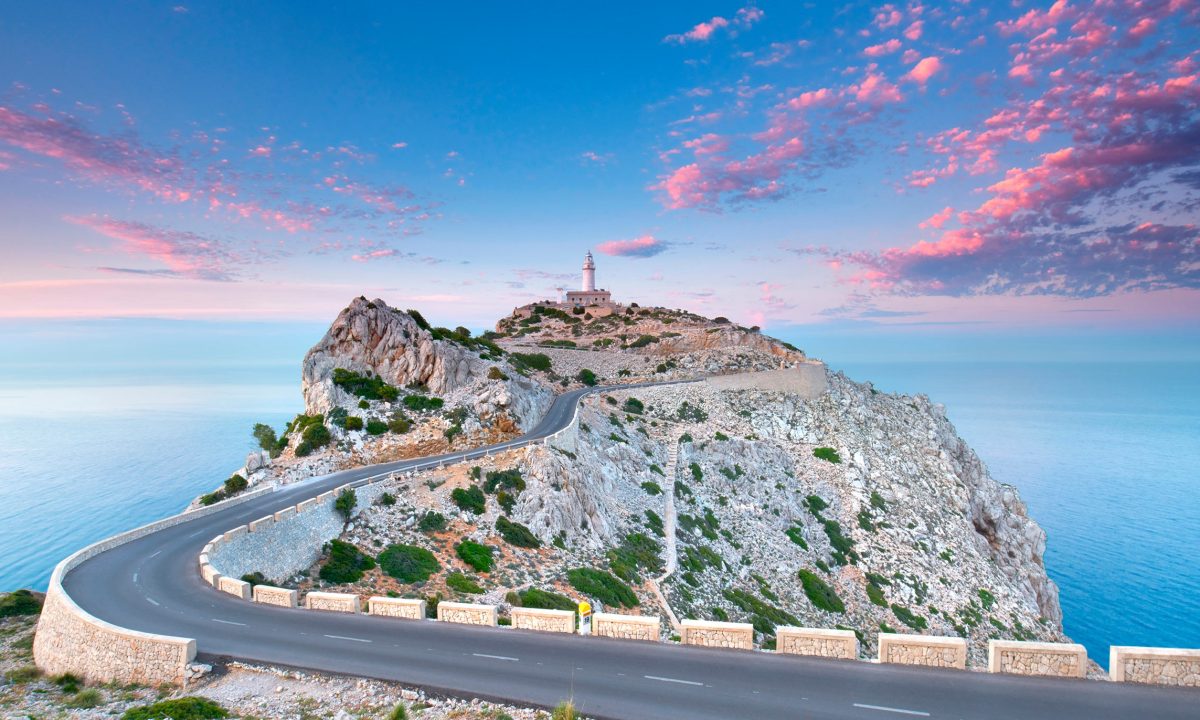
Spain, celebrated for its vibrant culture, stunning architecture, and diverse landscapes, stands as one of the most enchanting destinations to visit on Earth. Whether you seek historical exploration, sun-soaked beaches, or gastronomic delights, Spain offers a wealth of unforgettable experiences. Let’s explore the distinct features, top activities, and must-visit places in this captivating country.
Spain’s allure lies in its rich history, sunny climate, and vibrant cultural traditions. From the flamenco rhythms of Andalusia to the modernist architecture of Barcelona, Spain captivates every traveler.
- Rich History: Home to historic landmarks, from Roman ruins and medieval castles to Moorish palaces and gothic cathedrals.
- Diverse Landscapes: Featuring stunning beaches, lush vineyards, majestic mountains, and arid deserts.
- Cultural Tapestry: Famous for flamenco dance, bullfighting, and numerous festivals like La Tomatina and Running of the Bulls.
- Gastronomic Excellence: Renowned for its flavorful cuisine, including tapas, paella, and a variety of regional specialties.
- Architectural Marvels: Showcasing works from renowned architects like Antoni Gaudí and Santiago Calatrava.
- Explore Historic Landmarks: Wander through the Alhambra in Granada, the Sagrada Familia in Barcelona, and the Great Mosque of Córdoba.
- Enjoy Spanish Cuisine: Savor traditional dishes such as tapas, paella, gazpacho, and churros. Engage in a culinary tour or cooking class.
- Relax on Beaches: Unwind on beautiful beaches like Costa del Sol, Costa Brava, and the Balearic Islands.
- Attend Festivals: Experience lively events such as La Tomatina, San Fermín (Running of the Bulls), and Feria de Abril in Seville.
- Visit Art Museums: Explore renowned institutions like the Prado Museum in Madrid, the Guggenheim Museum in Bilbao, and the Picasso Museum in Málaga.
- Hike and Outdoor Adventures: Discover scenic trails in the Pyrenees, Sierra Nevada, and Picos de Europa.
- Witness Flamenco Performances: Enjoy passionate flamenco shows in Seville, Granada, and Madrid.
- Explore Vibrant Neighborhoods: Wander through the Gothic Quarter in Barcelona, Albaicín in Granada, and Malasaña in Madrid.
- Experience Spanish Nightlife: Enjoy tapas bar hopping and vibrant nightlife in cities like Madrid, Barcelona, and Valencia.
- Cruise the Mediterranean: Take a boat trip along the Mediterranean coast, discovering hidden coves and picturesque villages.
Historical and Cultural Sites
- Madrid: The capital city, known for its royal palace, art museums like Prado and Reina Sofía, and lively plazas.
- Barcelona: Renowned for its modernist architecture by Antoni Gaudí, including La Sagrada Familia, Park Güell, and Casa Batlló.
- Granada: Famous for the stunning Alhambra palace, Generalife gardens, and the historic Albaicín district.
- Seville: Known for its beautiful cathedral, the Alcázar palace, and the lively Feria de Abril festival.
- Córdoba: Home to the mesmerizing Great Mosque (La Mezquita) and charming Jewish Quarter.
Coastal and Beach Destinations
- Costa del Sol: Popular for its sunny beaches, luxurious resorts, and vibrant nightlife in towns like Marbella and Torremolinos.
- Costa Brava: Known for its rugged coastline, crystal-clear waters, and charming villages like Tossa de Mar and Cadaqués.
- Balearic Islands: Comprising Mallorca, Menorca, Ibiza, and Formentera, offering stunning beaches, lively nightlife, and serene getaways.
- Canary Islands: A volcanic archipelago known for its unique landscapes, sunny beaches, and activities like hiking and surfing.
Scenic and Natural Spots
- Pyrenees: A mountain range offering scenic hiking trails, skiing resorts, and charming villages.
- Sierra Nevada: Known for its snow-capped peaks, skiing opportunities, and hiking trails.
- Picos de Europa: A picturesque national park featuring dramatic peaks, lush valleys, and diverse wildlife.
- Albufera Natural Park: A serene wetland near Valencia, famous for its birdwatching and boat tours.
Artistic and Architectural Marvels
- Bilbao: Known for its innovative architecture, including the Guggenheim Museum, and vibrant cultural scene.
- Valencia: A blend of historic and modern attractions, featuring the City of Arts and Sciences and the lively Fallas festival.
- Salamanca: Renowned for its beautiful Plaza Mayor, the University of Salamanca, and stunning sandstone architecture.
- Toledo: A historic city known for its medieval architecture, including the Toledo Cathedral and Alcázar.
- Language: Spanish (Castilian) is the official language. Catalan, Basque, and Galician are also spoken in their respective regions. Learning basic Spanish phrases can enhance your travel experience.
- Currency: The Euro (EUR) is the official currency. Credit and debit cards are widely accepted, but carrying some cash is useful for small transactions, especially in rural areas.
- Transportation: Spain has an extensive and efficient public transportation system, including trains, buses, and domestic flights. Renting a car is convenient for exploring rural areas and coastlines.
- Weather: The climate varies by region. Coastal areas have mild winters and hot summers, while inland areas can experience more extreme temperatures. Pack accordingly.
- Dining Etiquette: Meals are leisurely affairs. Tipping is appreciated but not obligatory. Dinner is typically served late, around 9 pm or later.
- Respect Local Customs: Spaniards value politeness and social customs. Greet people with a handshake or kiss on both cheeks if familiar.
- Peak Travel Seasons: Summer (June to August) is peak tourist season with hot weather and busy beaches. Spring (April to June) and autumn (September to October) offer pleasant weather with fewer crowds.
- Advance Bookings: Popular attractions, accommodations, and restaurants can fill up quickly, especially during peak seasons. Making reservations in advance is recommended.
- Cultural Sensitivity: Respect local traditions, especially in religious sites. Dress modestly when visiting churches and cathedrals.
- Public Holidays: Be aware of Spanish public holidays and festivals, as many businesses may close, and transportation may be affected.
Spain is a land of vibrant culture, stunning architecture, and diverse landscapes. Each region offers a unique charm, from the bustling cities of Madrid and Barcelona to the serene beaches of the Balearic Islands. Embark on your journey to discover why Spain is celebrated as one of the most beautiful places to visit in the world.
17. Nepal

Nepal, with its soaring Himalayas, vibrant culture, and rich history, stands as one of the most awe-inspiring destinations to visit on Earth. Whether you’re drawn to its breathtaking landscapes, ancient temples, or thrilling adventures, Nepal offers a wealth of unforgettable experiences. Let’s explore the unique features, top activities, and must-visit places in this captivating country.
Nepal’s allure lies in its dramatic mountain ranges, spiritual heritage, and cultural diversity. From the towering peaks of the Himalayas to the bustling streets of Kathmandu, Nepal captivates every traveler.
- Himalayan Majesty: Home to eight of the world’s 14 tallest peaks, including Mount Everest.
- Rich Cultural Heritage: A melting pot of Hindu and Buddhist traditions, with ancient temples, stupas, and monasteries.
- Diverse Landscapes: Featuring lush valleys, dense jungles, and arid highlands.
- Adventure Hub: Renowned for trekking, mountaineering, white-water rafting, and wildlife safaris.
- Spiritual Haven: Known for its spiritual ambiance, meditation centers, and yoga retreats.
- Trek the Himalayas: Embark on famous treks such as the Everest Base Camp, Annapurna Circuit, and Langtang Valley.
- Explore Kathmandu: Visit historic sites like Swayambhunath (Monkey Temple), Boudhanath Stupa, and Durbar Square.
- Experience Wildlife Safaris: Discover Chitwan and Bardia National Parks, home to Bengal tigers, rhinos, and exotic bird species.
- Rafting and Kayaking: Navigate the rapids of rivers like the Trishuli, Seti, and Bhote Koshi.
- Visit Lumbini: The birthplace of Lord Buddha, featuring sacred gardens, temples, and monasteries.
- Enjoy Adventure Sports: Try paragliding in Pokhara, bungee jumping in Bhote Koshi, and zip-lining in the Annapurna region.
- Meditation and Yoga Retreats: Rejuvenate at spiritual retreats in locations like Kathmandu Valley and Pokhara.
- Cultural Festivals: Participate in vibrant festivals such as Dashain, Tihar, and Holi.
- Explore Traditional Villages: Experience rural life in villages like Bandipur, Ghandruk, and Namche Bazaar.
Historical and Cultural Sites
- Kathmandu Valley: Renowned for its UNESCO World Heritage Sites, including Swayambhunath, Pashupatinath Temple, Boudhanath Stupa, and the Durbar Squares of Kathmandu, Bhaktapur, and Patan.
- Patan: Known for its rich architectural heritage, artisan workshops, and the Patan Museum.
- Bhaktapur: A well-preserved medieval city, featuring ancient temples, courtyards, and traditional arts.
- Lumbini: The sacred birthplace of Lord Buddha, with the beautiful Maya Devi Temple and monasteries from different Buddhist traditions.
Natural Wonders and Trekking Trails
- Everest Region: Offering iconic treks such as the Everest Base Camp and Gokyo Lakes Trek, with stunning views of Mount Everest.
- Annapurna Region: Home to the Annapurna Circuit, Annapurna Base Camp trek, and the serene Poon Hill.
- Langtang Region: Known for its beautiful Langtang Valley trek, with scenic views and rich Tamang culture.
- Pokhara: A lakeside city offering panoramic views of the Annapurna range, boating on Phewa Lake, and adventure sports.
Wildlife and Nature Reserves
- Chitwan National Park: Famous for wildlife safaris, jungle walks, and elephant bathing. Home to rhinos, tigers, and elephants.
- Bardia National Park: Known for its pristine wilderness and diverse wildlife, including the endangered Bengal tiger.
- Rara Lake: The largest lake in Nepal, surrounded by alpine meadows and forests, offering an untouched natural beauty.
Scenic and Adventure Destinations
- Pokhara: A gateway to the Annapurna region, renowned for paragliding, boating on Phewa Lake, and exploring caves and waterfalls.
- Nagarkot: Famous for its panoramic views of the Himalayas, particularly at sunrise and sunset.
- Bandipur: A hilltop village offering a glimpse into traditional Newari culture and stunning mountain views.
- Gosaikunda: A sacred alpine lake, popular for pilgrimage treks during the Janai Purnima festival.
- Language: Nepali is the official language, but English is widely spoken, especially in tourist areas. Learning a few basic Nepali phrases can be appreciated by locals.
- Currency: The Nepalese Rupee (NPR) is the official currency. Credit and debit cards are accepted in major cities, but carrying cash is essential for rural areas and small transactions.
- Transportation: Domestic flights, buses, and taxis are common for travel within Nepal. Renting a vehicle with a driver is recommended for exploring more remote regions.
- Weather: Nepal experiences diverse climates. The best time to visit is during the pre-monsoon (spring) and post-monsoon (autumn) seasons for clear skies and pleasant weather.
- Altitude Awareness: When trekking in high-altitude areas, it’s crucial to acclimatize properly to avoid altitude sickness. Stay hydrated and take it easy.
- Dining Etiquette: Enjoy traditional Nepalese cuisine such as dal bhat, momo, and dhido. Tipping is appreciated but not obligatory.
- Respect Local Customs: Show respect for local traditions, dress modestly when visiting religious sites, and be aware of cultural norms.
- Peak Travel Seasons: Spring (March to May) and autumn (September to November) are the best times for trekking and clear mountain views.
- Advance Bookings: Popular trekking routes, accommodations, and tours can fill up quickly during peak seasons. Booking in advance is recommended.
- Health and Hygiene: Drink bottled or purified water to avoid water-borne illnesses. Carry basic medications and consult your doctor regarding vaccinations and health precautions before traveling.
Nepal is a land of majestic mountains, rich culture, and spiritual serenity. Each region offers a unique charm, from the bustling streets of Kathmandu to the tranquil beauty of the Himalayas. Embark on your journey to discover why Nepal is celebrated as one of the most beautiful places to visit in the world.
18. Brazil
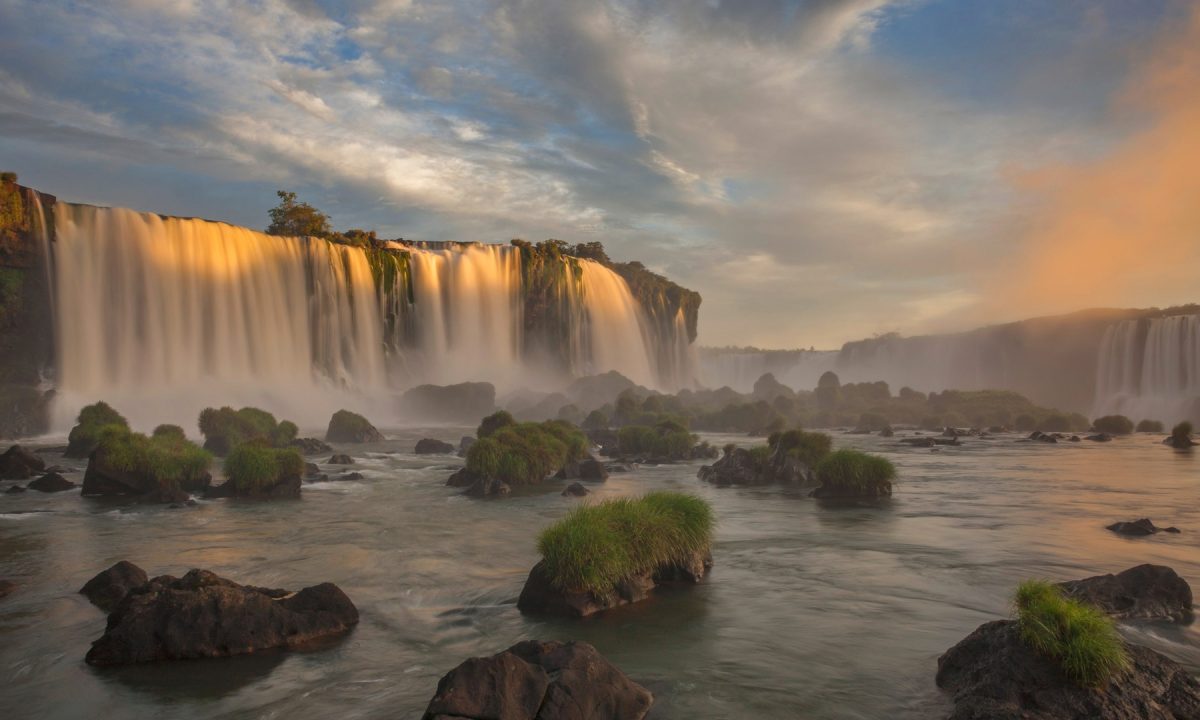
Brazil, renowned for its stunning natural beauty, dynamic culture, and rich biodiversity, stands as one of the most breathtaking destinations to visit on Earth. Whether you seek to explore the Amazon Rainforest, relax on sun-drenched beaches, or immerse yourself in lively festivals, Brazil offers a wealth of unforgettable experiences. Let’s explore the unique features, top activities, and must-visit places in this captivating country.
Brazil’s allure lies in its vast landscapes, vibrant cities, and abundant wildlife. From the iconic Christ the Redeemer to the sprawling Pantanal wetlands, Brazil captivates every traveler.
- Diverse Ecosystems: Home to the Amazon Rainforest, the Pantanal wetlands, and the Atlantic Forest.
- Rich Cultural Heritage: A blend of indigenous, African, and Portuguese influences reflected in music, dance, and cuisine.
- Iconic Landmarks: Featuring world-famous sites like Christ the Redeemer and Sugarloaf Mountain.
- Lively Festivals: Known for its vibrant festivals, including the Rio Carnival and Festa Junina.
- Beautiful Beaches: Offering pristine beaches along its extensive coastline, including Copacabana and Ipanema.
- Explore the Amazon Rainforest: Discover the rich biodiversity through guided tours, river cruises, and jungle treks.
- Relax on Beaches: Enjoy the golden sands and azure waters of beaches like Copacabana, Ipanema, and Praia do Forte.
- Visit Iconic Landmarks: Ascend Sugarloaf Mountain, marvel at Christ the Redeemer, and explore the historic city of Salvador.
- Experience Rio Carnival: Participate in the world’s most famous carnival, with its vibrant parades, samba dancing, and lively street parties.
- Discover the Pantanal: Go on wildlife safaris in the world’s largest tropical wetland, teeming with wildlife like jaguars, capybaras, and caimans.
- Hike and Adventure Sports: Hike through Chapada Diamantina, rappel in Chapada dos Veadeiros, and go hang gliding in Rio.
- Visit Waterfalls: Witness the awe-inspiring Iguaçu Falls, one of the largest and most spectacular waterfalls in the world.
- Taste Brazilian Cuisine: Savor traditional dishes like feijoada, pão de queijo, and acarajé. Don’t miss trying caipirinha, Brazil’s national cocktail.
- Explore Colonial Towns: Wander through the cobblestone streets of Paraty and Ouro Preto, admiring their colonial architecture.
- Enjoy Samba and Bossa Nova: Experience Brazil’s music scene in Rio’s Lapa district or São Paulo’s vibrant neighborhoods.
Natural Wonders and National Parks
- Amazon Rainforest: The largest rainforest in the world, offering unparalleled biodiversity and adventure opportunities.
- Pantanal: The world’s largest tropical wetland, ideal for wildlife spotting and eco-tours.
- Iguaçu Falls: A breathtaking series of waterfalls located on the border with Argentina, offering stunning views and walking trails.
- Chapada Diamantina: A national park known for its dramatic landscapes, waterfalls, and caves.
Cities and Cultural Hubs
- Rio de Janeiro: Famous for its iconic landmarks like Christ the Redeemer, Sugarloaf Mountain, and the vibrant Copacabana and Ipanema beaches.
- São Paulo: Brazil’s largest city, known for its cultural diversity, impressive architecture, and dynamic arts scene.
- Salvador: Rich in Afro-Brazilian culture, historic Pelourinho district, and lively carnival celebrations.
- Brasília: The modernist capital city, featuring unique architecture by Oscar Niemeyer and significant political landmarks.
Beaches and Coastal Destinations
- Florianópolis: Known for its beautiful beaches, surf spots, and vibrant nightlife.
- Fernando de Noronha: An archipelago renowned for its pristine beaches, crystal-clear waters, and rich marine life.
- Búzios: A charming coastal town with stunning beaches, upscale resorts, and a lively nightlife.
- Jericoacoara: A remote beach destination famous for its sand dunes, turquoise waters, and relaxed atmosphere.
Historical and Cultural Sites
- Ouro Preto: A well-preserved colonial town known for its baroque architecture, gold mines, and historic churches.
- Paraty: A picturesque colonial town with cobblestone streets, charming buildings, and access to beautiful coastal landscapes.
- Recife: Known for its historic Old Town, vibrant carnival, and cultural heritage.
- Fortaleza: Famous for its beautiful beaches, cultural festivals, and vibrant arts scene.
- Language: Portuguese is the official language. English is not widely spoken, so learning basic Portuguese phrases can greatly enhance your travel experience.
- Currency: The Brazilian Real (BRL) is the official currency. Credit and debit cards are widely accepted in urban areas, but carrying some cash is useful for small transactions and rural areas.
- Transportation: Brazil is vast; domestic flights are the most efficient way to cover long distances. Buses and taxis are common for city travel, and renting a car is ideal for exploring the countryside.
- Weather: Brazil’s climate varies widely. Coastal areas are generally warm year-round, while the interior can experience more extreme temperatures. Pack accordingly.
- Health Precautions: Make sure to check for necessary vaccinations and malaria precautions if traveling to the Amazon. Drink bottled or purified water to avoid water-borne illnesses.
- Safety: Be aware of your surroundings, especially in urban areas. Keep valuables secure and avoid displaying expensive items. Follow local advice and take precautions against petty crime.
- Dining Etiquette: Brazilian cuisine is diverse and flavorful. Tipping is appreciated but not obligatory, usually around 10%.
- Respect Local Customs: Brazilian culture values friendliness and hospitality. Greetings are often warm, with handshakes or cheek kisses.
- Peak Travel Seasons: Summer (December to March) is peak season, with hot weather and crowded beaches. Shoulder seasons (April to June, September to November) offer pleasant weather with fewer crowds.
- Advance Bookings: Popular attractions and accommodations can fill up quickly, especially during festivals like Carnival. Making reservations in advance is recommended.
Brazil is a land of vibrant culture, breathtaking landscapes, and endless adventure. Each region offers a unique charm, from the bustling streets of Rio to the tranquil beauty of the Amazon. Embark on your journey to discover why Brazil is celebrated as one of the most beautiful places to visit in the world.
19. Austria
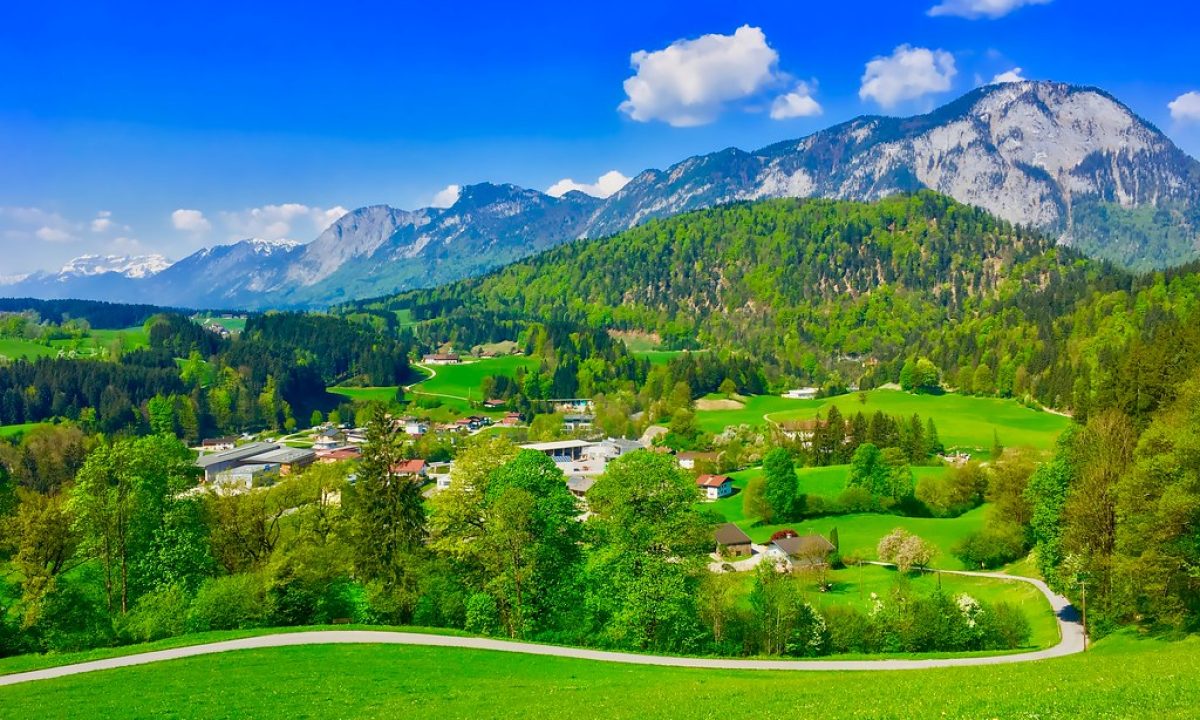
Austria, with its stunning alpine landscapes, rich cultural heritage, and historic architecture, stands as one of the most picturesque destinations to visit on Earth. Whether you seek to explore enchanting castles, ski in the Alps, or immerse yourself in classical music, Austria offers a wealth of unforgettable experiences. Let’s explore the unique features, top activities, and must-visit places in this captivating country.
Austria’s allure lies in its breathtaking scenery, vibrant arts scene, and storied history. From the elegant streets of Vienna to the majestic peaks of the Austrian Alps, Austria captivates every traveler.
- Alpine Beauty: Home to the majestic Austrian Alps, offering unparalleled skiing, hiking, and breathtaking views.
- Rich Cultural Heritage: Renowned for its contributions to music, art, and literature, with a legacy of classical composers like Mozart, Beethoven, and Strauss.
- Historic Architecture: Featuring grand palaces, medieval castles, and charming old-town centers.
- Culinary Delights: Famous for traditional dishes like Wiener Schnitzel, Sachertorte, and Apfelstrudel, as well as its coffeehouse culture.
- World-Class Music and Arts: Hosting renowned music festivals, opera houses, and art galleries.
- Explore Historical Landmarks: Visit grand palaces like Schönbrunn and Hofburg in Vienna, and Hohensalzburg Fortress in Salzburg.
- Experience Classical Music: Attend a concert in Vienna’s Musikverein or an opera at the Vienna State Opera.
- Skiing and Snowboarding: Hit the slopes in world-class ski resorts such as St. Anton, Kitzbühel, and Zell am See.
- Hiking and Outdoor Adventures: Discover scenic trails in the Austrian Alps, such as the Eagle Walk in Tyrol and the Alpe-Adria Trail.
- Relax in Thermal Spas: Enjoy the thermal baths and wellness centers in Bad Gastein and Bad Hofgastein.
- Visit Art Museums: Explore the Kunsthistorisches Museum and Albertina in Vienna, and the Salzburg Museum.
- Indulge in Culinary Experiences: Savor traditional Austrian cuisine at local restaurants and enjoy coffee and pastries in Vienna’s historic coffeehouses.
- Cruise the Danube River: Take a scenic river cruise through the Wachau Valley, known for its picturesque vineyards and historic abbeys.
- Attend Festivals: Experience cultural festivals like the Salzburg Festival, Vienna Film Festival, and the Innsbruck Christmas Market.
Historical and Cultural Sites
- Vienna: The elegant capital city, known for its imperial palaces, grand museums, and rich musical heritage. Key attractions include Schönbrunn Palace, St. Stephen’s Cathedral, and the Belvedere Palace.
- Salzburg: The birthplace of Mozart, famous for its baroque architecture, Hohensalzburg Fortress, and the Sound of Music tour.
- Graz: Known for its well-preserved old town, Schlossberg hill, and unique contemporary architecture like the Kunsthaus Graz.
- Innsbruck: A charming alpine city known for its Golden Roof, Imperial Palace, and proximity to ski resorts.
Alpine and Scenic Destinations
- Hallstatt: A fairy-tale village on the shores of Lake Hallstatt, known for its pristine beauty and ancient salt mines.
- Zell am See: A picturesque lakeside town offering water sports, hiking, and skiing in the nearby mountains.
- Kitzbühel: A world-renowned ski resort with charming medieval streets and luxury amenities.
- Grossglockner High Alpine Road: A scenic drive offering stunning views of Austria’s highest peak, the Grossglockner.
Lakes and Nature Reserves
- Wörthersee: A popular summer destination with crystal-clear waters, ideal for swimming, boating, and relaxation.
- Neusiedler See: Europe’s largest steppe lake, perfect for bird watching, cycling, and water sports.
- National Park Hohe Tauern: Austria’s largest national park, home to diverse wildlife, glaciers, and hiking trails.
- Salzkammergut: Known as the “Austrian Lake District,” featuring scenic lakes, charming towns, and cultural heritage.
Palaces and Castles
- Schönbrunn Palace: A UNESCO World Heritage site and former summer residence of the Habsburgs in Vienna.
- Hofburg Palace: The former imperial palace in Vienna, now home to museums and the Austrian president’s office.
- Hohensalzburg Fortress: One of Europe’s largest and best-preserved medieval castles, overlooking Salzburg.
- Melk Abbey: A magnificent baroque abbey located on a hill overlooking the Danube River in the Wachau Valley.
- Language: German is the official language. While English is widely spoken in tourist areas, learning a few basic German phrases can enhance your travel experience.
- Currency: The Euro (EUR) is the official currency. Credit and debit cards are widely accepted, but carrying some cash is useful for small transactions.
- Transportation: Austria has an efficient public transportation system, including trains, buses, and trams. Renting a car is convenient for exploring rural areas and scenic routes.
- Weather: Austria has a temperate climate. Winters are cold with snowfall in the Alps, while summers are warm. Pack accordingly.
- Dining Etiquette: Austrian cuisine is hearty and flavorful. Tipping is customary, typically around 10% in restaurants.
- Respect Local Customs: Austrians value politeness and formality. Greetings are important, and punctuality is highly regarded.
- Peak Travel Seasons: Winter (December to February) is peak season for skiing, while summer (June to August) is popular for hiking and city tours. Spring (April to May) and autumn (September to October) offer pleasant weather with fewer crowds.
- Advance Bookings: Popular attractions, ski resorts, and cultural events can fill up quickly. Booking in advance is recommended.
- Cultural Sensitivity: Dress modestly when visiting churches and religious sites. Respect local traditions and practices, particularly in rural areas.
- Safety and Health: Austria is generally safe. Carry travel insurance, especially if planning outdoor activities like skiing or hiking. Tap water is safe to drink.
Austria is a land of timeless beauty, cultural richness, and natural splendor. Each region offers a unique charm, from the grandeur of Vienna’s palaces to the tranquil beauty of the Austrian Alps. Embark on your journey to discover why Austria is celebrated as one of the most beautiful countries in the world.
20. Thailand
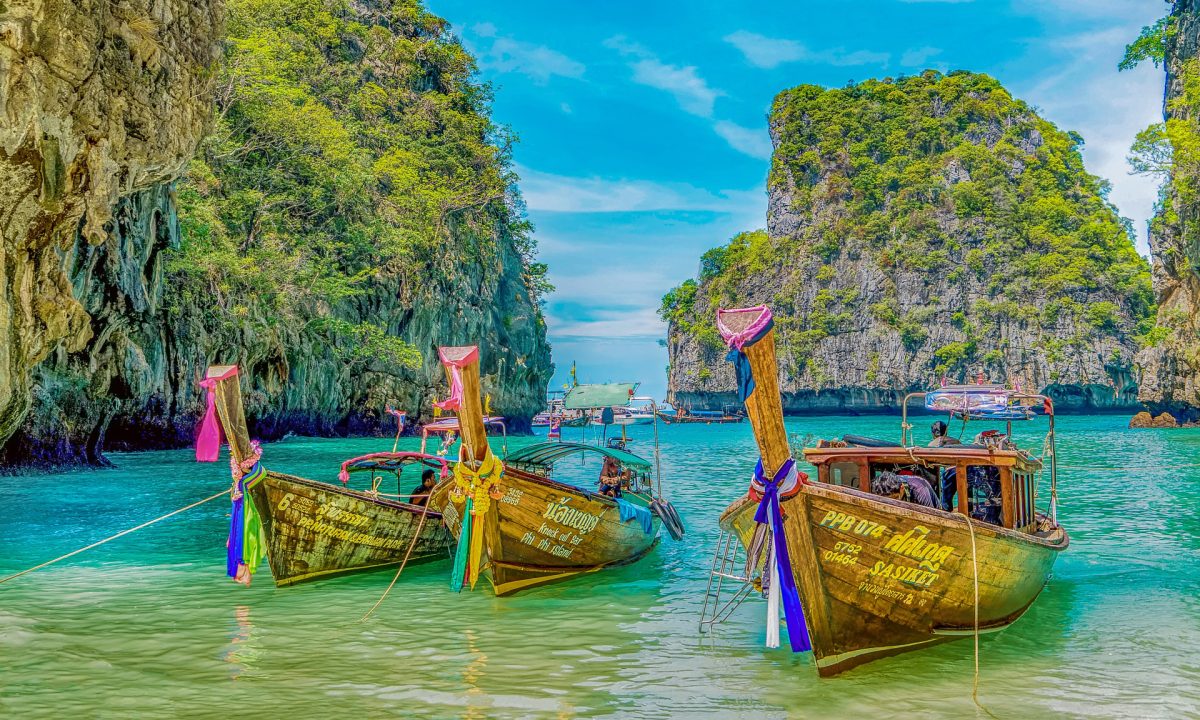
Thailand, known for its vibrant culture, stunning beaches, and rich heritage, is frequently celebrated as one of the most captivating destinations to visit on Earth. Whether you’re drawn to its tropical islands, ancient temples, or bustling markets, Thailand offers a wealth of unforgettable experiences. Let’s explore the unique features, top activities, and must-visit places in this enchanting country.
Thailand’s allure lies in its diverse landscapes, rich traditions, and warm hospitality. From the serene temples of Chiang Mai to the bustling streets of Bangkok, Thailand captivates every traveler.
- Breathtaking Beaches: Home to some of the world’s most beautiful beaches, including white sands and crystal-clear waters.
- Rich Cultural Heritage: An abundance of ancient temples, traditional festivals, and historic landmarks.
- Vibrant Cities: Dynamic urban centers offering bustling markets, world-class shopping, and lively nightlife.
- Culinary Delights: Renowned for its delicious street food and diverse cuisine, including dishes like pad Thai, tom yum, and green curry.
- Natural Beauty: Featuring lush jungles, stunning mountains, and abundant wildlife.
- Explore Ancient Temples: Visit historic temples such as Wat Pho and the Grand Palace in Bangkok, Wat Phra Singh in Chiang Mai, and Ayutthaya Historical Park.
- Relax on Beaches: Unwind on the pristine shores of Phuket, Koh Samui, and Krabi.
- Experience Thai Cuisine: Savor street food in Bangkok, join a cooking class in Chiang Mai, and dine at beachside restaurants in the islands.
- Enjoy Night Markets: Stroll through vibrant night markets in Chiang Mai’s Night Bazaar, Bangkok’s Chatuchak Market, and Phuket’s Naka Market.
- Go Island Hopping: Discover the beauty of islands like Koh Phi Phi, Koh Lanta, and Koh Tao.
- Visit National Parks: Explore the natural beauty of Khao Sok National Park, Doi Inthanon National Park, and Erawan National Park.
- Take Part in Festivals: Experience traditional festivals such as Songkran (Thai New Year), Loy Krathong, and Yi Peng Lantern Festival.
- Adventure Activities: Try scuba diving in the Andaman Sea, jungle trekking in Northern Thailand, and rock climbing in Krabi.
- Experience Thai Massage: Relax with a traditional Thai massage at spas and wellness centers across the country.
- Cruise the Rivers and Canals: Take a boat tour of Bangkok’s Chao Phraya River and the floating markets.
Historical and Cultural Sites
- Bangkok: The capital city, known for its ornate shrines, bustling street life, and vibrant nightlife. Key attractions include the Grand Palace, Wat Pho, Wat Arun, and Khao San Road.
- Chiang Mai: A cultural hub in Northern Thailand, famous for its ancient temples, night markets, and the surrounding mountains. Must-visit sites include Wat Phra Singh, Wat Chedi Luang, and the Sunday Walking Street.
- Ayutthaya: A UNESCO World Heritage site, home to historic ruins and temples, including Wat Mahathat and Wat Phra Si Sanphet.
- Sukhothai: Known for the Sukhothai Historical Park, featuring well-preserved ruins of the ancient capital.
Beach and Island Destinations
- Phuket: Thailand’s largest island, offering beautiful beaches, luxury resorts, and an array of water activities. Highlights include Patong Beach, Big Buddha, and Phuket Old Town.
- Koh Samui: A tropical paradise known for its palm-fringed beaches, luxury spas, and vibrant nightlife. Key attractions include Chaweng Beach, Lamai Beach, and the Big Buddha Temple.
- Krabi: Famous for its limestone cliffs, clear waters, and stunning beaches. Don’t miss Railay Beach, Ao Nang, and the Phi Phi Islands.
- Koh Phangan: Known for its Full Moon Party, as well as serene beaches like Haad Rin and Thong Nai Pan.
Natural Wonders and National Parks
- Khao Sok National Park: Known for its dense jungles, limestone mountains, and Cheow Lan Lake.
- Doi Inthanon National Park: Home to Thailand’s highest peak, beautiful waterfalls, and scenic viewpoints.
- Erawan National Park: Famous for the seven-tiered Erawan Waterfall and lush rainforest.
- Khao Yai National Park: Known for its diverse wildlife, hiking trails, and beautiful waterfalls.
Vibrant Cities and Markets
- Bangkok: A bustling metropolis with street markets, high-end malls, and vibrant nightlife. Explore Chatuchak Weekend Market, Asiatique the Riverfront, and MBK Center.
- Chiang Rai: Known for the stunning White Temple (Wat Rong Khun), Blue Temple (Wat Rong Suea Ten), and the Golden Triangle.
- Language: Thai is the official language. While English is widely spoken in tourist areas, learning basic Thai phrases can enhance your travel experience.
- Currency: The Thai Baht (THB) is the official currency. Credit and debit cards are widely accepted, but carrying some cash is useful for small transactions and local markets.
- Transportation: Thailand has extensive transportation options, including domestic flights, trains, buses, and tuk-tuks. Renting a scooter is popular in coastal areas and islands.
- Weather: Thailand has a tropical climate. The cool season (November to February) is the best time to visit due to milder weather and less rain.
- Dress Code: Modest dress is required when visiting temples and religious sites. Remove shoes before entering homes and temples.
- Health Precautions: Drink bottled or purified water and avoid ice in drinks from street vendors. Consider typhoid and hepatitis A vaccinations.
- Respect Local Customs: Show respect for the monarchy, avoid touching people’s heads, and use both hands to give or receive items.
- Peak Travel Seasons: The peak tourist season is from November to February. The off-peak season (May to October) may have higher rainfall but fewer crowds.
- Advance Bookings: Popular accommodations and tours can fill up quickly during peak seasons. Booking in advance is recommended.
- Safety and Security: Thailand is generally safe, but be cautious of scams and petty theft in tourist areas. Follow local advice and stay informed about weather warnings.
Thailand is a land of stunning beauty, rich culture, and warm hospitality. Each region offers unique experiences, from the bustling streets of Bangkok to the tranquil beaches of the Andaman Sea. Embark on your journey to discover why Thailand is celebrated as one of the most beautiful places to visit in the world.
21. Portugal
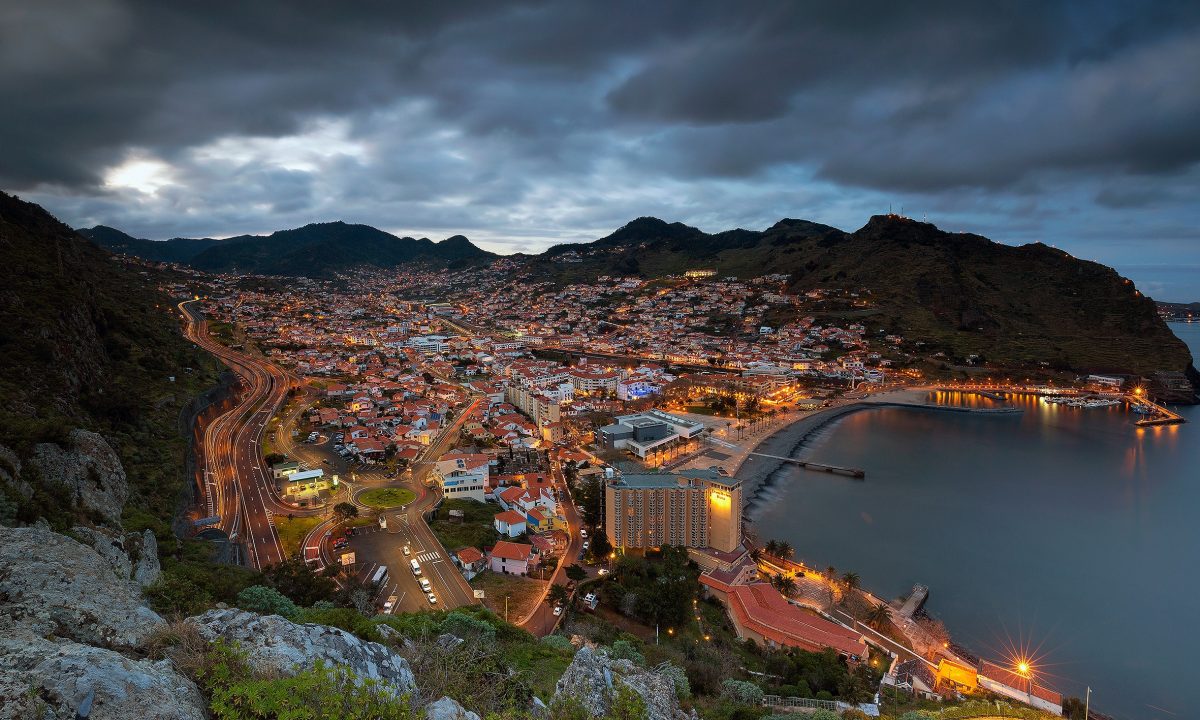
Portugal, renowned for its stunning coastlines, charming cities, and rich cultural heritage, stands as one of the most captivating destinations to visit on Earth. Whether you’re drawn to its picturesque beaches, historic landmarks, or vibrant culinary scene, Portugal offers a wealth of unforgettable experiences. Let’s explore the unique features, top activities, and must-visit places in this enchanting country.
Portugal’s allure lies in its diverse landscapes, historic charm, and vibrant culture. From the UNESCO-listed sites to the sunny shores of the Algarve, Portugal captivates every traveler.
- Diverse Landscapes: Featuring golden beaches, rolling vineyards, lush forests, and the rugged cliffs of the Atlantic coast.
- Rich Cultural Heritage: Home to ancient castles, grand monasteries, and lively festivals showcasing Fado music and Portuguese traditions.
- Culinary Delights: Renowned for its flavorful cuisine, including dishes like bacalhau, pastel de nata, and a variety of seafood.
- Historic Charm: Cities filled with cobblestone streets, colorful tiles (azulejos), and a blend of medieval, Renaissance, and Moorish architecture.
- Warm Climate: Enjoying mild winters and hot summers, perfect for year-round outdoor activities.
- Explore Ancient Castles and Monasteries: Visit the Moorish Castle in Sintra, Jerónimos Monastery in Lisbon, and the Convent of Christ in Tomar.
- Relax on Beautiful Beaches: Unwind on the stunning beaches of Algarve, Cascais, and the Azores.
- Discover Lisbon: Explore the capital with its historic neighborhoods like Alfama and Bairro Alto, iconic landmarks like Belém Tower, and vibrant nightlife.
- Taste Portuguese Cuisine: Savor traditional dishes, local wines, and sweet pastries at local taverns and markets. Don’t miss trying pastel de nata and port wine.
- Venture into Nature: Hike in the Douro Valley, explore Peneda-Gerês National Park, and visit the volcanic landscapes of Madeira.
- Experience Cultural Festivals: Participate in lively events such as Lisbon’s Festa de Santo António, Porto’s São João Festival, and the Madeira Flower Festival.
- Ride the Historic Tram 28: Take a scenic tram ride through Lisbon’s iconic neighborhoods and historic sites.
- Explore Coastal Caves: Discover the stunning Benagil Cave and other coastal formations along the Algarve coast.
- Visit Art and History Museums: Explore the Calouste Gulbenkian Museum in Lisbon, Serralves Museum in Porto, and Carmo Archaeological Museum.
- Enjoy Water Sports: Engage in activities like surfing, windsurfing, and sailing along Portugal’s extensive coastline.
Historical and Cultural Sites
- Lisbon: The vibrant capital boasting historic neighborhoods, the Torre de Belém, Jerónimos Monastery, and the iconic Tram 28.
- Porto: Known for its port wine, the historic Ribeira district, and the stunning Lello Bookstore.
- Sintra: A fairy-tale town featuring colorful palaces, lush gardens, and the Moorish Castle.
- Coimbra: Home to one of the oldest universities in Europe, with an impressive library and historic streets.
Coastal and Beach Destinations
- Algarve: Famous for its golden beaches, dramatic cliffs, and charming coastal towns like Lagos, Albufeira, and Faro.
- Cascais: A picturesque seaside town near Lisbon, known for its beautiful beaches, marina, and historic fortresses.
- Madeira: A lush, volcanic island offering breathtaking landscapes, hiking trails, and the famous Laurisilva Forest.
- Azores: An archipelago known for its stunning natural beauty, including volcanic landscapes, hot springs, and whale watching.
Scenic and Wine Regions
- Douro Valley: Renowned for its terraced vineyards, scenic landscapes, and world-class port wine production.
- Alentejo: Known for its rolling plains, cork oak forests, and historic towns like Évora.
- Serra da Estrela: Home to Portugal’s highest mountain range, offering stunning views, hiking trails, and winter skiing.
Unique Villages and Towns
- Óbidos: A charming medieval town surrounded by a well-preserved castle wall, known for its annual chocolate festival.
- Évora: A UNESCO World Heritage site featuring Roman ruins, medieval churches, and the famous Chapel of Bones.
- Guimarães: Often referred to as the birthplace of Portugal, boasting a well-preserved historic center and Guimarães Castle.
- Monsaraz: A picturesque hilltop village offering panoramic views of the surrounding Alentejo countryside.
- Language: Portuguese is the official language. While English is widely spoken in tourist areas, learning a few basic Portuguese phrases can enhance your travel experience.
- Currency: The Euro (EUR) is the official currency. Credit and debit cards are widely accepted, but carrying some cash is useful for small transactions, especially in rural areas.
- Transportation: Portugal has an efficient public transportation system, including trains, buses, and trams. Renting a car is convenient for exploring rural areas and the coastline.
- Weather: Portugal enjoys a Mediterranean climate. Summers are hot and dry, while winters are mild and wetter in the north. Pack accordingly.
- Dining Etiquette: Portuguese cuisine is flavorful and diverse. Tipping is appreciated but not obligatory, typically around 10% in restaurants.
- Respect Local Customs: Portuguese people value politeness and friendliness. Greet people with a handshake or a kiss on both cheeks if familiar.
- Peak Travel Seasons: Summer (June to August) is peak tourist season with hot weather and crowded beaches. Spring (April to June) and autumn (September to October) offer pleasant weather with fewer crowds.
- Advance Bookings: Popular attractions, accommodations, and restaurants can fill up quickly, especially during summer and festivals. Booking in advance is recommended.
- Public Holidays: Be aware of Portuguese public holidays and festivals, as many businesses may close, and transportation may be affected.
- Safety: Portugal is generally safe, but stay aware of your surroundings, especially in crowded tourist areas. Keep your belongings secure and follow local advice.
Portugal is a land of stunning beauty, rich culture, and warm hospitality. Each region offers unique experiences, from the vibrant streets of Lisbon to the tranquil vineyards of the Douro Valley. Embark on your journey to discover why Portugal is celebrated as one of the most beautiful places to visit in the world.
22. Turkey
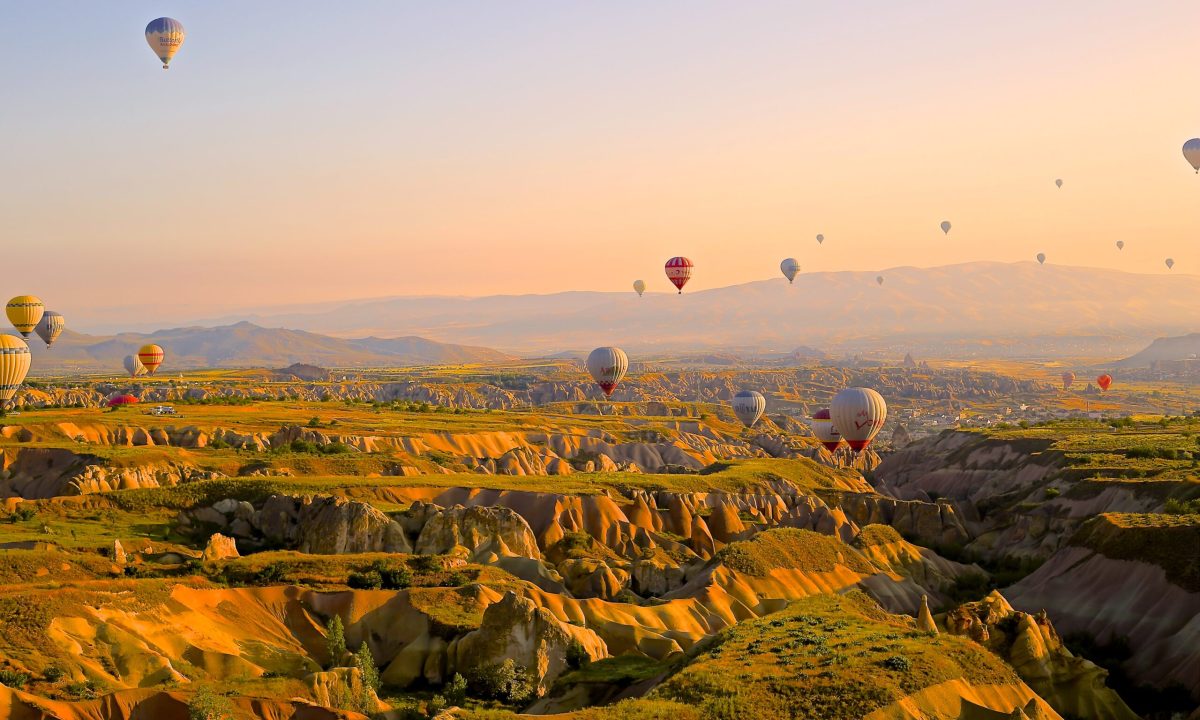
Turkey, with its captivating blend of East and West, stunning landscapes, and rich historical heritage, stands as one of the most mesmerizing destinations to visit on Earth. Whether you’re drawn to its bustling bazaars, ancient ruins, or scenic coastlines, Turkey offers a wealth of unforgettable experiences. Let’s explore the unique features, top activities, and must-visit places in this enchanting country.
Turkey’s allure lies in its diverse landscapes, historical significance, and vibrant culture. From the minarets of Istanbul to the fairy chimneys of Cappadocia, Turkey captivates every traveler.
- Rich History: Home to ancient civilizations, including the Greeks, Romans, Byzantines, and Ottomans, with landmarks like Ephesus and Hagia Sophia.
- Diverse Landscapes: Featuring stunning coastlines, arid deserts, lush valleys, and unique geological formations.
- Cultural Melting Pot: Combining elements of both Eastern and Western traditions, reflected in its architecture, cuisine, and art.
- Culinary Delights: Renowned for its flavorful dishes, including kebabs, baklava, and a variety of mezes.
- Warm Hospitality: Known for the friendliness and generosity of its people, making visitors feel welcome.
- Explore Ancient Ruins: Visit iconic archaeological sites such as Ephesus, Troy, and Hierapolis.
- Discover Istanbul: Explore historic landmarks like the Hagia Sophia, Blue Mosque, Topkapi Palace, and the Grand Bazaar.
- Hot Air Ballooning in Cappadocia: Experience a magical hot air balloon ride over the unique rock formations and fairy chimneys of Cappadocia.
- Relax in Thermal Springs: Soak in the natural thermal pools of Pamukkale, known for their stunning white travertine terraces.
- Cruise the Turkish Riviera: Sail along the Turquoise Coast, exploring beautiful beaches, hidden coves, and ancient ruins.
- Taste Turkish Cuisine: Savor traditional dishes like kebabs, mezes, gözleme, and Turkish delight. Don’t miss trying Turkish tea and coffee.
- Hike and Trek: Discover scenic trails in the Lycian Way, Mount Ararat, and the Kaçkar Mountains.
- Visit Mosques and Palaces: Admire the architectural beauty of the Blue Mosque in Istanbul, the Selimiye Mosque in Edirne, and the Ishak Pasha Palace in Eastern Turkey.
- Participate in Festivals: Experience vibrant cultural events such as the Istanbul Film Festival, Antalya Sand Sculpture Festival, and the Whirling Dervishes Festival in Konya.
- Explore Coastal Towns: Wander through charming towns like Bodrum, Fethiye, and Alacati, known for their stunning views and relaxed atmosphere.
Historical and Cultural Sites
- Istanbul: The vibrant city that straddles Europe and Asia, known for its historic sites, bustling bazaars, and rich cultural heritage. Key attractions include the Hagia Sophia, Blue Mosque, Topkapi Palace, and the Grand Bazaar.
- Ephesus: One of the best-preserved ancient cities in the Mediterranean, featuring the Temple of Artemis and the Library of Celsus.
- Cappadocia: Renowned for its unique rock formations, underground cities, and hot air ballooning experiences.
- Pamukkale: Famous for its white travertine terraces and the ancient city of Hierapolis.
Scenic and Coastal Destinations
- Turquoise Coast (Turkish Riviera): Known for its turquoise waters, beautiful beaches, and charming coastal towns such as Antalya, Bodrum, and Marmaris.
- Fethiye: A coastal town famous for its Blue Lagoon at Ölüdeniz, ancient rock tombs, and vibrant marina.
- Kaş: A picturesque town offering exceptional diving opportunities, ancient ruins, and a charming old town.
- Alanya: Featuring stunning beaches, the Alanya Castle, and the Damlatas Caves.
Natural Wonders and Adventure Spots
- Mount Ararat: The highest peak in Turkey, offering challenging trekking and stunning views.
- Kaçkar Mountains: Known for their beautiful landscapes, hiking trails, and biodiversity.
- Göreme National Park: A UNESCO World Heritage site in Cappadocia, featuring unique rock formations and historical cave dwellings.
- Dalyan: Famous for its natural mud baths, Iztuzu Beach, and ancient Lycian rock tombs.
Unique Villages and Off-the-Beaten-Path
- Safranbolu: A well-preserved Ottoman town known for its traditional houses and narrow cobblestone streets.
- Mardin: A picturesque city in Southeastern Anatolia, known for its stone houses and cultural heritage.
- Şirince: A charming village near Ephesus, famous for its wine production and well-preserved Greek architecture.
- Antakya (Hatay): Known for its rich history, diverse culture, and delicious cuisine.
- Language: Turkish is the official language. While English is widely spoken in tourist areas, learning basic Turkish phrases can enhance your travel experience.
- Currency: The Turkish Lira (TRY) is the official currency. Credit and debit cards are widely accepted in urban areas, but carrying some cash is useful for small transactions and rural areas.
- Transportation: Turkey has an extensive transportation network, including domestic flights, buses, trains, and ferries. Renting a car is convenient for exploring rural areas and coastal routes.
- Weather: Turkey has diverse climates, from Mediterranean to continental. Coastal areas enjoy hot summers and mild winters, while inland areas can be more extreme. Pack accordingly.
- Dining Etiquette: Turkish cuisine is diverse and flavorful. Tipping is appreciated but not obligatory, typically around 10% in restaurants.
- Respect Local Customs: Show respect for local traditions, especially when visiting mosques and religious sites. Dress modestly and remove shoes before entering mosques.
- Peak Travel Seasons: Summer (June to August) is peak tourist season with hot weather and busy beaches. Spring (April to June) and autumn (September to November) offer pleasant weather with fewer crowds.
- Advance Bookings: Popular attractions, accommodations, and tours can fill up quickly, especially during peak seasons. Booking in advance is recommended.
- Health Precautions: Drink bottled or purified water to avoid water-borne illnesses. Carry basic medications and consult your doctor regarding vaccinations and health precautions before traveling.
- Safety and Security: Turkey is generally safe for tourists, but stay aware of your surroundings, especially in crowded areas. Follow local advice and stay informed about weather warnings.
Turkey is a land of incredible diversity, rich history, and stunning natural beauty. Each region offers unique experiences, from the lively streets of Istanbul to the serene landscapes of Cappadocia. Embark on your journey to discover why Turkey is celebrated as one of the most beautiful places to visit in the world.
23. Ireland

Ireland, with its lush landscapes, rich history, and vibrant culture, stands as one of the most enchanting destinations to visit on Earth. Whether you’re drawn to its rugged cliffs, ancient castles, or lively pubs, Ireland offers a wealth of unforgettable experiences. Let’s explore the unique features, top activities, and must-visit places in this captivating country.
Ireland’s allure lies in its stunning natural beauty, historical landmarks, and warm hospitality. From the dramatic cliffs of Moher to the cobblestone streets of Dublin, Ireland captivates every traveler.
- Breathtaking Landscapes: Featuring rolling green hills, rugged coastlines, serene lakes, and picturesque countryside.
- Rich Cultural Heritage: Home to ancient castles, historic sites, and vibrant traditions in music, dance, and storytelling.
- Friendly Locals: Known for the warmth and hospitality of its people, often referred to as “the land of a thousand welcomes.”
- Celtic History and Mythology: Rich in Celtic traditions, myths, and legends, reflected in the country’s sites and festivals.
- Gastronomic Delights: Renowned for its hearty cuisine, including traditional dishes like Irish stew, soda bread, and fresh seafood.
- Explore Ancient Castles and Ruins: Visit iconic castles such as Blarney Castle, Kilkenny Castle, and the Rock of Cashel.
- Experience Irish Pubs: Enjoy live traditional music, local beers, and the lively atmosphere in pubs across the country, especially in Dublin, Galway, and Cork.
- Hike Scenic Trails: Discover the beauty of Ireland on trails like the Wicklow Way, Ring of Kerry, and Connemara National Park.
- Drive the Wild Atlantic Way: Take a scenic road trip along Ireland’s west coast, featuring breathtaking landscapes and charming coastal towns.
- Visit Historic Sites: Explore the ancient monastic site of Glendalough, the prehistoric monuments of Newgrange, and the Cliffs of Moher.
- Attend Festivals: Participate in vibrant festivals such as St. Patrick’s Day, Galway International Arts Festival, and the Cork Jazz Festival.
- Discover Dublin: Wander through Trinity College and see the Book of Kells, visit Dublin Castle, and enjoy the cultural quarter of Temple Bar.
- Cruise on Scenic Lakes: Take boat tours on the lakes of Killarney, Lough Corrib, and Lough Ree for stunning views and tranquil experiences.
- Explore Coastal Villages: Visit picturesque villages like Dingle, Clifden, and Kinsale for their colorful houses, artisanal shops, and delightful cuisine.
- Golf on World-Class Courses: Play a round of golf at renowned courses like Ballybunion, Lahinch, and Portmarnock.
Historical and Cultural Sites
- Dublin: The vibrant capital city known for its literary history, lively pubs, and historic landmarks. Key attractions include Trinity College, Dublin Castle, St. Patrick’s Cathedral, and the Guinness Storehouse.
- Kilkenny: A medieval town famous for Kilkenny Castle, St. Canice’s Cathedral, and its vibrant arts scene.
- Galway: Known for its bohemian atmosphere, colorful streets, and lively festivals. Don’t miss the Spanish Arch and Eyre Square.
- Cork: A vibrant city on the River Lee, known for its food markets, historic sites, and lively arts scene. Key attractions include the English Market and Blarney Castle.
Natural Wonders and Scenic Trails
- Cliffs of Moher: Iconic sea cliffs offering dramatic views over the Atlantic Ocean.
- Ring of Kerry: A scenic driving route around the Iveragh Peninsula, featuring stunning coastal and mountain landscapes.
- Wicklow Mountains: Known as the “Garden of Ireland,” offering beautiful scenery, hiking trails, and the monastic site of Glendalough.
- Connemara: A picturesque region with rugged coastlines, mountains, and traditional Irish villages.
Coastal and Countryside Destinations
- Dingle Peninsula: Famous for its stunning landscapes, charming villages, and rich cultural heritage.
- Aran Islands: A group of three islands known for their preserved Irish culture, ancient forts, and scenic beauty.
- Giant’s Causeway: A UNESCO World Heritage site in Northern Ireland, featuring unique hexagonal basalt columns formed by volcanic activity.
- Killarney: Famous for its national park, beautiful lakes, and Ross Castle. Ideal for hiking, kayaking, and horse-drawn carriage rides.
Unique Villages and Off-the-Beaten-Path
- Westport: A charming town with Georgian architecture, vibrant nightlife, and proximity to Croagh Patrick.
- Kinsale: A coastal town known for its gourmet restaurants, historic forts, and colorful streets.
- Dungarvan: A picturesque harbor town offering beautiful coastal walks, historic sites, and excellent seafood.
- Castlecomer: A small town with a rich history, outdoor adventure park, and scenic coal mining heritage.
- Language: English is the predominant language, but Irish (Gaelic) is also widely spoken, particularly in the Gaeltacht regions. Learning a few basic Irish phrases can enhance your travel experience.
- Currency: The Euro (EUR) is the official currency in the Republic of Ireland. Northern Ireland uses the British Pound (GBP). Credit and debit cards are widely accepted, but carrying some cash is useful for small transactions.
- Transportation: Ireland has an efficient public transportation system, including trains and buses. Renting a car is convenient for exploring rural areas and scenic routes.
- Weather: Ireland’s weather can be unpredictable. Pack layers and waterproof clothing, even in summer.
- Dining Etiquette: Irish cuisine is hearty and flavorful. Tipping is appreciated but not obligatory, typically around 10% in restaurants.
- Respect Local Customs: The Irish value politeness and friendliness. Greet people with a smile, and be sure to enjoy a chat in the local pub.
- Peak Travel Seasons: Summer (June to August) is peak tourist season with mild weather and busy attractions. Spring (April to June) and autumn (September to October) offer pleasant weather with fewer crowds.
- Advance Bookings: Popular accommodations, tours, and festivals can fill up quickly, especially during peak seasons. Booking in advance is recommended.
- Cultural Sensitivity: Respect local traditions and practices. Be mindful when visiting religious sites and historical landmarks.
- Safety and Security: Ireland is generally safe, but always stay aware of your surroundings, especially in crowded tourist areas. Keep your belongings secure and follow local advice.
Ireland is a land of stunning beauty, rich history, and warm hospitality. Each region offers unique experiences, from the lively streets of Dublin to the serene landscapes of Connemara. Embark on your journey to discover why Ireland is celebrated as one of the most beautiful places to visit in the world.
24. Croatia
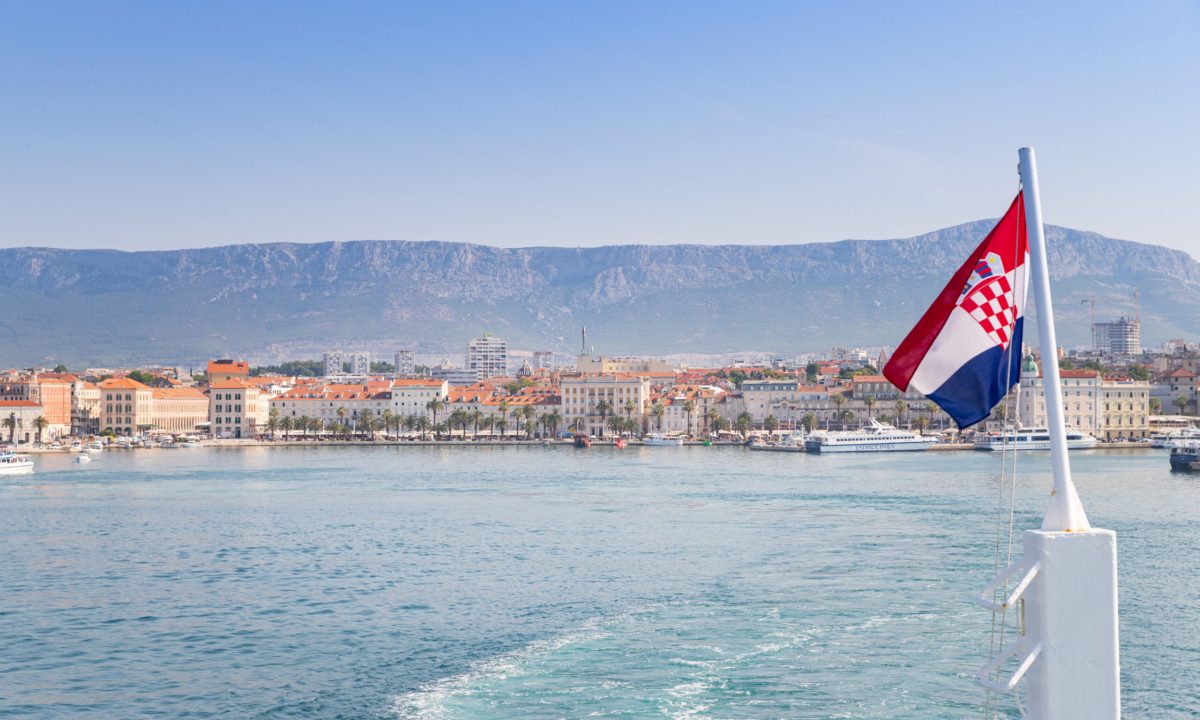
Croatia, with its breathtaking coastline, historic towns, and crystal-clear waters, is often celebrated as one of the most captivating destinations to visit on Earth. Whether you’re drawn to its picturesque islands, ancient ruins, or vibrant culture, Croatia offers a wealth of unforgettable experiences. Let’s explore the unique features, top activities, and must-visit places in this enchanting country.
Croatia’s allure lies in its stunning natural beauty, rich history, and vibrant coastal culture. From the ancient walls of Dubrovnik to the pristine beaches of the Adriatic, Croatia captivates every traveler.
- Dazzling Coastline: Featuring over a thousand islands and a rugged mainland coast along the Adriatic Sea.
- Historic Charm: Home to ancient Roman ruins, medieval walled cities, and UNESCO World Heritage Sites.
- Vibrant Culture: A blend of Mediterranean, Central European, and Balkan influences in music, food, and festivals.
- Natural Beauty: Boasting spectacular national parks, crystal-clear lakes, and striking waterfalls.
- Culinary Delights: Renowned for its fresh seafood, truffles, olive oil, and wines.
- Explore Ancient Cities: Wander through the historic streets of Dubrovnik’s Old Town, Diocletian’s Palace in Split, and the Roman amphitheater in Pula.
- Relax on Beautiful Beaches: Enjoy the stunning beaches of Hvar, Brač, and Korčula.
- Sail the Adriatic Sea: Charter a boat or join a sailing tour to explore the picturesque islands and hidden bays.
- Visit National Parks: Discover the natural wonders of Plitvice Lakes, Krka, and Mljet National Parks.
- Experience Croatian Cuisine: Savor traditional dishes like peka, black risotto, and fresh seafood in local konobas (taverns).
- Attend Festivals: Experience lively events like the Dubrovnik Summer Festival, Split’s Ultra Europe, and the Motovun Film Festival.
- Hike Scenic Trails: Trek the diverse landscapes in Paklenica National Park, the Velebit Mountains, and the Istrian Peninsula.
- Dive and Snorkel: Explore underwater caves, shipwrecks, and vibrant marine life along the coast.
- Taste Local Wines: Visit vineyards in regions like Istria, Dalmatia, and Slavonia to sample Croatian wines.
- Discover Historical Sites: Explore castles, fortresses, and ancient ruins scattered across the country.
Historical and Cultural Sites
- Dubrovnik: Known as the “Pearl of the Adriatic,” featuring a well-preserved medieval Old Town, city walls, and historic buildings. Key attractions include the Rector’s Palace, Sponza Palace, and Stradun.
- Split: Home to Diocletian’s Palace, a UNESCO World Heritage site, and a vibrant waterfront promenade known as the Riva.
- Zadar: Famous for its Roman and Venetian ruins, the Sea Organ, and the Sun Salutation.
- Pula: Known for its impressive Roman amphitheater, ancient temples, and historical sites.
- Zagreb: The capital city, offering rich cultural heritage, museums, galleries, and a bustling street life.
Coastal and Island Destinations
- Hvar: A popular island destination known for its beautiful beaches, lavender fields, and vibrant nightlife.
- Brač: Home to the famous Zlatni Rat beach and charming villages like Supetar.
- Korčula: Known for its medieval architecture, olive groves, and vineyards.
- Vis: A tranquil island featuring secluded beaches, the Blue Cave, and traditional Croatian cuisine.
- Mljet: An island national park known for its unspoiled natural beauty, saltwater lakes, and lush forests.
Natural Wonders and National Parks
- Plitvice Lakes National Park: A UNESCO World Heritage site famous for its cascading lakes, waterfalls, and hiking trails.
- Krka National Park: Renowned for its stunning waterfalls, scenic rivers, and historic monasteries.
- Paklenica National Park: A haven for hikers and climbers, featuring dramatic canyons, caves, and diverse flora and fauna.
- Mljet National Park: Boasting two saltwater lakes, lush forests, and ancient ruins.
Unique Villages and Off-the-Beaten-Path
- Rovinj: A charming coastal town in Istria, known for its colorful buildings, narrow streets, and vibrant arts scene.
- Motovun: A hilltop town famous for its medieval architecture, truffle hunting, and film festival.
- Trogir: A UNESCO World Heritage town with well-preserved medieval buildings, churches, and narrow alleyways.
- Ston: Known for its ancient walls, salt pans, and delicious oysters.
- Language: Croatian is the official language. While English is widely spoken in tourist areas, learning a few basic Croatian phrases can enhance your travel experience.
- Currency: The Croatian Kuna (HRK) is the official currency. Credit and debit cards are widely accepted, but carrying some cash is useful for small transactions, especially on the islands.
- Transportation: Croatia has an efficient public transportation system, including buses and ferries. Renting a car or boat is convenient for exploring rural areas and islands.
- Weather: Croatia enjoys a Mediterranean climate along the coast. Summers are hot and dry, while winters are mild and wetter. Pack accordingly.
- Dining Etiquette: Croatian cuisine is diverse and flavorful. Tipping is appreciated but not obligatory, typically around 10% in restaurants.
- Respect Local Customs: Croatians value politeness and hospitality. Greet people with a smile, and respect local traditions and practices.
- Peak Travel Seasons: Summer (June to August) is peak tourist season with hot weather and busy beaches. Spring (April to June) and autumn (September to October) offer pleasant weather with fewer crowds.
- Advance Bookings: Popular accommodations, tours, and festivals can fill up quickly, especially during peak seasons. Booking in advance is recommended.
- Safety and Security: Croatia is generally safe, but stay aware of your surroundings, especially in crowded tourist areas. Keep your belongings secure and follow local advice.
- Public Holidays: Be aware of Croatian public holidays and festivals, as many businesses may close, and transportation may be affected.
Croatia is a land of stunning beauty, rich history, and warm hospitality. Each region offers unique experiences, from the lively streets of Dubrovnik to the serene landscapes of Plitvice Lakes. Embark on your journey to discover why Croatia is celebrated as one of the most beautiful places to visit in the world.
25. Argentina
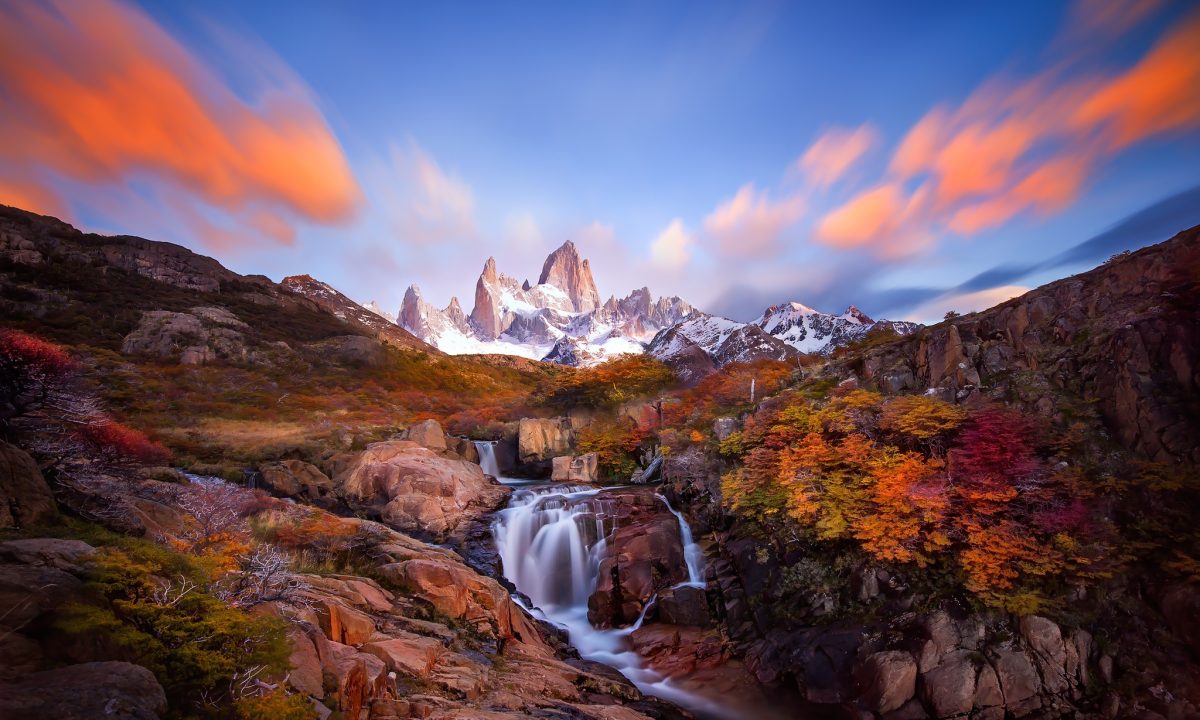
Argentina, with its diverse landscapes, rich cultural heritage, and vibrant cities, stands as one of the most captivating destinations to visit on Earth. Whether you’re drawn to its soaring Andes mountains, expansive pampas, or bustling Buenos Aires streets, Argentina offers a wealth of unforgettable experiences. Let’s explore the unique features, top activities, and must-visit places in this enchanting country.
Argentina’s allure lies in its breathtaking natural beauty, dynamic culture, and historical depth. From the glaciers of Patagonia to the wine country of Mendoza, Argentina captivates every traveler.
- Diverse Landscapes: Featuring towering mountains, vast plains, lush rainforests, and glacial lakes.
- Rich Cultural Heritage: Home to a blend of indigenous, Spanish, and European influences reflected in its architecture, art, music, and dance.
- Vibrant Cities: Known for its sophisticated cities like Buenos Aires, with a lively arts scene, historic neighborhoods, and tango dancing.
- Culinary Delights: Renowned for its world-class cuisine, including mouthwatering steaks, empanadas, and Malbec wine.
- Spectacular Natural Wonders: Boasting iconic landmarks like Iguazu Falls, Perito Moreno Glacier, and Aconcagua.
- Explore Buenos Aires: Discover the capital’s historic sites, vibrant neighborhoods, and enjoy a tango show or class.
- Visit Iguazu Falls: Marvel at one of the world’s most spectacular waterfall systems, situated on the border with Brazil.
- Hike in Patagonia: Experience the stunning landscapes of Torres del Paine and Fitz Roy in Southern Argentina.
- Wine Tasting in Mendoza: Tour vineyards and sample exquisite Malbec wines in Argentina’s premier wine region.
- Adventure in the Andes: Trek, ski, or climb in the majestic Andes mountains, from Bariloche to Salta.
- Discover the Pampas: Experience traditional gaucho culture and horseback riding in this vast, flat grassland region.
- Relax in Bariloche: Enjoy the Swiss-Alpine ambiance, beautiful lakes, and outdoor activities in the Lake District.
- Explore Colonial Cities: Wander through the well-preserved colonial architecture in cities like Córdoba and Salta.
- Visit Glaciers: Witness the awe-inspiring Perito Moreno Glacier in Los Glaciares National Park.
- Experience the Wildlife of the Valdes Peninsula: See whales, penguins, and sea lions in this biodiversity hotspot.
Historical and Cultural Sites
- Buenos Aires: The vibrant capital, known for its European architecture, cultural landmarks, and vibrant arts scene. Key attractions include the Casa Rosada, Teatro Colón, and La Boca’s colorful streets.
- Córdoba: Famous for its colonial-era churches, universities, and lively cultural atmosphere.
- Salta: Known for its well-preserved colonial architecture, including the beautiful Salta Cathedral and San Francisco Church.
- Rosario: Birthplace of Che Guevara, offering beautiful parks, museums, and a lively riverfront.
Natural Wonders and Scenic Destinations
- Iguazu Falls: A UNESCO World Heritage site featuring over 270 waterfalls in the middle of the rainforest.
- Patagonia: Covering Southern Argentina, known for its dramatic landscapes, including the Andes mountains, glaciers, and national parks.
- Los Glaciares National Park: Home to the famous Perito Moreno Glacier and Mount Fitz Roy.
- Valdes Peninsula: A wildlife sanctuary on the Atlantic coast, perfect for whale watching, penguin colonies, and other marine life.
Coastal and Beach Destinations
- Mar del Plata: Argentina’s premier beach resort destination, known for its sandy beaches, vibrant nightlife, and historic casino.
- Villa Gesell: A popular beach resort, offering pristine beaches and family-friendly activities.
- Tigre: Located near Buenos Aires, known for its beautiful river delta, waterways, and boutique hotels.
Adventure and Outdoor Activities
- Mendoza: The heart of Argentina’s wine country, offering wine tours, tastings, and beautiful vineyard landscapes.
- Bariloche: Known for its alpine beauty, with numerous hiking trails, ski resorts, and crystal-clear lakes.
- San Martín de los Andes: A picturesque town nestled in the Andes, perfect for outdoor adventures and exploring Nahuel Huapi National Park.
- El Calafate: Gateway to Los Glaciares National Park, offering excursions to the Perito Moreno Glacier and other stunning ice formations.
- Language: Spanish is the official language. While English is widely spoken in tourist areas, learning a few basic Spanish phrases can enhance your travel experience.
- Currency: The Argentine Peso (ARS) is the official currency. Credit and debit cards are widely accepted, but carrying some cash is useful for small transactions and rural areas.
- Transportation: Argentina has an extensive transportation network, including domestic flights, buses, and trains. Renting a car is convenient for exploring rural areas and national parks.
- Weather: Argentina has varied climates. The north is tropical, while the south, especially Patagonia, can be cold. Buenos Aires has a temperate climate. Pack accordingly.
- Dining Etiquette: Argentine cuisine is diverse and flavorful. Tipping is appreciated but not obligatory, typically around 10% in restaurants.
- Respect Local Customs: Argentinians value politeness and hospitality. Greet people with a handshake or a kiss on the cheek and be respectful of local traditions.
- Peak Travel Seasons: Summer (December to February) is the best time for beaches and Patagonia. Spring (September to November) and autumn (March to May) have mild weather and fewer crowds.
- Advance Bookings: Popular accommodations, tours, and festivals can fill up quickly, especially during peak seasons. Booking in advance is recommended.
- Safety and Security: Argentina is generally safe, but stay aware of your surroundings, especially in crowded tourist areas. Keep your belongings secure and follow local advice.
- Public Holidays: Be aware of Argentine public holidays and festivals, as many businesses may close, and transportation may be affected.
Argentina is a land of breathtaking beauty, rich culture, and warm hospitality. Each region offers unique experiences, from the vibrant streets of Buenos Aires to the serene landscapes of Patagonia. Embark on your journey to discover why Argentina is celebrated as one of the most beautiful places to visit in the world.
26. Morocco
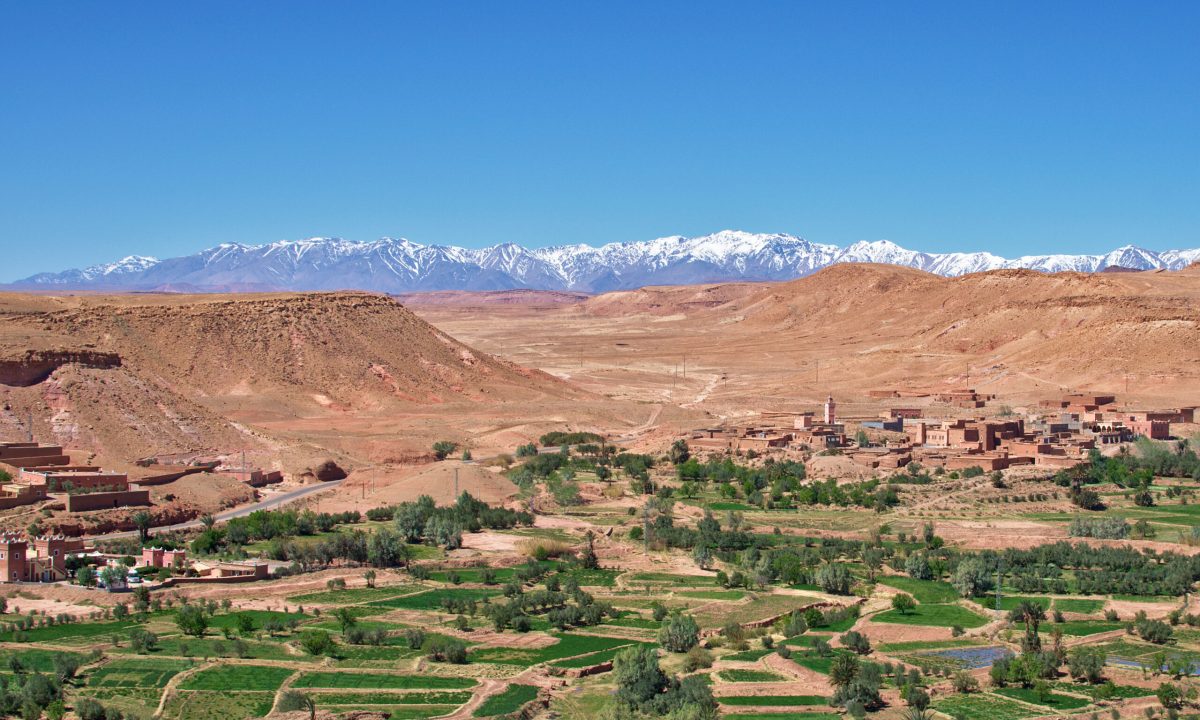
Morocco, with its diverse landscapes, rich cultural heritage, and vibrant cities, stands as one of the most enchanting destinations to visit on Earth. Whether you’re drawn to its ancient medinas, stunning deserts, or colorful souks, Morocco offers a wealth of unforgettable experiences. Let’s explore the unique features, top activities, and must-visit places in this captivating country.
Morocco’s allure lies in its stunning natural beauty, rich history, and dynamic culture. From the bustling streets of Marrakech to the serene Sahara Desert, Morocco captivates every traveler.
- Diverse Landscapes: Featuring expansive deserts, rugged mountains, lush valleys, and stunning coastlines.
- Rich Cultural Heritage: A blend of Arab, Berber, and French influences reflected in its architecture, cuisine, and traditions.
- Colorful Markets (Souks): Bustling markets filled with spices, textiles, ceramics, and traditional crafts.
- Historic Medinas: Ancient cities with narrow, winding streets, historic sites, and vibrant street life.
- Culinary Delights: Renowned for its flavorful cuisine, including dishes like tagine, couscous, and pastilla.
- Explore Ancient Medinas: Wander through the medinas of Marrakech, Fes, and Chefchaouen, discovering historic sites, markets, and traditional architecture.
- Visit the Sahara Desert: Experience a camel trek, overnight in a traditional desert camp, and witness the stunning sunset over the dunes.
- Discover Marrakech: Visit iconic landmarks like the Koutoubia Mosque, Bahia Palace, and Jardin Majorelle. Don’t miss the lively Jemaa el-Fnaa square.
- Hike the Atlas Mountains: Trek through the High Atlas Mountains, visiting Berber villages and enjoying breathtaking vistas.
- Relax in Coastal Towns: Unwind in charming coastal towns like Essaouira and Agadir, known for their beautiful beaches and seafood cuisine.
- Sample Moroccan Cuisine: Savor traditional dishes at local restaurants and food stalls. Consider taking a Moroccan cooking class.
- Experience a Hammam: Enjoy a traditional Moroccan spa experience, complete with steam rooms, massages, and scrubs.
- Discover Historical Sites: Visit ancient Roman ruins at Volubilis, the fortress city of Aït Benhaddou, and the royal palaces of Rabat.
- Attend Festivals: Experience vibrant festivals like the Fes Festival of World Sacred Music, Marrakech International Film Festival, and the Imilchil Marriage Festival.
- Shop in Souks: Explore bustling markets in cities like Marrakech, Fes, and Tangier, buying traditional crafts, spices, and textiles.
Historical and Cultural Sites
- Marrakech: Known for its vibrant souks, historic palaces, and lively squares. Key attractions include Jemaa el-Fnaa, Koutoubia Mosque, Bahia Palace, and Saadian Tombs.
- Fes: Famous for its well-preserved medieval medina, historic madrasas, and the ancient University of Al Quaraouiyine.
- Rabat: The modern capital city with historic sites like the Hassan Tower, Royal Palace, and the Mausoleum of Mohammed V.
- Meknes: Known for its grand gates, Imperial City, and the nearby ancient ruins of Volubilis.
Desert and Mountain Adventures
- Sahara Desert: Experience the beauty of the Sahara with camel treks, desert camps, and exploring the dunes of Erg Chebbi and Erg Chigaga.
- Atlas Mountains: Trek through the stunning Atlas Mountains, visiting Toubkal National Park, Imlil, and the Aït Bouguemez Valley.
- Ouarzazate: Gateway to the Sahara, known for its film studios, kasbahs, and the nearby Aït Benhaddou.
- Draa Valley: Explore a lush valley with palm groves, kasbahs, and traditional Berber villages.
Coastal and Beach Destinations
- Essaouira: A charming coastal town known for its fortified medina, fresh seafood, and vibrant arts scene.
- Agadir: Famous for its sandy beaches, modern resorts, and a pleasant climate.
- Tangier: A historic port city with a blend of Moroccan and European influences, featuring the Kasbah Museum, Caves of Hercules, and lively souks.
- Asilah: Known for its whitewashed buildings, beautiful beaches, and annual arts festival.
Unique Villages and Scenic Routes
- Chefchaouen: Famous for its blue-painted streets and buildings, nestled in the Rif Mountains.
- Aït Benhaddou: An ancient fortified village and UNESCO World Heritage site, often used as a film location.
- Merzouga: A gateway to the Sahara Desert, known for the stunning Erg Chebbi dunes.
- Ifrane: Known as the “Switzerland of Morocco,” offering a unique alpine atmosphere and beautiful cedar forests.
- Language: Arabic and Berber are the official languages. French is widely spoken, especially in urban areas. Learning basic Arabic or French phrases can enhance your travel experience.
- Currency: The Moroccan Dirham (MAD) is the official currency. Credit and debit cards are widely accepted in urban areas, but carrying cash is useful for small transactions and rural areas.
- Transportation: Morocco has an efficient transportation network, including trains, buses, and taxis. Renting a car is convenient for exploring rural areas and scenic routes.
- Weather: Morocco has diverse climates. Coastal areas have a Mediterranean climate, while the interior can be more extreme. Pack accordingly, especially if visiting the mountains or desert.
- Dining Etiquette: Moroccan cuisine is flavorful and diverse. Tipping is appreciated but not obligatory, typically around 10% in restaurants.
- Respect Local Customs: Show respect for local traditions, especially when visiting religious sites. Dress modestly, cover shoulders, and legs when entering mosques.
- Peak Travel Seasons: Spring (March to May) and autumn (September to November) are the best times to visit Morocco, with mild temperatures and fewer crowds.
- Advance Bookings: Popular accommodations, tours, and festivals can fill up quickly, especially during peak seasons. Booking in advance is recommended.
- Health Precautions: Drink bottled or purified water to avoid water-borne illnesses. Carry basic medications and consult your doctor regarding vaccinations and health precautions before traveling.
- Safety and Security: Morocco is generally safe, but stay aware of your surroundings, especially in crowded tourist areas. Keep your belongings secure and follow local advice.
Morocco is a land of stunning landscapes, rich history, and vibrant culture. Each region offers unique experiences, from the lively markets of Marrakech to the serene dunes of the Sahara. Embark on your journey to discover why Morocco is celebrated as one of the most beautiful places to visit in the world.
27. Vietnam

Vietnam, with its rich cultural heritage, stunning landscapes, and vibrant cities, stands as one of the most captivating destinations to visit on Earth. Whether you’re drawn to its ancient temples, bustling markets, or breathtaking natural wonders, Vietnam offers a wealth of unforgettable experiences. Let’s explore the unique features, top activities, and must-visit places in this enchanting country.
Vietnam’s allure lies in its diverse landscapes, historical depth, and vibrant culture. From the lush rice terraces of Sapa to the dynamic streets of Hanoi, Vietnam captivates every traveler.
- Diverse Landscapes: Featuring majestic mountains, lush valleys, pristine beaches, and bustling cities.
- Rich Cultural Heritage: A blend of traditional Vietnamese, Chinese, and French influences in architecture, cuisine, and festivals.
- Bustling Markets: Vibrant markets filled with local produce, handicrafts, and street food.
- Ancient Temples and Pagodas: Historic religious sites reflecting Vietnam’s deep spiritual traditions.
- Spectacular Natural Wonders: Boasting iconic landmarks like Ha Long Bay, the Mekong Delta, and Phong Nha Caves.
- Explore Hanoi: Visit historic sites like the Old Quarter, Hoan Kiem Lake, and the Temple of Literature. Enjoy street food tours and traditional water puppet shows.
- Cruise Ha Long Bay: Experience the stunning limestone karsts and emerald waters with an overnight boat tour.
- Trek in Sapa: Hike through the terraced rice fields, visit ethnic minority villages, and enjoy the breathtaking mountain scenery.
- Discover Hoi An: Wander through the ancient town, visit historic temples, and take a lantern-lit boat ride on the Thu Bon River.
- Experience Ho Chi Minh City: Explore the bustling streets, colonial architecture, and historic landmarks like the Reunification Palace and War Remnants Museum.
- Visit the Cu Chi Tunnels: Learn about the Vietnam War and experience the underground tunnel network used by Viet Cong soldiers.
- Relax on Beaches: Unwind on Vietnam’s beautiful beaches in Da Nang, Nha Trang, and Phu Quoc Island.
- Taste Vietnamese Cuisine: Savor traditional dishes like pho, banh mi, and goi cuon. Consider taking a Vietnamese cooking class.
- Explore the Mekong Delta: Cruise through the waterways, visit floating markets, and discover rural villages.
- Visit Temples and Pagodas: Explore spiritual sites like the Perfume Pagoda, My Son Sanctuary, and Bai Dinh Pagoda.
Historical and Cultural Sites
- Hanoi: The capital city, offering a blend of ancient history and modern energy. Key attractions include Hoan Kiem Lake, the Old Quarter, Ho Chi Minh Mausoleum, and the Temple of Literature.
- Hoi An: A UNESCO World Heritage site known for its well-preserved Ancient Town, colorful lanterns, and historic architecture.
- Hue: The former imperial capital, featuring the Imperial City, royal tombs, and historic pagodas along the Perfume River.
- Ho Chi Minh City: The vibrant southern metropolis known for its bustling markets, French colonial buildings, and cultural landmarks.
Natural Wonders and Scenic Destinations
- Ha Long Bay: A UNESCO World Heritage site famous for its emerald waters, limestone karsts, and stunning scenery.
- Phong Nha-Ke Bang National Park: Known for its impressive cave systems, including Son Doong, the world’s largest cave.
- Sapa: A mountainous region renowned for its rice terraces, ethnic minority villages, and trekking opportunities.
- Mekong Delta: A vast network of rivers, canals, and islands offering scenic boat tours, floating markets, and traditional villages.
Coastal and Beach Destinations
- Da Nang: A coastal city with beautiful beaches, the Marble Mountains, and the Golden Bridge at Ba Na Hills.
- Nha Trang: A popular beach destination known for its clear waters, coral reefs, and lively nightlife.
- Phu Quoc Island: An idyllic island with pristine beaches, diverse marine life, and lush national parks.
- Mui Ne: Famous for its sand dunes, kite surfing, and relaxed beach atmosphere.
Unique Villages and Off-the-Beaten-Path
- Tam Coc: Often referred to as “Ha Long Bay on Land,” known for its karst landscapes, boat rides, and ancient temples.
- Mai Chau: A peaceful valley offering a glimpse into rural Vietnamese life, with traditional stilt houses and ethnic minority culture.
- Ha Giang: A remote northern province known for its dramatic landscapes, mountain passes, and vibrant ethnic cultures.
- Bac Ha: Renowned for its colorful ethnic markets and beautiful countryside.
- Language: Vietnamese is the official language. While English is widely spoken in tourist areas, learning a few basic Vietnamese phrases can enhance your travel experience.
- Currency: The Vietnamese Dong (VND) is the official currency. Credit and debit cards are widely accepted in urban areas, but carrying cash is useful for small transactions and rural areas.
- Transportation: Vietnam has an extensive transportation network, including domestic flights, trains, buses, and taxis. Renting a motorbike is popular for exploring urban areas and countryside.
- Weather: Vietnam has diverse climates. The north experiences cold winters and hot summers, while the south enjoys a tropical climate year-round. Pack accordingly based on the regions you plan to visit.
- Dining Etiquette: Vietnamese cuisine is diverse and flavorful. Tipping is appreciated but not obligatory, typically around 10% in restaurants.
- Respect Local Customs: Show respect for local traditions, especially when visiting religious sites. Dress modestly and cover shoulders and knees when entering temples.
- Peak Travel Seasons: Spring (March to April) and autumn (September to November) are the best times to visit Vietnam, with mild temperatures and less rainfall.
- Advance Bookings: Popular accommodations, tours, and festivals can fill up quickly, especially during peak seasons. Booking in advance is recommended.
- Health Precautions: Drink bottled or purified water to avoid water-borne illnesses. Carry basic medications and consult your doctor regarding vaccinations and health precautions before traveling.
- Safety and Security: Vietnam is generally safe, but stay aware of your surroundings, especially in crowded tourist areas. Keep your belongings secure and follow local advice.
Vietnam is a land of stunning beauty, rich history, and vibrant culture. Each region offers unique experiences, from the lively streets of Hanoi to the serene landscapes of Ha Long Bay. Embark on your journey to discover why Vietnam is celebrated as one of the most beautiful places to visit in the world.
28. Kenya
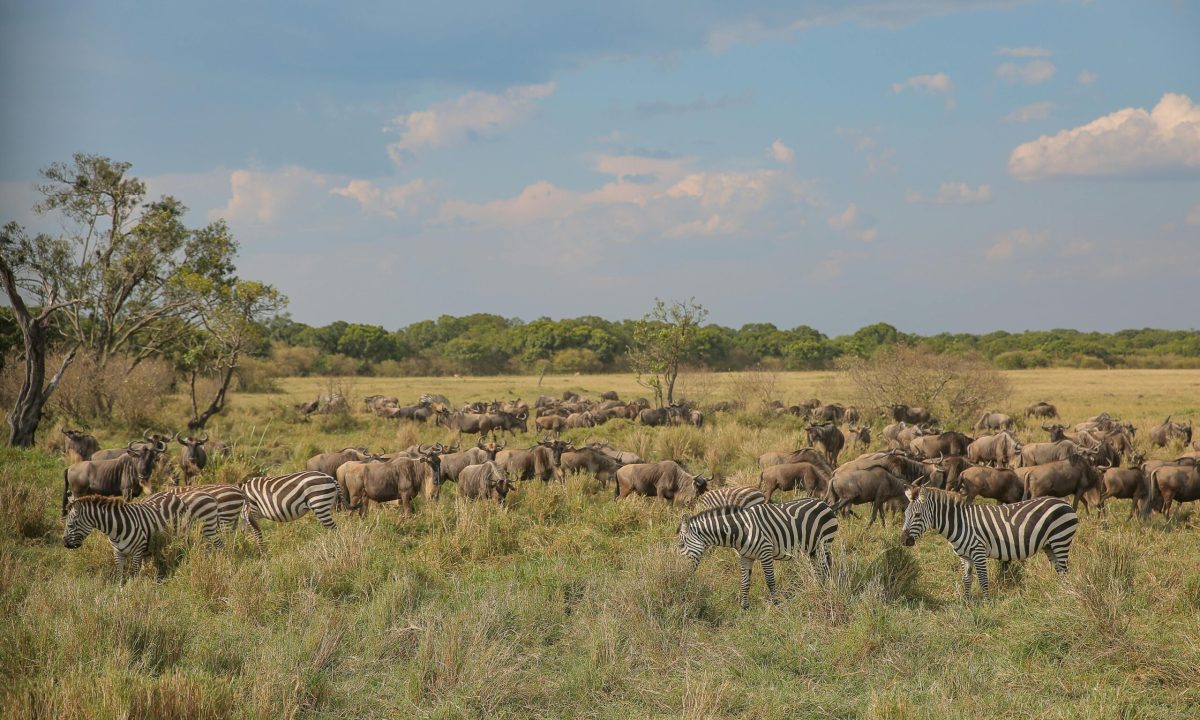
Kenya, with its diverse landscapes, rich wildlife, and vibrant culture, stands as one of the most captivating destinations to visit on Earth. Whether you’re drawn to its iconic wildlife safaris, stunning coastlines, or fascinating cultural heritage, Kenya offers a wealth of unforgettable experiences. Let’s explore the unique features, top activities, and must-visit places in this enchanting country.
Kenya’s allure lies in its stunning natural beauty, abundant wildlife, and rich cultural diversity. From the plains of the Maasai Mara to the beaches of Mombasa, Kenya captivates every traveler.
- Diverse Landscapes: Featuring savannas, mountains, rainforests, and coastlines along the Indian Ocean.
- Wildlife Abundance: Home to the Big Five – lions, elephants, buffalo, leopards, and rhinos – and many other species in renowned national parks and reserves.
- Cultural Richness: A blend of over 40 ethnic groups, each with unique traditions, languages, and cultural practices.
- Adventure and Outdoor Activities: Offering activities such as wildlife safaris, hiking, snorkeling, and hot air ballooning.
- Warm Hospitality: Known for its friendly and welcoming people, making visitors feel at home.
- Go on a Safari: Experience thrilling wildlife encounters in Maasai Mara, Amboseli, and Tsavo National Parks.
- Witness the Great Migration: Visit Maasai Mara between July and October to see the spectacular wildebeest migration.
- Relax on Beaches: Unwind on the beautiful beaches of Diani, Watamu, and Lamu Island.
- Explore Nairobi: Visit the David Sheldrick Wildlife Trust, Giraffe Centre, and Nairobi National Park.
- Hike Mount Kenya: Trek through diverse landscapes, from tropical rainforests to glaciers, on Africa’s second-highest peak.
- Visit Cultural Sites: Discover the ancient ruins of Gedi, the historic port city of Lamu, and the vibrant culture of the Maasai people.
- Boat Rides and Bird Watching: Take a boat ride on Lake Naivasha and Lake Nakuru and enjoy bird watching and hippo sightings.
- Experience Hot Air Balloon Safaris: Float above the plains of the Maasai Mara for a unique perspective of the wildlife and landscapes.
- Snorkel and Dive: Explore the coral reefs and marine life at Watamu Marine National Park and Kisite-Mpunguti Marine National Park.
- Attend Local Festivals: Participate in vibrant festivals like the Lamu Cultural Festival and the Mombasa Carnival.
National Parks and Wildlife Reserves
- Maasai Mara National Reserve: World-renowned for its abundant wildlife and annual wildebeest migration. Highlights include game drives, hot air balloon safaris, and cultural visits to Maasai villages.
- Amboseli National Park: Known for its large herds of elephants and stunning views of Mount Kilimanjaro.
- Tsavo National Parks (East and West): Famous for their diverse landscapes, rich wildlife, and the iconic red elephants of Tsavo.
- Lake Nakuru National Park: Home to thousands of flamingos, diverse bird species, and rhinos.
Coastal and Beach Destinations
- Diani Beach: A stunning white-sand beach along the Indian Ocean, known for its clear blue waters, water sports, and luxury resorts.
- Watamu: A beautiful coastal town offering pristine beaches, coral reefs, and an array of marine life.
- Lamu Island: A historic Swahili town known for its preserved culture, ancient architecture, and beautiful beaches.
- Malindi: A vibrant coastal town featuring beautiful beaches, coral gardens, and rich history.
Mountains and Highlands
- Mount Kenya: Africa’s second-highest peak, offering diverse trekking routes and stunning alpine scenery.
- Aberdare National Park: Renowned for its waterfalls, bamboo forests, and diverse wildlife.
- Great Rift Valley: A geological wonder with breathtaking landscapes, lakes, and rich wildlife.
Unique Villages and Scenic Routes
- Nairobi: The bustling capital city, with attractions including Nairobi National Park, the David Sheldrick Wildlife Trust, and the Giraffe Centre.
- Samburu National Reserve: Known for its unique wildlife species, including Grevy’s zebras and reticulated giraffes.
- Hell’s Gate National Park: Featuring dramatic landscapes, geothermal activity, and outdoor adventures like rock climbing and biking.
- Laikipia Plateau: A wildlife-rich region offering private conservancies, luxury lodges, and community-based conservation initiatives.
- Language: English and Swahili are the official languages. Learning a few basic Swahili phrases can enhance your travel experience.
- Currency: The Kenyan Shilling (KES) is the official currency. Credit and debit cards are widely accepted in urban areas, but carrying cash is useful for small transactions and rural areas.
- Transportation: Kenya has an extensive transportation network, including domestic flights, buses, and taxis. Renting a car with a driver is convenient for exploring national parks and rural areas.
- Weather: Kenya has a varied climate. The coast is tropical, while the interior ranges from temperate to arid. Pack accordingly, and bring layers for cooler nights in the highlands.
- Dining Etiquette: Kenyan cuisine is diverse and flavorful. Tipping is appreciated but not obligatory, typically around 10% in restaurants.
- Respect Local Customs: Show respect for local traditions, especially when visiting cultural sites and interacting with indigenous communities. Dress modestly, especially in rural areas and religious sites.
- Peak Travel Seasons: The best time to visit Kenya is during the dry seasons, from June to October and from January to February, ideal for wildlife viewing.
- Advance Bookings: Popular accommodations, safaris, and tours can fill up quickly, especially during peak seasons. Booking in advance is recommended.
- Health Precautions: Malaria is present in Kenya, so take preventive measures. Drink bottled or purified water to avoid water-borne illnesses. Consult your doctor regarding vaccinations and health precautions before traveling.
- Safety and Security: Kenya is generally safe for tourists, but stay aware of your surroundings, especially in crowded tourist areas. Keep your belongings secure and follow local advice.
Kenya is a land of stunning beauty, rich culture, and abundant wildlife. Each region offers unique experiences, from the savannas of the Maasai Mara to the serene beaches of Diani. Embark on your journey to discover why Kenya is celebrated as one of the most beautiful places to visit in the world.
29. Indonesia
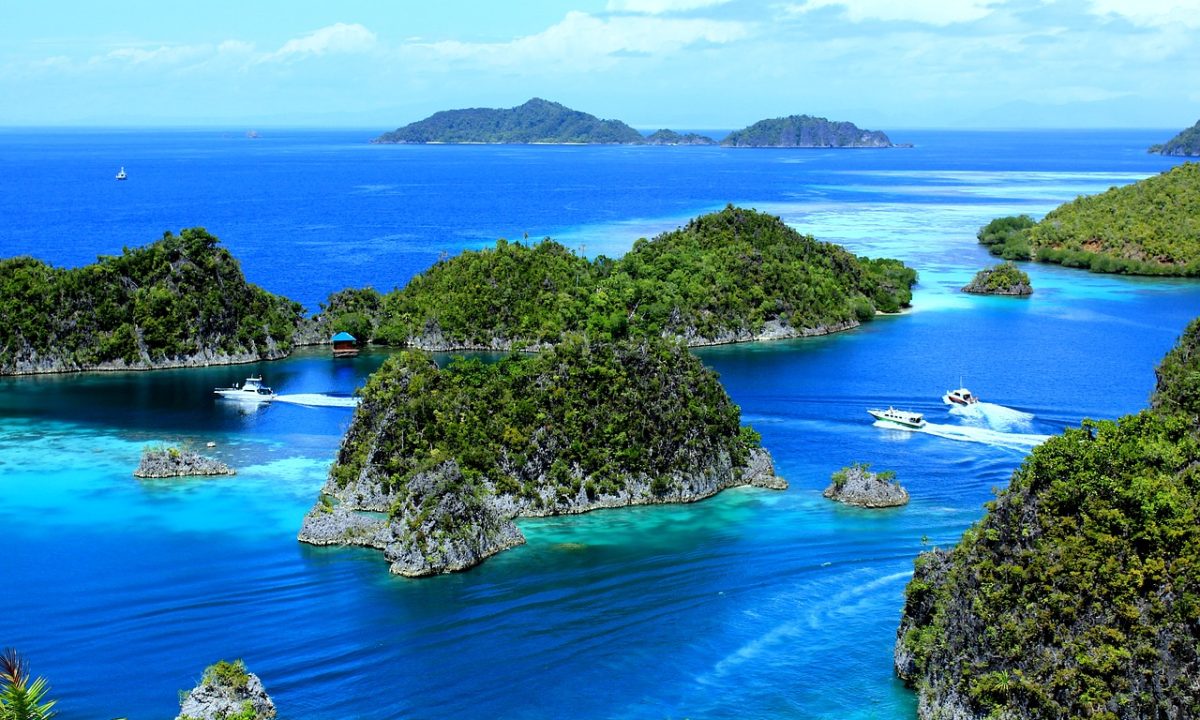
Indonesia, with its diverse landscapes, rich cultural heritage, and stunning islands, is often celebrated as one of the most breathtaking destinations to visit on Earth. Whether you’re drawn to its vibrant cities, pristine beaches, or ancient temples, Indonesia offers a wealth of unforgettable experiences. Let’s explore the unique features, top activities, and must-visit places in this captivating country.
Indonesia’s allure lies in its diverse ecosystems, cultural richness, and dynamic landscapes. From the iconic temples of Bali to the untouched beauty of Raja Ampat, Indonesia captivates every traveler.
- Diverse Landscapes: Featuring stunning beaches, lush rainforests, dramatic volcanoes, and tranquil lakes.
- Cultural Richness: A mosaic of over 17,000 islands, each with unique traditions, languages, and cultural practices.
- Warm Hospitality: Known for the friendliness and hospitality of its people, making visitors feel welcome.
- Adventure and Outdoor Activities: Offering activities such as surfing, diving, trekking, and wildlife spotting.
- Culinary Delights: Renowned for its diverse and flavorful cuisine, including dishes like nasi goreng, satay, and rendang.
- Explore Bali: Discover the iconic temples of Uluwatu and Tanah Lot, relax on beautiful beaches in Seminyak and Nusa Dua, and enjoy the vibrant nightlife.
- Experience Jakarta: Visit the capital’s historic sites, bustling markets, and modern attractions like the National Monument and Istiqlal Mosque.
- Dive in Raja Ampat: Explore one of the world’s most biodiverse marine environments, known for its coral reefs and vibrant marine life.
- Hike Mount Bromo: Trek to the summit of this active volcano for breathtaking sunrise views and unique landscapes.
- Visit Borobudur and Prambanan: Explore these UNESCO World Heritage Sites, which are some of the largest and most magnificent Buddhist and Hindu temples in the world.
- Relax in Lombok: Enjoy the serene beauty of Gili Islands, pristine beaches, and the scenic rice terraces.
- Experience Sumatra: Trek in Bukit Lawang to see orangutans, explore Lake Toba, and visit the volcanic island of Krakatoa.
- Snorkel and Dive in Komodo National Park: Discover the underwater wonders and unique wildlife, such as Komodo dragons, in this UNESCO World Heritage Site.
- Explore Yogyakarta: Visit the cultural heart of Java, known for its traditional arts, crafts, and the Sultan’s Palace.
- Attend Festivals: Experience vibrant festivals like Bali Arts Festival, Yogyakarta’s Ramayana Ballet, and Jakarta International Java Jazz Festival.
Iconic Islands and Beaches
- Bali: Indonesia’s most famous island, known for its stunning beaches, vibrant culture, and iconic temples. Key attractions include Uluwatu Temple, Tanah Lot, Ubud Monkey Forest, and the beaches of Kuta and Seminyak.
- Lombok: A serene island offering beautiful beaches, scenic rice terraces, and the stunning Gili Islands.
- Komodo National Park: Famous for its Komodo dragons, pristine beaches, and world-class diving spots.
- Raja Ampat: Renowned for its rich marine biodiversity, offering some of the best diving and snorkeling in the world.
Historical and Cultural Sites
- Borobudur Temple: A UNESCO World Heritage Site and the world’s largest Buddhist temple, located in Central Java.
- Prambanan Temple: Another UNESCO World Heritage Site, known for its magnificent Hindu temple complex.
- Yogyakarta: The cultural heart of Java, offering traditional arts, crafts, and historic sites such as the Sultan’s Palace and Taman Sari Water Castle.
- Tana Toraja: Known for its unique funeral rites, traditional houses (Tongkonan), and stunning landscapes.
Volcanoes and Natural Wonders
- Mount Bromo: An active volcano in East Java, offering breathtaking sunrise views and unique trekking experiences.
- Mount Rinjani: The second-highest volcano in Indonesia, known for its challenging treks and stunning crater lake.
- Lake Toba: The largest volcanic lake in the world, located in Sumatra, with the beautiful island of Samosir in the middle.
- Krakatoa: An infamous volcanic island in the Sunda Strait, known for its historic eruption in 1883.
Wildlife and Nature Reserves
- Bukit Lawang: A renowned jungle destination in Sumatra, famous for its orangutan sanctuary and trekking opportunities.
- Ujung Kulon National Park: A UNESCO World Heritage Site in West Java, home to the critically endangered Javan rhinoceros.
- Way Kambas National Park: Located in Lampung, Sumatra, known for its elephant sanctuary and diverse wildlife.
- Bali Barat National Park: Offering beautiful landscapes, diverse flora and fauna, and excellent diving spots.
- Language: Indonesian (Bahasa Indonesia) is the official language. While English is widely spoken in tourist areas, learning basic Indonesian phrases can enhance your travel experience.
- Currency: The Indonesian Rupiah (IDR) is the official currency. Credit and debit cards are widely accepted in urban areas, but carrying cash is useful for small transactions and rural areas.
- Transportation: Indonesia has an extensive transportation network, including domestic flights, ferries, buses, and taxis. Renting a motorbike is popular for exploring islands like Bali and Lombok.
- Weather: Indonesia has a tropical climate with a wet season (November to April) and a dry season (May to October). The dry season is ideal for traveling.
- Dining Etiquette: Indonesian cuisine is diverse and flavorful. Tipping is appreciated but not obligatory, typically around 10% in restaurants.
- Respect Local Customs: Show respect for local traditions, especially when visiting religious sites. Dress modestly and cover shoulders and knees when entering temples.
- Peak Travel Seasons: The best time to visit Indonesia is during the dry season, from May to October, when the weather is more predictable and conducive to outdoor activities.
- Advance Bookings: Popular accommodations, tours, and flights can fill up quickly, especially during peak seasons. Booking in advance is recommended.
- Health Precautions: Consult your doctor regarding vaccinations and health precautions before traveling. Drink bottled or purified water to avoid water-borne illnesses.
- Safety and Security: Indonesia is generally safe, but stay aware of your surroundings, especially in crowded tourist areas. Keep your belongings secure and follow local advice.
Indonesia is a land of stunning beauty, rich culture, and warm hospitality. Each region offers unique experiences, from the vibrant streets of Jakarta to the serene beaches of Bali. Embark on your journey to discover why Indonesia is celebrated as one of the most beautiful places to visit in the world.
30. Chile
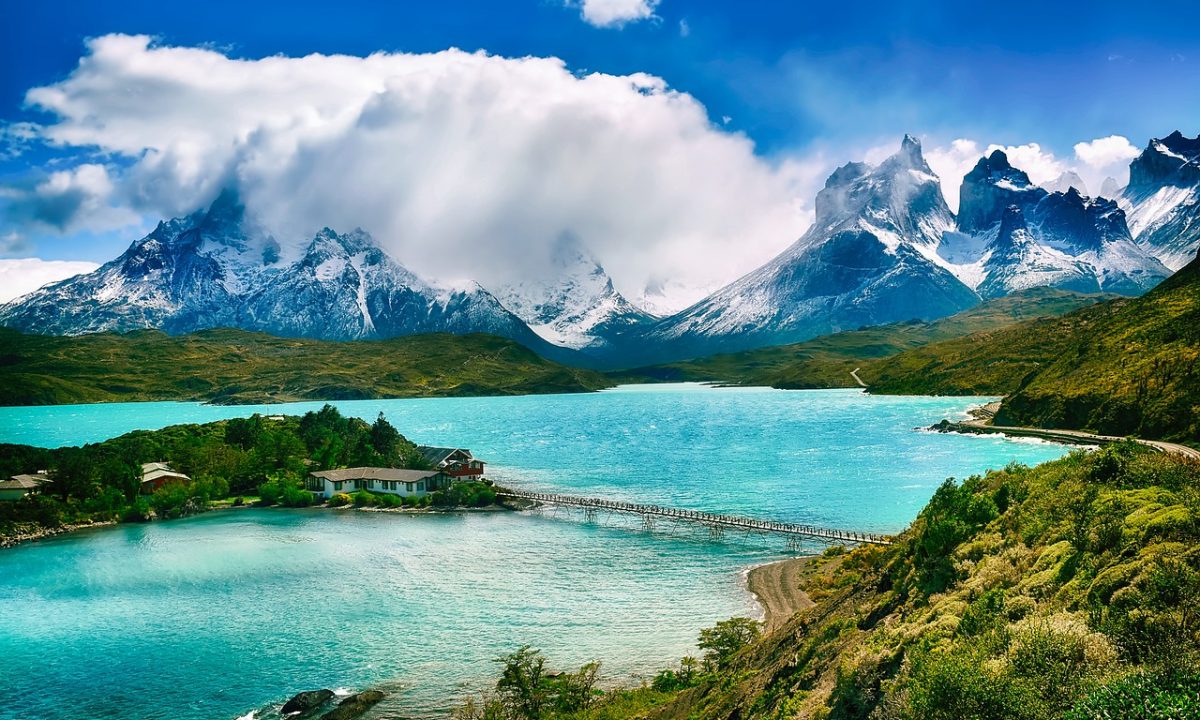
Chile, with its diverse landscapes, rich cultural heritage, and stunning natural wonders, stands as one of the most breathtaking destinations to visit on Earth. Whether you’re drawn to its vibrant cities, majestic mountains, or dramatic deserts, Chile offers a wealth of unforgettable experiences. Let’s explore the unique features, top activities, and must-visit places in this captivating country.
Chile’s allure lies in its stunning natural beauty, dynamic landscapes, and rich cultural experiences. From the Atacama Desert to the lush vineyards of the Central Valley, Chile captivates every traveler.
- Diverse Landscapes: Featuring arid deserts, lush wine valleys, sprawling fjords, and towering mountains.
- Rich Cultural Heritage: A blend of indigenous and Spanish influences reflected in its festivals, art, and traditions.
- Iconic Landmarks: Home to unique natural wonders such as the Atacama Desert, Torres del Paine, and Easter Island.
- Adventure and Outdoor Activities: Offering activities such as trekking, skiing, surfing, and stargazing.
- Culinary Delights: Renowned for its exquisite wines, fresh seafood, and traditional dishes like empanadas and pastel de choclo.
- Explore Santiago: Discover the capital’s historic sites, vibrant neighborhoods, and cultural attractions like Plaza de Armas, La Moneda Palace, and Cerro San Cristóbal.
- Trek in Torres del Paine: Experience one of the world’s most stunning national parks with its iconic granite peaks, glaciers, and turquoise lakes.
- Visit the Atacama Desert: Explore the driest desert in the world, known for its otherworldly landscapes, salt flats, geysers, and unparalleled stargazing.
- Wine Tasting in the Central Valley: Tour vineyards and sample world-class wines in regions like Maipo, Colchagua, and Casablanca Valley.
- Discover Easter Island: Visit the mysterious moai statues, volcanic craters, and scenic beaches on this remote island.
- Relax in the Lake District: Enjoy the serene beauty of lakes, forests, and volcanoes in this picturesque region.
- Ski the Andes: Hit the slopes at renowned ski resorts like Portillo, Valle Nevado, and La Parva.
- Surfing in Pichilemu: Experience some of the best waves in South America in this popular surfing destination.
- Visit Chiloé Island: Explore the island’s unique wooden churches, traditional palafitos, and rich cultural heritage.
- Experience Cultural Festivals: Participate in vibrant festivals like Fiestas Patrias, Tapati Rapa Nui, and the Vina del Mar International Song Festival.
Natural Wonders and National Parks
- Atacama Desert: The driest desert in the world, offering unique landscapes, salt flats, geysers, and unparalleled stargazing.
- Torres del Paine National Park: Famous for its stunning granite peaks, glaciers, lakes, and diverse wildlife.
- Patagonia: A vast region of stunning landscapes, including fjords, glaciers, and rugged mountains, perfect for outdoor adventures.
- Lake District: Renowned for its beautiful lakes, forests, and volcanoes. Key destinations include Pucón, Puerto Varas, and Osorno Volcano.
Cultural and Historical Sites
- Santiago: The bustling capital city known for its cultural landmarks, museums, and vibrant neighborhoods. Key attractions include Plaza de Armas, La Moneda Palace, Cerro San Cristóbal, and Bellavista.
- Valparaíso: A colorful port city famous for its artistic vibe, steep hills, vibrant street art, and historic funiculars.
- Easter Island (Rapa Nui): Known for its mysterious moai statues, volcanic landscapes, and unique Polynesian culture.
- Valle de Elqui: A picturesque valley known for its clear skies, vineyards, and the birthplace of Chilean poet Gabriela Mistral.
Coastal and Beach Destinations
- Vina del Mar: A popular beach resort town near Valparaíso, known for its beaches, gardens, and the annual song festival.
- La Serena: A coastal town offering beautiful beaches, historic architecture, and proximity to the Elqui Valley.
- Pichilemu: Famous for its surfing beaches, particularly Punta de Lobos.
- Arica: Known for its mild climate, beautiful beaches, and archaeological sites in the surrounding area.
Unique Towns and Scenic Routes
- San Pedro de Atacama: A charming desert town serving as a gateway to the Atacama Desert’s attractions, including Valle de la Luna and Tatio Geysers.
- Puerto Varas: A picturesque town in the Lake District, known for its German heritage, scenic lakes, and volcanoes.
- Castro: The capital of Chiloé Island, renowned for its colorful palafitos (stilt houses) and wooden churches.
- Punta Arenas: The southernmost city on mainland Chile, serving as a gateway to Patagonia and Antarctica.
- Language: Spanish is the official language. While English is spoken in tourist areas, learning a few basic Spanish phrases can enhance your travel experience.
- Currency: The Chilean Peso (CLP) is the official currency. Credit and debit cards are widely accepted in urban areas, but carrying cash is useful for small transactions and rural areas.
- Transportation: Chile has an extensive transportation network, including domestic flights, buses, and taxis. Renting a car is convenient for exploring rural areas and national parks.
- Weather: Chile has diverse climates. The north is arid, the central region enjoys a Mediterranean climate, and the south is temperate to cold. Pack accordingly based on the regions you plan to visit.
- Dining Etiquette: Chilean cuisine is diverse and flavorful. Tipping is appreciated but not obligatory, typically around 10% in restaurants.
- Respect Local Customs: Chileans value politeness and hospitality. Greet people with a smile and a handshake, and respect local traditions and practices.
- Peak Travel Seasons: The best time to visit Chile depends on the region. Summer (December to February) is ideal for Patagonia and the Lake District, while winter (June to August) is perfect for skiing in the Andes.
- Advance Bookings: Popular accommodations, tours, and flights can fill up quickly, especially during peak seasons. Booking in advance is recommended.
- Health Precautions: Consult your doctor regarding vaccinations and health precautions before traveling. Drink bottled or purified water to avoid water-borne illnesses.
- Safety and Security: Chile is generally safe, but stay aware of your surroundings, especially in crowded tourist areas. Keep your belongings secure and follow local advice.
Chile is a land of stunning beauty, rich culture, and adventure. Each region offers unique experiences, from the vibrant streets of Santiago to the breathtaking landscapes of Patagonia. Embark on your journey to discover why Chile is celebrated as one of the most beautiful places to visit in the world.
31. Bhutan
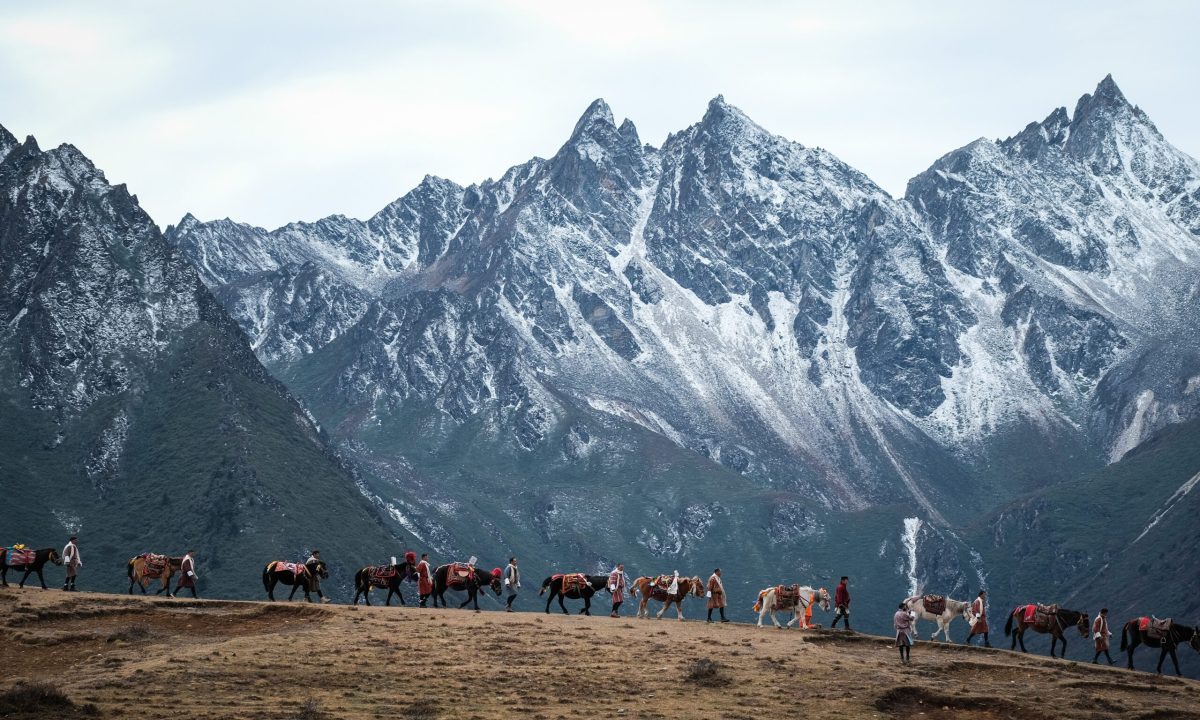
Bhutan, with its stunning Himalayan landscapes, rich cultural heritage, and unique approach to happiness, stands as one of the most mesmerizing destinations to visit on Earth. Whether you’re drawn to its sacred monasteries, vibrant festivals, or pristine environment, Bhutan offers a wealth of unforgettable experiences. Let’s explore the unique features, top activities, and must-visit places in this captivating country.
Bhutan’s allure lies in its breathtaking natural beauty, deep spiritual heritage, and commitment to preserving its culture and environment. From the iconic Tiger’s Nest Monastery to the serene valleys of Punakha, Bhutan captivates every traveler.
- Himalayan Majesty: Featuring snow-capped peaks, lush valleys, and scenic mountain passes.
- Rich Cultural Heritage: A blend of ancient Buddhist traditions, colorful festivals, and impressive monasteries.
- Unique Approach to Happiness: Known for its Gross National Happiness philosophy, prioritizing well-being over economic growth.
- Pristine Environment: A commitment to sustainability and conservation, with over 70% of the country covered in forests.
- Warm Hospitality: Known for the friendliness and hospitality of its people, ensuring visitors feel welcome and cared for.
- Visit Tiger’s Nest Monastery (Paro Taktsang): Hike to this iconic monastery perched on a cliffside, offering breathtaking views and spiritual significance.
- Explore Thimphu: Discover the capital city’s attractions, including the Buddha Dordenma, Tashichho Dzong, and the National Memorial Chorten.
- Experience Bhutanese Festivals: Participate in vibrant festivals such as Paro Tsechu, Thimphu Tsechu, and Punakha Drubchen, showcasing traditional music, dance, and colorful costumes.
- Trekking and Hiking: Take on scenic trails like the Snowman Trek, Druk Path Trek, and Jhomolhari Trek, offering stunning mountain views and cultural encounters.
- Visit Punakha Dzong: Explore this majestic fortress, situated at the confluence of two rivers and known for its stunning architecture and historical significance.
- Roam Phobjikha Valley: A glacial valley and winter home to the endangered black-necked cranes, offering serene landscapes and cultural experiences.
- Discover Traditional Arts and Crafts: Visit the National Institute for Zorig Chusum in Thimphu to learn about Bhutanese traditional arts, crafts, and painting.
- Relax in Hot Springs: Experience the healing properties of hot springs in Gasa and various other parts of Bhutan.
- Engage in Meditation Retreats: Participate in meditation and yoga retreats in tranquil locations like Bumthang and Thimphu.
- Explore Local Markets: Wander through local markets in Thimphu and Paro, discovering traditional handicrafts, textiles, and local delicacies.
Historical and Cultural Sites
- Paro: Known for the iconic Tiger’s Nest Monastery, Paro Dzong, and the National Museum of Bhutan.
- Thimphu: The capital city, offering cultural landmarks such as Tashichho Dzong, Buddha Dordenma, and the National Memorial Chorten.
- Punakha: Home to the stunning Punakha Dzong, the winter residence of the Monk Body, and the picturesque Punakha Valley.
- Trongsa: Known for its historical significance and the impressive Trongsa Dzong, one of Bhutan’s largest and most important fortresses.
Scenic Valleys and Natural Wonders
- Phobjikha Valley: A glacial valley and important wildlife sanctuary, known for its beauty and as the winter home to black-necked cranes.
- Bumthang: A region of four picturesque valleys, rich in spirituality, temples, and monasteries, including Jakar Dzong and Kurje Lhakhang.
- Haa Valley: A hidden gem with stunning landscapes, ancient temples, and a serene atmosphere.
- Wangdue Phodrang: Known for its beautiful dzong and scenic valley, offering cultural experiences and outdoor adventures.
Trekking and Adventure Spots
- Jhomolhari Trek: A popular trekking route offering breathtaking views of Mount Jhomolhari and diverse landscapes.
- Druk Path Trek: A classic trek connecting Paro and Thimphu, featuring scenic mountain vistas, pristine lakes, and ancient monasteries.
- Snowman Trek: One of the most challenging treks in the world, taking adventurers through remote mountain passes and high-altitude landscapes.
- Dagala Thousand Lakes Trek: Known for its alpine scenery and numerous high-altitude lakes, offering a unique trekking experience.
- Visa Requirements: All visitors, except citizens of India, need a visa to enter Bhutan. Visas must be arranged through an authorized tour operator as part of a guided tour.
- Language: Dzongkha is the official language. English is widely spoken, especially in tourist areas, facilitating communication for travelers.
- Currency: The Bhutanese Ngultrum (BTN) is the official currency. Indian Rupees are also accepted. Credit and debit cards are not widely used, so carrying cash is recommended.
- Transportation: Travel within Bhutan is typically arranged through authorized tour operators, including private vehicles and guides. Public transportation is limited.
- Weather: Bhutan experiences varying climate zones. The best time to visit is during spring (March to May) and autumn (September to November) when the weather is mild and conducive to outdoor activities.
- Dining Etiquette: Bhutanese cuisine is unique and flavorful, often featuring rice, chili, and cheese. Tipping is appreciated but not obligatory.
- Respect Local Customs: Show respect for local traditions, especially when visiting religious sites. Dress modestly, cover shoulders and knees, and remove shoes before entering temples and dzongs.
- Engage in Cultural Practices: Participate in local customs, such as lighting butter lamps in temples, and learn about Bhutanese traditions and etiquette from your guide.
- Health Precautions: Consult your doctor regarding vaccinations and health precautions before traveling. Drink bottled or purified water to avoid water-borne illnesses.
- Safety and Security: Bhutan is generally safe for tourists. Follow local advice, stay aware of your surroundings, and respect cultural practices to ensure a pleasant experience.
Bhutan is a land of serene beauty, rich culture, and warm hospitality. Each region offers unique experiences, from the spiritual retreats of Bumthang to the iconic vistas of Paro. Embark on your journey to discover why Bhutan is celebrated as one of the most beautiful places to visit in the world.
32. Mexico
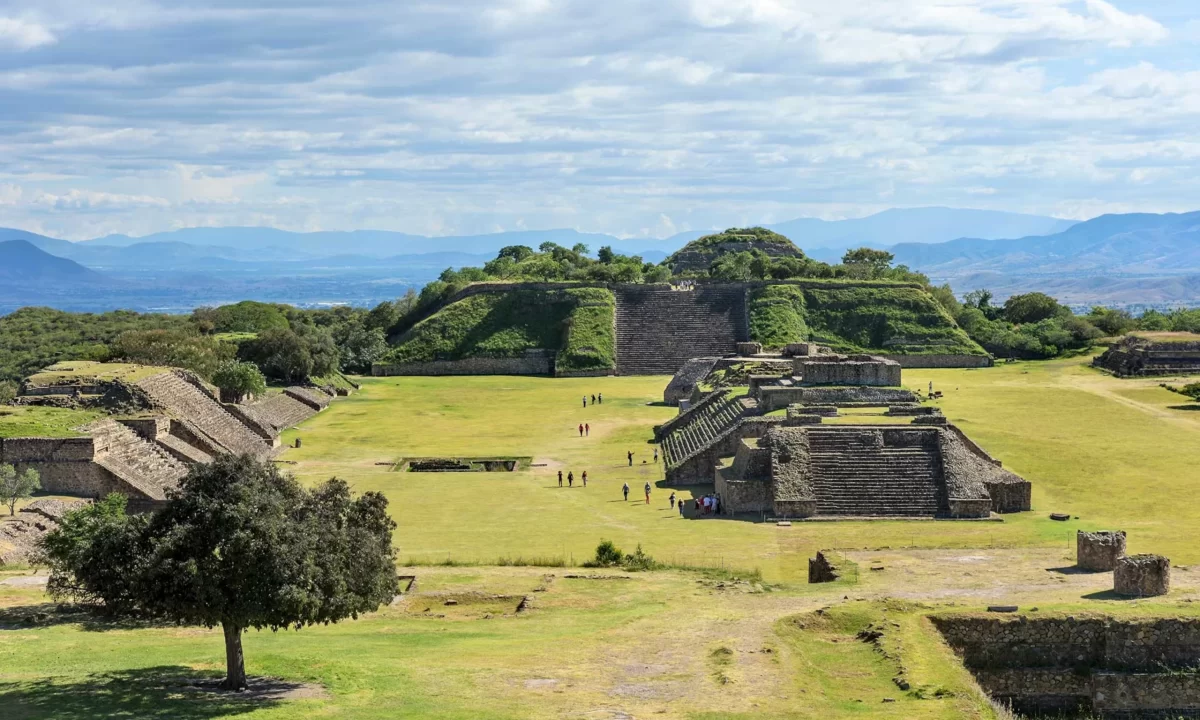
Mexico, with its diverse landscapes, rich cultural heritage, and stunning beaches, is often celebrated as one of the most beautiful destinations to visit on Earth. Whether you’re drawn to its ancient ruins, bustling cities, or picturesque coastlines, Mexico offers a wealth of unforgettable experiences. Let’s explore the unique features, top activities, and must-visit places in this captivating country.
Mexico’s allure lies in its stunning natural beauty, historical depth, and vibrant culture. From the pristine beaches of the Riviera Maya to the ancient temples of the Mayan civilization, Mexico captivates every traveler.
- Diverse Landscapes: Featuring beautiful beaches, lush jungles, towering mountains, and arid deserts.
- Rich Cultural Heritage: A blend of pre-Columbian, Spanish, and indigenous influences reflected in its architecture, cuisine, and traditions.
- Ancient Ruins: Home to well-preserved archaeological sites like Chichen Itza, Teotihuacan, and Tulum.
- Vibrant Cities: Known for dynamic cities like Mexico City, Guadalajara, and Monterrey, bursting with life and culture.
- Culinary Delights: Renowned for its flavorful cuisine, including tacos, tamales, mole, and ceviche.
- Explore Ancient Ruins: Discover the rich history of Mexico by visiting iconic archaeological sites such as Chichen Itza, Teotihuacan, Tulum, and Palenque.
- Relax on Beautiful Beaches: Unwind on the stunning beaches of Playa del Carmen, Cancun, Tulum, and the hidden beach of Marieta Islands.
- Experience Mexico City: Visit the capital’s historic center, the Zocalo, Frida Kahlo Museum, and Chapultepec Park.
- Dive and Snorkel: Explore the vibrant marine life of the Great Maya Reef, Cozumel, and Cabo Pulmo.
- Taste Mexican Cuisine: Savor traditional dishes in local markets, street stalls, and restaurants. Don’t miss out on trying street tacos, tamales, and churros.
- Attend Festivals: Experience lively festivals such as Día de los Muertos, Guelaguetza, and the International Cervantino Festival.
- Visit Colonial Towns: Wander through the charming streets of San Miguel de Allende, Guanajuato, and Oaxaca.
- Adventure in Nature: Hike the Copper Canyon, visit the Monarch Butterfly Biosphere Reserve, and explore the cenotes of the Yucatán Peninsula.
- Enjoy Nightlife: Experience the vibrant nightlife in cities like Mexico City, Playa del Carmen, and Tijuana.
- Explore Coastal Towns: Discover the unique charm of coastal towns like Puerto Vallarta, Mazatlán, and Huatulco.
Historical and Cultural Sites
- Mexico City: The bustling capital, known for its rich history, cultural landmarks, and vibrant arts scene. Key attractions include the Zocalo, National Palace, Templo Mayor, and Chapultepec Park.
- Teotihuacan: An ancient Mesoamerican city known for its massive pyramids, including the Pyramid of the Sun and the Pyramid of the Moon.
- Chichen Itza: A UNESCO World Heritage site and one of the New Seven Wonders of the World, featuring the iconic El Castillo pyramid.
- Palenque: A Mayan city-state in southern Mexico, renowned for its well-preserved temples and palaces.
Coastal and Beach Destinations
- Riviera Maya: A beautiful stretch of Caribbean coastline offering stunning beaches, luxury resorts, and attractions like Tulum and Playa del Carmen.
- Cancun: A popular resort city known for its beautiful beaches, vibrant nightlife, and proximity to the Mayan ruins.
- Los Cabos: Comprising Cabo San Lucas and San José del Cabo, known for their beautiful beaches, desert landscapes, and water activities.
- Puerto Vallarta: A coastal town offering stunning beaches, a charming old town, and vibrant nightlife.
Adventure and Nature Spots
- Copper Canyon: A group of six canyons in northern Mexico, offering breathtaking views, hiking trails, and the famous Chihuahua al Pacifico railway.
- Sian Ka’an Biosphere Reserve: A UNESCO World Heritage site near Tulum, known for its diverse ecosystems, including mangroves, reefs, and tropical forests.
- Monarch Butterfly Biosphere Reserve: A sanctuary in central Mexico, where millions of monarch butterflies migrate each year.
- Sumidero Canyon: Known for its towering cliffs, lush vegetation, and boat tours along the Grijalva River.
Unique Villages and Towns
- San Miguel de Allende: A charming colonial town with cobblestone streets, baroque architecture, and a vibrant arts scene.
- Guanajuato: Known for its colorful houses, narrow alleyways, and the historic Alhóndiga de Granaditas.
- Oaxaca: Renowned for its indigenous cultures, vibrant markets, and traditional cuisine.
- Merida: The capital of Yucatán, offering colonial architecture, museums, and a gateway to nearby Mayan ruins.
- Language: Spanish is the official language. While English is widely spoken in tourist areas, learning a few basic Spanish phrases can enhance your travel experience.
- Currency: The Mexican Peso (MXN) is the official currency. Credit and debit cards are widely accepted in urban areas, but carrying cash is useful for small transactions and rural areas.
- Transportation: Mexico has an extensive transportation network, including domestic flights, buses, and taxis. Renting a car is convenient for exploring rural areas and coastal routes.
- Weather: Mexico has diverse climates. Coastal areas are tropical, while the interior can be more temperate. Pack accordingly based on the regions you plan to visit.
- Dining Etiquette: Mexican cuisine is diverse and flavorful. Tipping is appreciated but not obligatory, typically around 10-15% in restaurants.
- Respect Local Customs: Mexicans value politeness and hospitality. Greet people with a handshake or a hug, and respect local traditions and practices.
- Peak Travel Seasons: The best time to visit Mexico is during the dry season, from November to April, when the weather is more predictable and conducive to outdoor activities.
- Advance Bookings: Popular accommodations, tours, and flights can fill up quickly, especially during peak seasons. Booking in advance is recommended.
- Health and Safety: Consult your doctor regarding vaccinations and health precautions before traveling. Drink bottled or purified water to avoid water-borne illnesses.
- Safety and Security: Mexico is generally safe for tourists, but stay aware of your surroundings, especially in crowded tourist areas. Keep your belongings secure and follow local advice.
Mexico is a land of stunning beauty, rich culture, and adventure. Each region offers unique experiences, from the vibrant streets of Mexico City to the serene beaches of the Riviera Maya. Embark on your journey to discover why Mexico is celebrated as one of the most beautiful places to visit in the world.
33. China
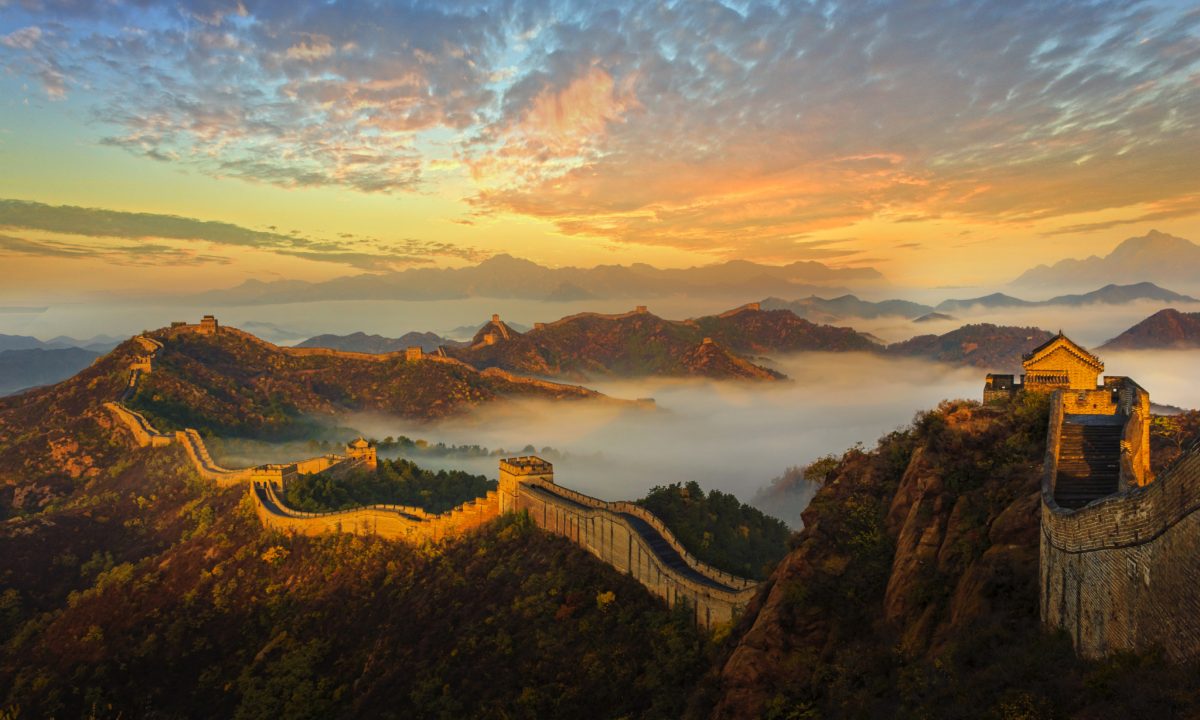
China, with its vast landscapes, rich cultural heritage, and ancient history, stands as one of the most captivating destinations to visit on Earth. Whether you’re drawn to its iconic landmarks, bustling cities, or serene countryside, China offers a wealth of unforgettable experiences. Let’s explore the unique features, top activities, and must-visit places in this enchanting country.
China’s allure lies in its stunning natural beauty, historical depth, and dynamic culture. From the Great Wall’s grandeur to Guilin’s dramatic karst landscapes, China captivates every traveler.
- Diverse Landscapes: Featuring towering mountains, expansive deserts, lush river valleys, and picturesque coastlines.
- Rich Cultural Heritage: Home to ancient traditions, diverse ethnic groups, and iconic historical sites.
- Ancient Landmarks: Boasting world-famous sites like the Great Wall, Forbidden City, and Terracotta Army.
- Vibrant Cities: Known for dynamic metropolises such as Beijing, Shanghai, and Hong Kong, bursting with life and modern attractions.
- Culinary Delights: Renowned for its diverse and flavorful cuisine, including regional specialties like Peking duck, dim sum, and Sichuan hotpot.
- Explore the Great Wall: Walk along one of the world’s most iconic structures, with sections such as Badaling, Mutianyu, and Jinshanling offering stunning views.
- Visit the Forbidden City: Discover the imperial palace in Beijing, a UNESCO World Heritage site featuring magnificent architecture and historical artifacts.
- Cruise the Yangtze River: Enjoy a scenic river cruise through the Three Gorges, experiencing breathtaking landscapes and cultural sites.
- Marvel at the Terracotta Army: Visit Xi’an to see the life-sized terracotta soldiers guarding the tomb of China’s first emperor, Qin Shi Huang.
- Discover Shanghai: Experience the bustling city’s modern skyline, historic Bund, and vibrant shopping areas like Nanjing Road.
- Hike Yellow Mountain (Huangshan): Trek through one of China’s most picturesque mountain ranges, known for its granite peaks, hot springs, and ancient pine trees.
- Explore Traditional Water Towns: Wander through charming water towns like Zhouzhuang, Wuzhen, and Tongli, known for their canals, stone bridges, and traditional architecture.
- Visit the Pandas in Chengdu: See giant pandas at the Chengdu Research Base of Giant Panda Breeding.
- Experience Chinese Festivals: Participate in lively festivals such as Chinese New Year, Mid-Autumn Festival, and the Dragon Boat Festival.
- Taste Authentic Chinese Cuisine: Savor traditional dishes from different regions, including dumplings in Shanghai, spicy hotpot in Chongqing, and seafood in Guangdong.
Historical and Cultural Sites
- Beijing: The capital city known for its rich history, featuring landmarks such as the Forbidden City, Tiananmen Square, Temple of Heaven, and the Summer Palace.
- Xi’an: Famous for the Terracotta Army, Xi’an also boasts ancient city walls, the Big Wild Goose Pagoda, and the Muslim Quarter.
- Nanjing: Renowned for its historical significance, with sites like the Sun Yat-sen Mausoleum, Nanjing City Wall, and the Presidential Palace.
- Luoyang: Home to the Longmen Grottoes, a UNESCO World Heritage site featuring thousands of Buddha statues carved into cliffs.
Natural Wonders and Scenic Destinations
- Yangshuo and Guilin: Known for their breathtaking karst landscapes, Li River cruises, and outdoor activities like cycling and rock climbing.
- Zhangjiajie National Forest Park: Famous for its towering sandstone pillars, which inspired the landscapes in the movie Avatar.
- Jiuzhaigou Valley: A UNESCO World Heritage site with crystal-clear lakes, cascading waterfalls, and colorful forests.
- Huangshan (Yellow Mountain): Renowned for its stunning granite peaks, hot springs, and ancient pine trees.
Vibrant Cities and Modern Marvels
- Shanghai: A bustling metropolis known for its modern skyline, historic Bund, and vibrant shopping districts. Key attractions include the Oriental Pearl Tower, Yuyuan Garden, and Shanghai Museum.
- Hong Kong: A dynamic city offering a blend of East and West, known for its skyscrapers, bustling markets, and Victoria Harbour.
- Shenzhen: A rapidly growing city known for its theme parks, shopping centers, and modern architecture.
- Guangzhou: A major port city with a rich history, featuring Canton Tower, Shamian Island, and Chen Clan Ancestral Hall.
Unique Villages and Scenic Routes
- Lijiang: A UNESCO World Heritage site with a well-preserved old town, traditional Naxi architecture, and nearby Jade Dragon Snow Mountain.
- Zhouzhuang: One of China’s most famous water towns, known for its ancient canals, stone bridges, and traditional buildings.
- Pingyao: An ancient walled city offering a glimpse into China’s Ming and Qing Dynasty architecture and culture.
- Tibet (Lhasa): Known for its stunning high-altitude landscapes, sacred temples, and monasteries, including the Potala Palace and Jokhang Temple.
- Language: Mandarin is the official language. While English is spoken in tourist areas, learning a few basic Mandarin phrases can enhance your travel experience.
- Currency: The Chinese Yuan (CNY) is the official currency. Credit and debit cards are widely accepted in urban areas, but carrying cash is useful for small transactions and rural areas.
- Transportation: China has an extensive transportation network, including domestic flights, high-speed trains, buses, and taxis. Renting a bike or scooter is popular in smaller towns and rural areas.
- Weather: China has diverse climates. The north experiences cold winters and hot summers, while the south enjoys a more tropical climate. Pack accordingly based on the regions you plan to visit.
- Dining Etiquette: Chinese cuisine is diverse and flavorful. Tipping is not commonly practiced in China, except in high-end restaurants and hotels.
- Respect Local Customs: Show respect for local traditions, especially when visiting religious sites. Dress modestly and remove your shoes when entering temples.
- Peak Travel Seasons: The best time to visit China is during spring (April to May) and autumn (September to October), when the weather is mild and favorable for travel.
- Advance Bookings: Popular attractions, tours, and flights can fill up quickly, especially during national holidays and festivals. Booking in advance is recommended.
- Health and Safety: Consult your doctor regarding vaccinations and health precautions before traveling. Drink bottled or purified water to avoid water-borne illnesses.
- Cultural Sensitivity: Be mindful of local traditions and cultural norms. Avoid political discussions and show respect for local customs and practices.
China is a land of stunning beauty, rich history, and vibrant culture. Each region offers unique experiences, from the bustling streets of Beijing to the serene landscapes of Guilin. Embark on your journey to discover why China is celebrated as one of the most beautiful places to visit in the world.
34. Finland
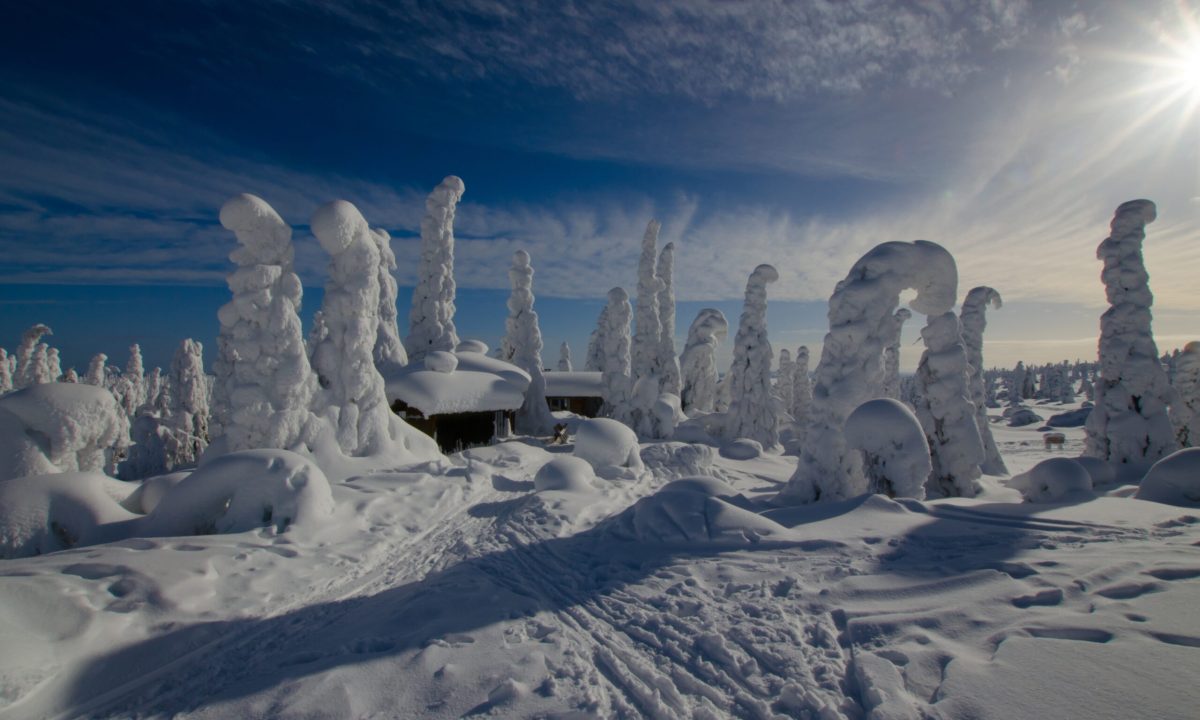
Finland, with its stunning natural landscapes, vibrant culture, and unique seasonal experiences, stands as one of the most captivating destinations to visit on Earth. Whether you’re drawn to its serene lakes, magical Northern Lights, or bustling cities, Finland offers a wealth of unforgettable experiences. Let’s explore the unique features, top activities, and must-visit places in this enchanting country.
Finland’s allure lies in its breathtaking natural beauty, rich cultural heritage, and seasonal wonders. From the tranquil forests of Lapland to the bustling streets of Helsinki, Finland captivates every traveler.
- Diverse Landscapes: Featuring vast forests, serene lakes, rugged coastlines, and the mystical Arctic tundra.
- Unique Seasonal Experiences: Enjoy midnight sun in summer and spectacular Northern Lights in winter.
- Rich Cultural Heritage: Home to a vibrant blend of ancient Sami traditions, modern Finnish design, and a robust sauna culture.
- Adventure and Outdoor Activities: Offering activities such as hiking, skiing, snowboarding, and ice fishing.
- Warm Hospitality: Known for the friendliness and welcoming nature of its people, making visitors feel at home.
- Witness the Northern Lights: Head to Finnish Lapland to catch the mesmerizing Aurora Borealis in the winter months.
- Explore Helsinki: Discover the capital’s key attractions, including the Helsinki Cathedral, Suomenlinna Fortress, Market Square, and the Design District.
- Experience Finnish Saunas: Relax and rejuvenate in traditional Finnish saunas, found across the country.
- Visit Santa Claus Village: Meet Santa Claus in his hometown of Rovaniemi in the heart of Finnish Lapland.
- Hike and Camp in National Parks: Explore scenic trails and camp in beautiful national parks like Nuuksio, Koli, and Oulanka.
- Enjoy Winter Sports: Ski, snowboard, or snowshoe in popular resorts like Levi, Ylläs, and Ruka.
- Cruise the Archipelago Sea: Take a boat tour through the world’s largest archipelago, enjoying stunning sea views and quaint island villages.
- Experience the Midnight Sun: Travel to northern Finland during summer to experience the phenomenon where the sun does not set.
- Visit Traditional Markets: Explore Helsinki’s Market Square, Tampere’s Market Hall, and other local markets for Finnish delicacies and crafts.
- Engage in Ice Swimming: For the brave, try the traditional Finnish activity of ice swimming, followed by a warming sauna session.
Historical and Cultural Sites
- Helsinki: The vibrant capital known for its modern design, historic architecture, and cultural attractions. Key sites include the Helsinki Cathedral, Temppeliaukio Church, and the National Museum of Finland.
- Turku: Finland’s oldest city, offering rich history and cultural sites like Turku Castle, the Turku Archipelago, and the Turku Cathedral.
- Porvoo: A picturesque town known for its well-preserved wooden buildings, cobblestone streets, and beautiful riverside setting.
- Savonlinna: Famous for the medieval Olavinlinna Castle and the annual Savonlinna Opera Festival.
Natural Wonders and Scenic Destinations
- Lapland: The northernmost region, renowned for its Arctic landscapes, reindeer herding, and opportunities to see the Northern Lights. Includes towns like Rovaniemi, Inari, and Kemijärvi.
- Lake District: Known for its serene lakes, forests, and outdoor activities. Key destinations include Lake Saimaa, Punkaharju, and the town of Joensuu.
- Archipelago Sea: Featuring thousands of islands and islets, perfect for boating, fishing, and exploring picturesque villages.
- Nuuksio National Park: A natural haven near Helsinki, ideal for hiking, camping, and wildlife watching.
Coastal and Beach Destinations
- Åland Islands: An autonomous archipelago between Sweden and Finland, known for its idyllic landscapes, maritime culture, and cycling paths.
- Hanko: A coastal town famous for its sandy beaches, vibrant summer festivals, and historic wooden villas.
- Rauma: A UNESCO World Heritage site with charming wooden architecture and a beautiful archipelago.
Unique Villages and Nature Spots
- Rovaniemi: The capital of Finnish Lapland and the official hometown of Santa Claus, offering unique Arctic experiences and attractions like Arktikum and Santa Claus Village.
- Koli National Park: Known for its iconic landscapes, hiking trails, and breathtaking views of Lake Pielinen.
- Inari: A cultural center for the Sámi people, offering insights into Sámi traditions and the beautiful Inari Lake.
- Kuusamo: A gateway to outdoor adventures, including hiking in Oulanka National Park and skiing in Ruka.
- Language: Finnish and Swedish are the official languages. While English is widely spoken, especially in tourist areas, learning a few basic Finnish phrases can enhance your travel experience.
- Currency: The Euro (EUR) is the official currency. Credit and debit cards are widely accepted, but carrying some cash is useful for small transactions.
- Transportation: Finland has an extensive public transportation system, including trains, buses, and ferries. Renting a car is convenient for exploring rural and remote areas.
- Weather: Finland has a cold temperate climate with distinct seasons. Pack accordingly, especially for winter and late autumn when temperatures can drop significantly.
- Dining Etiquette: Finnish cuisine is hearty and diverse. Tipping is appreciated but not obligatory, typically around 10% in restaurants.
- Respect Local Customs: Finns value politeness and personal space. Greet people with a firm handshake or a nod, and respect local traditions and practices.
- Peak Travel Seasons: The best time to visit Finland depends on your interests. Summer (June to August) offers mild weather and long daylight hours, while winter (November to March) is ideal for viewing the Northern Lights and winter sports.
- Advance Bookings: Popular accommodations, tours, and activities can fill up quickly, especially during peak seasons. Booking in advance is recommended.
- Health and Safety: Finland is generally safe and has excellent healthcare facilities. Drink bottled or tap water, as it is safe and clean.
- Cultural Sensitivity: Respect local traditions and cultural norms. Avoid political discussions and show respect for Sámi culture and heritage.
Finland is a land of serene beauty, rich culture, and seasonal wonders. Each region offers unique experiences, from the bustling streets of Helsinki to the tranquil landscapes of Lapland. Embark on your journey to discover why Finland is celebrated as one of the most beautiful places to visit in the world.
35. Slovenia
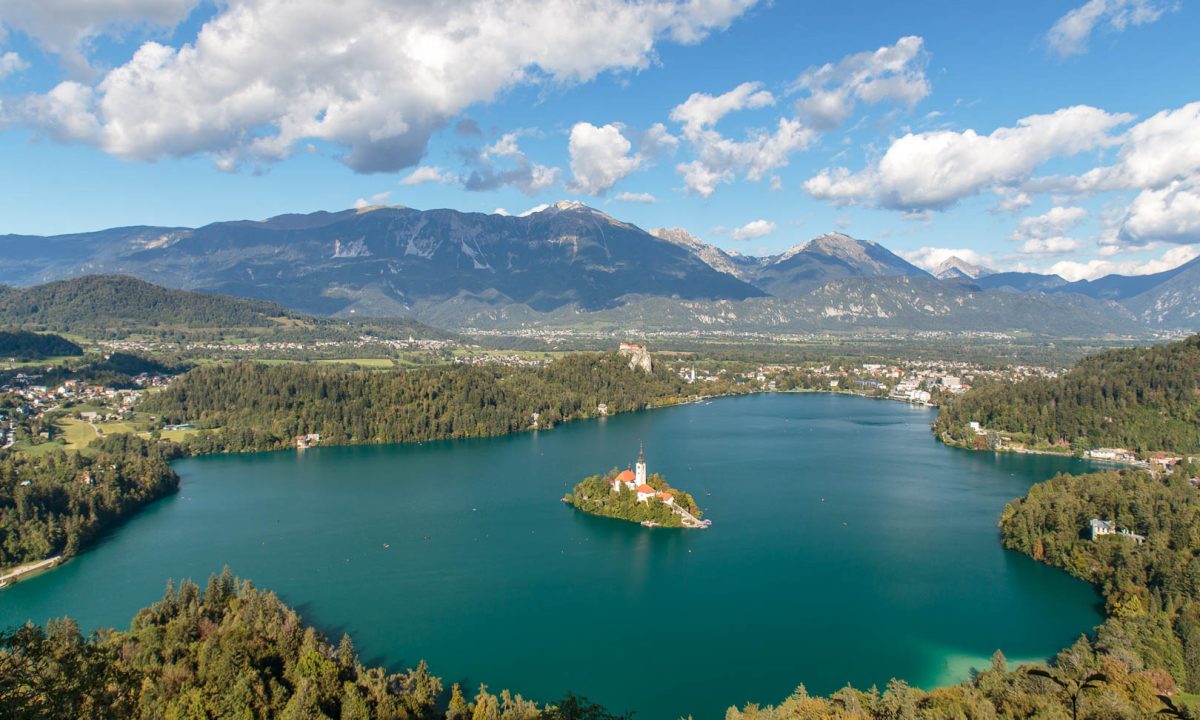
Slovenia, with its breathtaking landscapes, rich history, and vibrant culture, stands as one of the most enchanting destinations to visit on Earth. Whether you’re drawn to its pristine lakes, medieval castles, or charming cities, Slovenia offers a wealth of unforgettable experiences. Let’s explore the unique features, top activities, and must-visit places in this captivating country.
Slovenia’s allure lies in its stunning natural beauty, historical richness, and vibrant culture. From the majestic peaks of the Julian Alps to the crystal-clear waters of Lake Bled, Slovenia captivates every traveler.
- Diverse Landscapes: Featuring picturesque lakes, alpine mountains, lush forests, and dramatic coastline.
- Rich Cultural Heritage: A blend of Slavic, Germanic, and Italian influences reflected in its architecture, cuisine, and traditions.
- Charming Cities: Known for its vibrant cities like Ljubljana and Maribor, offering a mix of historic charm and modern attractions.
- Adventure and Outdoor Activities: Offering activities such as hiking, skiing, cycling, and kayaking.
- Culinary Delights: Renowned for its fresh and flavorful cuisine, including dishes like potica, štruklji, and gibanica.
- Explore Lake Bled: Discover this iconic lake with its fairy-tale island and medieval castle. Enjoy boating, hiking, and tasting the famous Bled cream cake.
- Visit Ljubljana: Stroll through the charming capital city, visiting Ljubljana Castle, Prešeren Square, and Tivoli Park.
- Hike in Triglav National Park: Trek through Slovenia’s only national park, home to the Julian Alps, including Mount Triglav, the country’s highest peak.
- Discover Postojna Cave and Predjama Castle: Explore the stunning karst cave system and visit the dramatic Predjama Castle built into a cliffside.
- Relax on the Slovenian Coast: Enjoy the Adriatic waters and picturesque coastal towns like Piran, Izola, and Portorož.
- Wine Tasting in Slovenian Wine Regions: Sample delicious wines in regions like Goriška Brda, Vipava Valley, and Maribor.
- Cycle the Parenzana Trail: Ride along this scenic cycling route connecting Italy and Croatia, passing through charming coastal towns and vineyards.
- Visit the Soča Valley: Experience the emerald-green waters of the Soča River, offering opportunities for water sports, hiking, and scenic drives.
- Explore Historical Towns: Wander through charming towns like Radovljica, Škofja Loka, and Ptuj, known for their well-preserved medieval architecture.
- Experience Local Festivals: Participate in vibrant festivals such as the Ljubljana Dragon Carnival, Maribor Lent Festival, and Bled Days.
Natural Wonders and Scenic Destinations
- Lake Bled: An iconic lake featuring a picturesque island with a church, Bled Castle, and numerous outdoor activities.
- Triglav National Park: Slovenia’s only national park, offering stunning alpine scenery, hiking trails, waterfalls, and Mount Triglav.
- Lake Bohinj: Another beautiful lake in the Julian Alps, perfect for hiking, swimming, and exploring nearby Vogel Ski Resort.
- Logar Valley: A pristine alpine valley known for its beautiful landscapes, hiking trails, and the Rinka Waterfall.
Historical and Cultural Sites
- Ljubljana: The vibrant capital, known for its historic old town, Ljubljana Castle, Prešeren Square, and lively riverbank cafes.
- Maribor: Slovenia’s second-largest city, famous for its wine culture, the historic Lent district, and Pohorje Mountains.
- Piran: A charming coastal town with Venetian architecture, the beautiful Tartini Square, and stunning sea views.
- Ptuj: Slovenia’s oldest town, offering a well-preserved medieval castle, ancient Roman ruins, and traditional festivals.
Coastal and Beach Destinations
- Piran: A picturesque coastal town known for its narrow streets, colorful buildings, and beautiful sea views.
- Izola: A charming coastal town offering beaches, a historic old town, and vibrant marina life.
- Portorož: A popular seaside resort known for its sandy beaches, spa centers, and lively nightlife.
- Koper: A historic coastal city featuring a medieval old town, Praetorian Palace, and beautiful coastline.
Adventure and Outdoor Activities
- Soča Valley: Known for its emerald-green river, offering opportunities for rafting, kayaking, and hiking. Key towns include Bovec and Kobarid.
- Karst Region: Famous for its unique landscapes, caves like Postojna and Škocjan, and the picturesque Štanjel village.
- Velika Planina: A high alpine plateau offering traditional shepherds’ huts, beautiful meadows, and stunning mountain views.
- Jezersko: A scenic alpine valley perfect for hiking, cycling, and enjoying the natural beauty of the Kamnik-Savinja Alps.
- Language: Slovenian is the official language. While English is widely spoken, especially in tourist areas, learning a few basic Slovenian phrases can enhance your travel experience.
- Currency: The Euro (EUR) is the official currency. Credit and debit cards are widely accepted, but carrying some cash is useful for small transactions.
- Transportation: Slovenia has a well-developed public transportation system, including trains, buses, and ferries. Renting a car is convenient for exploring rural areas and scenic routes.
- Weather: Slovenia has a temperate climate with four distinct seasons. Summers are warm, while winters can be cold, especially in the Alps. Pack accordingly.
- Dining Etiquette: Slovenian cuisine is hearty and diverse. Tipping is appreciated but not obligatory, typically around 10% in restaurants.
- Respect Local Customs: Slovenians value politeness and hospitality. Greet people with a smile and a handshake, and respect local traditions and practices.
- Peak Travel Seasons: The best time to visit Slovenia is during spring (April to June) and autumn (September to October), when the weather is mild and favorable for travel.
- Advance Bookings: Popular accommodations, tours, and activities can fill up quickly, especially during peak seasons. Booking in advance is recommended.
- Health and Safety: Slovenia is generally safe and has excellent healthcare facilities. Drink tap or bottled water, as it is safe and clean.
- Cultural Sensitivity: Avoid discussing politically sensitive topics and show respect for local customs and cultural norms.
Slovenia is a land of stunning beauty, rich history, and vibrant culture. Each region offers unique experiences, from the charming streets of Ljubljana to the serene landscapes of Triglav National Park. Embark on your journey to discover why Slovenia is celebrated as one of the most beautiful places to visit in the world.
36. Namibia
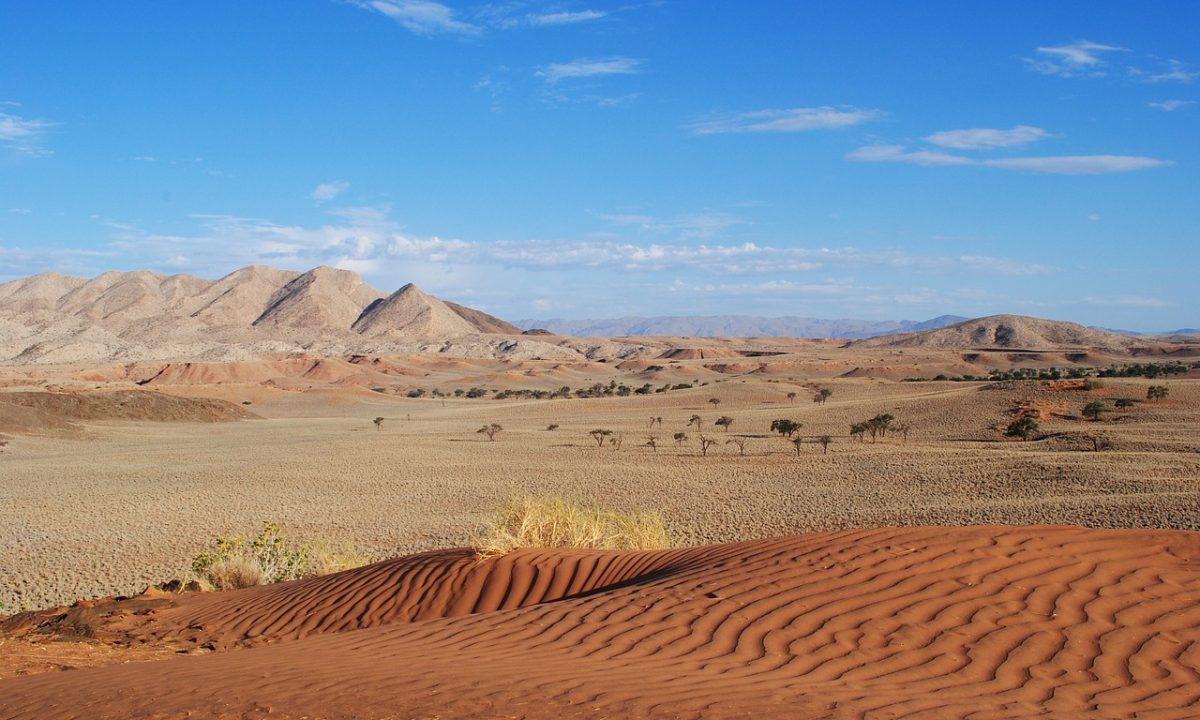
Namibia, with its awe-inspiring landscapes, rich wildlife, and vibrant cultural heritage, stands as one of the most mesmerizing destinations to visit on Earth. Whether you’re drawn to its vast deserts, rugged coastlines, or diverse wildlife, Namibia offers a wealth of unforgettable experiences. Let’s explore the unique features, top activities, and must-visit places in this captivating country.
Namibia’s allure lies in its stunning natural beauty, abundant wildlife, and unique sense of adventure. From the towering dunes of the Namib Desert to the wildlife-rich Etosha National Park, Namibia captivates every traveler.
- Diverse Landscapes: Featuring expansive deserts, rugged mountains, lush river valleys, and dramatic coastlines.
- Abundant Wildlife: Home to unique species including desert-adapted elephants, lions, and the rare black rhino.
- Rich Cultural Heritage: Showcasing a blend of indigenous traditions, colonial architecture, and vibrant arts.
- Stunning Natural Wonders: Including iconic landmarks such as Sossusvlei, Fish River Canyon, and the Skeleton Coast.
- Adventure and Outdoor Activities: Offering activities such as safari game drives, dune climbing, sandboarding, and stargazing.
- Explore the Namib Desert: Visit the iconic Sossusvlei area, known for its towering red dunes, Dead Vlei, and stunning sunrise views.
- Go on Safari in Etosha National Park: Experience one of Africa’s greatest wildlife parks with opportunities to see the Big Five and other wildlife.
- Discover Swakopmund: Enjoy adventure activities like sandboarding, quad biking, and dolphin cruises, as well as the charming German colonial architecture.
- Visit Fish River Canyon: Hike or take in the breathtaking views of one of the world’s largest canyons.
- Experience the Skeleton Coast: Explore the eerie shipwrecks, seal colonies, and dramatic coastline of this remote region.
- Cultural Encounters: Visit traditional Himba villages to learn about their unique customs and way of life.
- Stargaze in NamibRand Nature Reserve: Enjoy some of the clearest night skies in the world, perfect for stargazing.
- Hike Spitzkoppe: Trek around the stunning rock formations of Spitzkoppe, also known as the “Matterhorn of Namibia.”
- Spot Wildlife in Damaraland: Discover the desert-adapted elephants and rhinos in this rugged, scenic region.
- Relax at the Caprivi Strip: Enjoy bird watching, fishing, and river cruises in this lush, water-rich region of northeastern Namibia.
Natural Wonders and National Parks
- Sossusvlei: Famous for its iconic red sand dunes and the surreal landscapes of Dead Vlei.
- Etosha National Park: One of the world’s great wildlife parks, known for its large salt pan and diverse wildlife, including lions, elephants, and rhinos.
- Fish River Canyon: The second-largest canyon in the world, offering breathtaking views and challenging hiking trails.
- NamibRand Nature Reserve: A private reserve known for its desert landscapes and exceptional stargazing opportunities.
Coastal and Adventure Destinations
- Swakopmund: A coastal town offering a blend of adventure activities, German colonial architecture, and scenic ocean views.
- Skeleton Coast: A remote and rugged coastline known for shipwrecks, seal colonies, and stark beauty.
- Walvis Bay: A coastal city famous for its lagoon, flamingo populations, and opportunities for dolphin cruises and kayaking.
- Cape Cross: Home to one of the largest Cape fur seal colonies in the world.
Cultural and Historical Sites
- Windhoek: The capital city, offering a mix of modern amenities and historical attractions like Christuskirche and the Parliament Gardens.
- Twyfelfontein: A UNESCO World Heritage site known for its ancient rock engravings and petroglyphs.
- Opuwo: Gateway to the Himba communities, offering cultural tours and traditional encounters.
- Kolmanskop: A ghost town in the Namib Desert, once a thriving diamond mining community, now offering eerie and fascinating ruins.
Unique Landscapes and Off-the-Beaten-Path
- Spitzkoppe: Known as the “Matterhorn of Namibia,” offering stunning rock formations and incredible hiking opportunities.
- Damaraland: A rugged region home to desert-adapted elephants, ancient rock art, and dramatic landscapes.
- Caprivi Strip: A lush, water-rich region known for its rivers, wildlife, and opportunities for fishing and bird watching.
- Kaokoland: A remote and wild region known for its desert landscapes, Himba culture, and Kunene River.
- Language: English is the official language, but German and Afrikaans are also widely spoken. Learning a few basic phrases in any of these languages can enhance your travel experience.
- Currency: The Namibian Dollar (NAD) is the official currency, and South African Rand (ZAR) is also widely accepted. Credit and debit cards are accepted in urban areas, but carrying cash is useful for small transactions and rural areas.
- Transportation: Namibia has an extensive network of roads. Renting a 4×4 vehicle is recommended for exploring remote areas and national parks. Distances between destinations can be vast.
- Weather: Namibia has a desert climate, with hot days and cool nights. The best time to visit is during the dry season (May to October) for wildlife viewing and cooler temperatures.
- Dining Etiquette: Namibian cuisine is diverse and hearty. Tipping is appreciated but not obligatory, typically around 10% in restaurants.
- Respect Local Customs: Namibians value politeness and hospitality. Greet people with a smile and handshake, and respect local traditions and practices.
- Peak Travel Seasons: The best time to visit Namibia is during the dry season, from May to October, when wildlife viewing is optimal, and the weather is cooler.
- Advance Bookings: Popular accommodations, tours, and activities can fill up quickly, especially during peak seasons. Booking in advance is recommended.
- Health and Safety: Namibia is generally safe, but take necessary health precautions such as vaccinations and avoiding drinking tap water in remote areas. Consult your doctor for health advice before traveling.
- Cultural Sensitivity: Show respect for local customs and dress modestly, especially when visiting cultural sites and rural communities.
Namibia is a land of stunning beauty, rich culture, and adventure. Each region offers unique experiences, from the towering dunes of Sossusvlei to the rugged coastline of the Skeleton Coast. Embark on your journey to discover why Namibia is celebrated as one of the most beautiful places to visit in the world.
37. Costa Rica
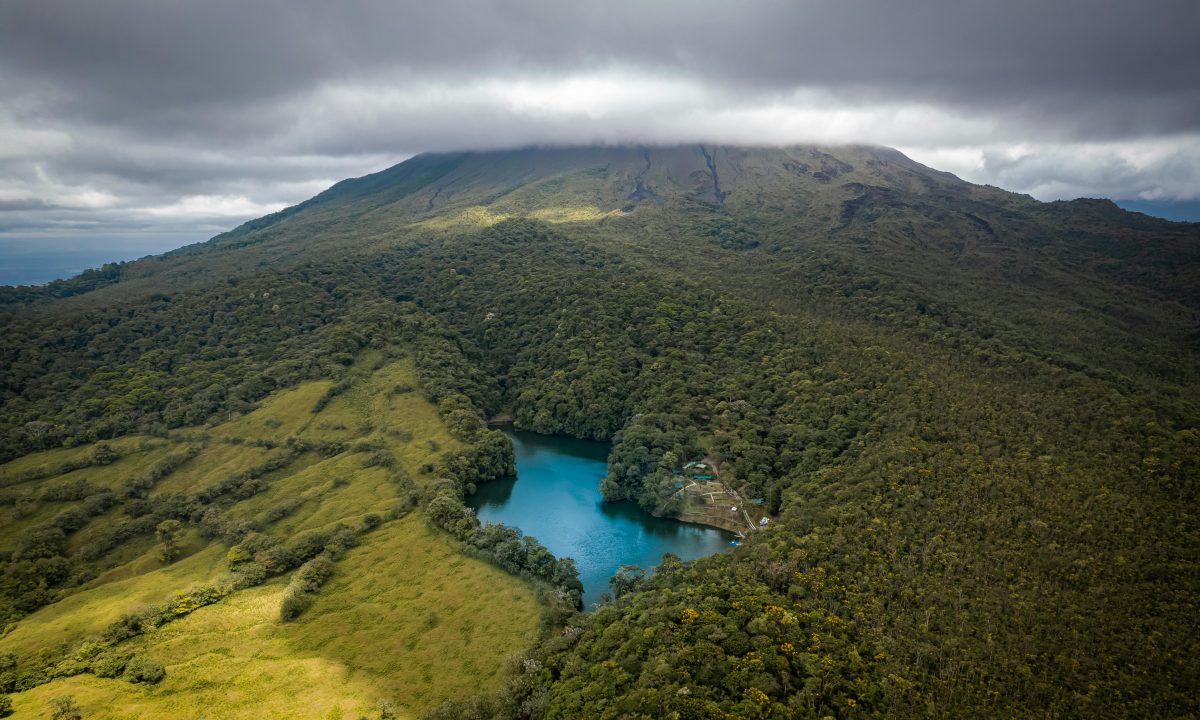
Costa Rica, with its lush rainforests, pristine beaches, and abundant wildlife, stands as one of the most picturesque destinations to visit on Earth. Whether you’re drawn to its vibrant biodiversity, volcanic landscapes, or breathtaking coastlines, Costa Rica offers a wealth of unforgettable experiences. Let’s explore the unique features, top activities, and must-visit places in this enchanting country.
Costa Rica’s allure lies in its stunning natural beauty, rich biodiversity, and commitment to environmental sustainability. From the cloud forests of Monteverde to the beaches of the Pacific and Caribbean coasts, Costa Rica captivates every traveler.
- Diverse Landscapes: Featuring lush rainforests, volcanic mountains, serene beaches, and expansive national parks.
- Abundant Wildlife: Home to diverse species, including monkeys, sloths, toucans, and sea turtles.
- Rich Cultural Heritage: A blend of indigenous, Spanish, and Afro-Caribbean influences reflected in its architecture, cuisine, and traditions.
- Adventure and Eco-Tourism: Offering activities such as zip-lining, white-water rafting, hiking, and snorkeling.
- Commitment to Sustainability: Known for its efforts in conservation, renewable energy, and eco-friendly tourism.
- Explore Arenal Volcano: Visit one of Costa Rica’s most active volcanoes, offering hiking trails, hot springs, and stunning views.
- Experience Monteverde Cloud Forest: Discover the rich biodiversity of this unique ecosystem through canopy tours, hiking, and wildlife spotting.
- Relax on Beautiful Beaches: Unwind on pristine beaches in Tamarindo, Manuel Antonio, and the Papagayo Peninsula.
- Go Surfing: Catch the waves at popular surfing spots like Jaco, Nosara, and Santa Teresa.
- Wildlife Watching: Spot exotic animals in national parks such as Corcovado, Tortuguero, and Manuel Antonio.
- Adventure Activities: Enjoy zip-lining, white-water rafting, and canyoning in adventure hotspots like La Fortuna and Turrialba.
- Scuba Diving and Snorkeling: Explore vibrant coral reefs and marine life in places like Caño Island and the Gandoca-Manzanillo Wildlife Refuge.
- Visit Coffee Plantations: Tour coffee farms in the Central Valley to learn about the coffee-making process and enjoy tastings.
- Experience Local Festivals: Participate in colorful festivals such as Envision Festival, Limon Carnival, and Fiestas de Palmares.
- Soak in Hot Springs: Relax in natural hot springs in areas around Arenal Volcano and Rincon de la Vieja.
Natural Wonders and National Parks
- Arenal Volcano National Park: Known for its active volcano, hot springs, and lush forests. Key attractions include Arenal Volcano, La Fortuna Waterfall, and hanging bridges.
- Monteverde Cloud Forest Reserve: Famous for its rich biodiversity, guided canopy tours, and unique cloud forest ecosystem.
- Manuel Antonio National Park: Renowned for its beautiful beaches, diverse wildlife, and hiking trails.
- Corcovado National Park: Located on the Osa Peninsula, offering untouched rainforests, diverse wildlife, and pristine beaches.
Coastal and Beach Destinations
- Guanacaste: A province known for its stunning Pacific coastline, luxury resorts, and popular beaches such as Tamarindo, Playa Conchal, and Playa Flamingo.
- Nicoya Peninsula: Famous for its surf towns like Nosara and Santa Teresa, offering beautiful beaches and a laid-back atmosphere.
- Caribbean Coast: Known for its vibrant Afro-Caribbean culture, with highlights including Puerto Viejo, Cahuita National Park, and Tortuguero National Park.
- Papagayo Peninsula: A luxury destination with beautiful beaches, high-end resorts, and excellent snorkeling opportunities.
Adventure and Eco-Tourism Spots
- La Fortuna: A gateway to Arenal Volcano, offering numerous adventure activities such as zip-lining, white-water rafting, and hot springs.
- Turrialba: Known for its white-water rafting on the Pacuare River, hiking trails, and archaeological sites.
- Rincón de la Vieja National Park: Features volcanic landscapes, hot springs, waterfalls, and diverse wildlife.
- Tortuguero National Park: Renowned for its canals, abundant wildlife, and sea turtle nesting sites.
Unique Villages and Off-the-Beaten-Path
- Santa Teresa: A remote surf town on the Nicoya Peninsula, offering pristine beaches, surf schools, and a laid-back vibe.
- Montezuma: Known for its bohemian atmosphere, beautiful waterfalls, and vibrant arts community.
- San Gerardo de Dota: A highland village known for its cloud forests, hiking trails, and bird-watching opportunities, particularly quetzal sightings.
- Osa Peninsula: A remote area offering incredible biodiversity, excellent wildlife viewing, and the stunning Corcovado National Park.
- Language: Spanish is the official language. While English is spoken in tourist areas, learning a few basic Spanish phrases can enhance your travel experience.
- Currency: The Costa Rican Colón (CRC) is the official currency. Credit and debit cards are widely accepted, but carrying cash is useful for small transactions and rural areas.
- Transportation: Costa Rica has a well-developed transportation network, including domestic flights, buses, and rental cars. Renting a 4×4 vehicle is recommended for exploring remote areas.
- Weather: Costa Rica has a tropical climate with distinct wet (May to November) and dry (December to April) seasons. The dry season is ideal for travel.
- Dining Etiquette: Costa Rican cuisine is diverse and flavorful. Tipping is appreciated but not obligatory, typically around 10% in restaurants.
- Respect Local Customs: Costa Ricans, or “Ticos,” value politeness and hospitality. Greet people with a smile and a handshake, and respect local traditions and practices.
- Peak Travel Seasons: The best time to visit Costa Rica is during the dry season (December to April) when the weather is more predictable and conducive to outdoor activities.
- Advance Bookings: Popular accommodations, tours, and activities can fill up quickly, especially during peak seasons. Booking in advance is recommended.
- Health and Safety: Costa Rica is generally safe, but take necessary health precautions such as vaccinations and avoiding drinking tap water in remote areas. Consult your doctor for health advice before traveling.
- Cultural Sensitivity: Respect local customs, avoid discussing politically sensitive topics, and show respect for cultural norms and wildlife conservation efforts.
Costa Rica is a land of stunning beauty, rich culture, and adventure. Each region offers unique experiences, from the vibrant rainforests of Monteverde to the serene beaches of the Pacific coast. Embark on your journey to discover why Costa Rica is celebrated as one of the most beautiful places to visit in the world.
38. Russia
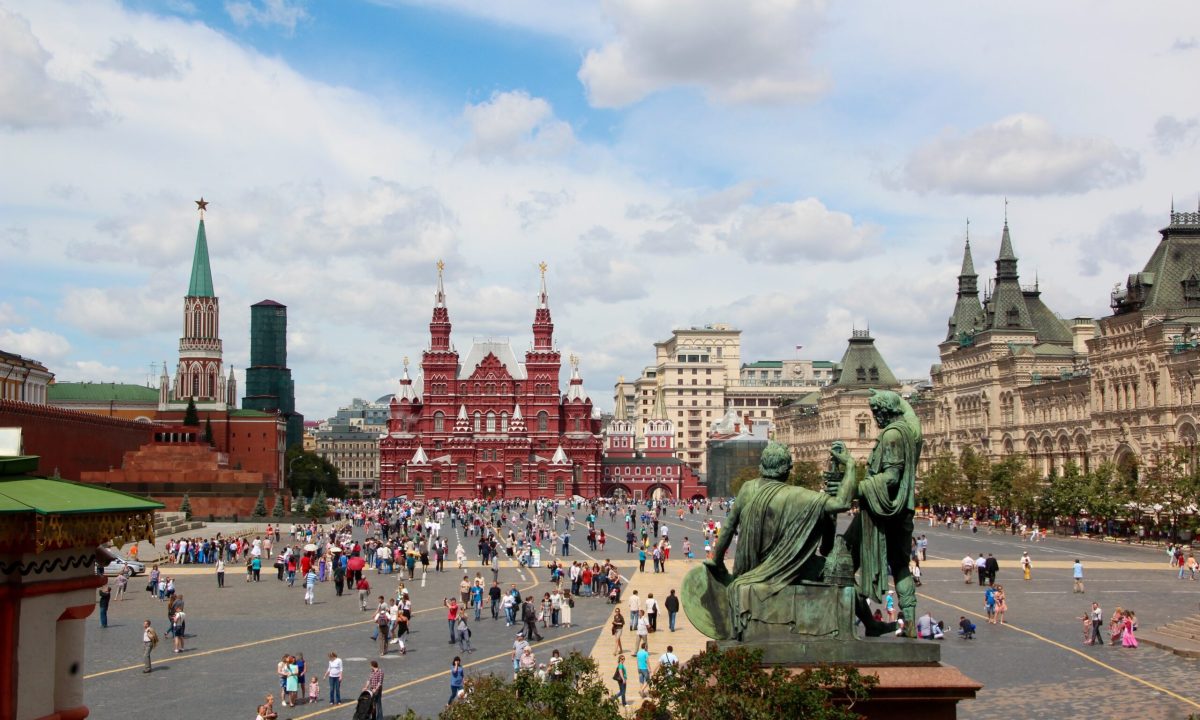
Russia, with its vast landscapes, storied history, and vibrant culture, stands as one of the most fascinating destinations to visit on Earth. Whether you’re drawn to its grand cities, serene countryside, or architectural wonders, Russia offers a wealth of unforgettable experiences. Let’s explore the unique features, top activities, and must-visit places in this captivating country.
Russia’s allure lies in its stunning natural beauty, rich cultural heritage, and dynamic urban centers. From the iconic Red Square in Moscow to the majestic Hermitage Museum in St. Petersburg, Russia captivates every traveler.
- Vast Landscapes: Featuring expansive forests, towering mountains, serene lakes, and the frozen tundra of Siberia.
- Rich Cultural Heritage: Home to world-renowned literature, music, art, and ballet, with a wealth of museums, galleries, and theaters.
- Iconic Landmarks: Boasting historic cathedrals, palaces, and UNESCO World Heritage Sites.
- Vibrant Cities: Known for dynamic metropolises such as Moscow and St. Petersburg, bustling with life and modern attractions.
- Culinary Delights: Renowned for its hearty cuisine and traditional dishes like borscht, pelmeni, and blini.
- Explore Moscow: Discover the capital’s rich history and vibrant culture by visiting Red Square, the Kremlin, and St. Basil’s Cathedral.
- Visit St. Petersburg: Explore the Hermitage Museum, take a canal cruise, and admire the beauty of the Church of the Savior on Spilled Blood.
- Experience the Trans-Siberian Railway: Embark on one of the world’s most iconic train journeys, crossing the vast landscapes of Russia.
- Discover the Golden Ring: Visit the ancient towns of the Golden Ring, known for their historic churches and traditional wooden architecture.
- Cruise the Volga River: Enjoy scenic river cruises through picturesque towns, historic cities, and beautiful landscapes.
- Attend Ballet Performances: Experience world-class ballet at the Bolshoi Theatre in Moscow or the Mariinsky Theatre in St. Petersburg.
- Explore Lake Baikal: Visit the world’s deepest and oldest freshwater lake, offering stunning scenery and outdoor activities.
- Visit Historic Monasteries: Discover the monasteries of Sergiyev Posad, a key religious center in Russia.
- Experience Russian Festivals: Participate in vibrant festivals such as Maslenitsa, Victory Day, and the White Nights Festival.
- Taste Russian Cuisine: Savor traditional dishes like beef stroganoff, pirozhki, and caviar in local restaurants and cafes.
Historical and Cultural Sites
- Moscow: The capital city known for its historic landmarks, diverse neighborhoods, and vibrant arts scene. Key attractions include Red Square, the Kremlin, St. Basil’s Cathedral, and the Bolshoi Theatre.
- St. Petersburg: Famous for its beautiful architecture, historic sites, and cultural institutions. Highlights include the Hermitage Museum, Peterhof Palace, and the Church of the Savior on Spilled Blood.
- Kazan: Known for its unique blend of Russian and Tatar cultures, featuring the Kazan Kremlin and the Kul Sharif Mosque.
- Suzdal: A historic town in the Golden Ring, known for its well-preserved medieval architecture and charming atmosphere.
Scenic and Natural Wonders
- Lake Baikal: The world’s deepest and oldest freshwater lake, offering stunning vistas, hiking trails, and unique wildlife.
- Kamchatka Peninsula: A remote region known for its active volcanoes, hot springs, and diverse wildlife.
- Altai Mountains: A picturesque mountain range offering stunning landscapes, hiking trails, and cultural heritage.
- Karelia Region: Renowned for its beautiful lakes, forests, and historic wooden churches.
Vibrant Cities and Modern Marvels
- Sochi: A popular resort city on the Black Sea coast, known for its beaches, subtropical climate, and the Winter Olympic Games legacy.
- Yekaterinburg: A major city in the Ural Mountains, known for its rich history, modern architecture, and cultural landmarks.
- Novosibirsk: The largest city in Siberia, offering theaters, museums, and the Trans-Siberian Railway connection.
- Vladivostok: A prominent port city on the Pacific Ocean, known for its naval base, bridges, and scenic views.
Unique Villages and Off-the-Beaten-Path
- Vladivostok: A vibrant port city offering beautiful coastal views, historic landmarks, and modern attractions.
- Irkutsk: A gateway to Lake Baikal, known for its well-preserved wooden architecture and rich cultural heritage.
- Kizhi Island: A UNESCO World Heritage site featuring historic wooden churches and traditional Russian architecture.
- Veliky Novgorod: One of Russia’s oldest cities, known for its historic kremlin, ancient churches, and rich history.
- Language: Russian is the official language. While English is spoken in tourist areas, learning a few basic Russian phrases can enhance your travel experience.
- Currency: The Russian Ruble (RUB) is the official currency. Credit and debit cards are widely accepted, but carrying cash is useful for small transactions and local markets.
- Transportation: Russia has an extensive public transportation network, including trains, buses, and metros. The Trans-Siberian Railway offers a unique way to explore the vast country.
- Weather: Russia has a diverse climate with cold winters and warm summers. Pack accordingly, especially if traveling to different regions.
- Dining Etiquette: Russian cuisine is hearty and diverse. Tipping is appreciated, typically around 10% in restaurants.
- Respect Local Customs: Russians value politeness and hospitality. Greet people with a handshake and respect local traditions and practices.
- Peak Travel Seasons: The best time to visit Russia is during spring (April to June) and autumn (September to October), when the weather is mild and conducive to travel.
- Advance Bookings: Popular accommodations, tours, and activities can fill up quickly, especially during peak seasons. Booking in advance is recommended.
- Health and Safety: Russia is generally safe, but it’s advisable to take necessary precautions. Consult your doctor for health advice before traveling and avoid drinking tap water in certain areas.
- Cultural Sensitivity: Show respect for local customs and cultural norms. Be mindful of Russia’s historical context and avoid discussing politically sensitive topics.
Russia is a land of stunning beauty, rich history, and vibrant culture. Each region offers unique experiences, from the bustling streets of Moscow to the serene landscapes of Lake Baikal. Embark on your journey to discover why Russia is celebrated as one of the most beautiful places to visit in the world.
39. Germany
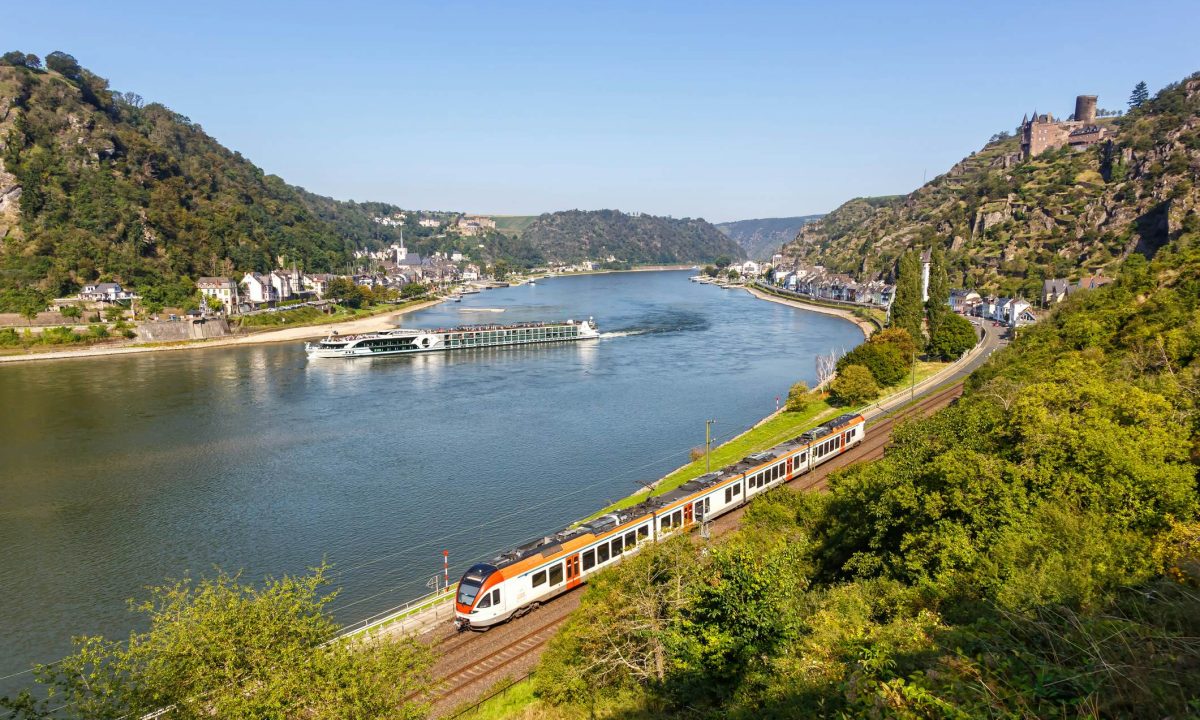
Germany, with its rich cultural heritage, stunning landscapes, and vibrant cities, stands as one of the most captivating destinations to visit on Earth. Whether you’re drawn to its fairytale castles, bustling metropolises, or scenic countryside, Germany offers a wealth of unforgettable experiences. Let’s explore the unique features, top activities, and must-visit places in this enchanting country.
Germany’s allure lies in its stunning natural beauty, deep historical roots, and dynamic cultural scene. From the majestic Bavarian Alps to the romantic Rhine Valley, Germany captivates every traveler.
- Diverse Landscapes: Featuring rolling hills, towering mountains, lush forests, and picturesque rivers.
- Rich Cultural Heritage: Home to world-renowned composers, philosophers, and artists, with a wealth of museums, galleries, and theaters.
- Iconic Landmarks: Boasting historic castles, palaces, and UNESCO World Heritage Sites.
- Vibrant Cities: Known for dynamic urban centers like Berlin, Munich, and Hamburg, bustling with life and modern attractions.
- Culinary Delights: Renowned for its hearty cuisine and famous beer culture, including dishes like schnitzel, bratwurst, and pretzels.
- Explore Berlin: Discover the capital’s rich history and vibrant culture by visiting the Brandenburg Gate, Berlin Wall, and Museum Island.
- Visit Neuschwanstein Castle: Explore this fairy-tale castle in Bavaria, which inspired Disney’s Sleeping Beauty Castle.
- Cruise the Rhine River: Enjoy scenic boat tours through the Rhine Valley, featuring picturesque vineyards and medieval castles.
- Experience Oktoberfest: Join the world’s largest beer festival in Munich, celebrating Bavarian culture with beer, music, and traditional attire.
- Discover the Black Forest: Hike through lush forests, visit charming villages, and enjoy the famous Black Forest cake.
- Tour Historic Sites: Visit significant landmarks such as the Cologne Cathedral, Dresden Frauenkirche, and Nuremberg Castle.
- Attend Christmas Markets: Experience the magic of Germany’s Christmas markets in cities like Nuremberg, Dresden, and Stuttgart.
- Visit Heidelberg: Explore the romantic charm of Heidelberg with its historic castle, old town, and scenic river views.
- Experience German Festivals: Participate in vibrant events such as Karneval, Berlin International Film Festival, and Wurstmarkt.
- Taste German Cuisine: Savor traditional dishes like sauerbraten, spätzle, and apple strudel in local restaurants and beer gardens.
Historical and Cultural Sites
- Berlin: The capital city known for its historic landmarks, diverse neighborhoods, and vibrant arts scene. Key attractions include the Brandenburg Gate, Berlin Wall, Reichstag Building, and Museum Island.
- Munich: Famous for its beer gardens, historic architecture, and cultural festivals. Highlights include Marienplatz, Nymphenburg Palace, and the English Garden.
- Cologne: Renowned for its stunning Gothic cathedral, lively carnival, and charming old town. Key sights include the Cologne Cathedral, Hohenzollern Bridge, and Chocolate Museum.
- Dresden: Known as the “Florence on the Elbe” for its beautiful architecture, art collections, and historic landmarks. Attractions include the Dresden Frauenkirche, Zwinger Palace, and Semper Opera House.
Scenic and Natural Wonders
- Rhine Valley: A picturesque region offering scenic river cruises, vineyards, and medieval castles. Key towns include Bacharach, St. Goar, and Rüdesheim.
- Bavarian Alps: A stunning mountain range known for outdoor activities, charming villages, and fairy-tale castles like Neuschwanstein and Hohenschwangau.
- Black Forest: Famous for its dense woods, hiking trails, and charming towns. Popular destinations include Freiburg, Triberg, and the Titisee Lake.
- Lake Constance: A beautiful lake bordering Germany, Austria, and Switzerland, offering water sports, cycling, and historic towns like Lindau and Meersburg.
Coastal and Beach Destinations
- Hamburg: A major port city known for its maritime history, vibrant nightlife, and cultural attractions. Key sights include the Elbphilharmonie, Miniatur Wunderland, and Speicherstadt.
- Rügen Island: Germany’s largest island, famous for its white chalk cliffs, sandy beaches, and seaside resorts.
- Sylt: A popular North Sea island offering stunning beaches, luxury resorts, and charming villages like Westerland and Kampen.
- Baltic Sea Coast: Featuring beautiful beaches, historic towns, and scenic coastal routes. Key cities include Lübeck, Rostock, and Stralsund.
Unique Villages and Off-the-Beaten-Path
- Heidelberg: A romantic city known for its historic castle, charming old town, and beautiful river views.
- Bamberg: A UNESCO World Heritage town famous for its medieval architecture, historic breweries, and beautiful cathedrals.
- Rothenburg ob der Tauber: A well-preserved medieval town known for its charming half-timbered houses, cobbled streets, and Christmas markets.
- Görlitz: A hidden gem on the Polish border, offering stunning architecture, historic landmarks, and a charming old town.
- Language: German is the official language. While English is widely spoken, especially in tourist areas, learning a few basic German phrases can enhance your travel experience.
- Currency: The Euro (EUR) is the official currency. Credit and debit cards are widely accepted, but carrying cash is useful for small transactions and local markets.
- Transportation: Germany has an extensive and efficient public transportation network, including trains, buses, and trams. Renting a car is convenient for exploring rural areas and scenic routes.
- Weather: Germany has a temperate climate with four distinct seasons. Summers are warm, while winters can be cold, especially in the Alps. Pack accordingly.
- Dining Etiquette: German cuisine is hearty and diverse. Tipping is appreciated, typically around 10% in restaurants.
- Respect Local Customs: Germans value politeness and punctuality. Greet people with a handshake and a smile, and respect local traditions and practices.
- Peak Travel Seasons: The best time to visit Germany is during spring (April to June) and autumn (September to October), when the weather is mild and conducive to travel.
- Advance Bookings: Popular accommodations, tours, and activities can fill up quickly, especially during peak seasons. Booking in advance is recommended.
- Health and Safety: Germany is generally safe and has excellent healthcare facilities. Drink tap water, as it is safe and clean.
- Cultural Sensitivity: Show respect for local customs and cultural norms. Avoid discussing politically sensitive topics and be mindful of Germany’s historical context.
Germany is a land of stunning beauty, rich history, and vibrant culture. Each region offers unique experiences, from the bustling streets of Berlin to the serene landscapes of the Bavarian Alps. Embark on your journey to discover why Germany is celebrated as one of the most beautiful places to visit in the world.
